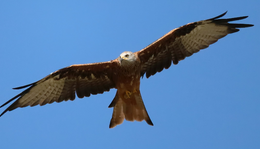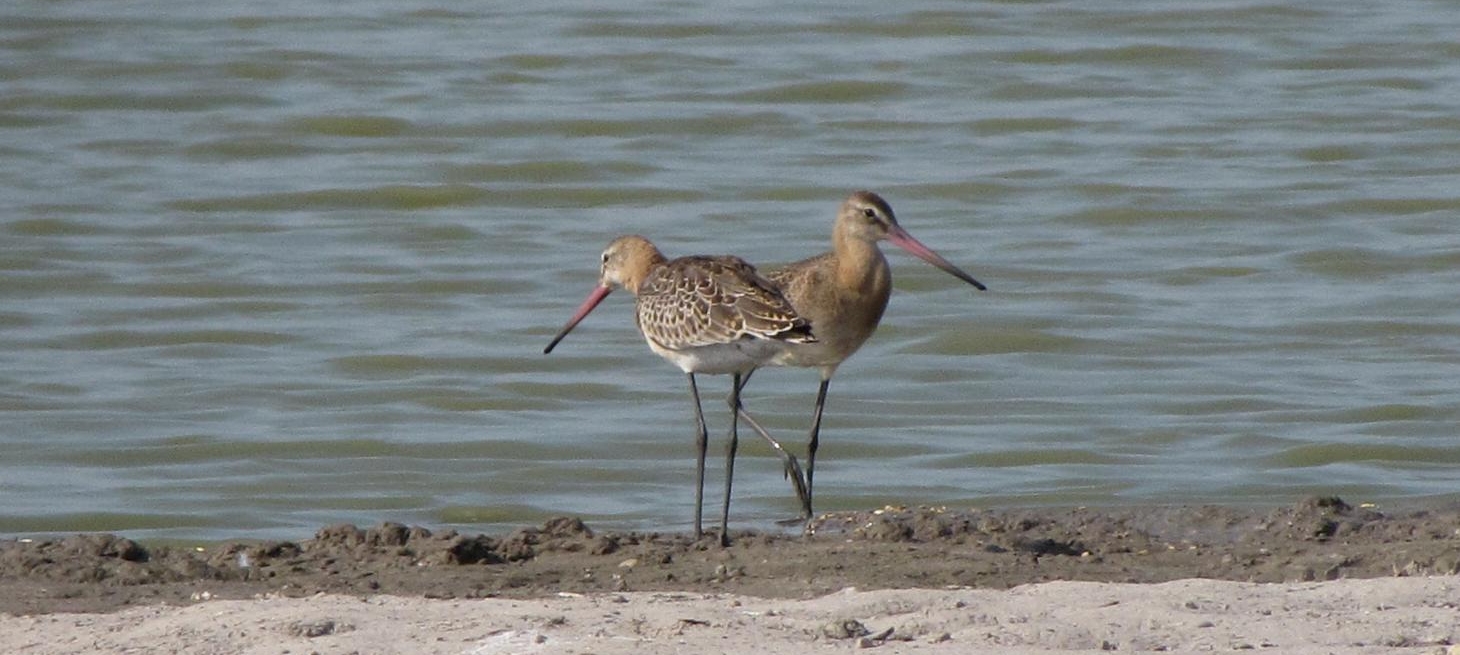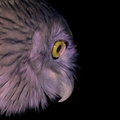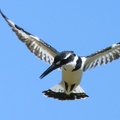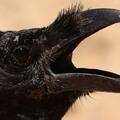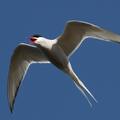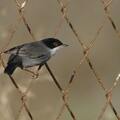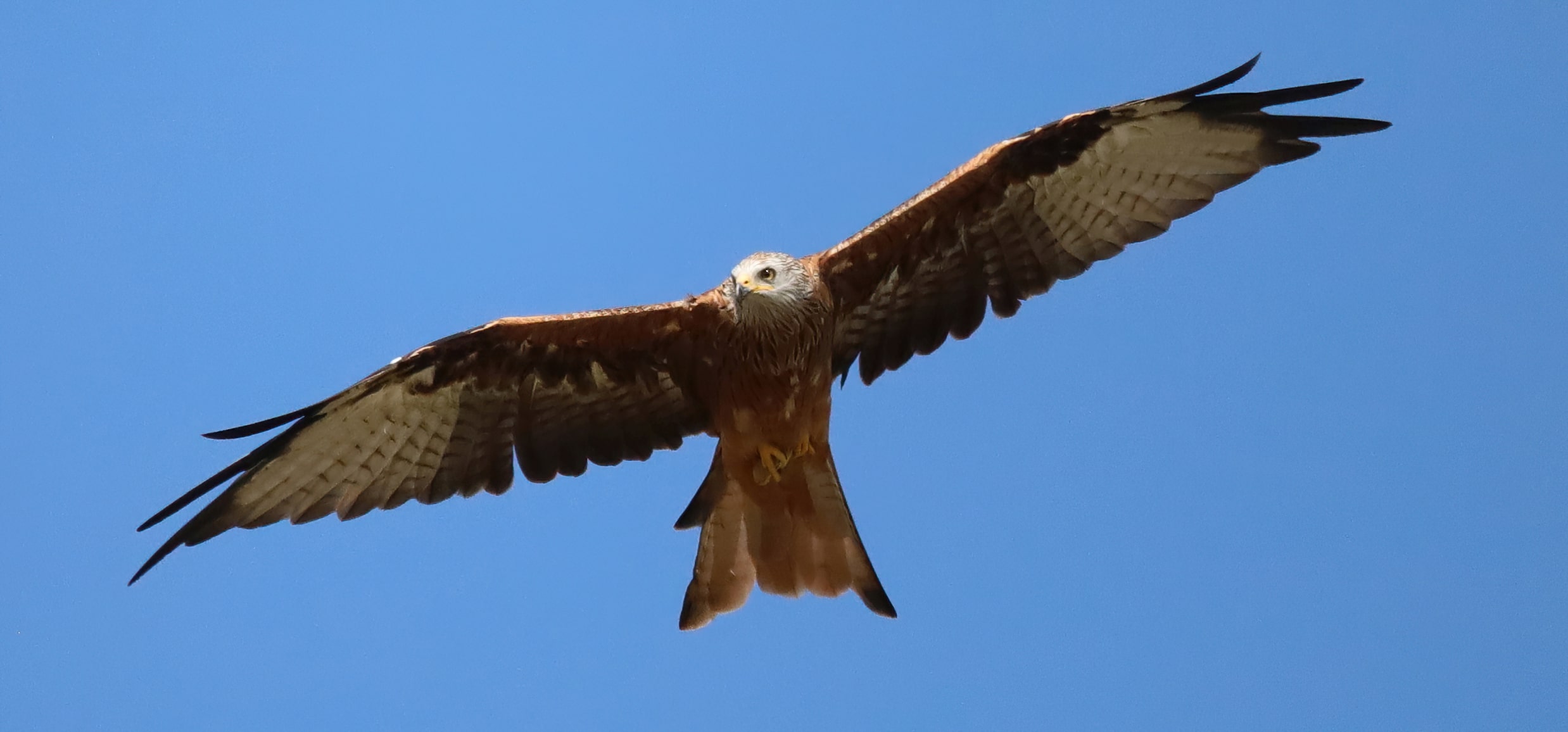
Milvus milvus milvus -  Red Kite
Red Kite  vörös kánya
vörös kánya
● As a scavanger, the species gets little natural food in Hungary, so it is mostly found around garbage dumps, but still a rare bird. Its special diet limits its wider distribution range.
● More common in the Southern and Southwestern regions, the most famous gathering site of our Red Kites is at the village of Sitke, where a large garbage dump in a forestral area provides them a constant source of food and a safe place.
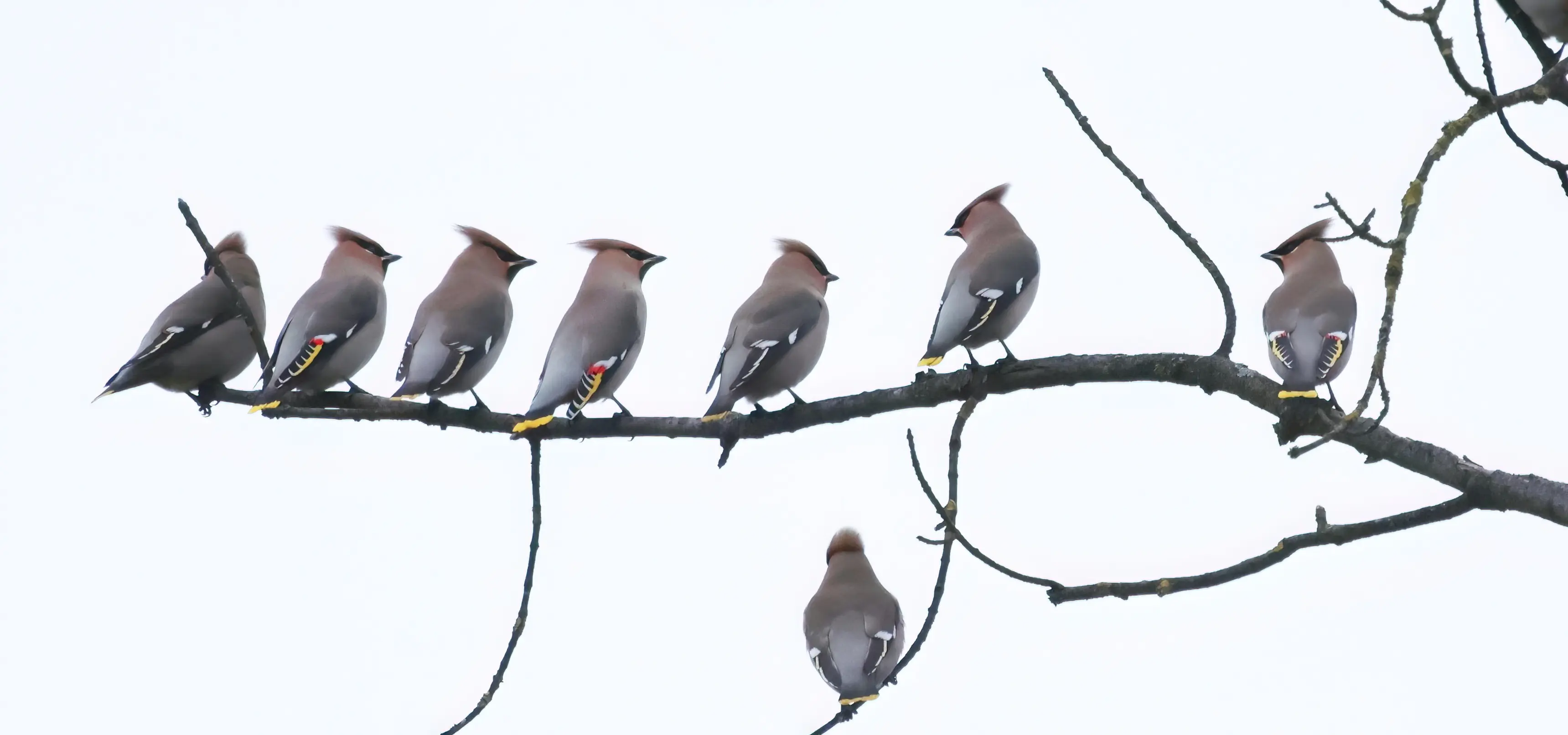
Bombycilla garrulus garrulus -  Bohemian Waxwing
Bohemian Waxwing  csonttollú
csonttollú
● They nest in the boreal forests and peat bogs of Fennoscandia and Siberia and are generally rare vagrants, present in small numbers during the winter season.
● If a population boom occurs in a rich (lots of food) year in their breeding ground, and then the following year the food supply is poor, their huge invasion forces will set off to surrounding areas that have not been visited for years, such as the more Southern and Western parts of Europe. The size and the extent of these long range invasions are variable annually, sometimes other factors play role as well, and many factors are still unknown.
● We have worse and we have better years. The latest invasion peaks were in the years of 2024, 2013, 2008 and 2006. These peaks usually last from December of the previous year to the end of March of the current year.
● Except these peak seasons, the species in the region is only accidental and very sporadic in winter.
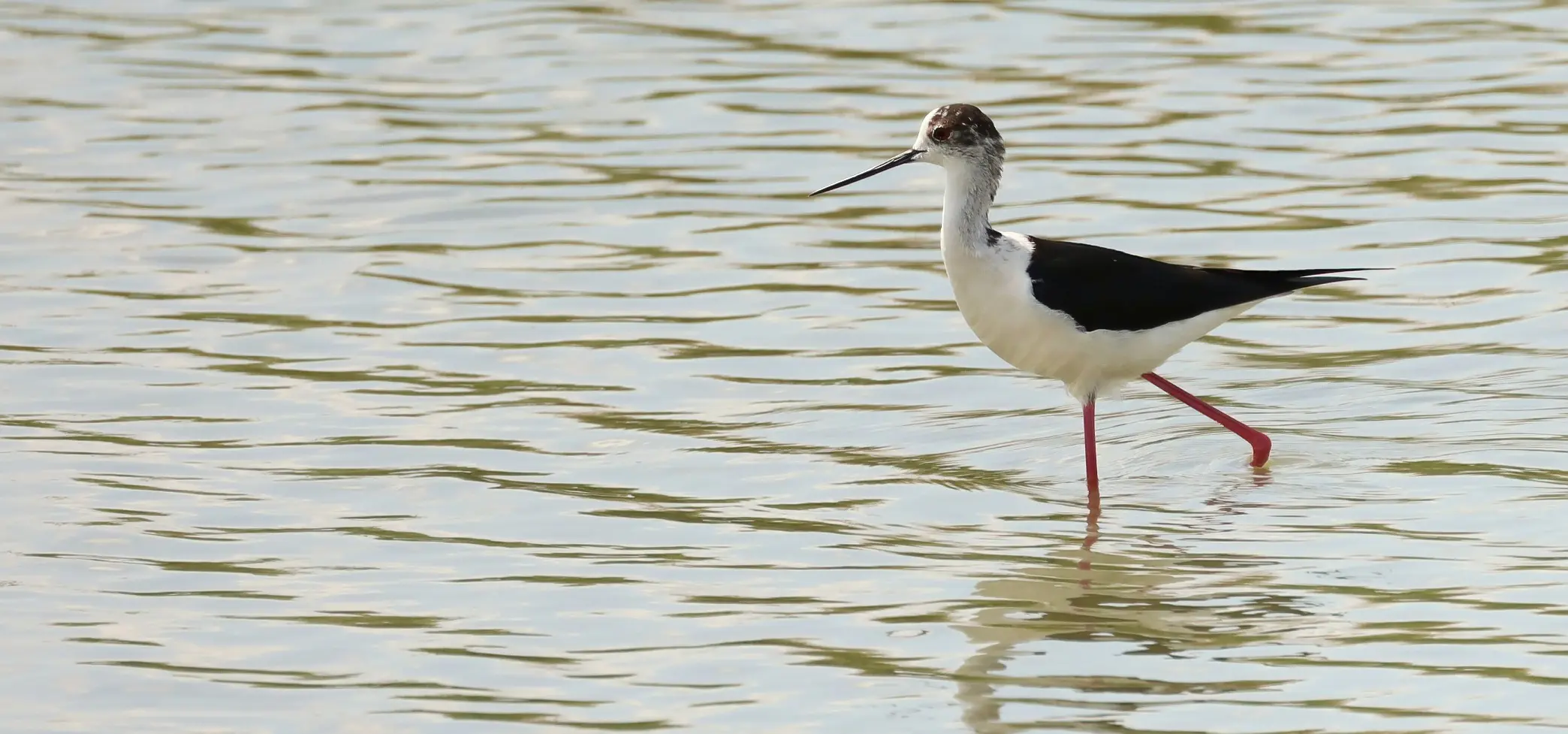
Himantopus himantopus himantopus -  Back-winged Stilt
Back-winged Stilt  gólyatöcs
gólyatöcs
● A common nesting species in less disturbed areas, of which it is also one of the loudest and fiercest defenders during the breeding season.
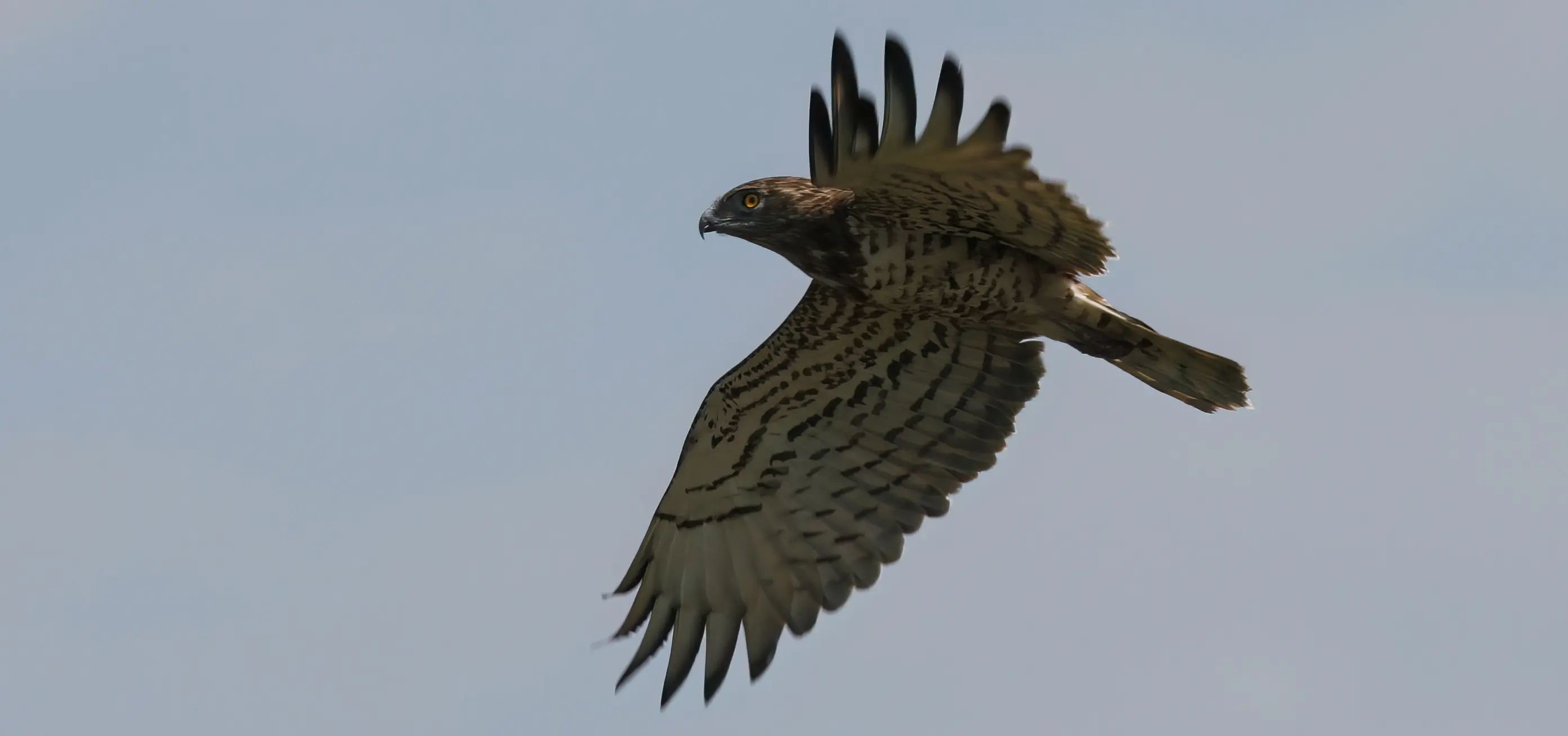
Circaetus gallicus gallicus -  Short-toed Eagle
Short-toed Eagle  kígyászölyv
kígyászölyv
● Not common, but widespread everywhere from spring to autumn.
● Usually soars in the sky alone and searches for food from above. Supposedly, it is able to spot its prey from a height of 1.500 feet (~450 m).
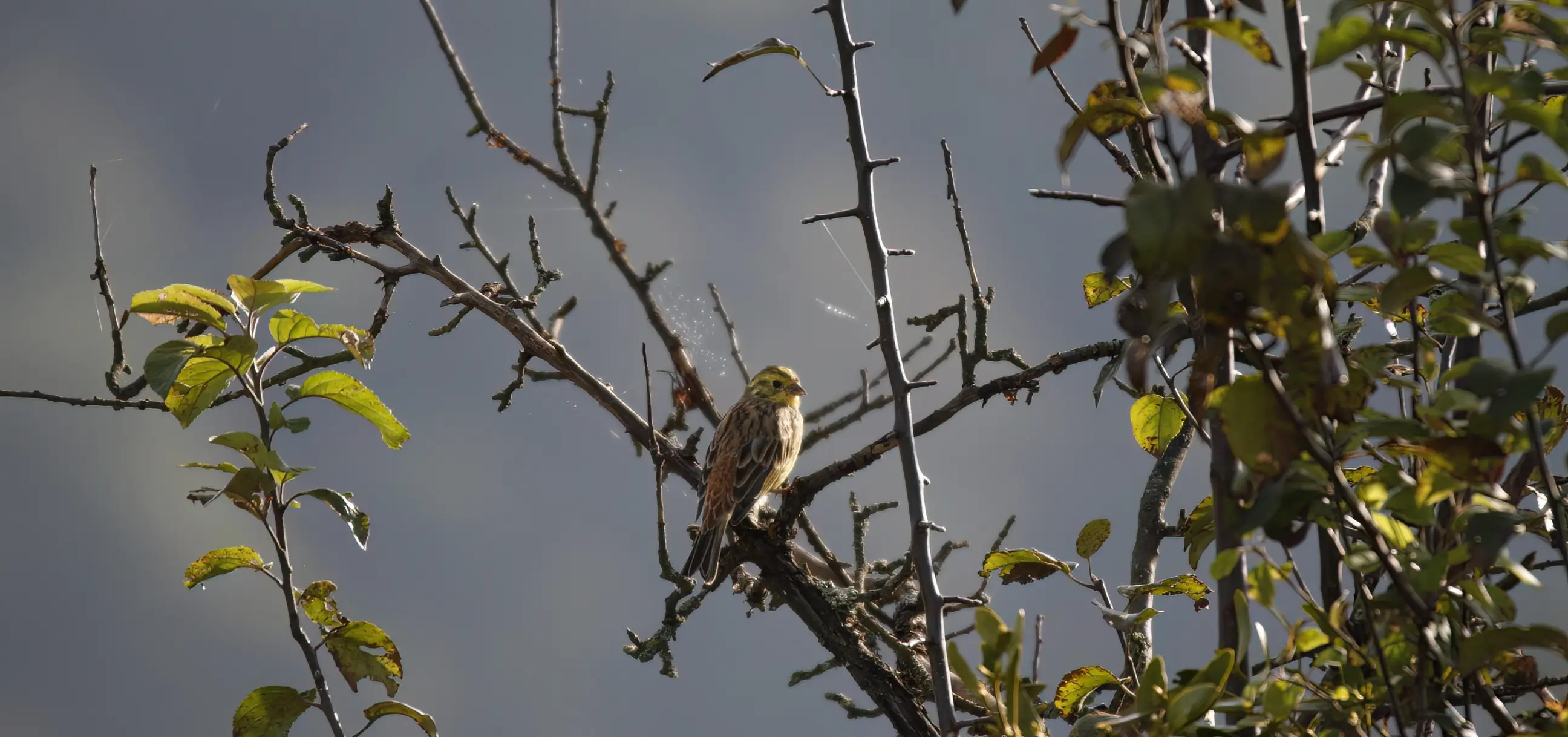
Emberiza citrinella citrinella -  Yellowhammer
Yellowhammer  citromsármány
citromsármány
● ssp citrinella: Western European race to Poland-Hungary.
● ssp erythrogenys: race from Romania-Ukraine-Belarus-Baltics to Mongolia. Paler and less streaked, brighter yellow on throat, more white on end of feathers, brighter chestnut on breast and on flanks.
● The differences are not clear, but I think the western birds are a little bit darker in general tone, and the eastern race is a bit paler but also has some brighter colors in the same time.
● The situation is further complicated due to the large overlapping of distribution ranges of the 2 supspecies, especially in Central and Eastern Europe, and due to the fact that the species is short-range migratory. The western subspecies is more or less sedentary, the eastern is partially travels to SW.
● In summary, I don't really think that clear subspecies could be differentiate in Hungary, but I presume we have more nominates here or at least more genes from the nominate lineages.
● 'Erythrogenys' means 'reddish faced' given by CL Brehm in 1855 (he was the father of the famous Alfred Brehm), but this is not a consistent feature in the subspecies (examle from iNat).
- The description is actually a supplement paragraph in p414 to the main taxon described in p113.
- Maybe it is also worth to note that CL Brehm mentioned the nominate taxon here as 'our larger one' in this description (source, p414):
- 'Nach Emberiza citinella, S. 113, muß stehen: Der rothwangige Goldammer. Emberiza erythrogenys, Brm. (Ember. Citrinella, auct.) Unserm größten Goldammer ähnlich, aber etwas weniger schön, mit weißlichen Flügel-binden, rostrothem Kinne und solchen Backen- und Augestreifen bei'm Männchen. Bei Sarepta.'
- The short final sentence 'Bei Sarepta.' means that the specimen was collected in Sarepta, which is located in the Volgograd oblast of russia. 

Gyps fulvus fulvus -  Eurasian Griffon Vulture
Eurasian Griffon Vulture  fakó keselyű
fakó keselyű
● A rare, but annual vagrant.
● Mostly juvenile and subadult birds become adventorous and try to find new territories for living. Unfortunately, our climate is not suitable for them. Their closest stronghold is in the archipelago of Croatia (~500 km).
● The immature birds in the picture were trying to warm up a little on top of a factory chimney in Budapest in the cold and windy autumn weather. Birds have been found by Balázs Szelényi, 3rd Oct 2016. They stayed here for 3 days.
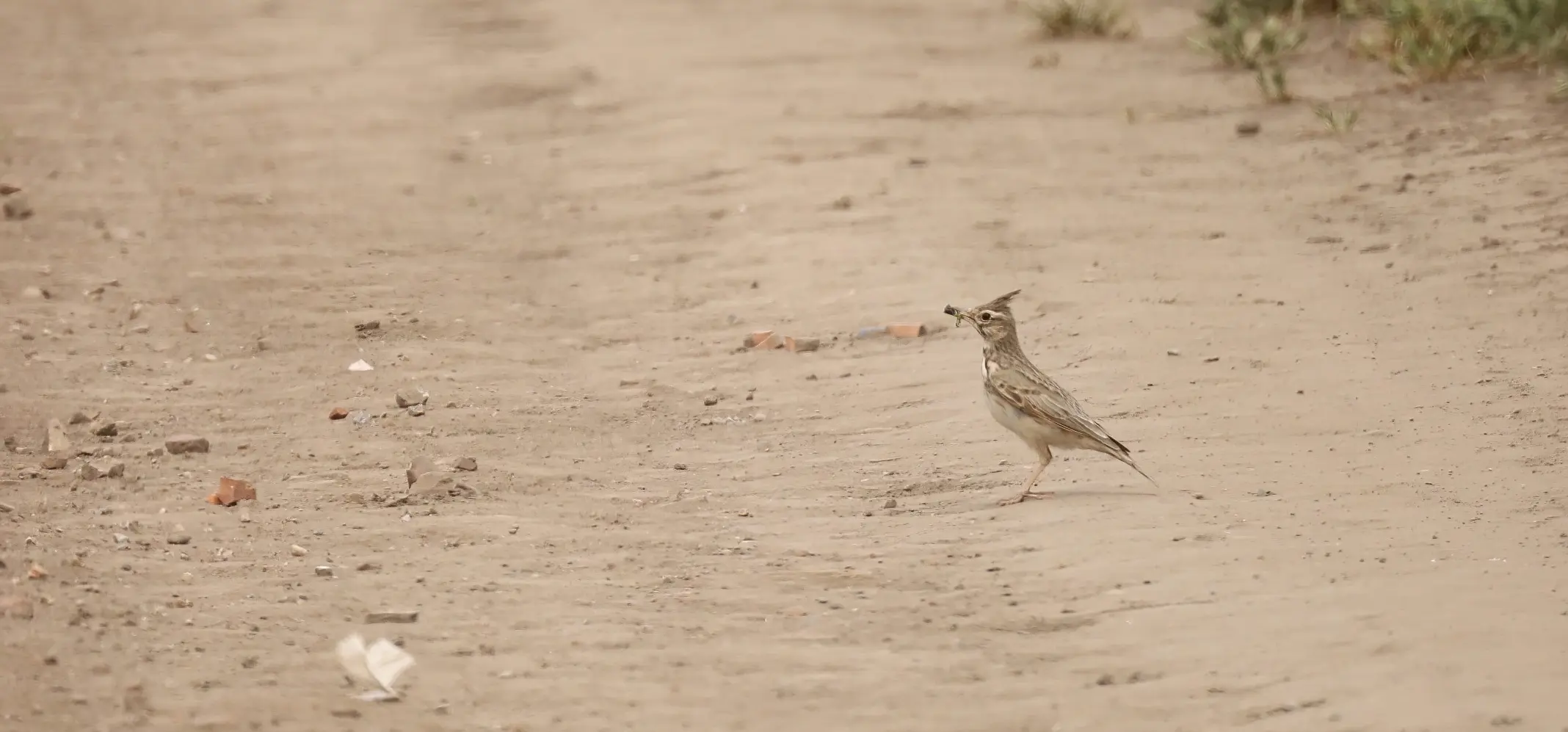
Galerida cristata cristata -  Crested Lark
Crested Lark  búbos pacsirta
búbos pacsirta
● cristata / tenuirostris
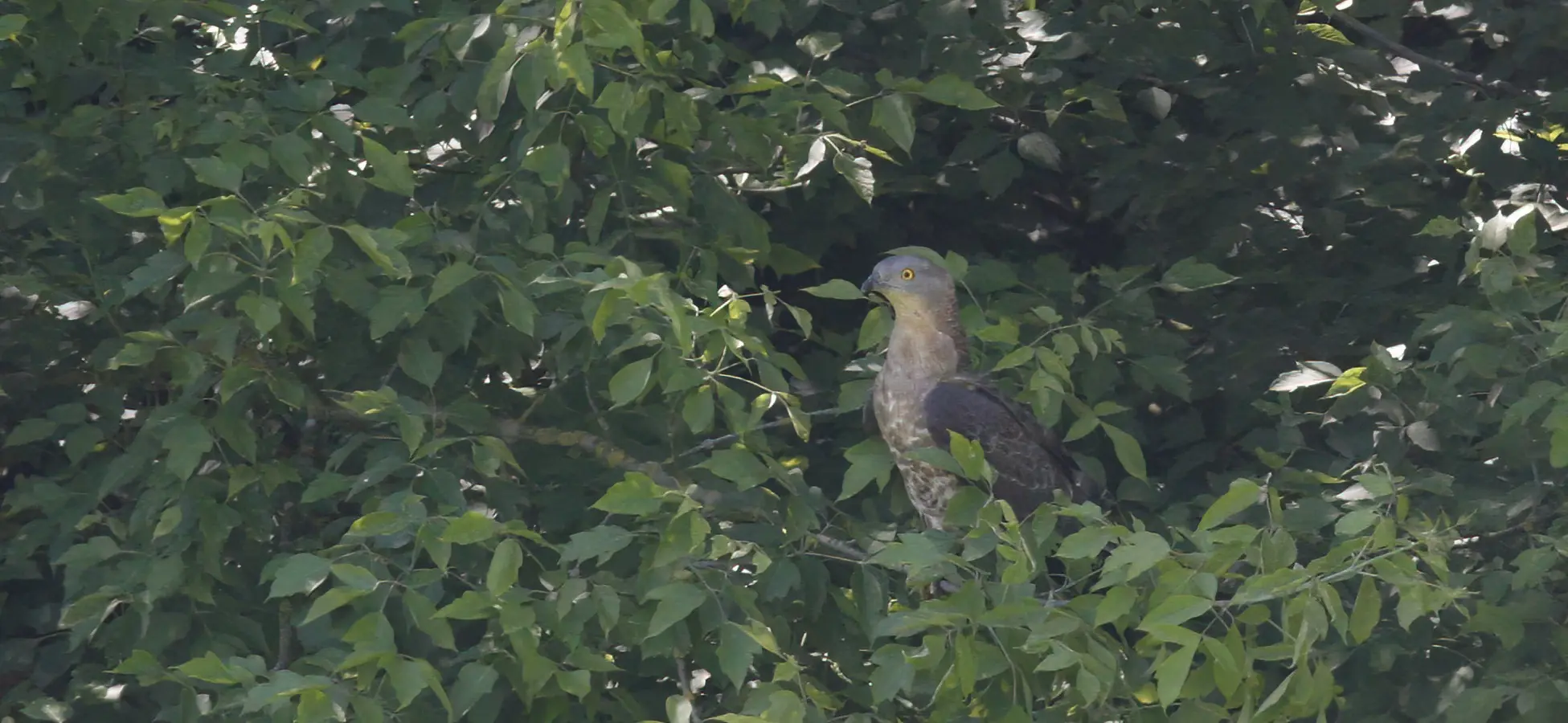
Pernis apivorus. -  European Honey Buzzard
European Honey Buzzard  darázsölyv
darázsölyv
● Hungary lies along one of their migration routes, but they also breeds here (~1000 pairs).
● It's not the honey they want from the hives, but the nutritous larvae of bees and wasps.
● In addition to the physical protection ofdense and strong scale-like feathers on the head, Honey Buzzards also have a chemical shield against the attack of angry hymenopteran defenders: the uropygial gland can produce certain components that are spread everywhere during preening, and these - among many other useful properties - can also repel insects. Short-chain (C6-C10) aldehydes are believed to serve as general avian repellents in other birds, the exact compounds are not yet known (source).
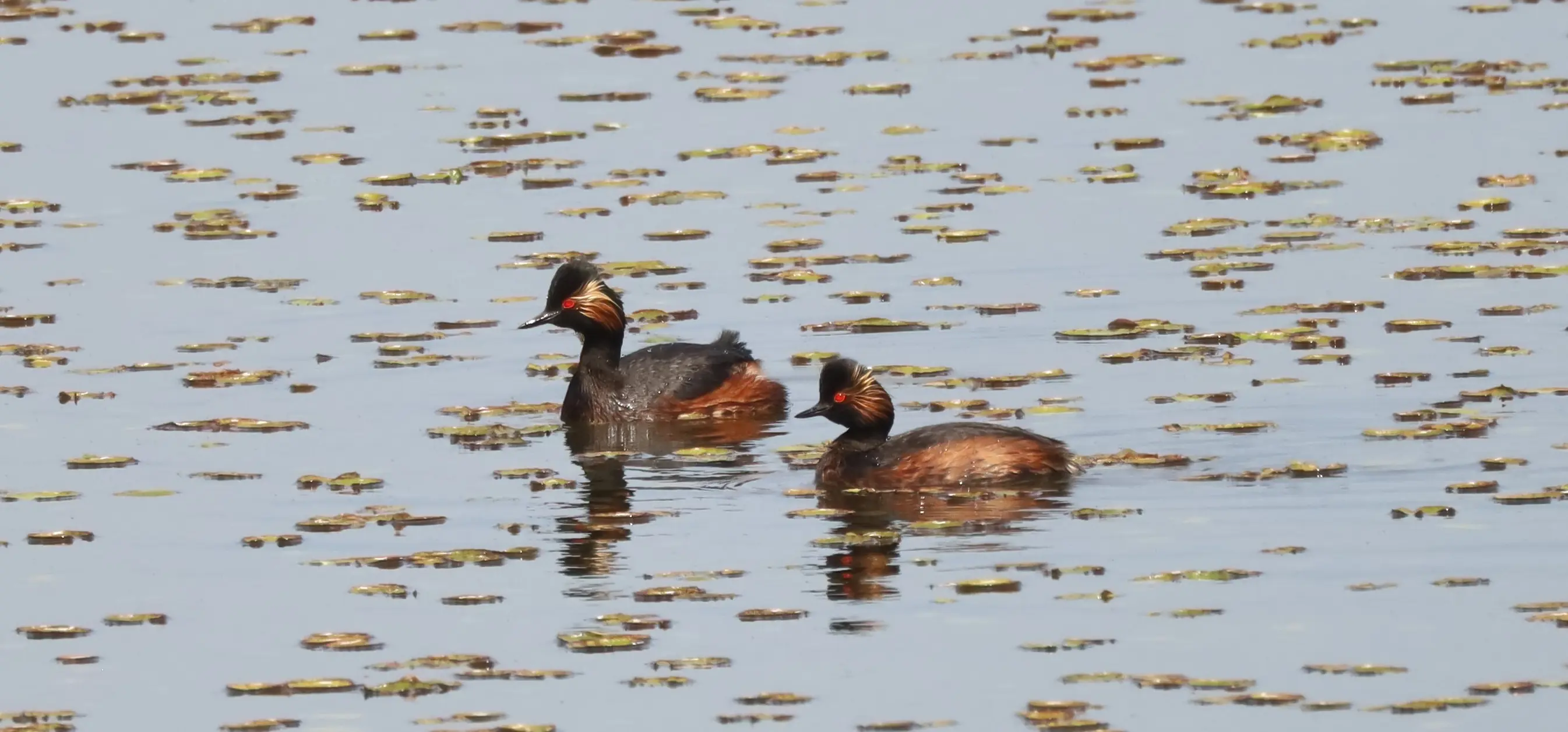
Podiceps nigricollis nigricollis -  Black-necked Grebe
Black-necked Grebe  feketenyakú vöcsök
feketenyakú vöcsök
● As its name suggests, its breeding plumage is mainly distinguished by its black neck from the similar-looking Slavonian Grebe (Podiceps auritus). The latter has red neck and breast.
● Other differences: Slavonian Grebe has orange crests only above the eyes, like 'horns'. Black-necked Grebe often has a conehead made of black feathers. The Slavoinan Grebe is uncommon in Hungary.
● The name 'Slavonian Grebe' is just a typo actually: it was written originally as 'Sclavonian Grebe', in which Sclavonia is the main breeding area of the species in Northern Prussia (inhabited by the Skalvian people, today parts of Lithuania and Kaliningrad oblast).
● American nomenclature is trying to clarify the chaos in these names:
-  P. nigricollis -
P. nigricollis -  Black-necked Grebe -
Black-necked Grebe -  Eared Grebe -
Eared Grebe -  feketenyakú vöcsök
feketenyakú vöcsök
-  P. auritus -
P. auritus -  Slavonian Grebe -
Slavonian Grebe -  Horned Grebe -
Horned Grebe -  füles vöcsök
füles vöcsök

Oriolus oriolus oriolus -  Eurasian Golden Oriole
Eurasian Golden Oriole  sárgarigó
sárgarigó
● Widepsread breeder everywhere from May to August. Easy to hear, harder to see in the high canopy.
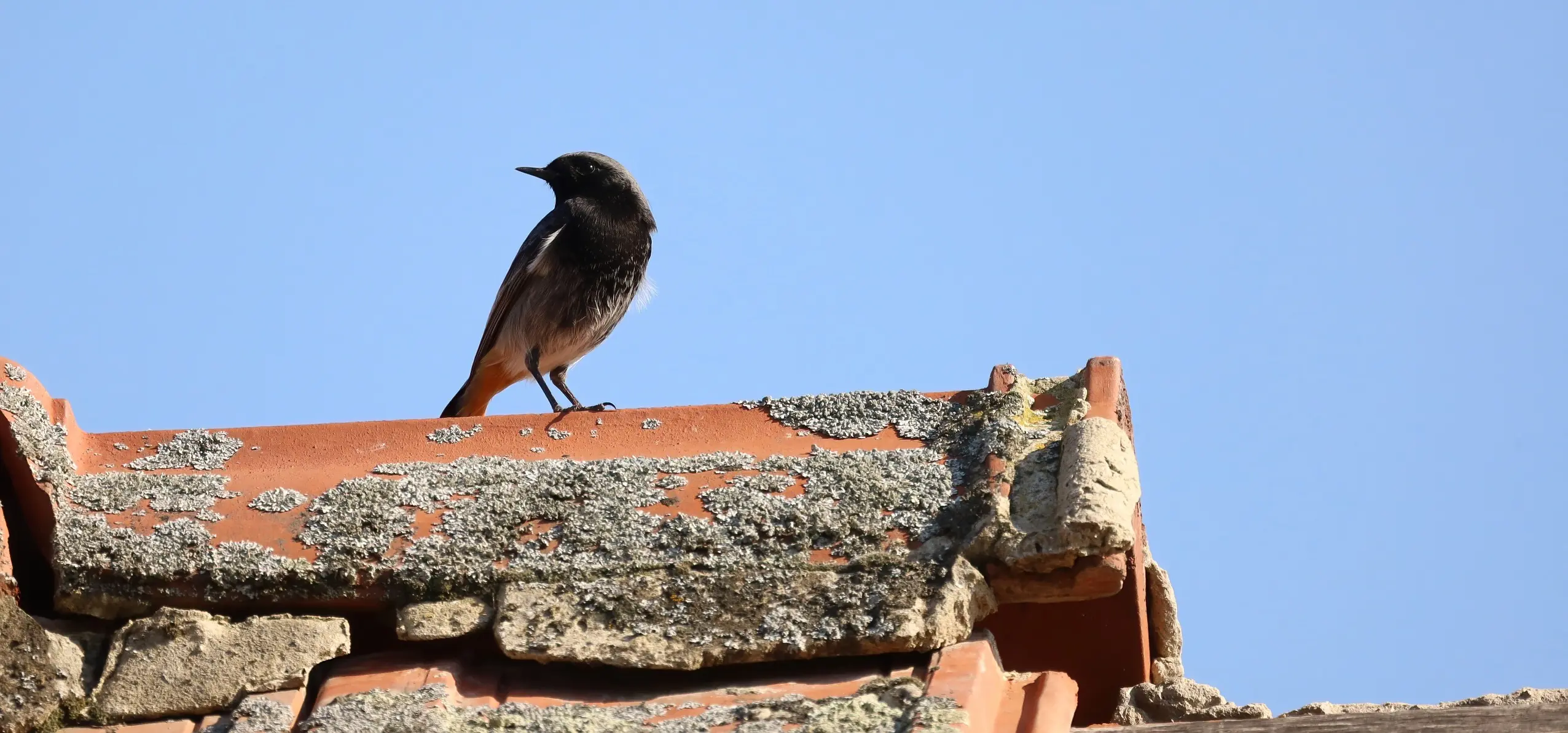
Phoenicurus ochruros gibraltariensis -  Western Black Redstart
Western Black Redstart  házi rozsdafarkú
házi rozsdafarkú
● A very common bird in suburban and even urban environments.
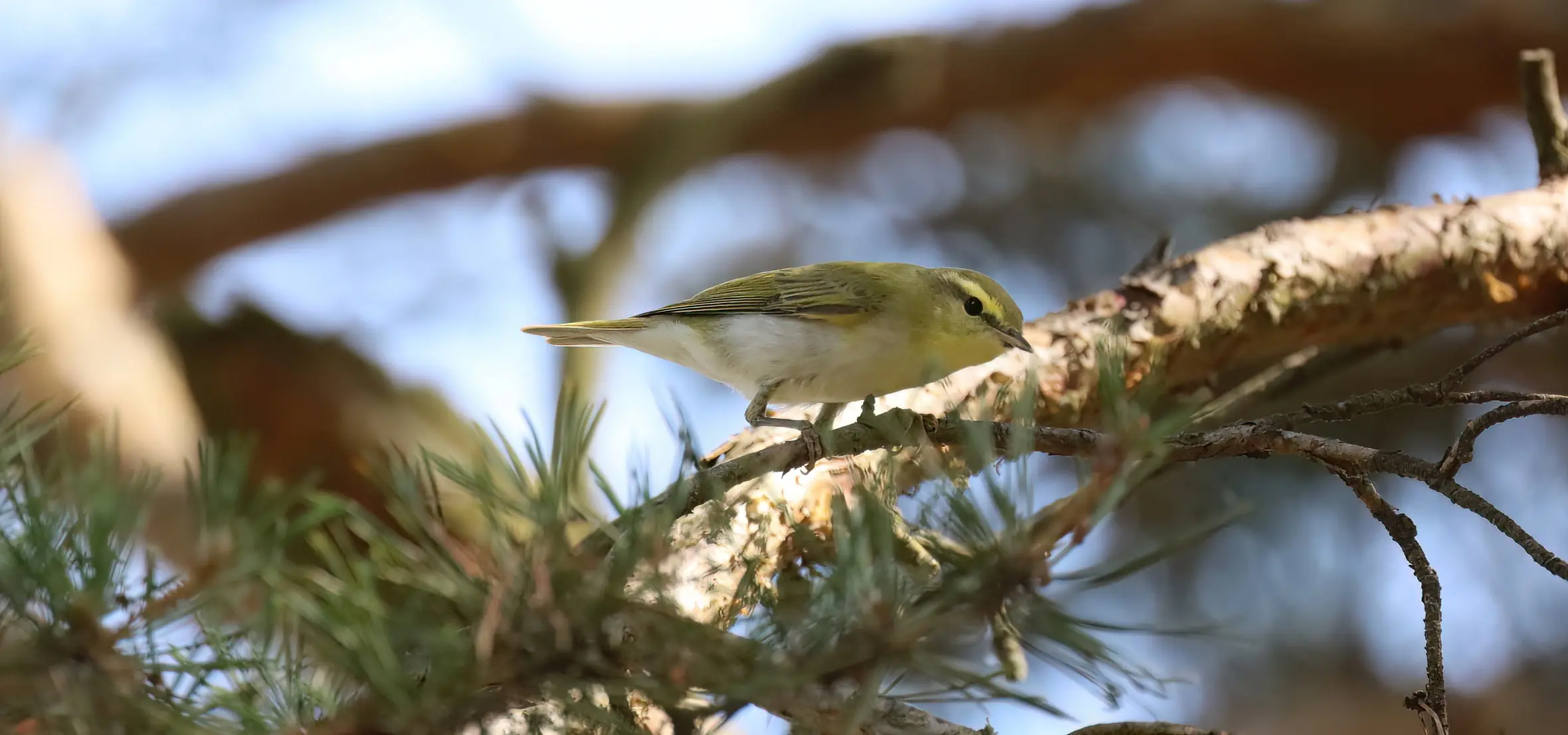
Phylloscopus sibilatrix. -  Wood Warbler
Wood Warbler  sisegő füzike
sisegő füzike
●
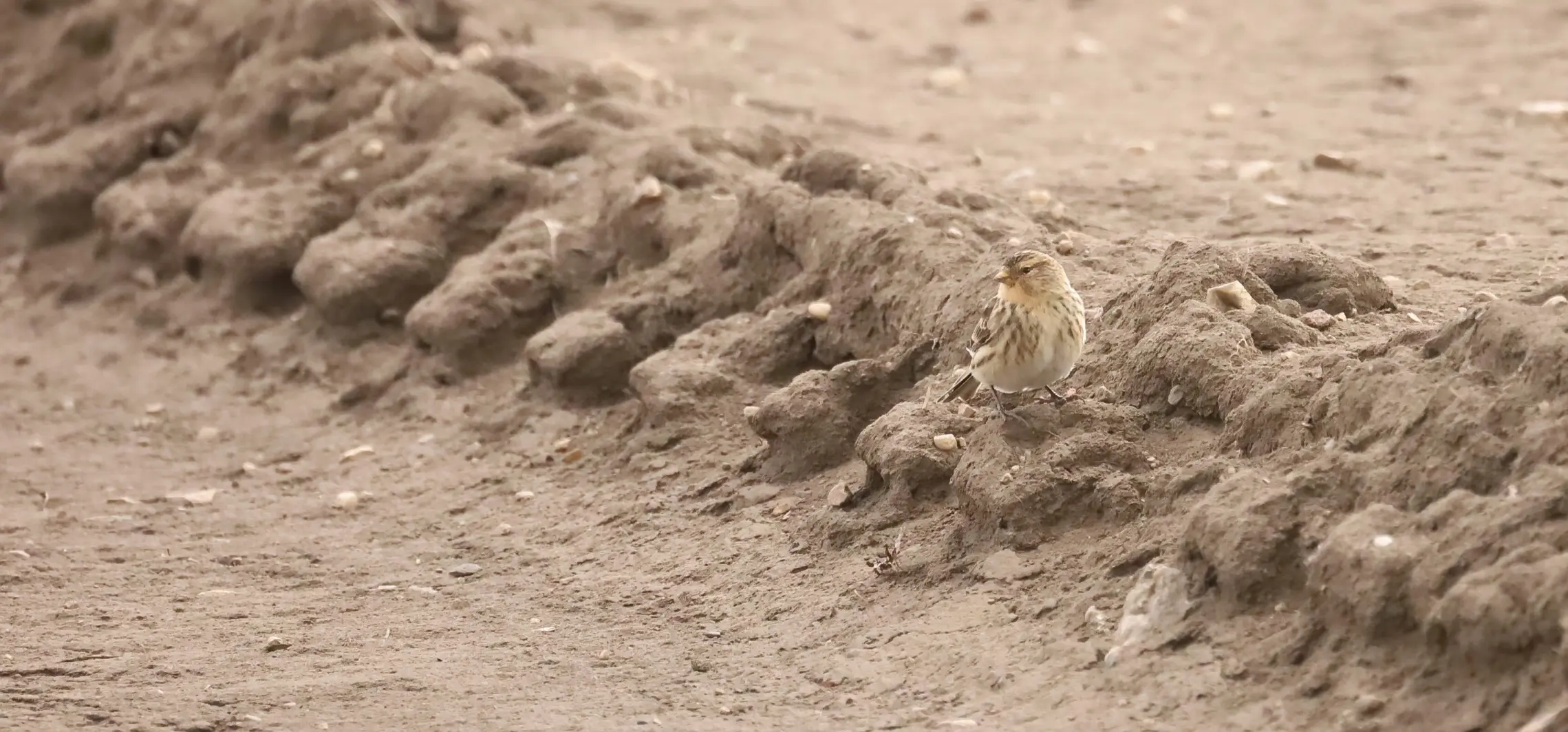
Linaria flavirostris flavirostris -  Twite
Twite  sárgacsőrű kenderike
sárgacsőrű kenderike
●
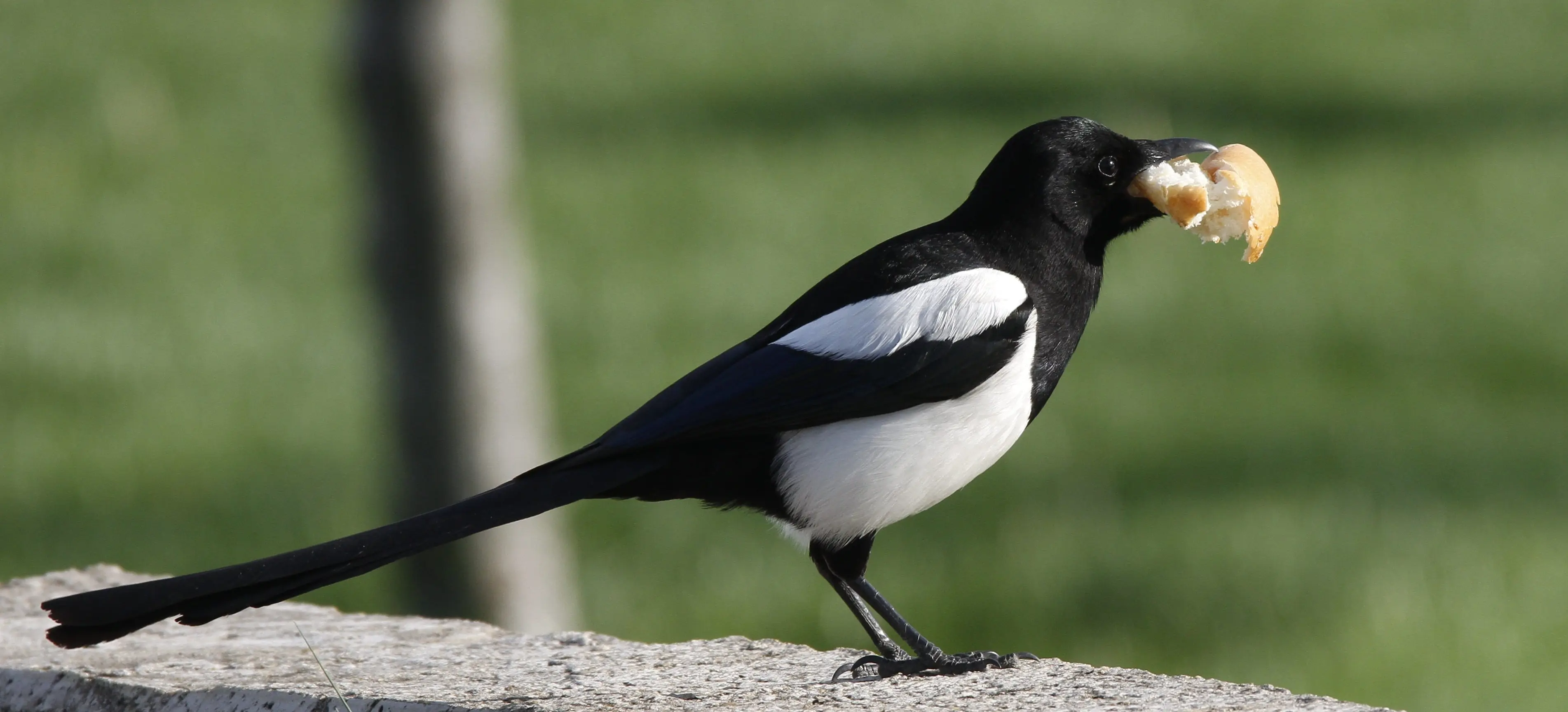
Pica pica pica -  Common Magpie
Common Magpie  szarka
szarka
●
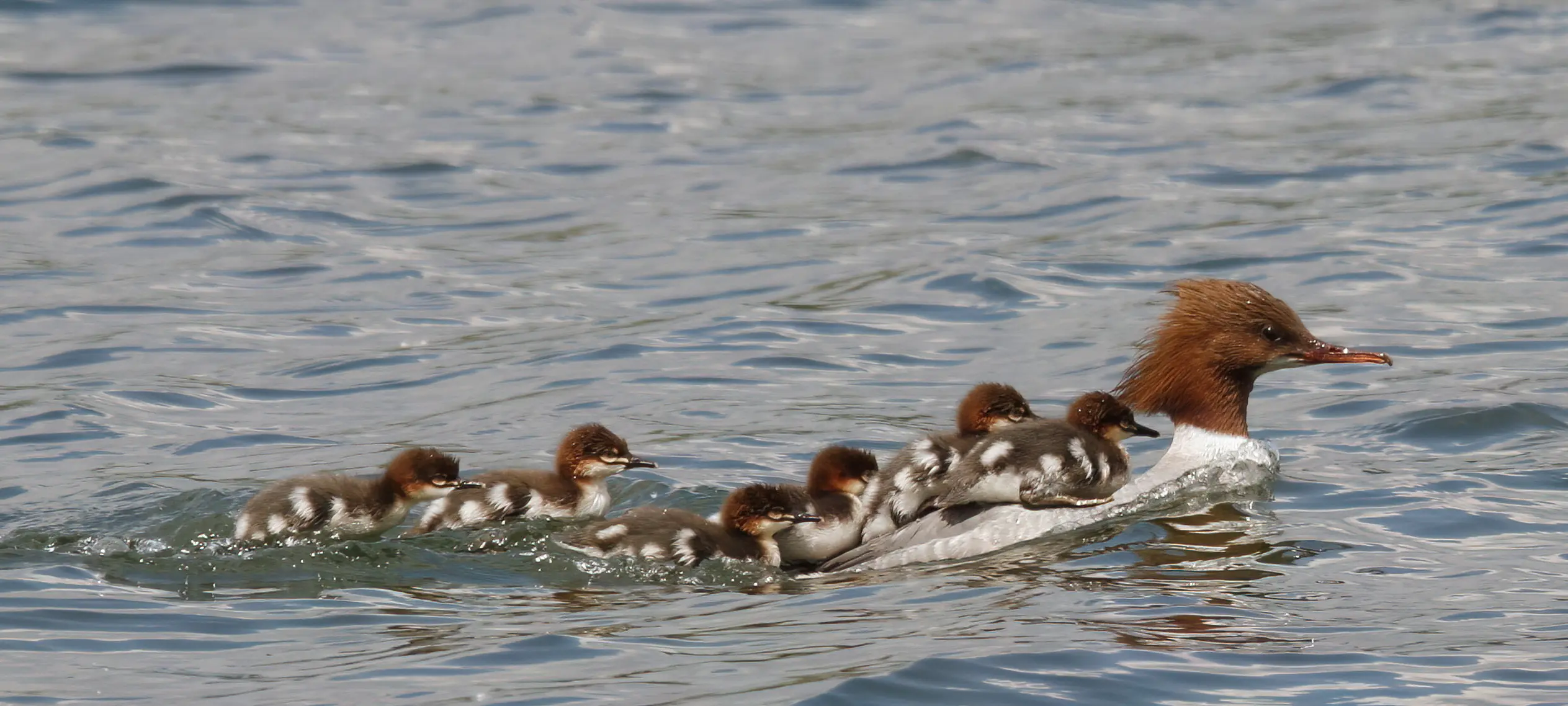
Mergus merganser merganser -  Goosander
Goosander  nagy bukó
nagy bukó
●

Turdus viscivorus viscivorus -  Mistle Thrush
Mistle Thrush  léprigó
léprigó
●
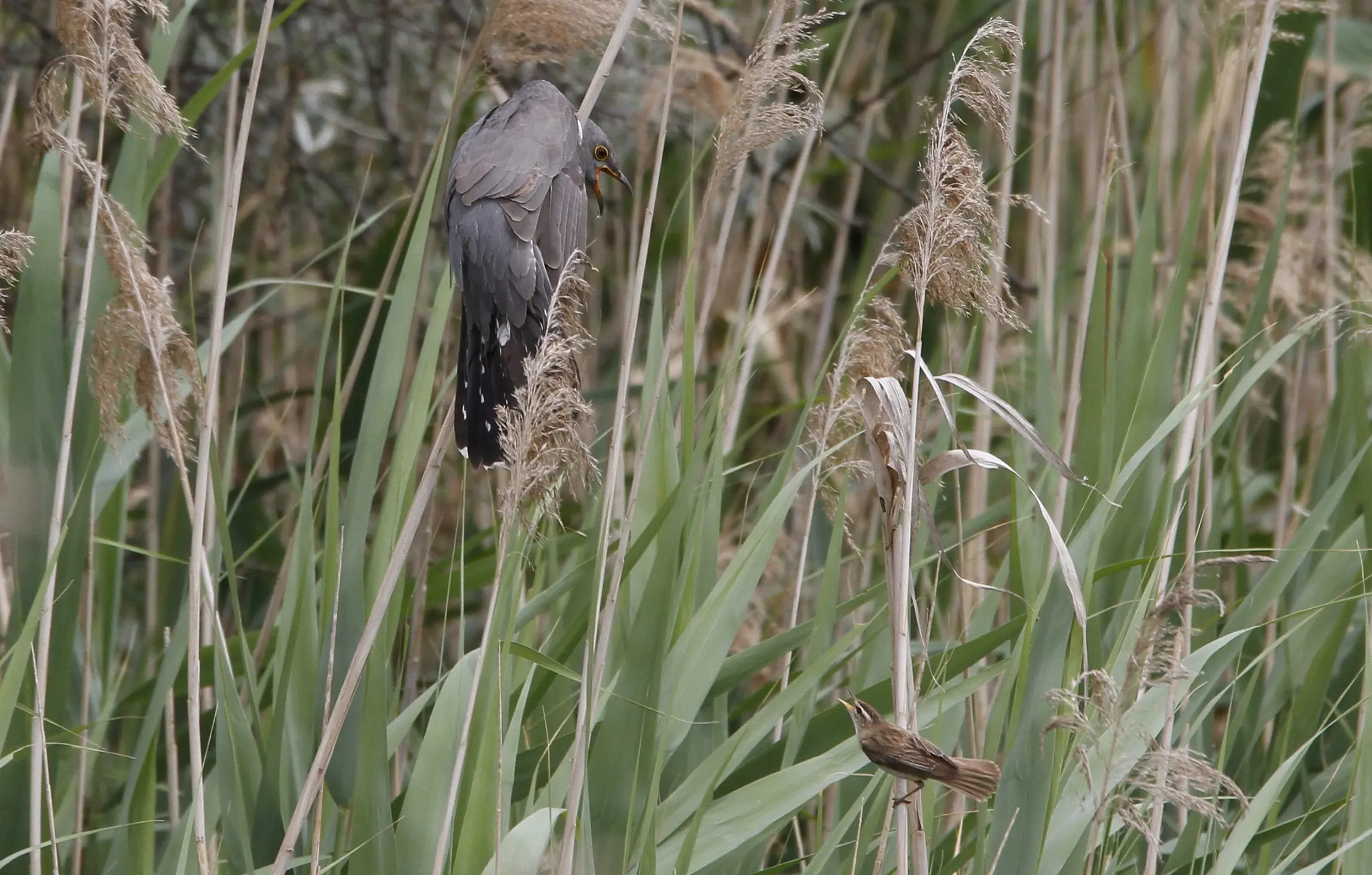

Cuculus canorus canorus -  Common Cuckoo
Common Cuckoo  kakukk
kakukk
●
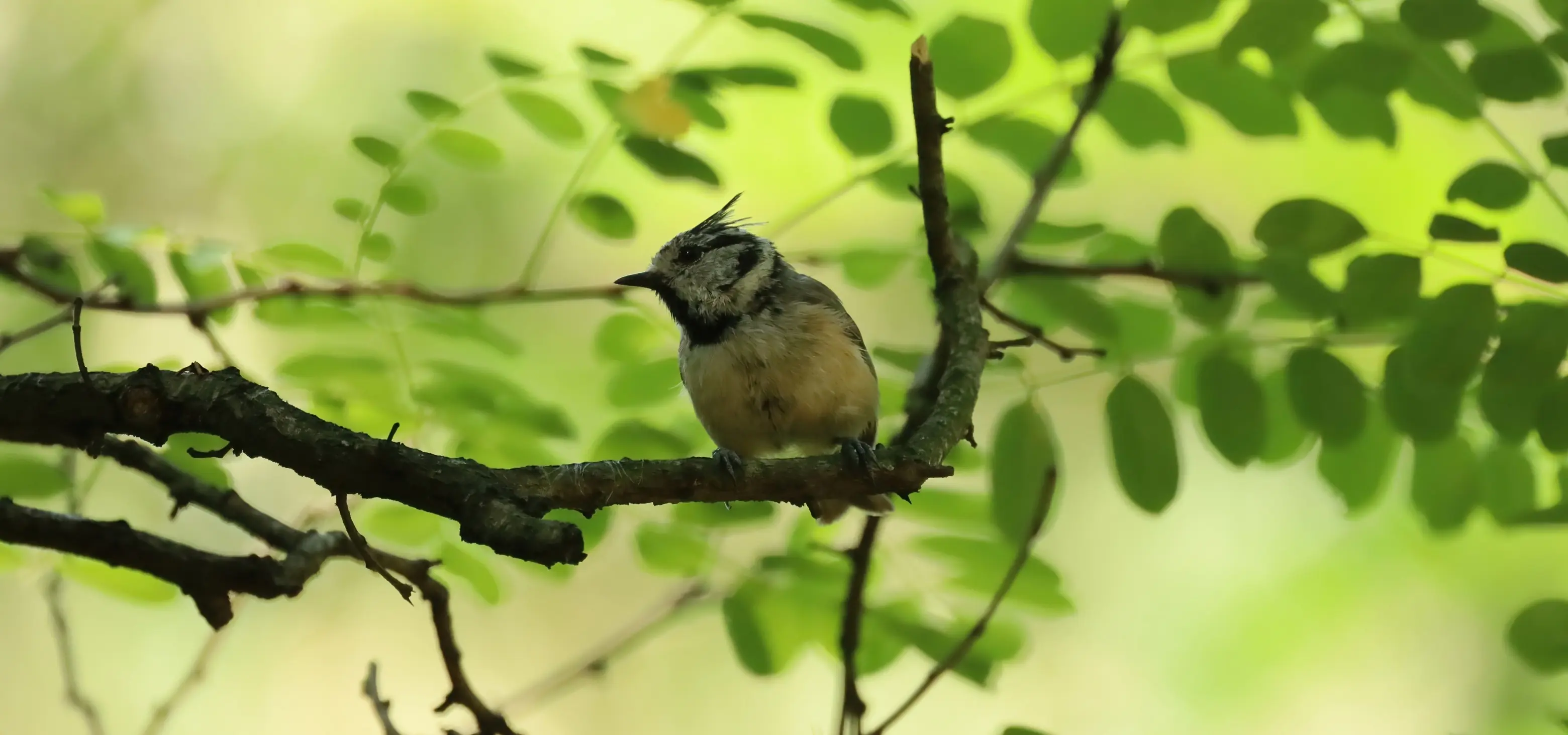
Lophophanes cristatus mitratus -  Crested Tit
Crested Tit  búbos cinege
búbos cinege
● cristatus / mitratus

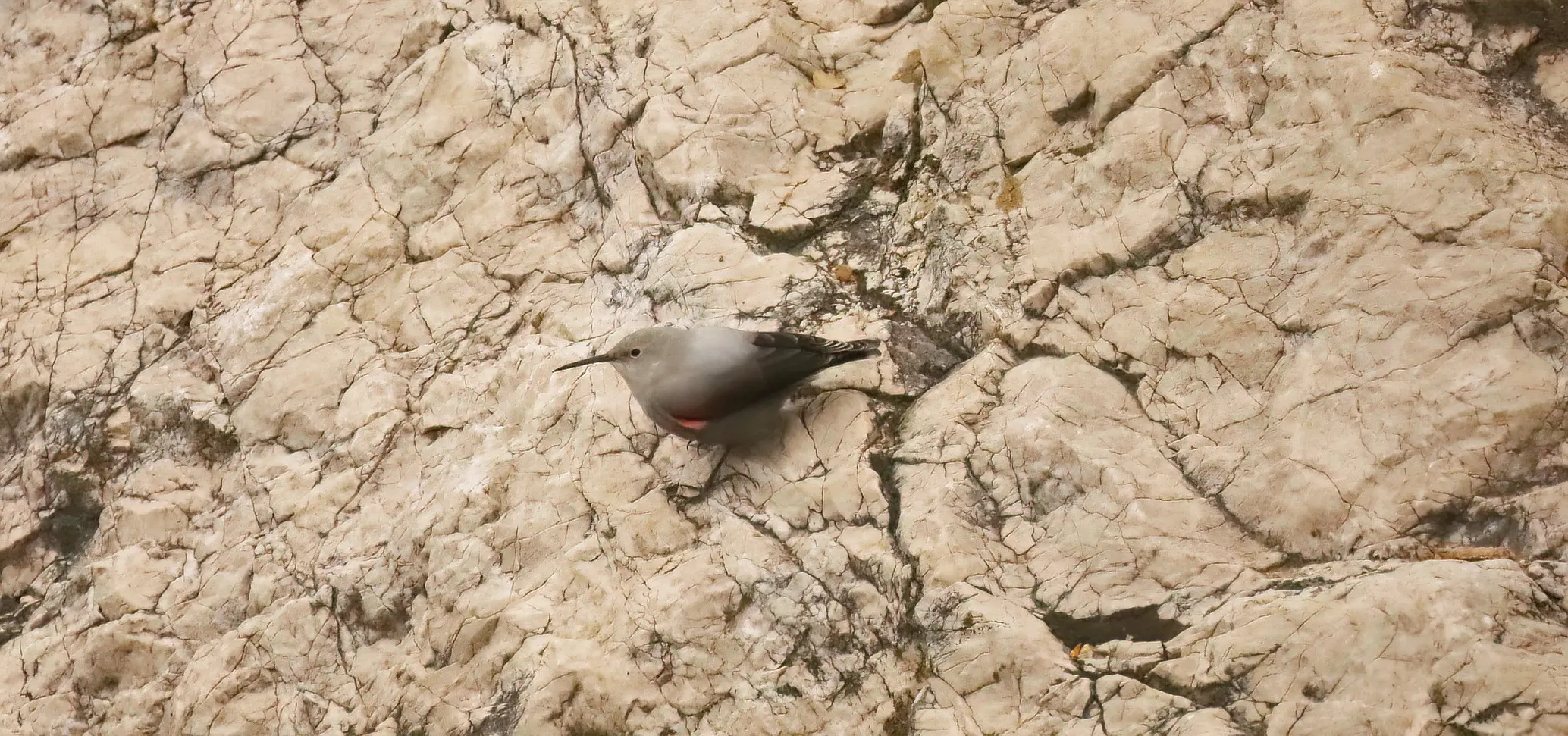
Trichodroma muraria muraria -  Wallcreeper
Wallcreeper  hajnalmadár
hajnalmadár
●
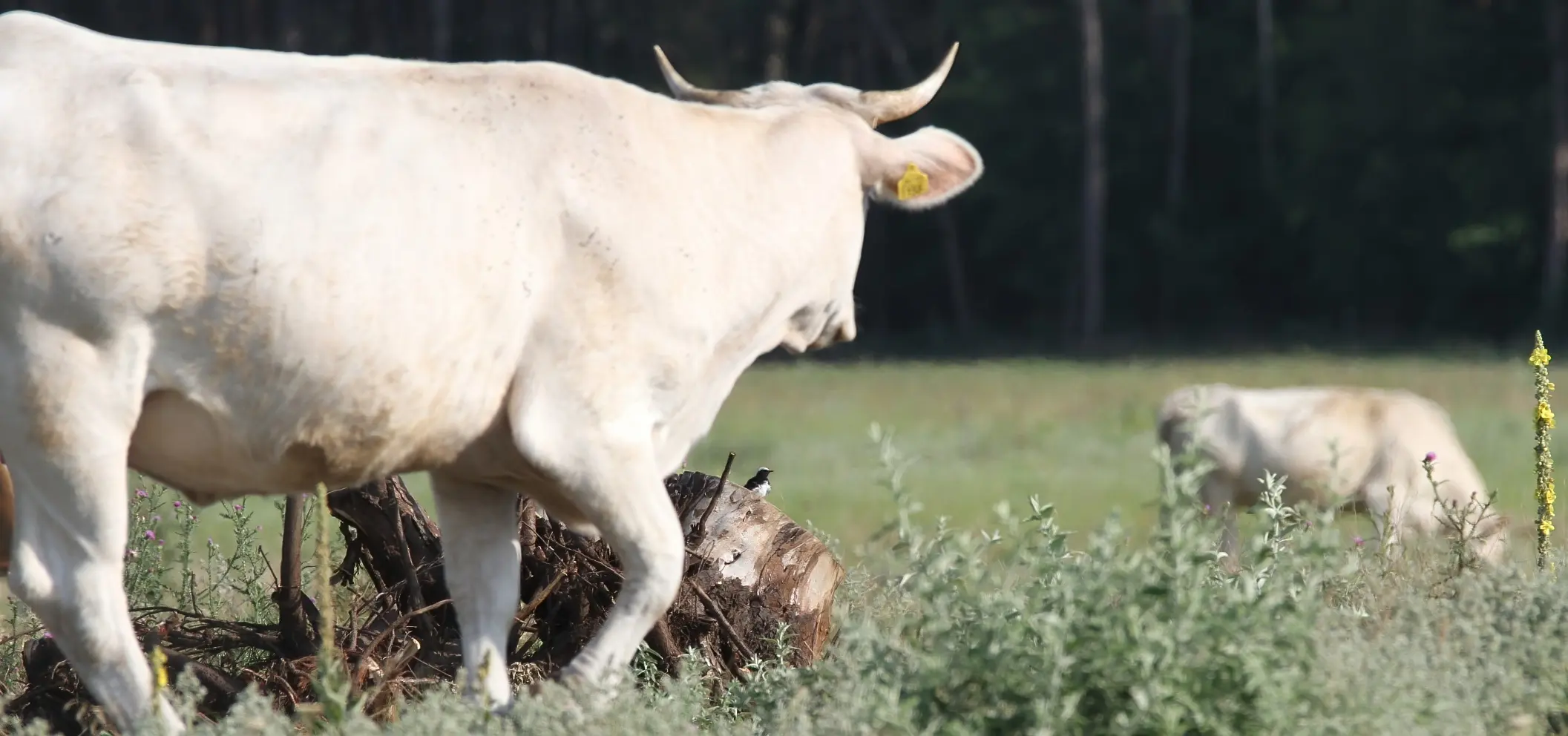
Oenanthe pleschanka. -  Pied Wheatear
Pied Wheatear  apácahantmadár
apácahantmadár
● This was a unique apperance of the species in Hungary in 2019, found in a pasture near the airport of Kecskemét (Renáta Bártfai, 9th June 2019), the bird spent 2 weeks here.
● The habitat was a grassy pasture with upturned stumps and higher weeds. Many Northern Wheatears were on this scene, too. On the other hand, he was afraid of the Common Starlings following the cattle and hid in the grass when they were nearby.
● Next year the same bird came back to the very same place, and stayed for 2 weeks again.
● No more appearence since then.
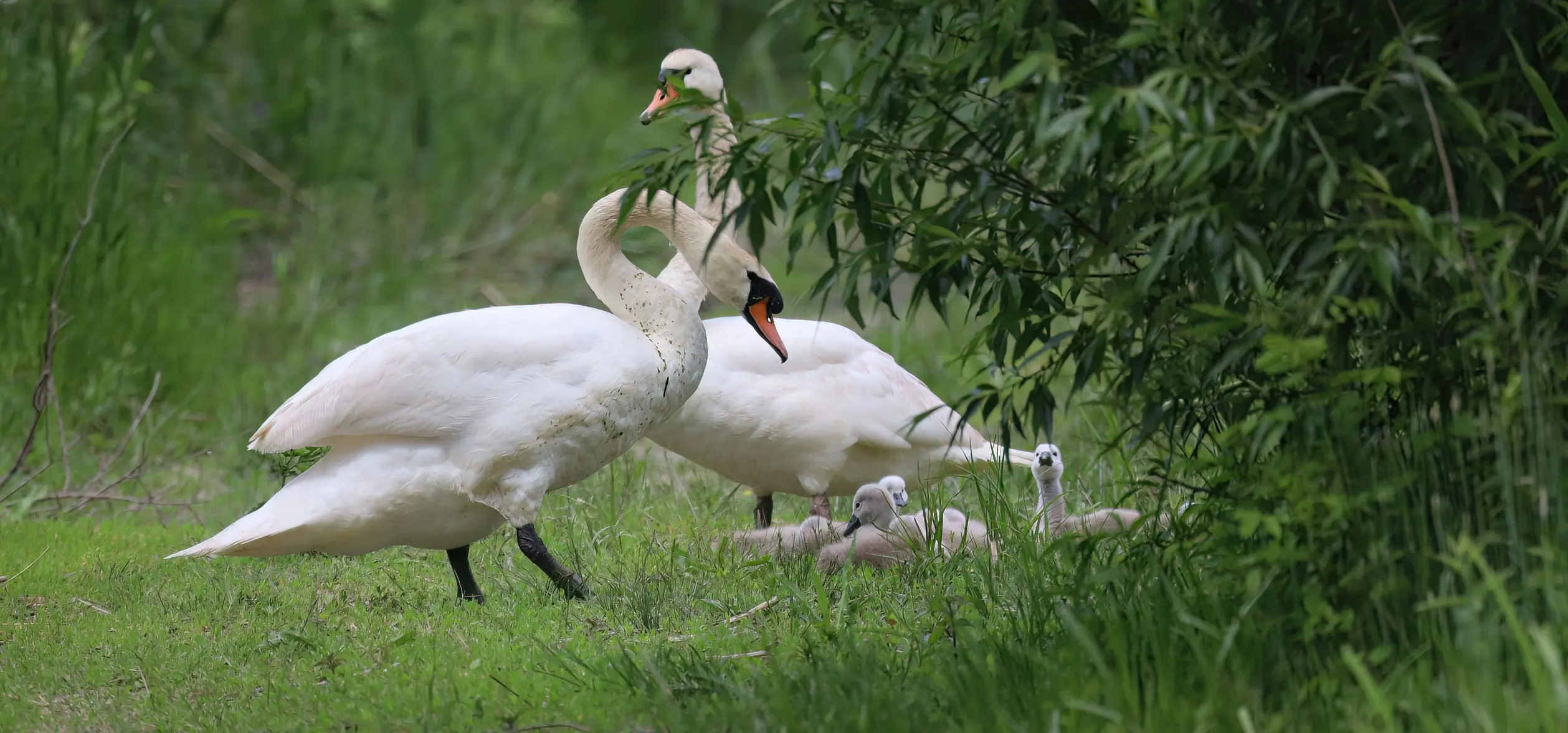
Cygnus olor. -  Mute Swan
Mute Swan  bütykös hattyú
bütykös hattyú
●
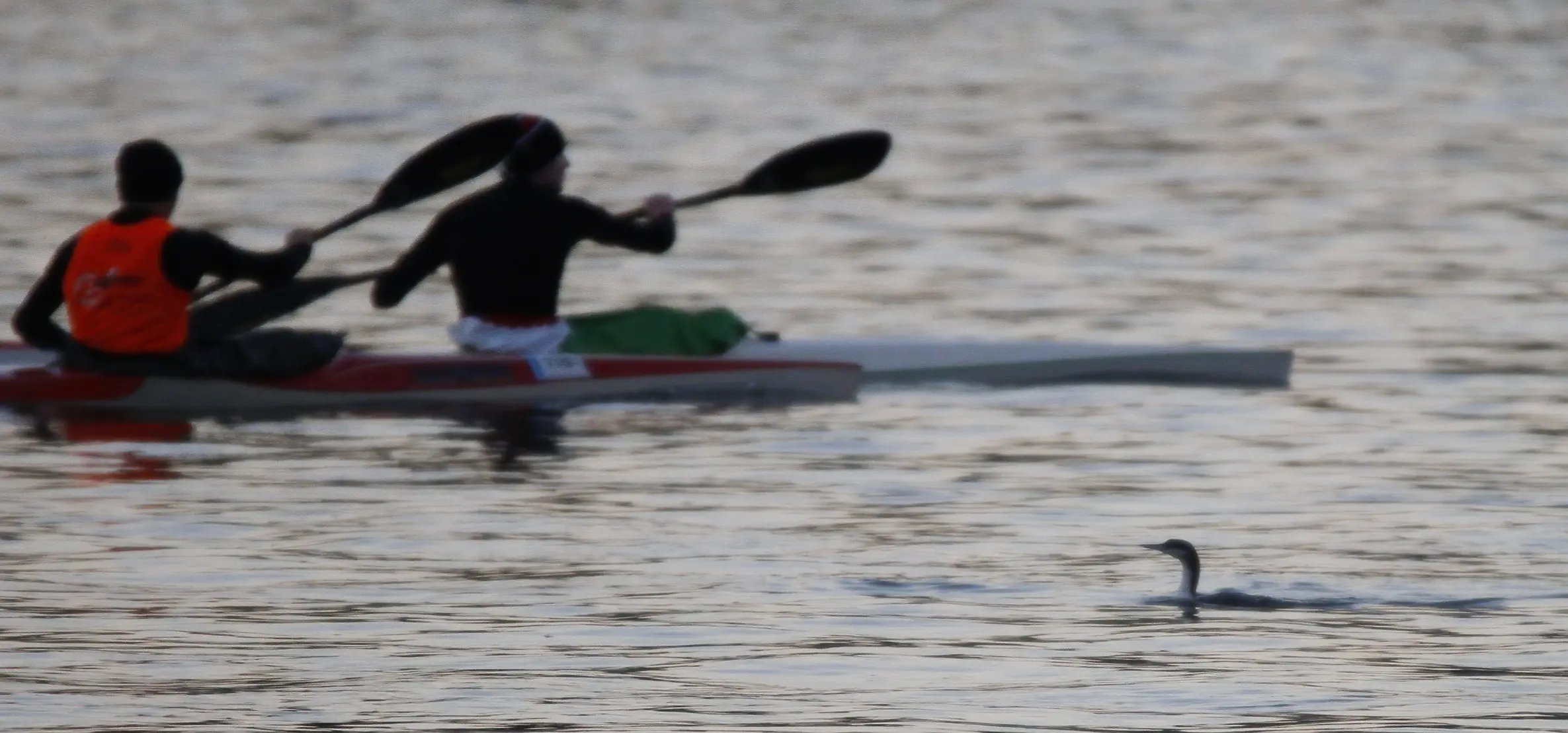
Gavia arctica arctica -  Black-throated Diver (Arctic Loon)
Black-throated Diver (Arctic Loon)  sarki búvár
sarki búvár
●
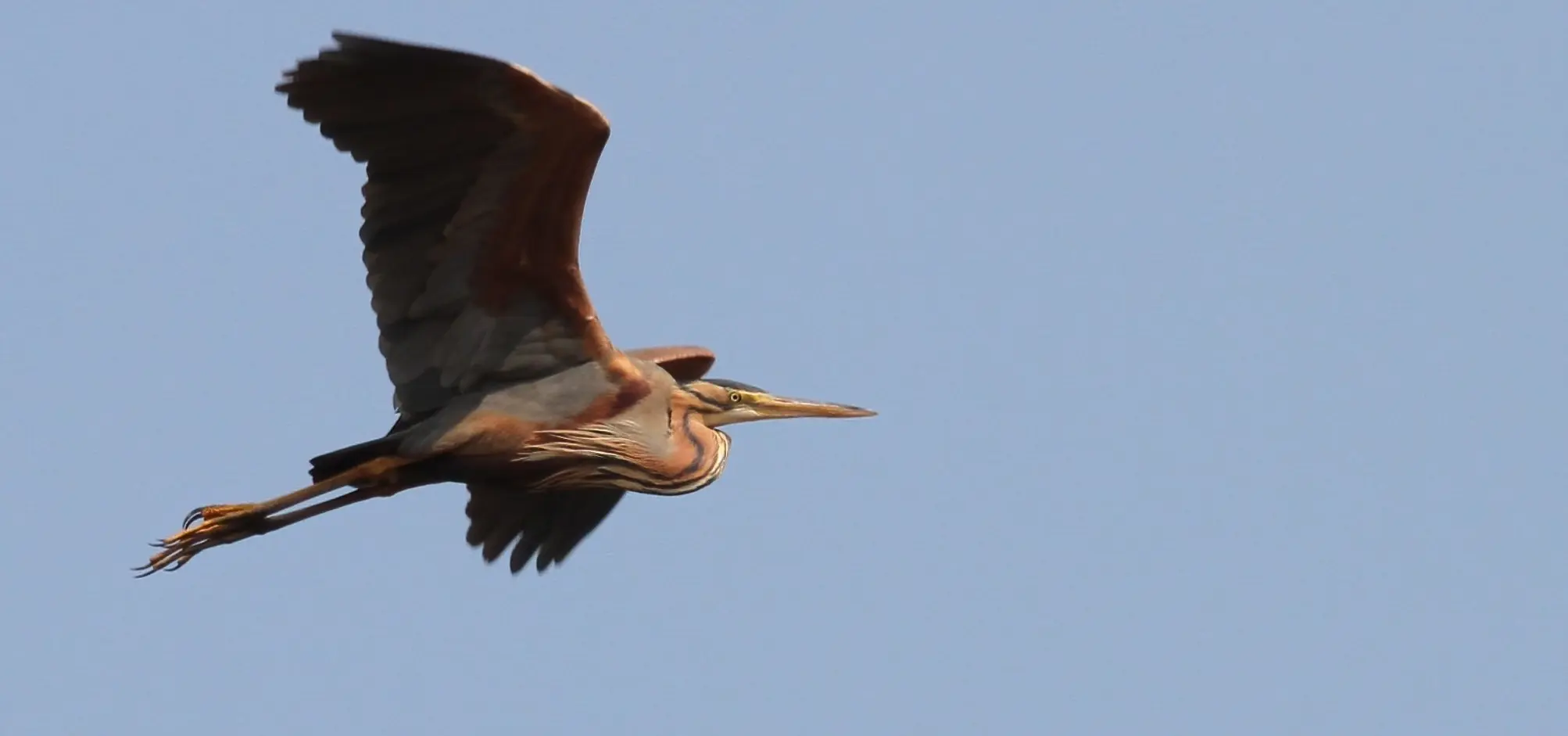
Ardea purpurea purpurea -  Purple Heron
Purple Heron  vörös gém
vörös gém
●

Hippolais icterina. -  Icterine Warbler
Icterine Warbler  kerti geze
kerti geze
●
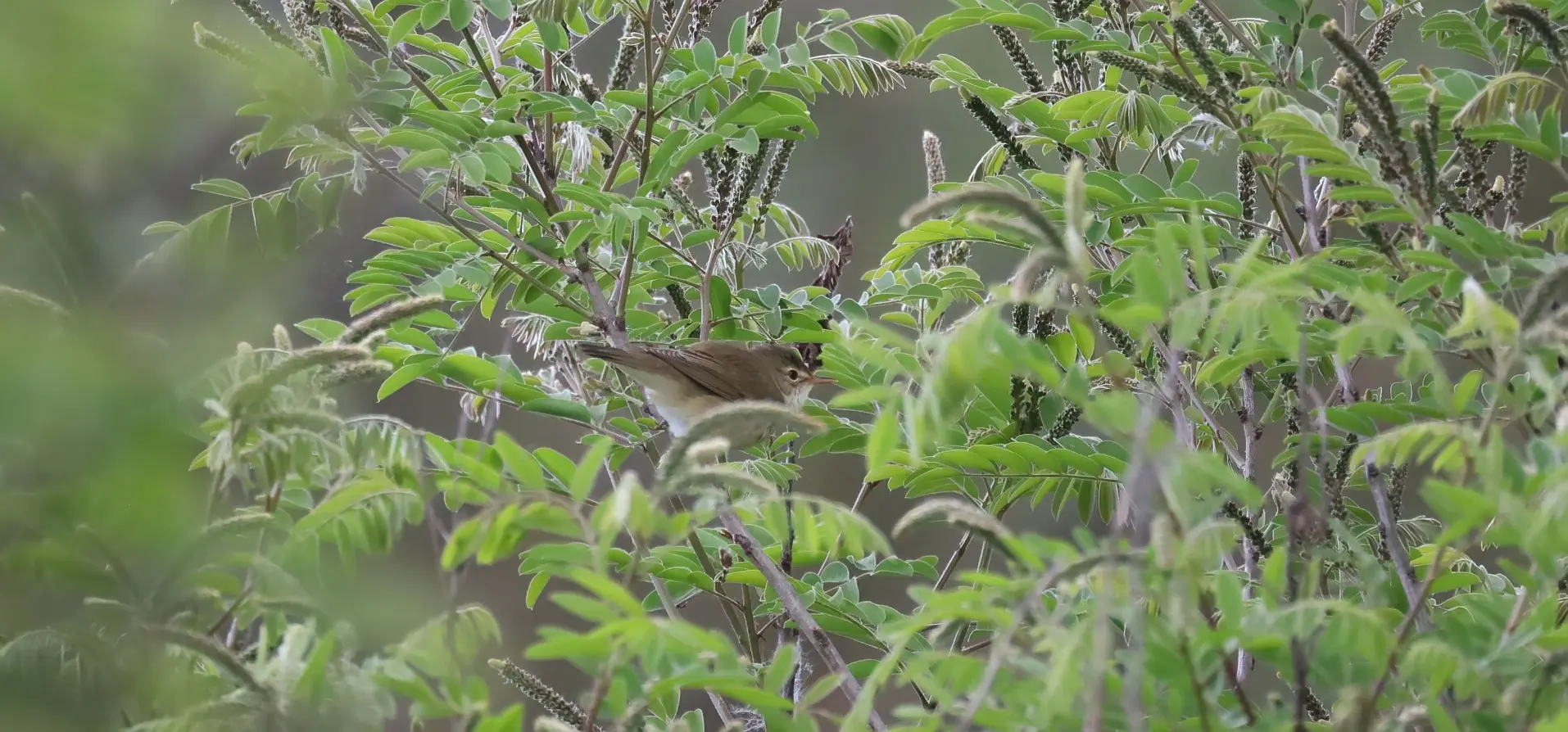
Hippolais pallida elaeica -  Eastern Olivaceous Warbler
Eastern Olivaceous Warbler  halvány geze
halvány geze
● hosszú hang
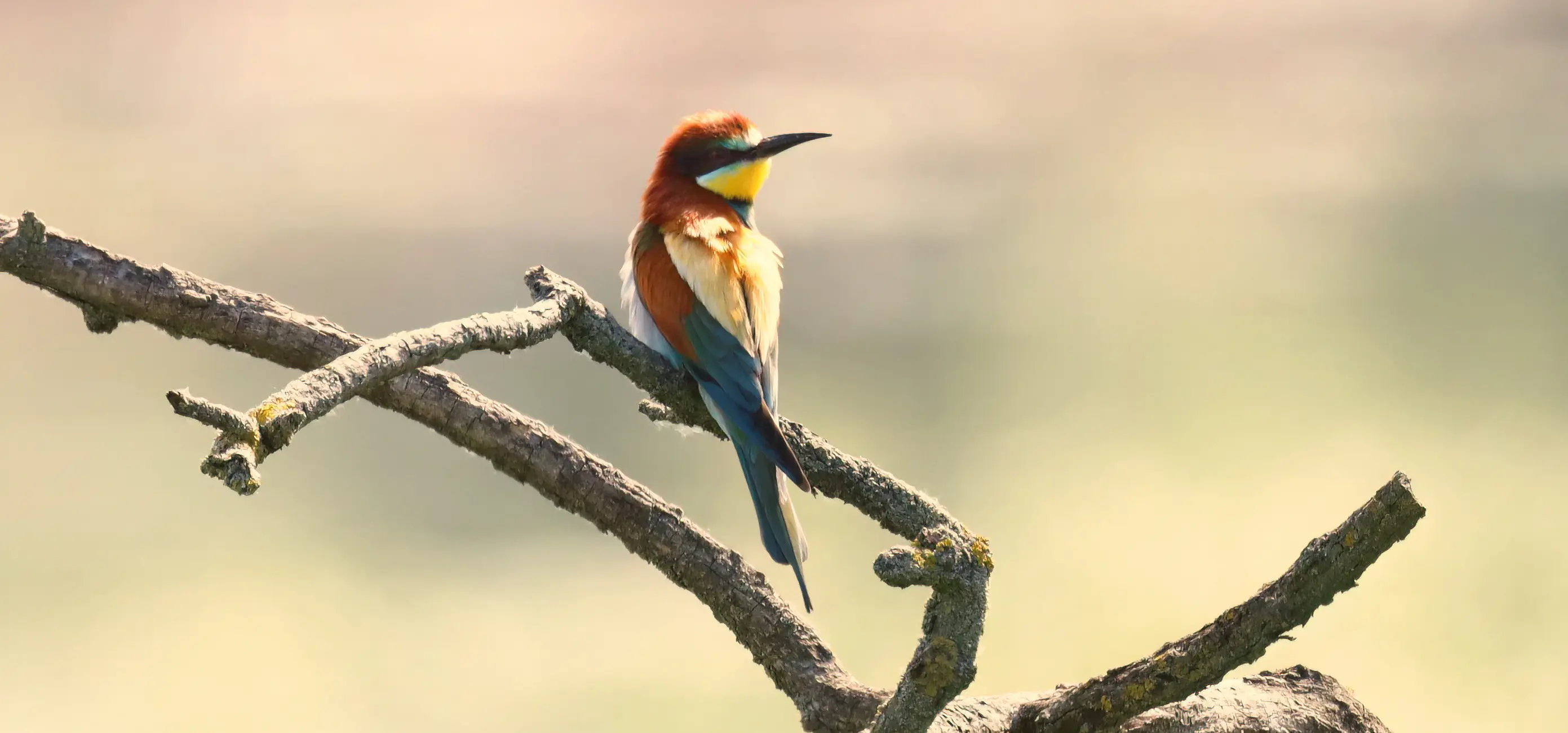
Merops apiaster. -  European Bee-eater
European Bee-eater  gyurgyalag
gyurgyalag
● One of our common birds most associated with the summer season and hot days.
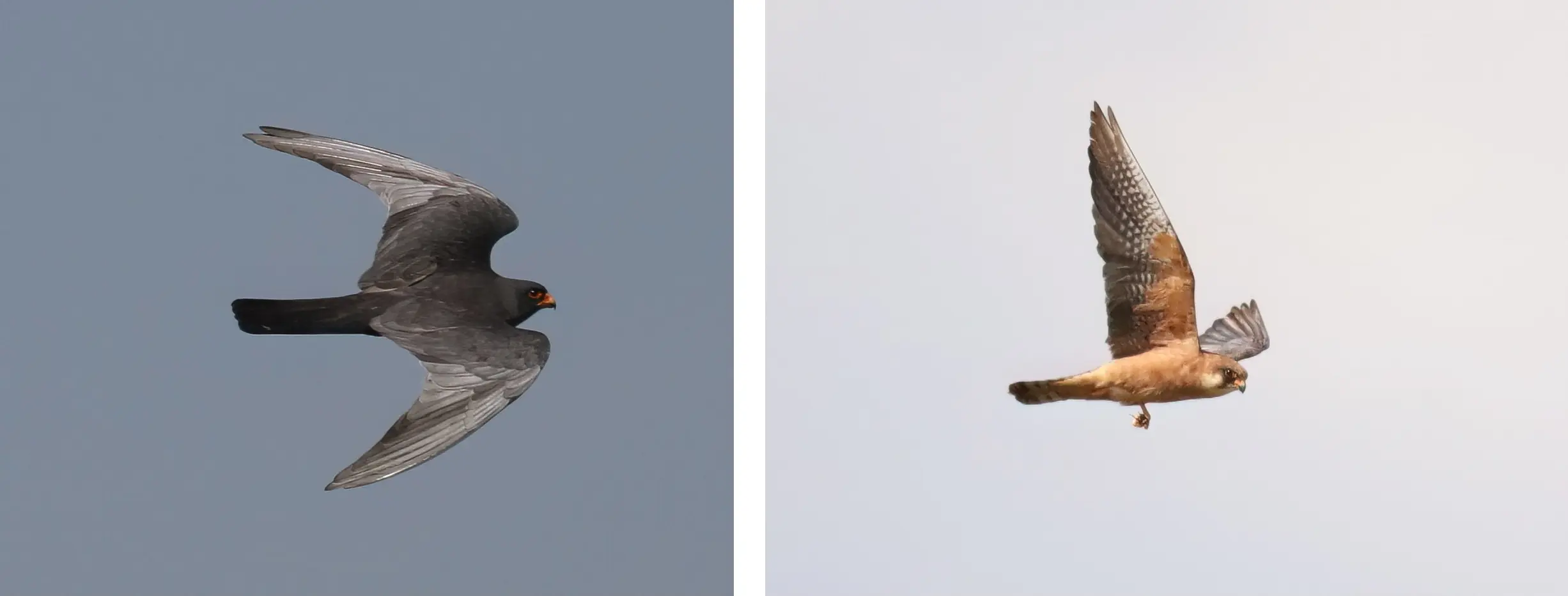
Falco vespertinus. -  Red-footed Falcon
Red-footed Falcon  kék vércse
kék vércse
● Uncommon, but nests in some well-hidden places of the Eastern part of the country.
● The steppes ('puszta') of the Great Hungarian Plain ('Alföld') provides them a suitable habitat.
● Breeds in mixed colonies with Rooks in their abandoned nests, nowadays also in other corvids. Artifical nest boxes are also accepted.
● A long-distance migrant. From Southern Africa to whole area of the Eurasain Great Steppes.
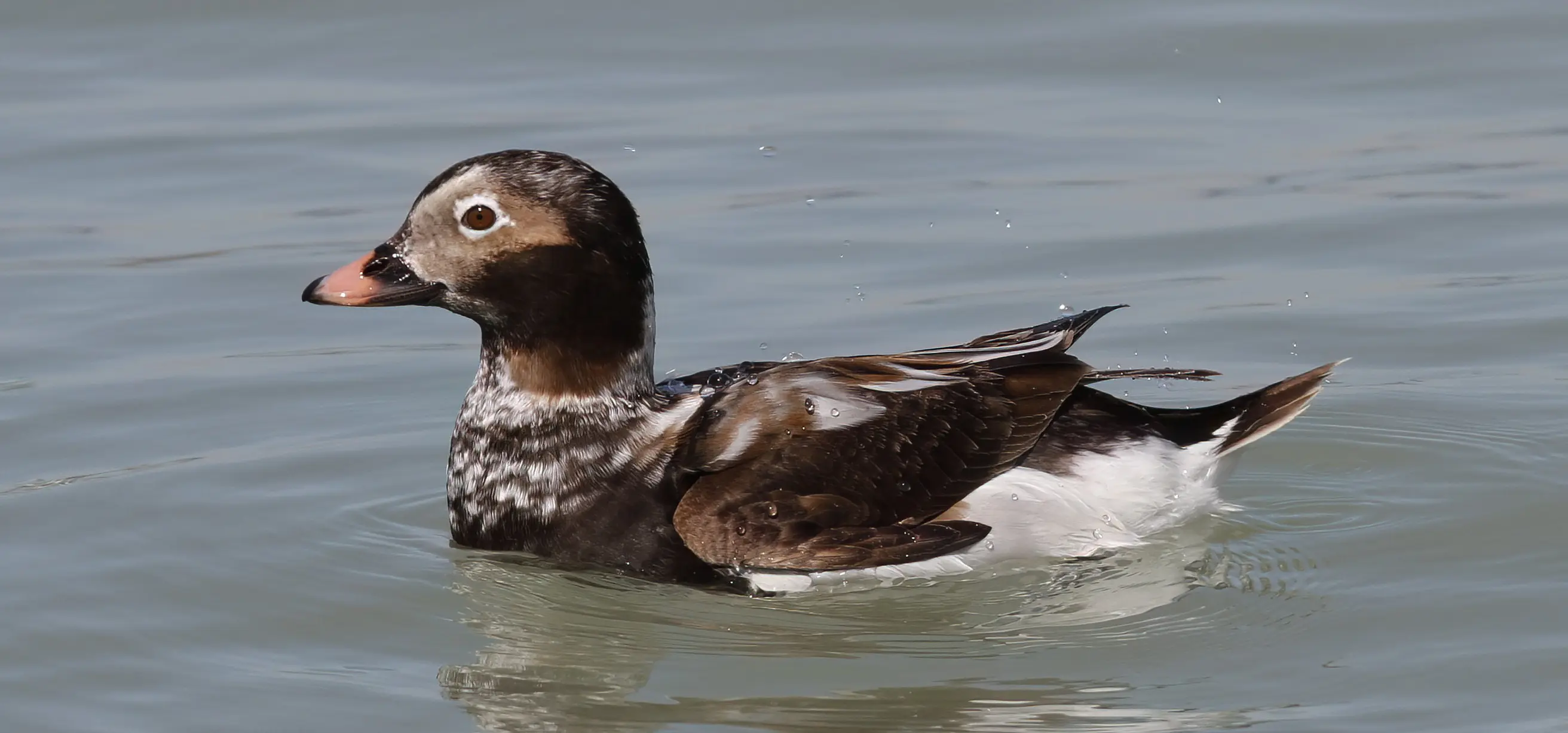
Clangula hyemalis. -  Long-tailed Duck
Long-tailed Duck  jegesréce
jegesréce
●
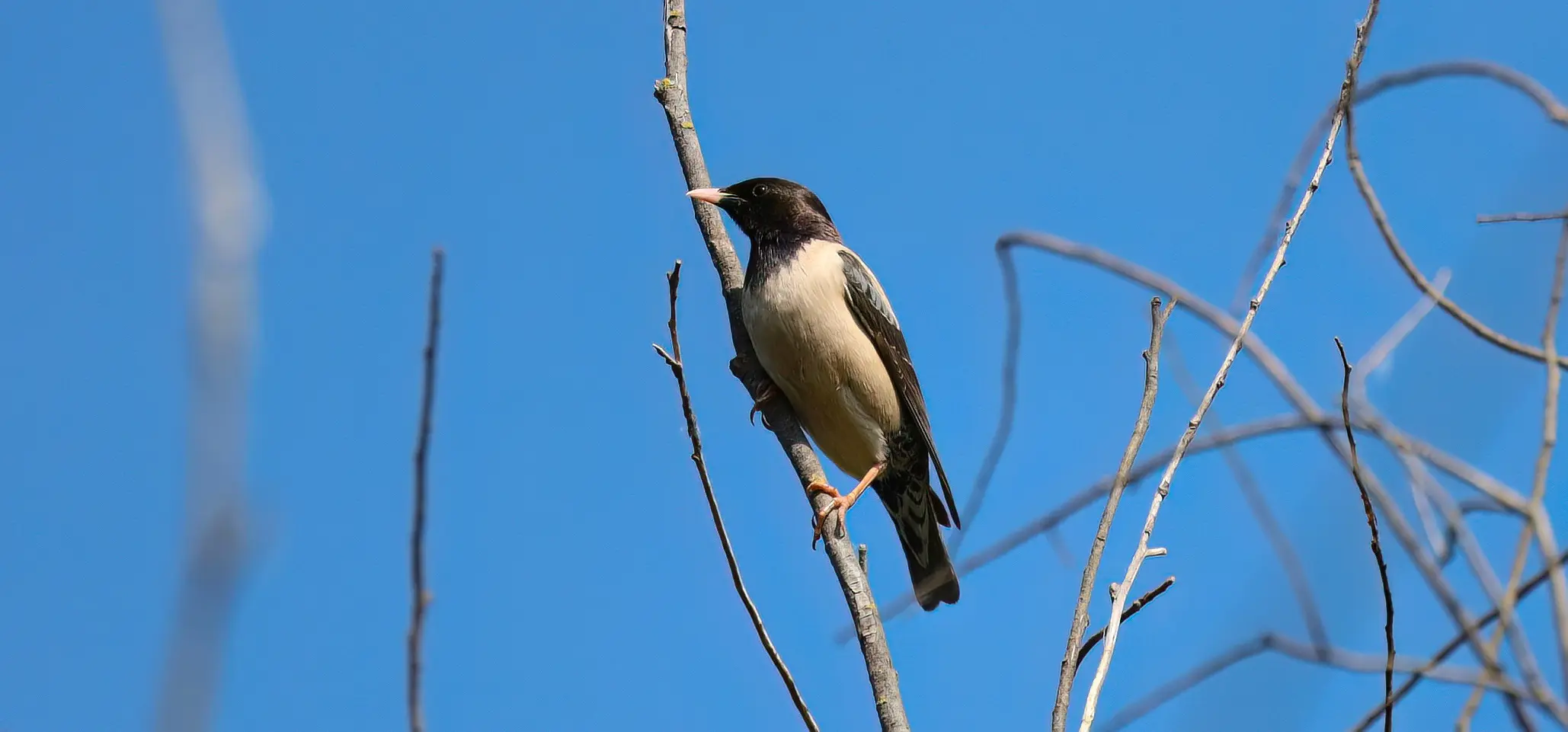
Pastor roseus. -  Rosy Starling
Rosy Starling  pásztormadár
pásztormadár
●
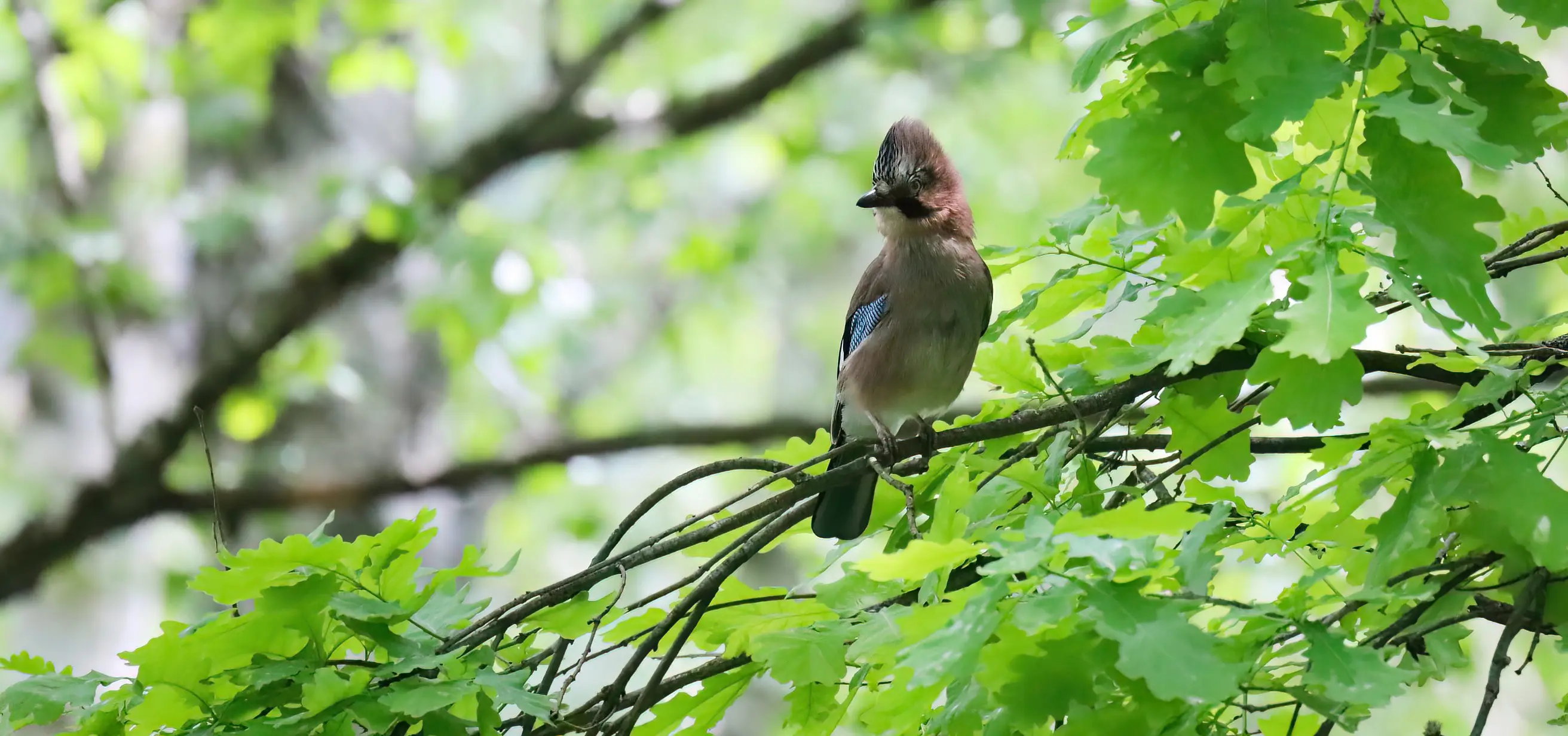
Garrulus glandarius glandarius -  Eurasian Jay
Eurasian Jay  szajkó
szajkó
●
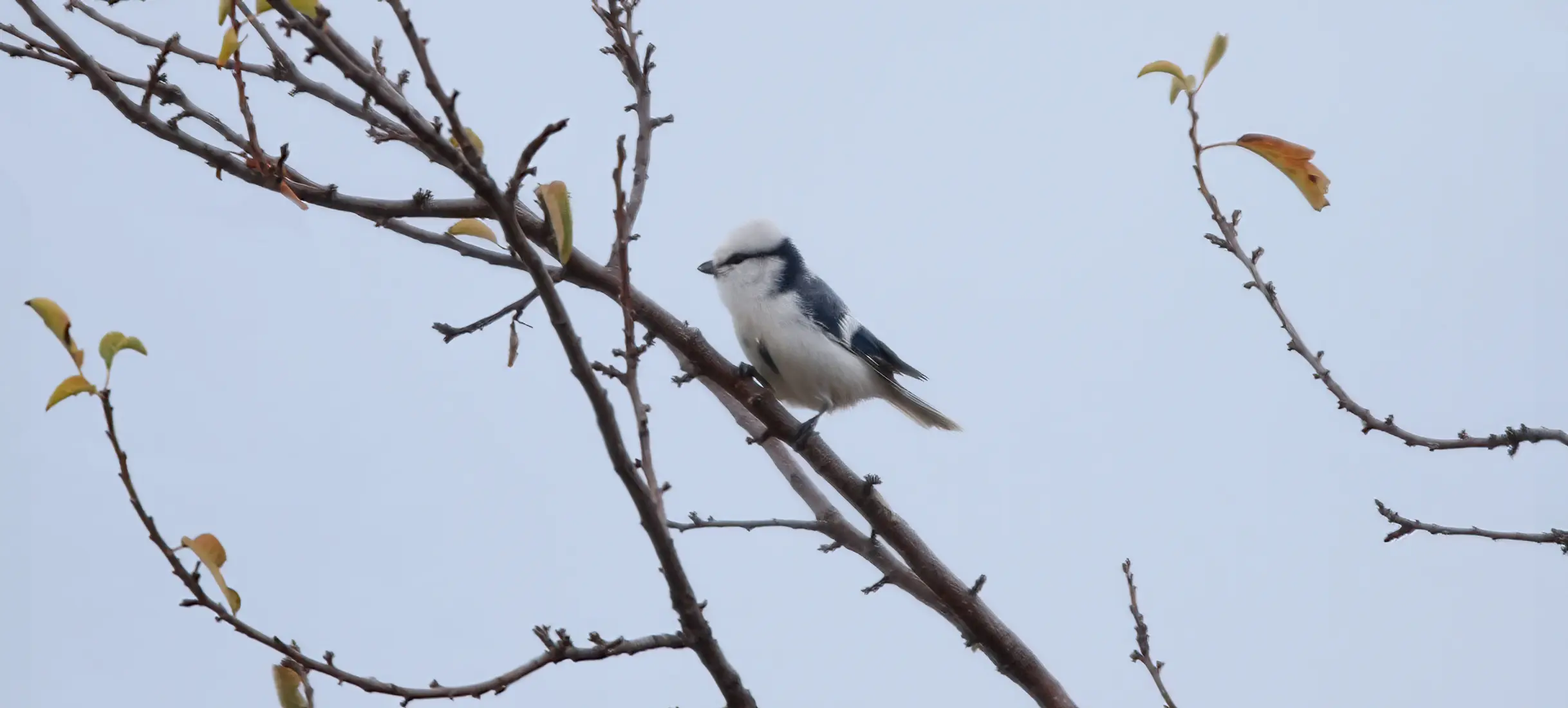
Cyanistes cyanus cyanus -  Azure Tit
Azure Tit  lazúrcinege
lazúrcinege
● A unique and very first appearence of this mostly Asian species in Hungary (Fehér-tó, Szeged, Csaba Barkóczi, 18th Nov 2018).
● The bird remained at the site for a month. The habitat was canals and fishponds surrounded by dense reeds and some trees.
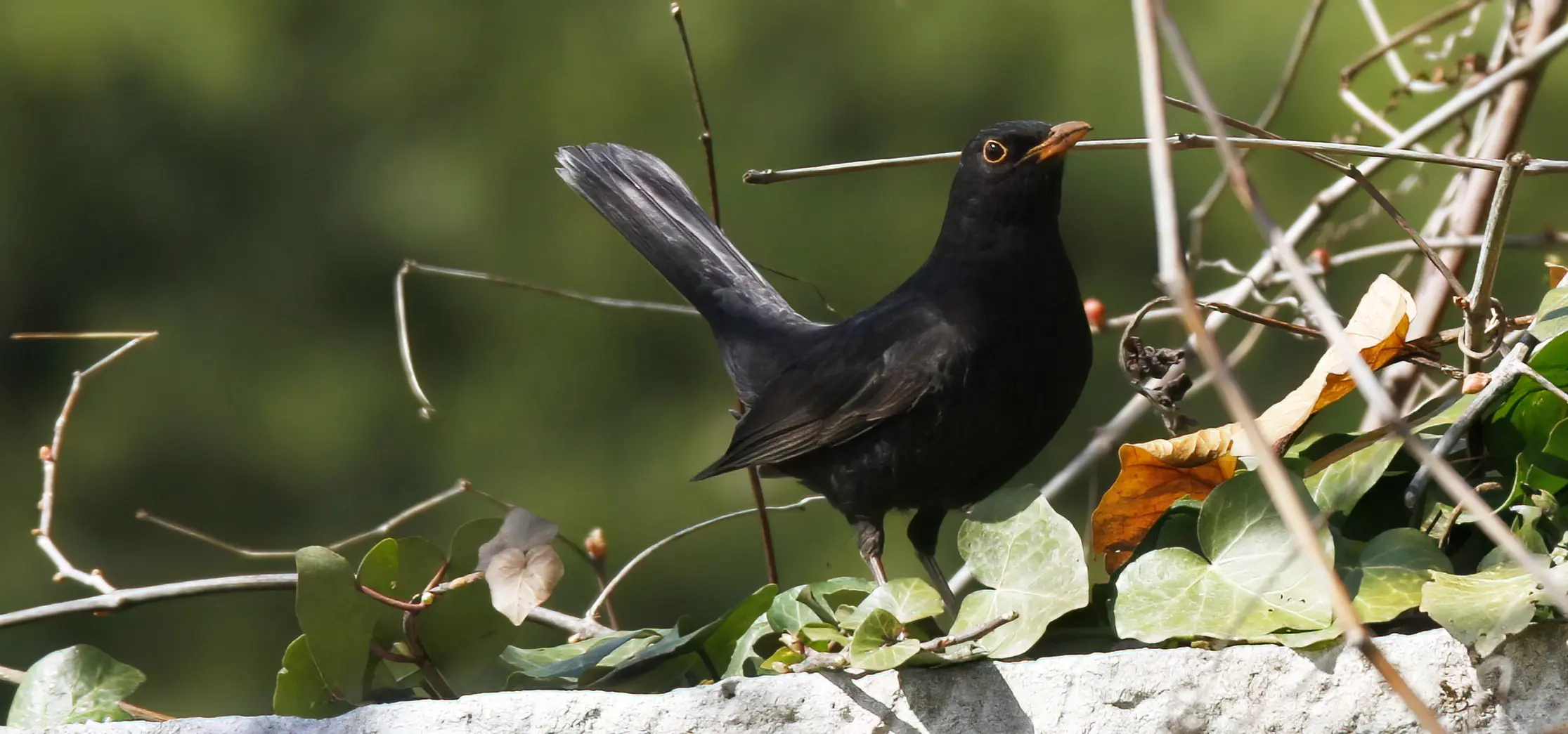
Turdus merula merula -  Common Blackbird
Common Blackbird  fekete rigó
fekete rigó
● One of our most common urban birds.
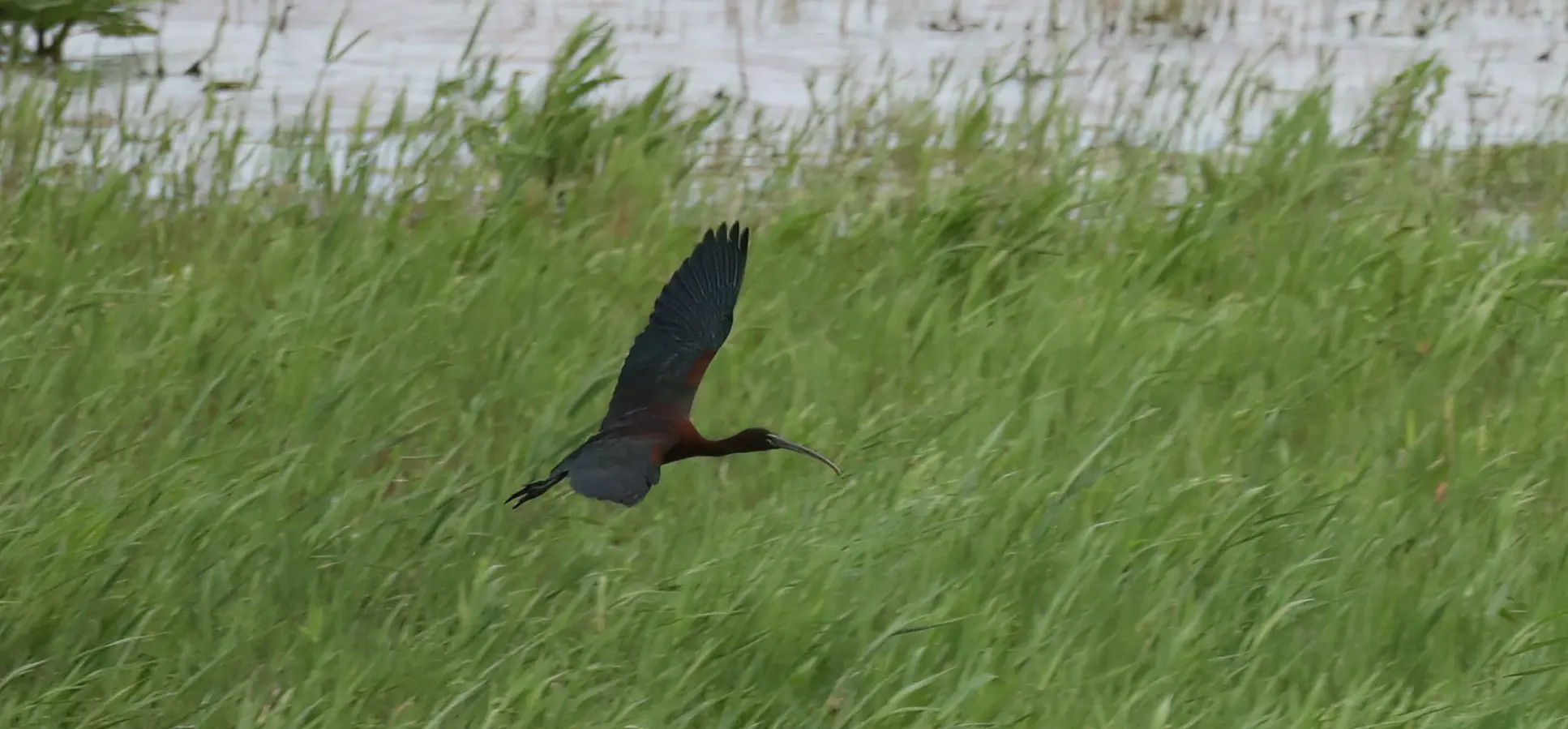
Plegadis falcinellus falcinellus -  Glossy Ibis
Glossy Ibis  batla
batla
● Not common but can be found in less disturbed wetlands. Mainly in small groups.
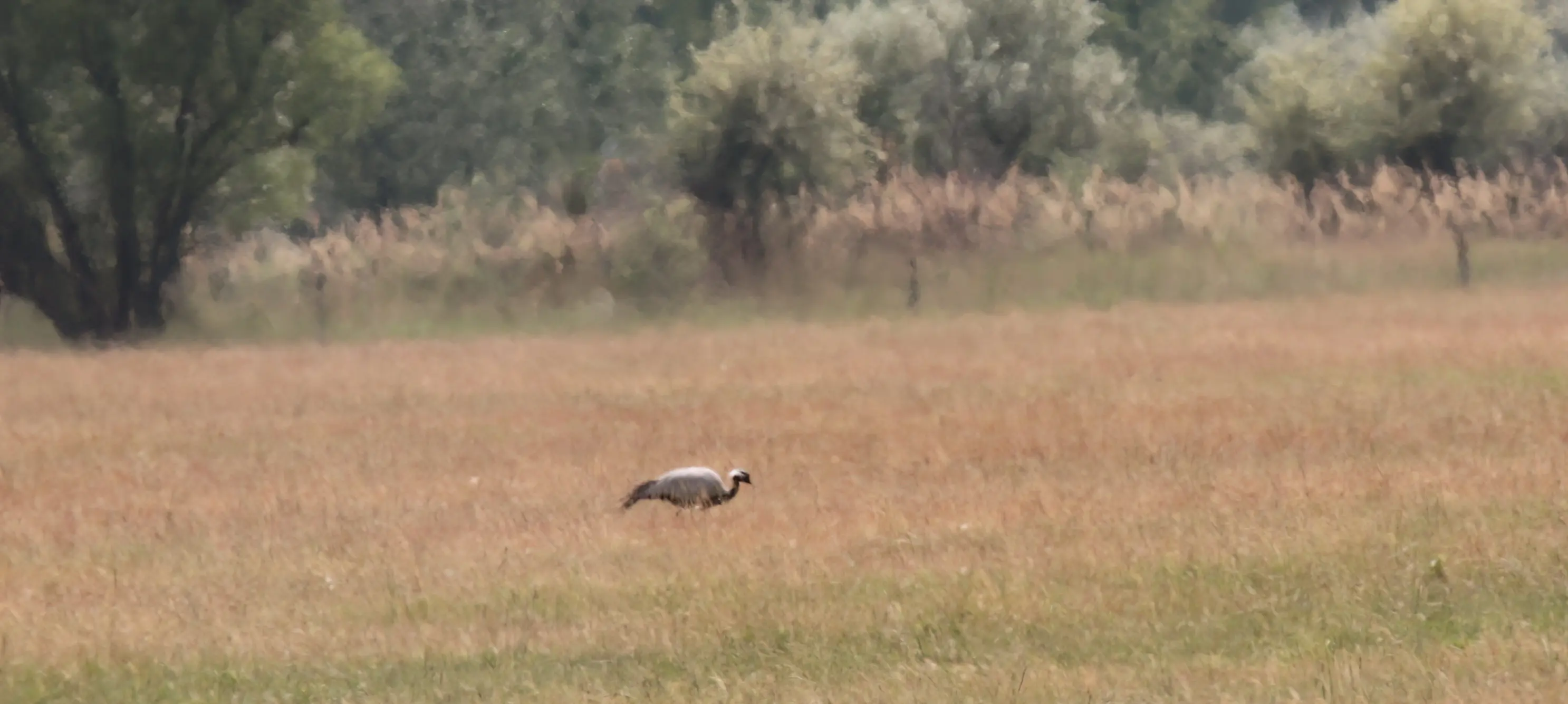
Grus virgo. -  Demoiselle Crane
Demoiselle Crane  pártás daru
pártás daru
● A very rare bird from Asia.
● Only 6 vagrant birds have been spotted in Hungary so far.
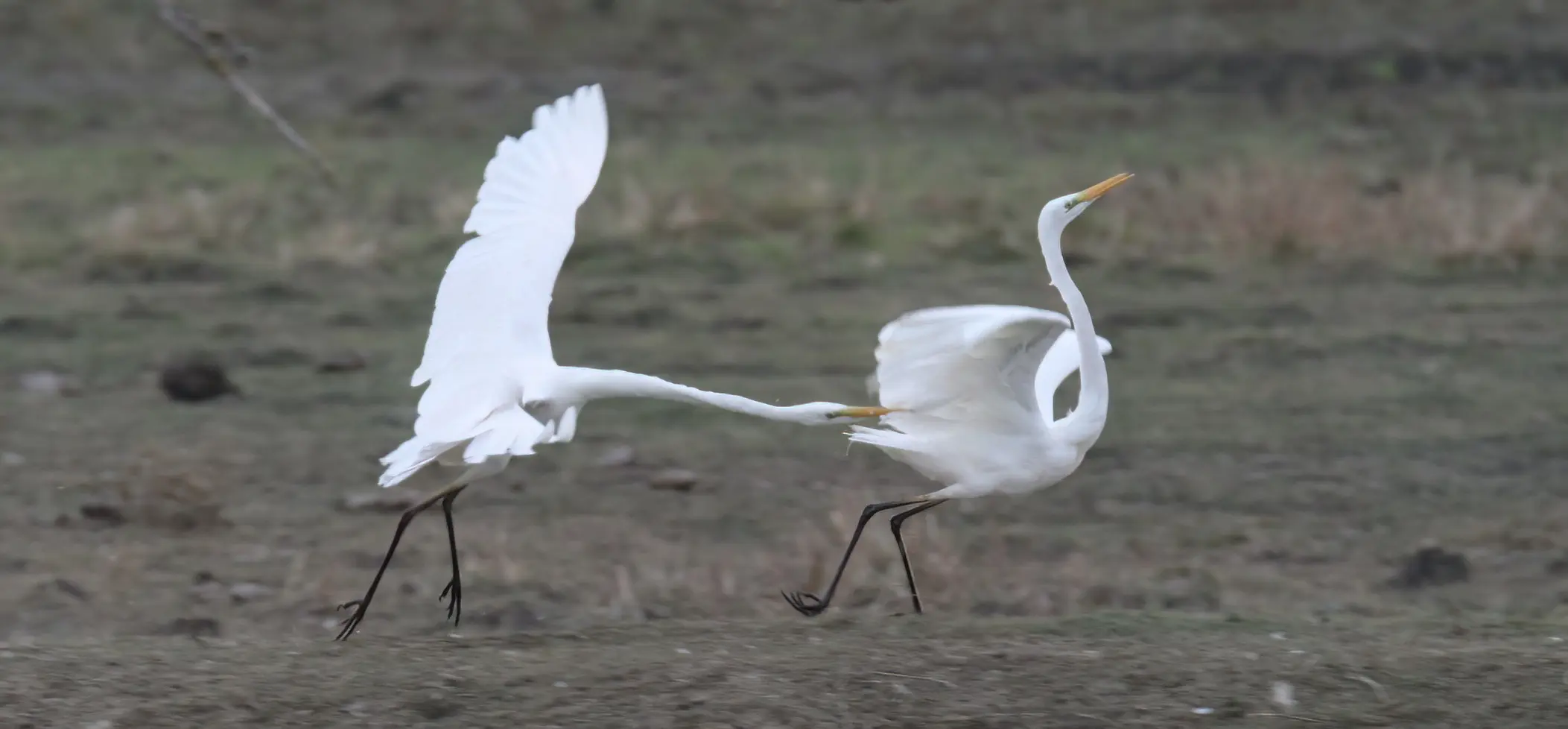
Ardea alba alba -  Great Egret
Great Egret  nagy kócsag
nagy kócsag
●
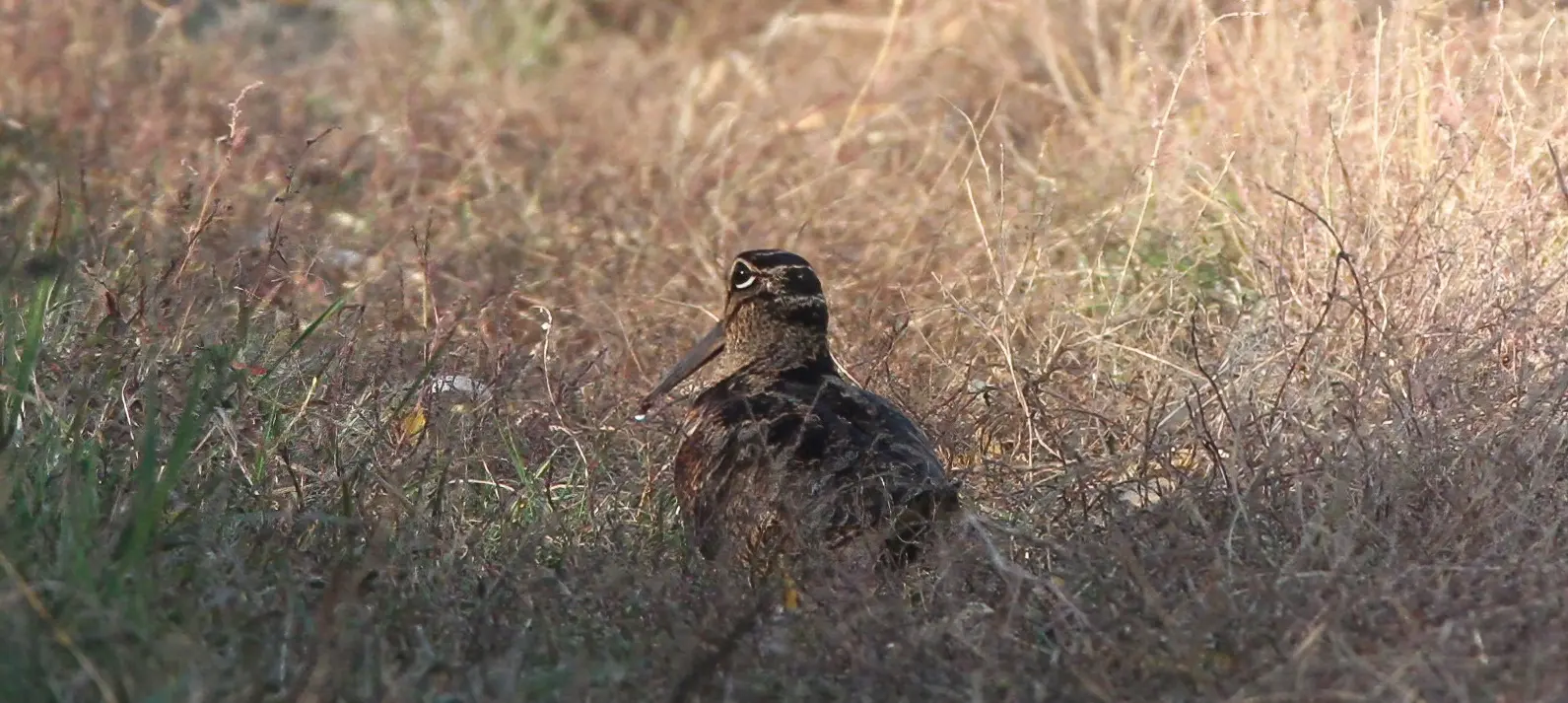
Scolopax rusticola. -  Eurasian Woodcock
Eurasian Woodcock  erdei szalonka
erdei szalonka
●
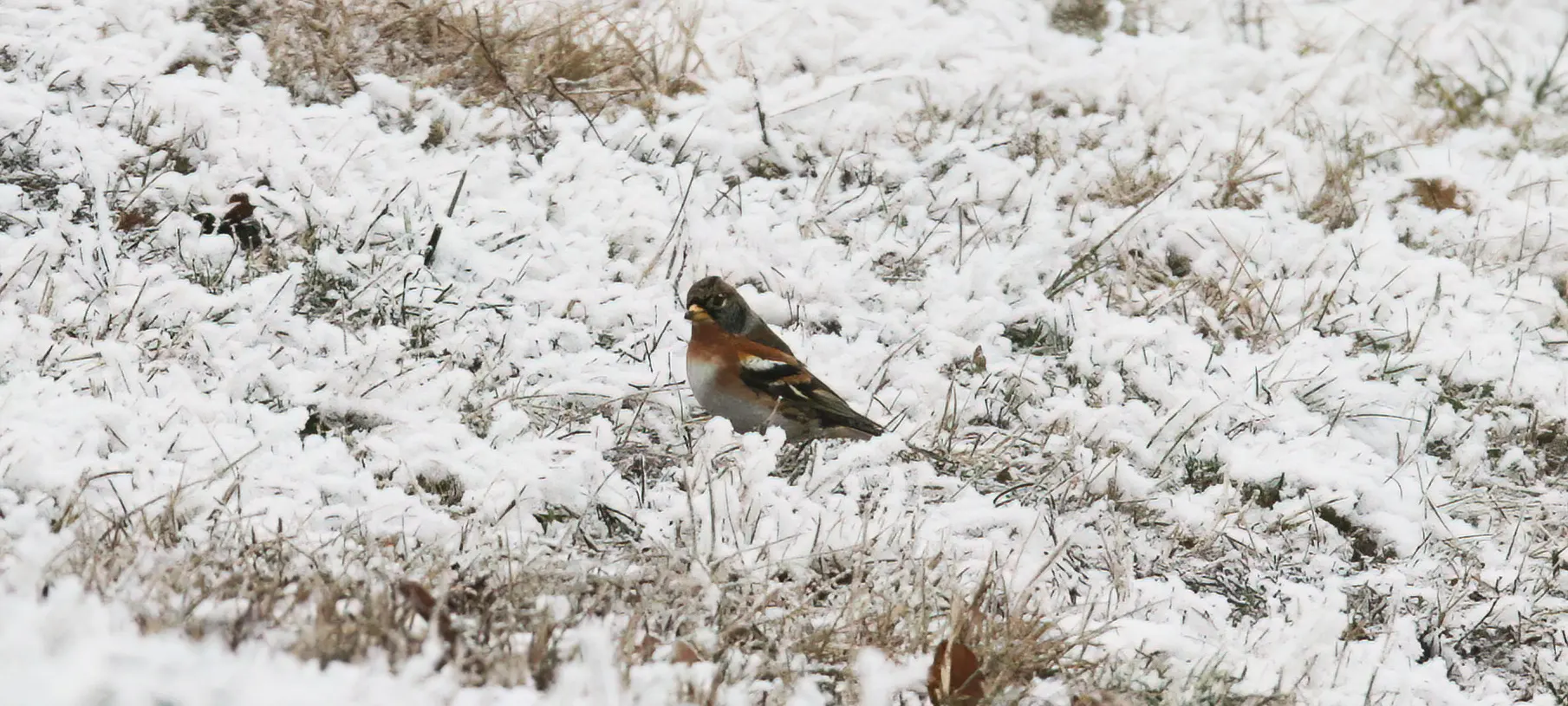
Fringilla montifringilla. -  Brambling
Brambling  fenyőpinty
fenyőpinty
●
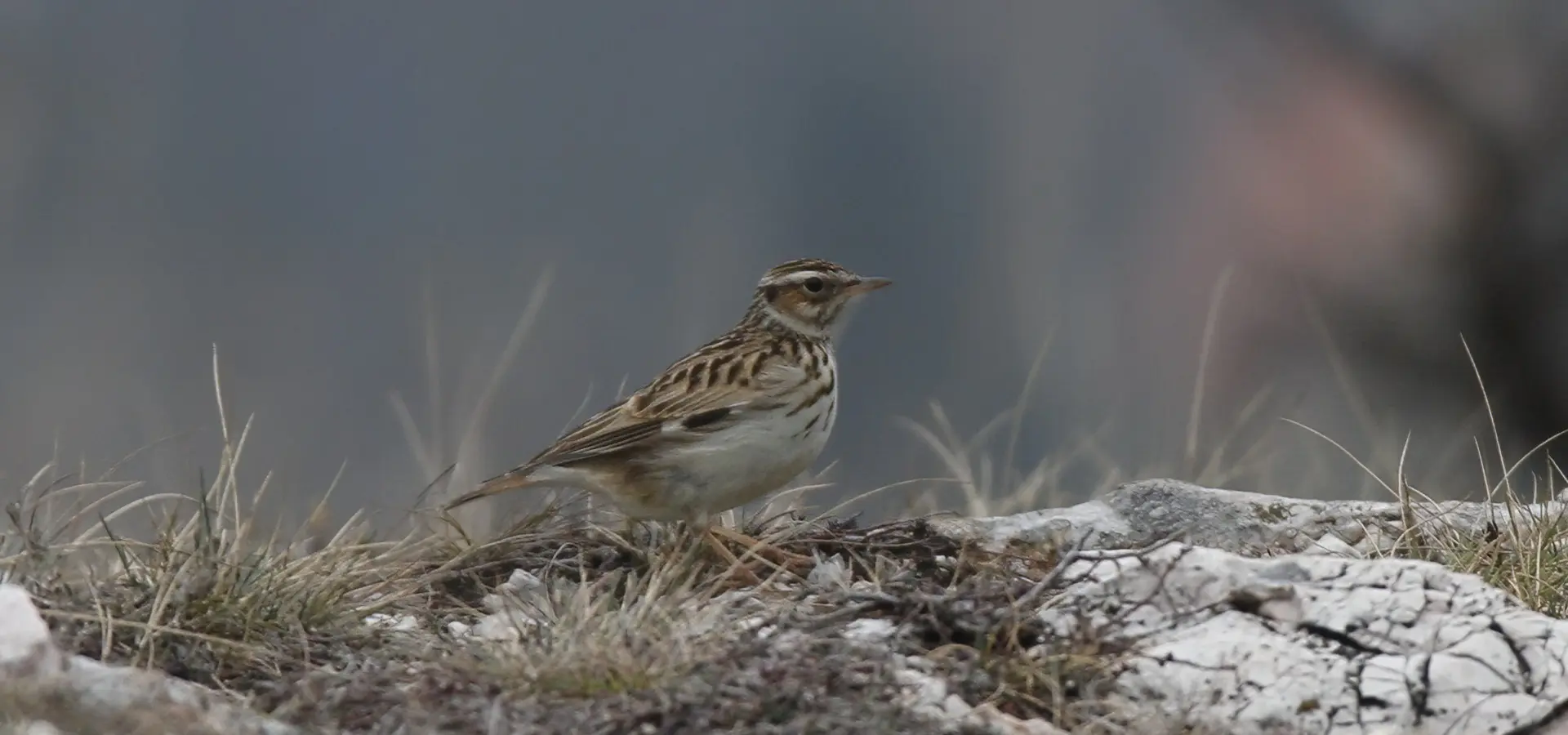
Lullula arborea arborea -  Wood Lark
Wood Lark  erdei pacsirta
erdei pacsirta
●
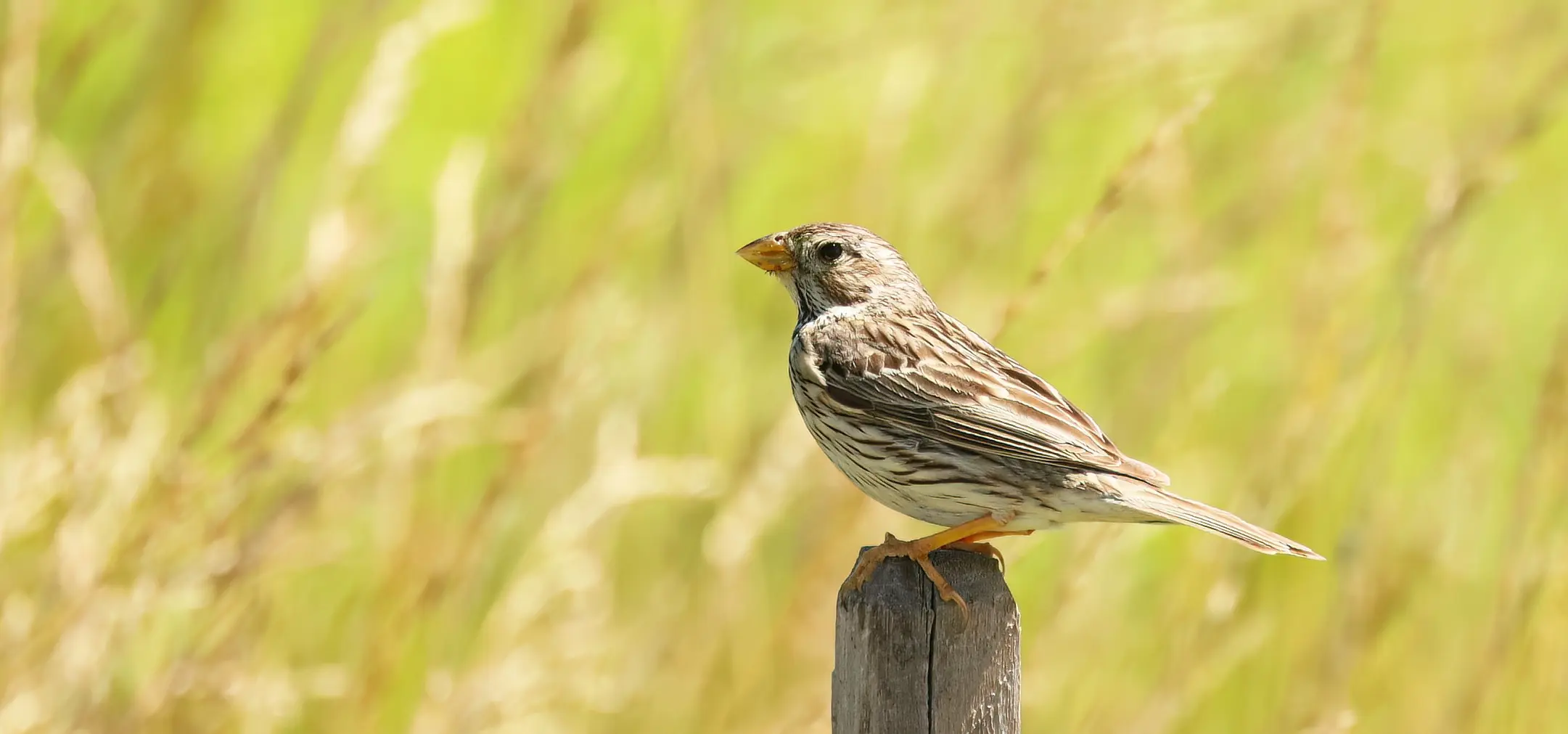
Emberiza calandra calandra -  Corn Bunting
Corn Bunting  sordély
sordély
●
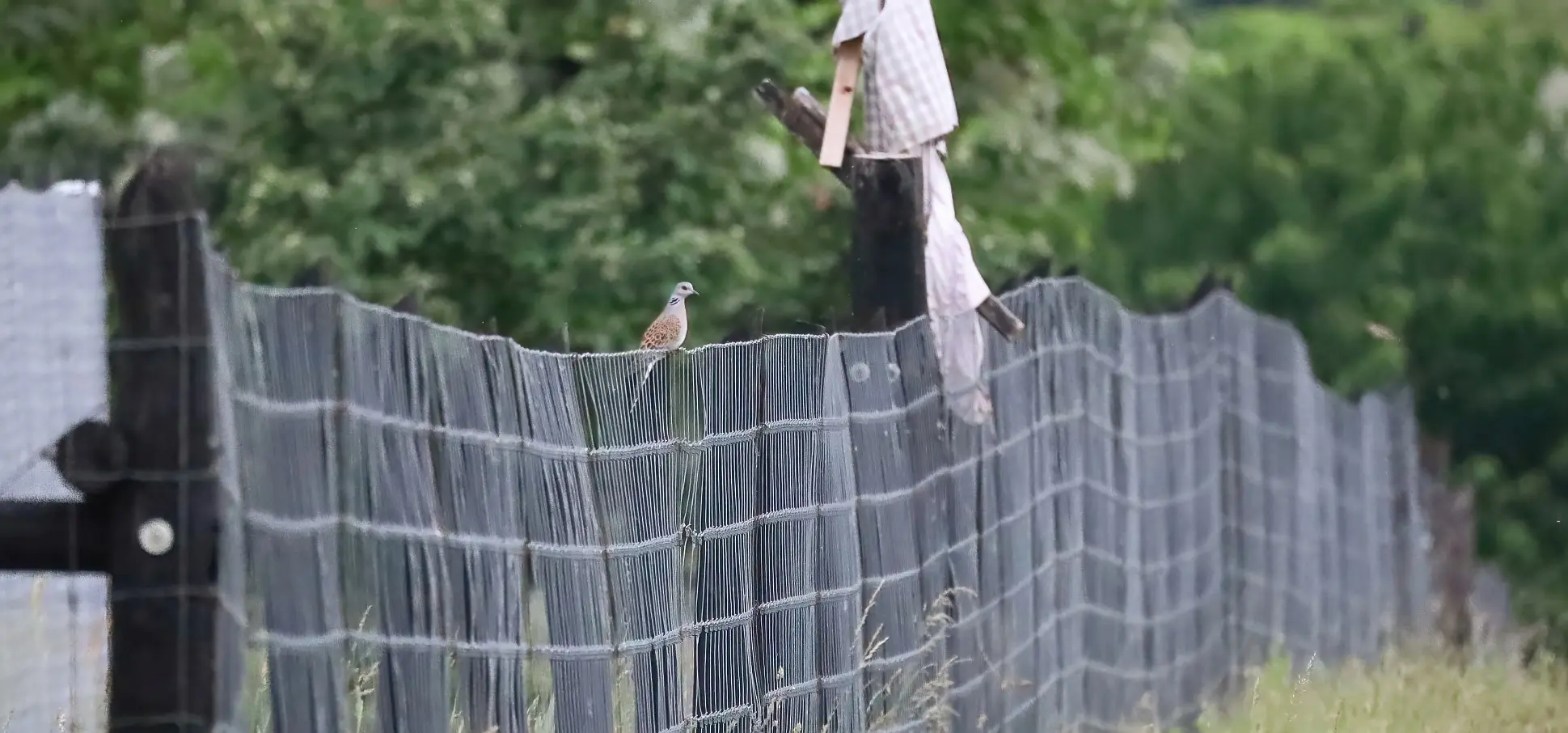
Streptopelia turtur turtur -  Eurasian Turtle Dove
Eurasian Turtle Dove  vadgerle
vadgerle
●
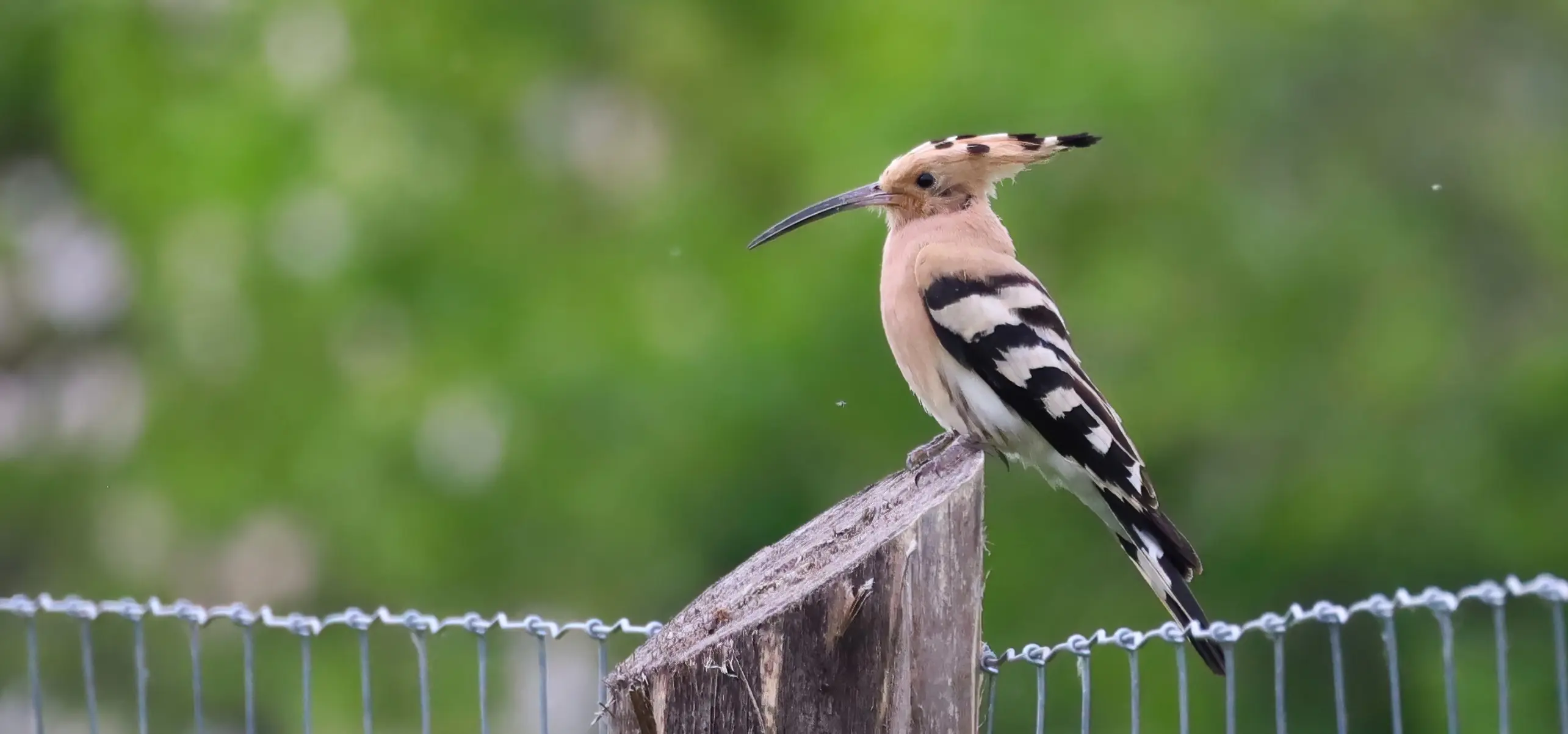
Upupa epops epops -  Hoopoe
Hoopoe  búbosbanka
búbosbanka
●
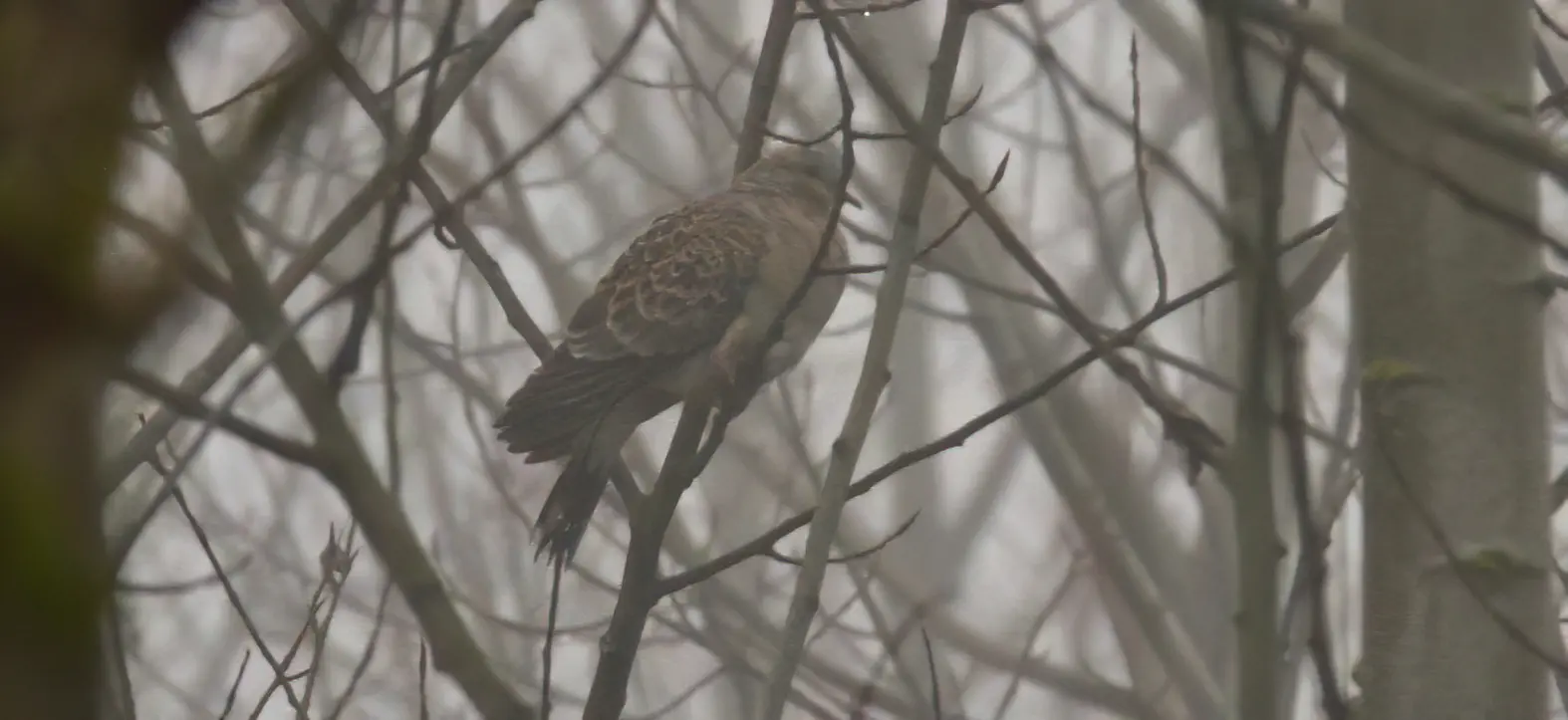
Streptopelia orientalis orientalis -  Oriental Turtle Dove
Oriental Turtle Dove  keleti gerle
keleti gerle
● Very rare vagrant from Eastern Asia.
● Being a gregarious bird, it most often finds its safety in flocks of common local doves (S. decaocto).
● The Hungarian Committee of Rare Birds did not accept one of the 4 records of this species in the country, as the committee considered it probable that it could not have entered the country naturally, but rather it could have been an escapee from pigeon breeders.
● It strongly resembles to, but it also differs from European Turtle Dove (S. turtur turtur) in some field markers: Oriental Turtle Dove is bulky and larger in size and darker in overall plumage color (ETD is slender and light), no bare skin around eyes (ETD has), wider wings in flight, more scaly and more rusty wing pattern, nape is reddish (grey in ETD), breast is deeper vinous-purple. ETD prefers to stay in open areas in low number flocks or in pairs, OTD seeks woods in larger flocks. So far, all OTD-s have been found in Hungary in winter, ETD is stricty migratory (May-Sept).

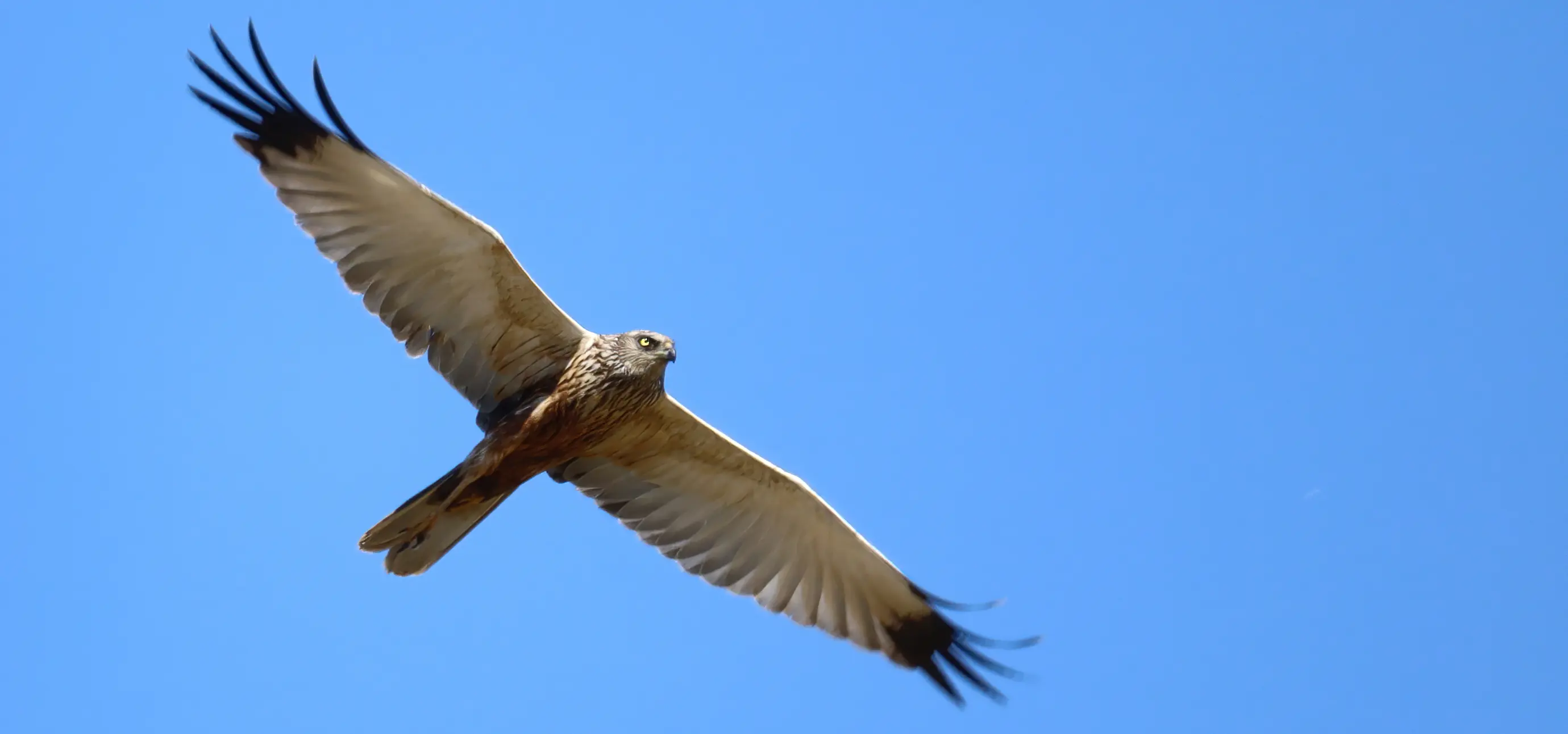
Circus aeruginosa aeruginosa -  Western Marsh Harrier
Western Marsh Harrier  barna rétihéja
barna rétihéja
● kiskép tükör
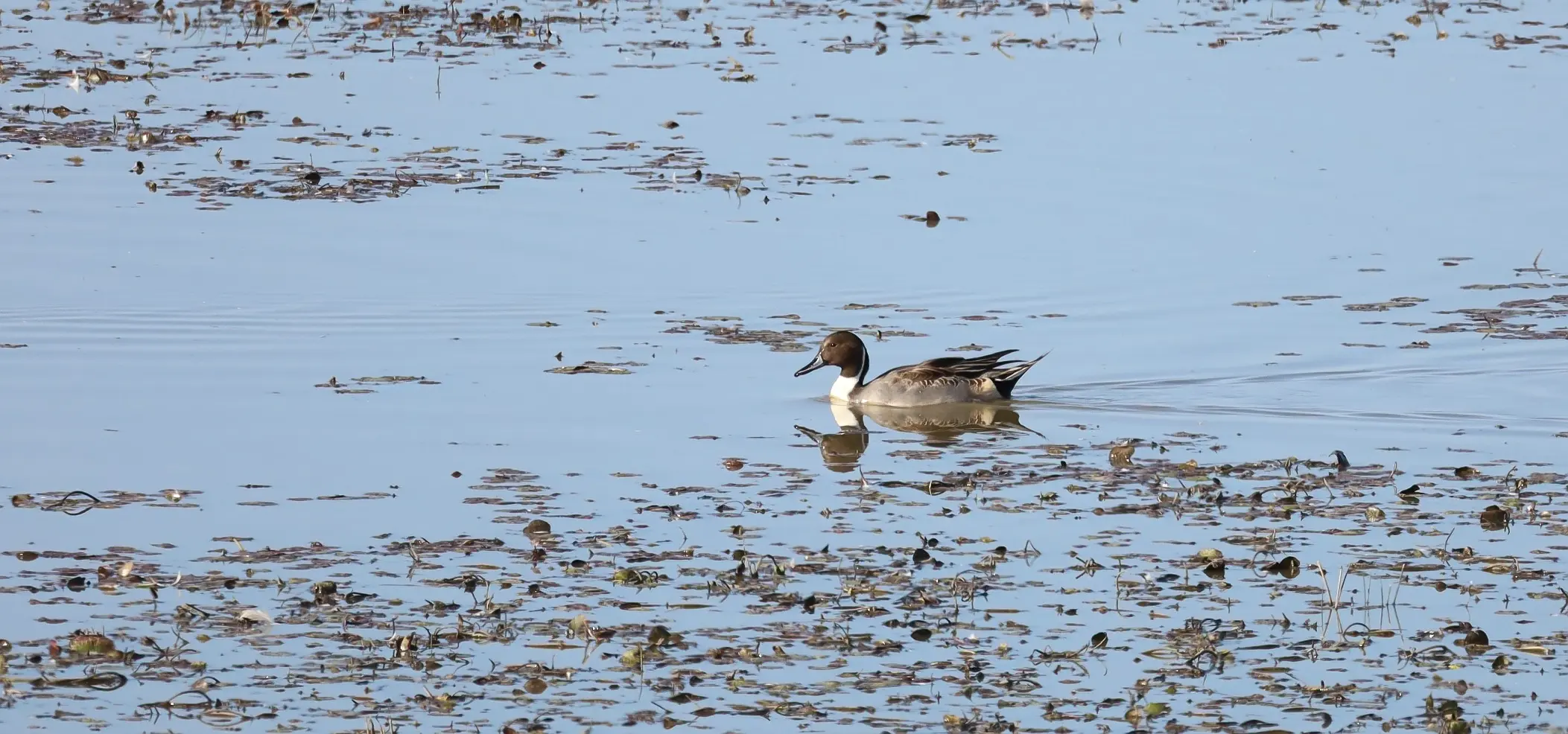
Anas acuta acuta -  Northern Pintail
Northern Pintail  nyílfarkú réce
nyílfarkú réce
●
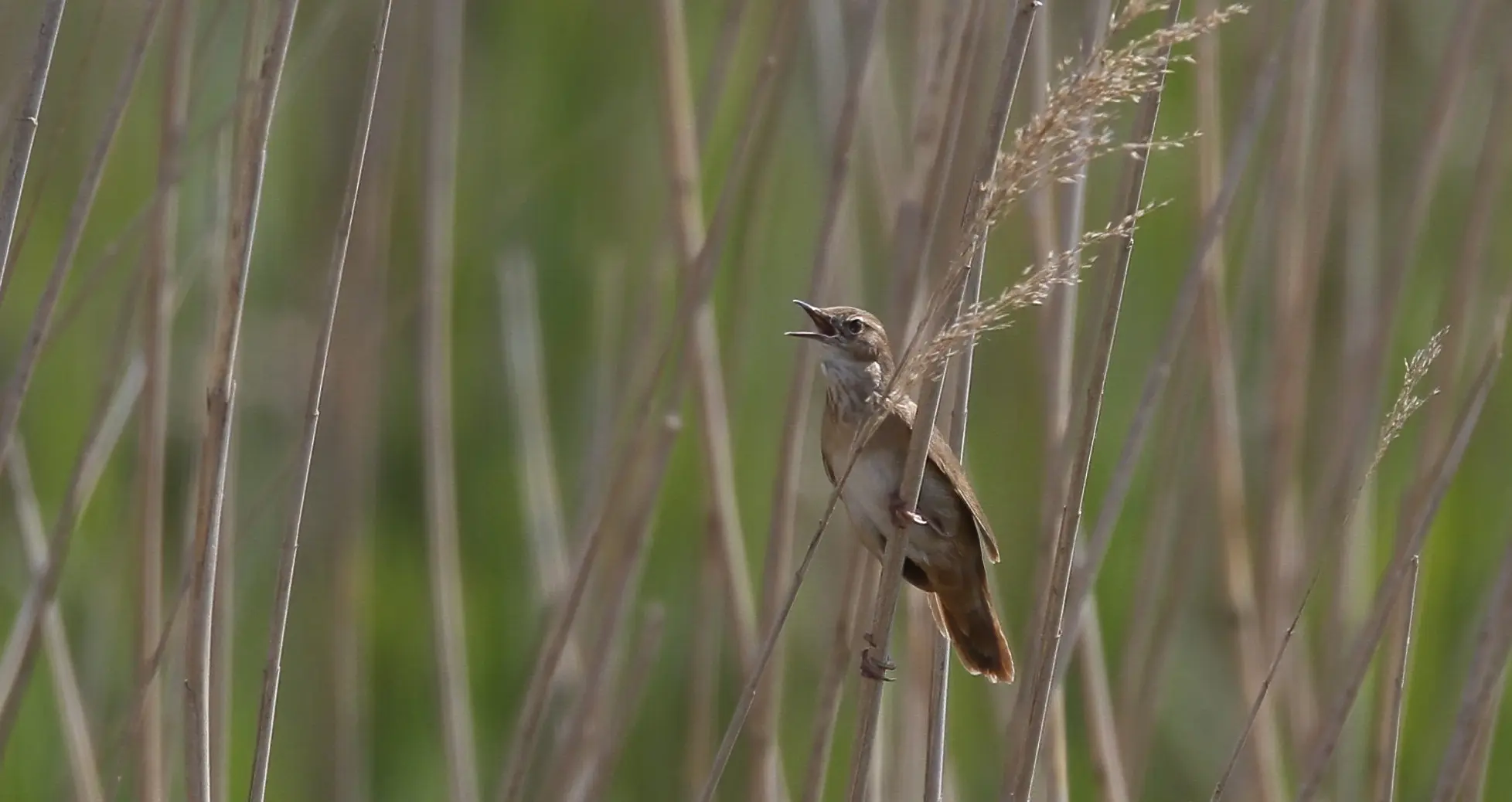
Locustella fluviatilis. -  River Warbler
River Warbler  berki tücsökmadár
berki tücsökmadár
●
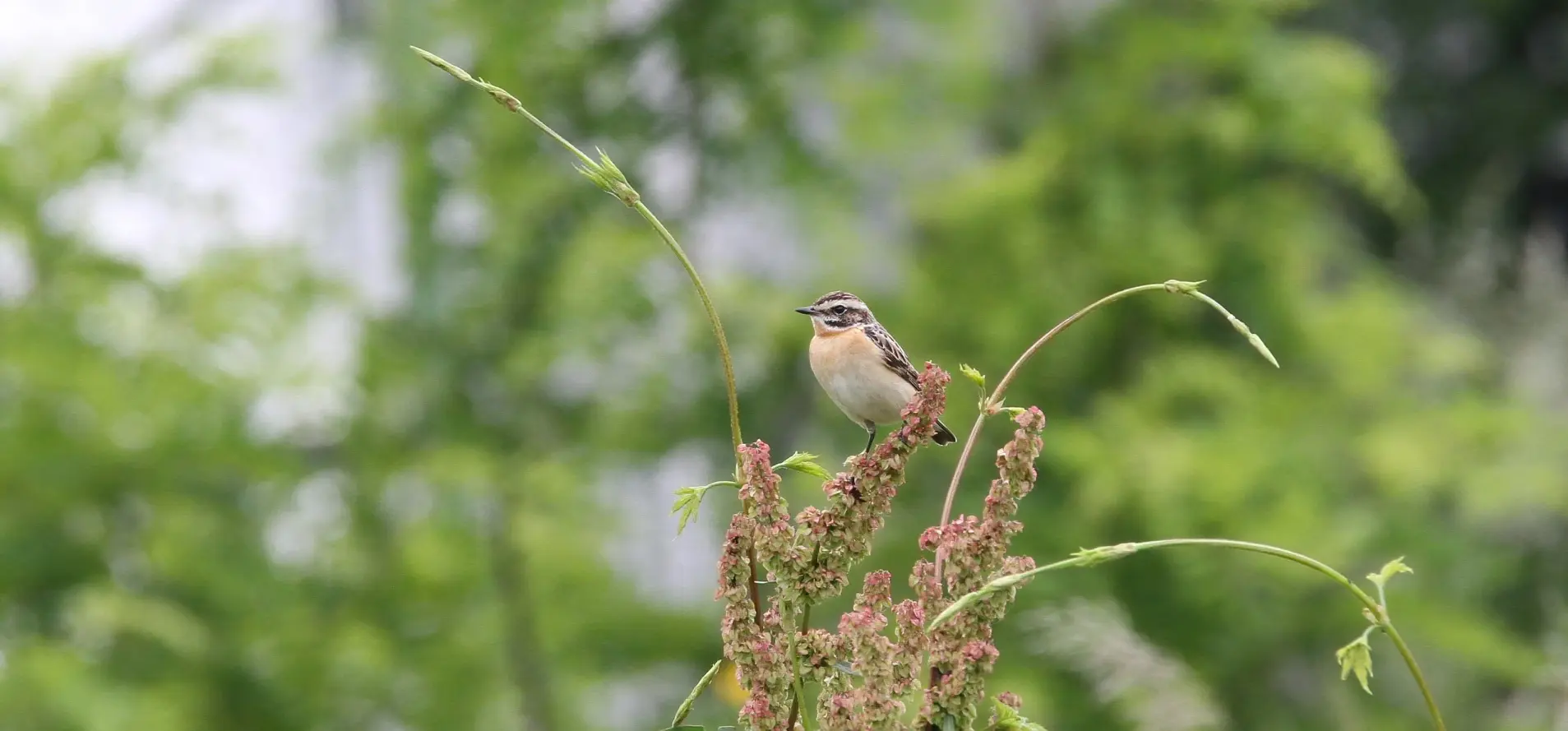
Saxicola rubetra. -  Whinchat
Whinchat  rozsdás csuk
rozsdás csuk
●
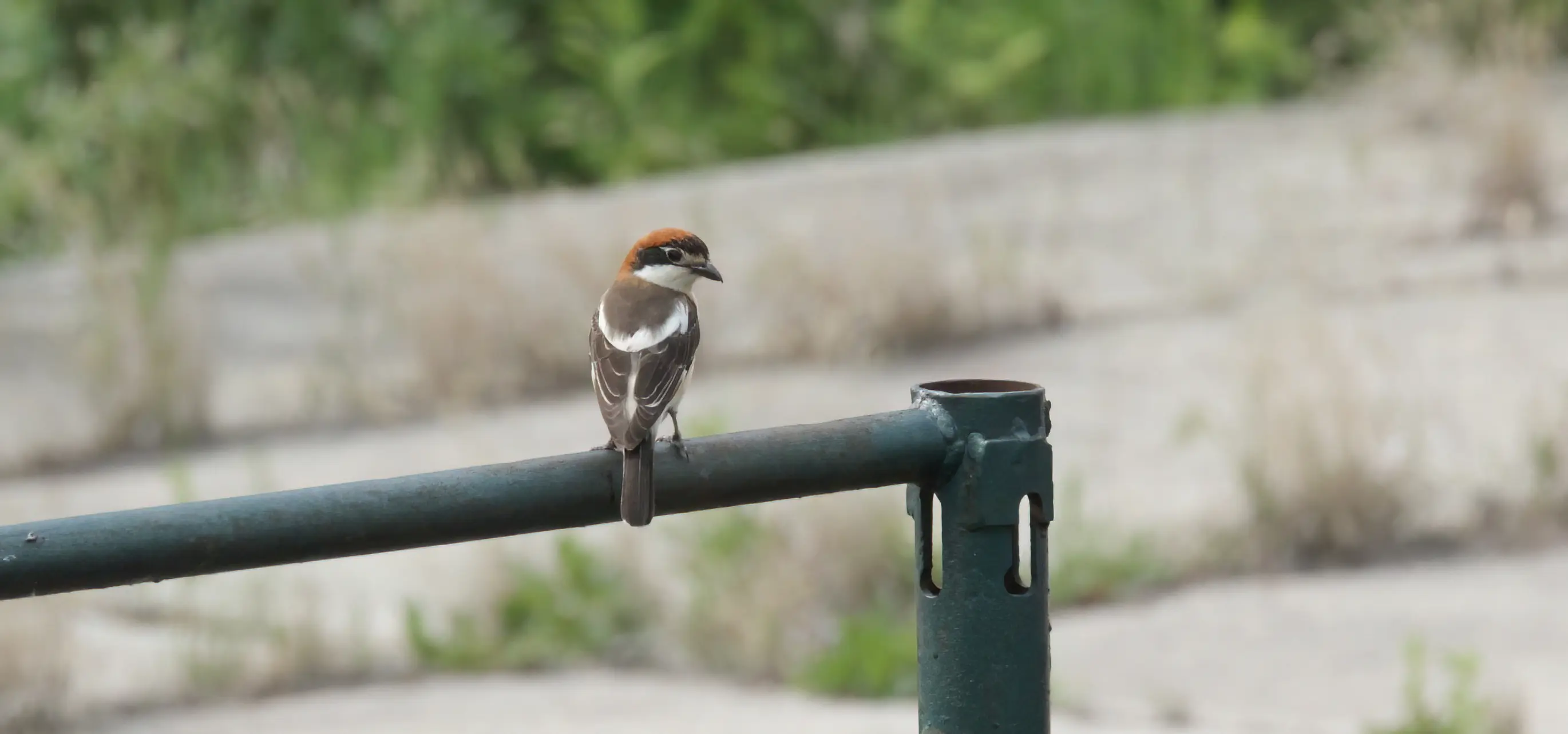
Lanius senator senator -  Woodchat Shrike
Woodchat Shrike  vörösfejű gébics
vörösfejű gébics
● A rare passage vagrant in our summer season, we have 1-2 observations almost annually.
● According to Wikipedia, the migrating birds often overshoots their goals and find themselves over their Mediterranean breeding ground.
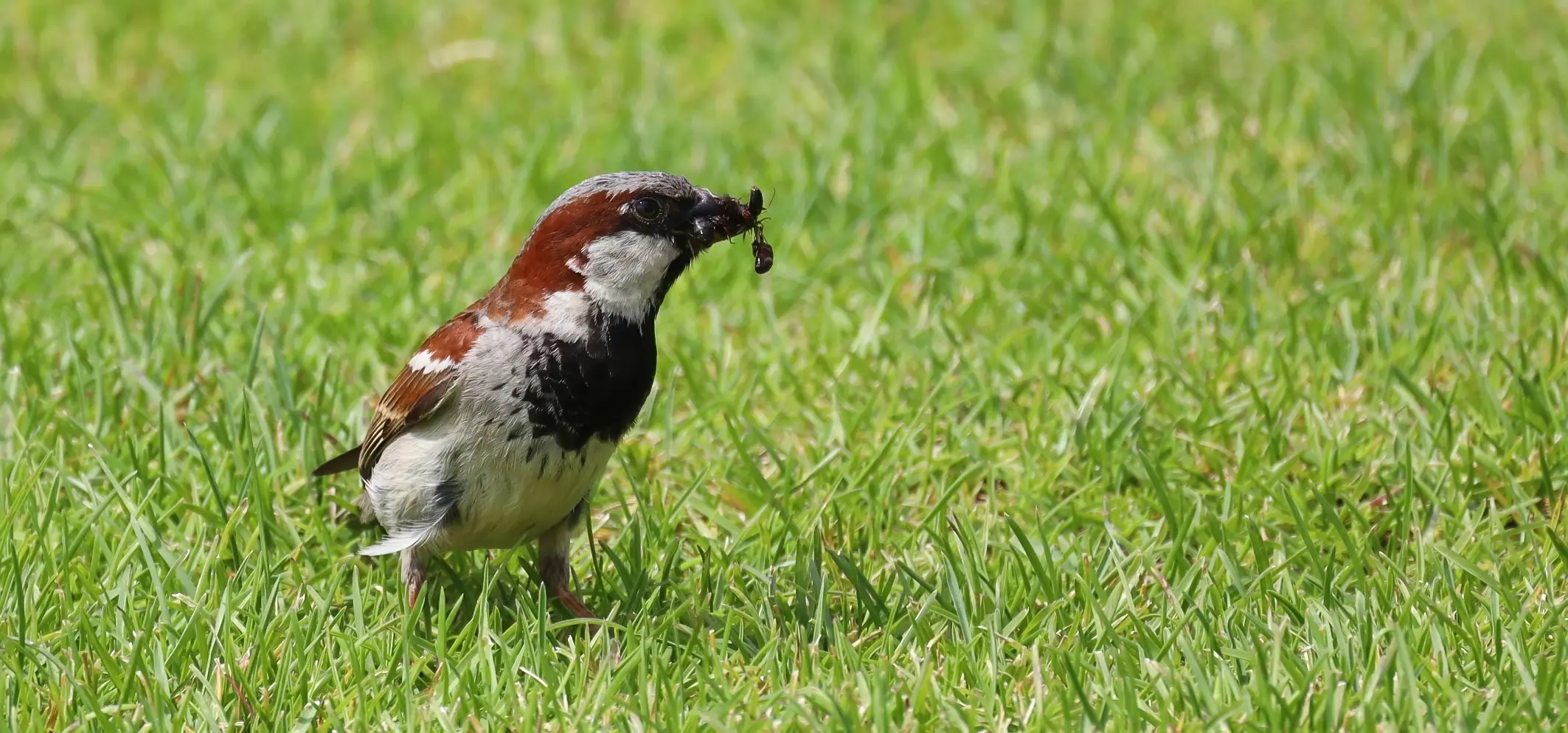
Passer domesticus domesticus -  House Sparrow
House Sparrow  házi veréb
házi veréb
●
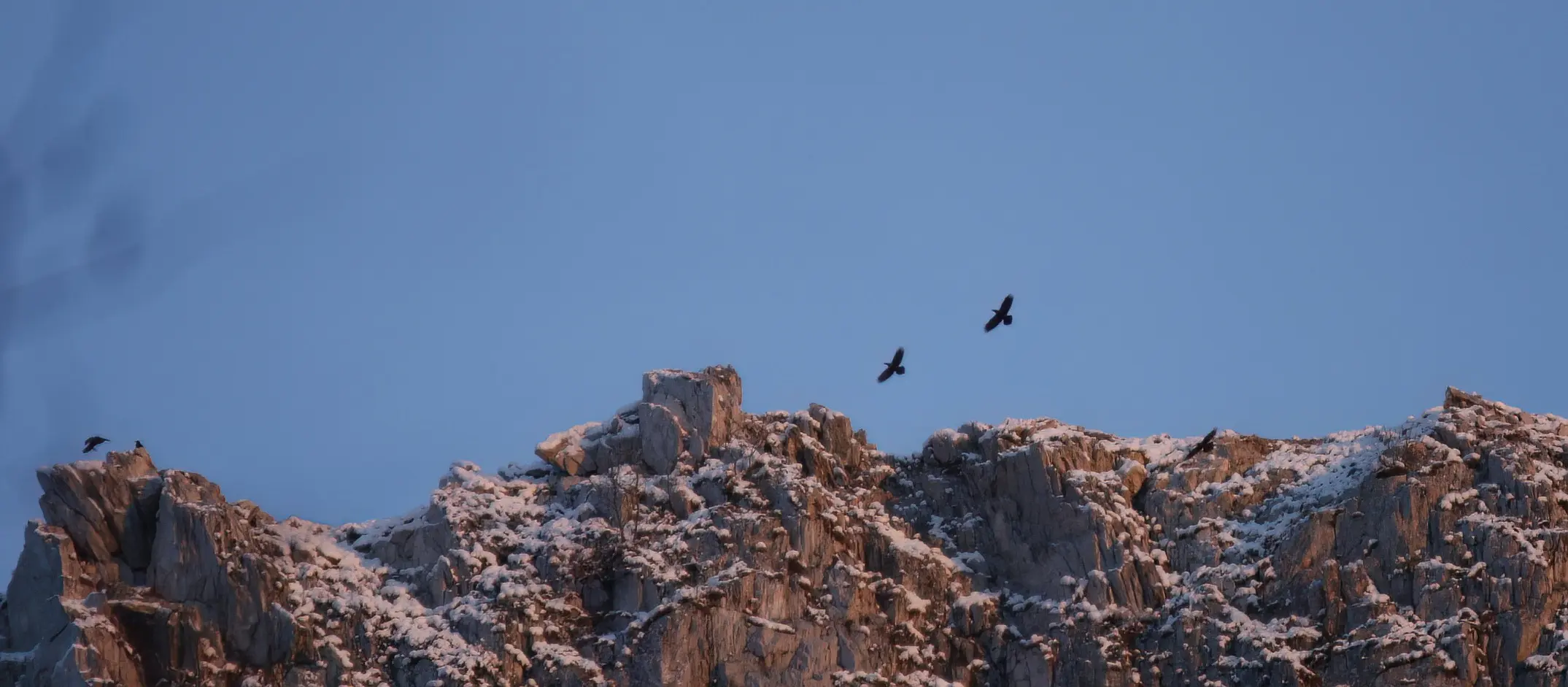

Corvus corax corax -  Common Raven
Common Raven  holló
holló
●
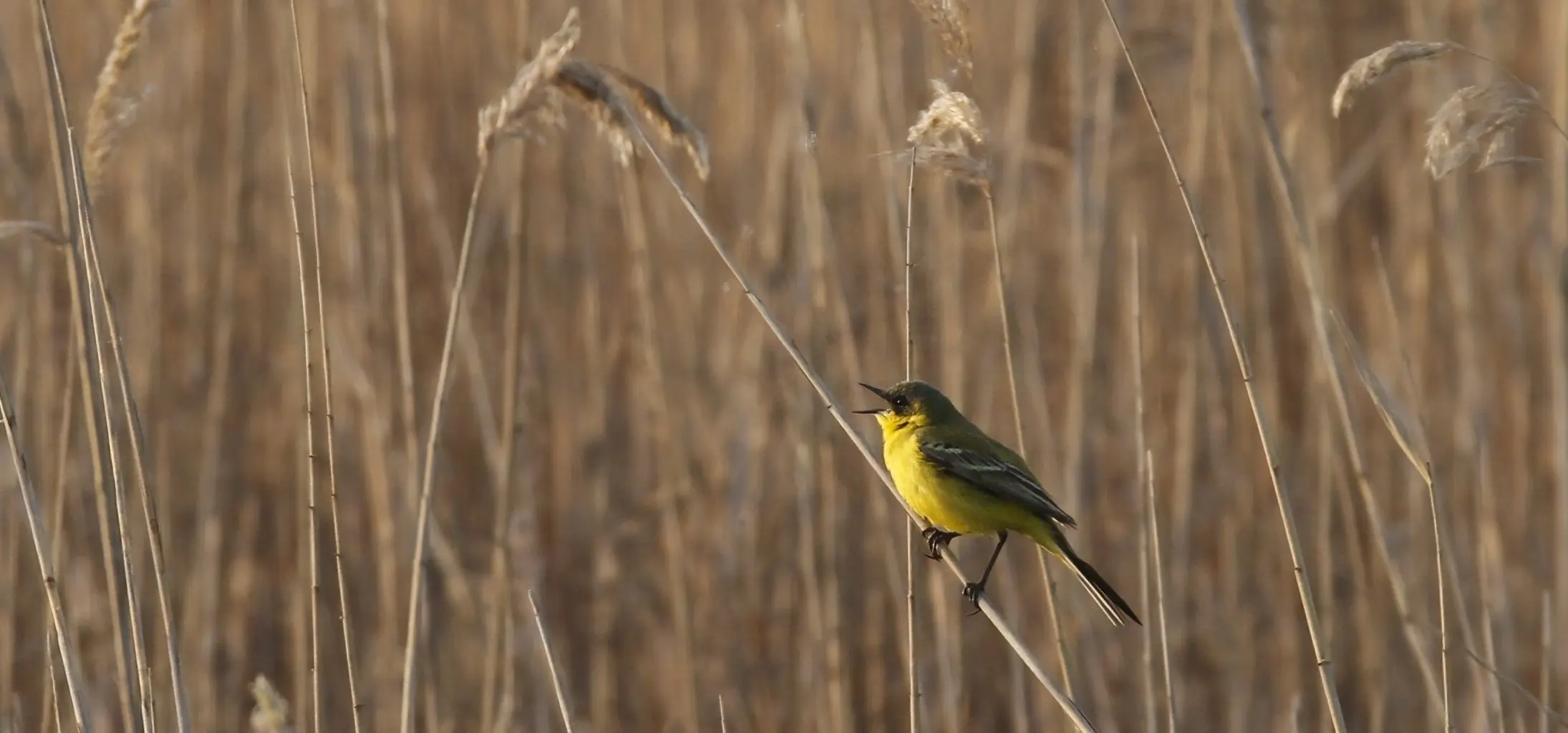

Motacilla flava thunbergi -  Grey.headed Wagtail
Grey.headed Wagtail  északi billegető
északi billegető
● hortobágyos kép nem jobb? 800m
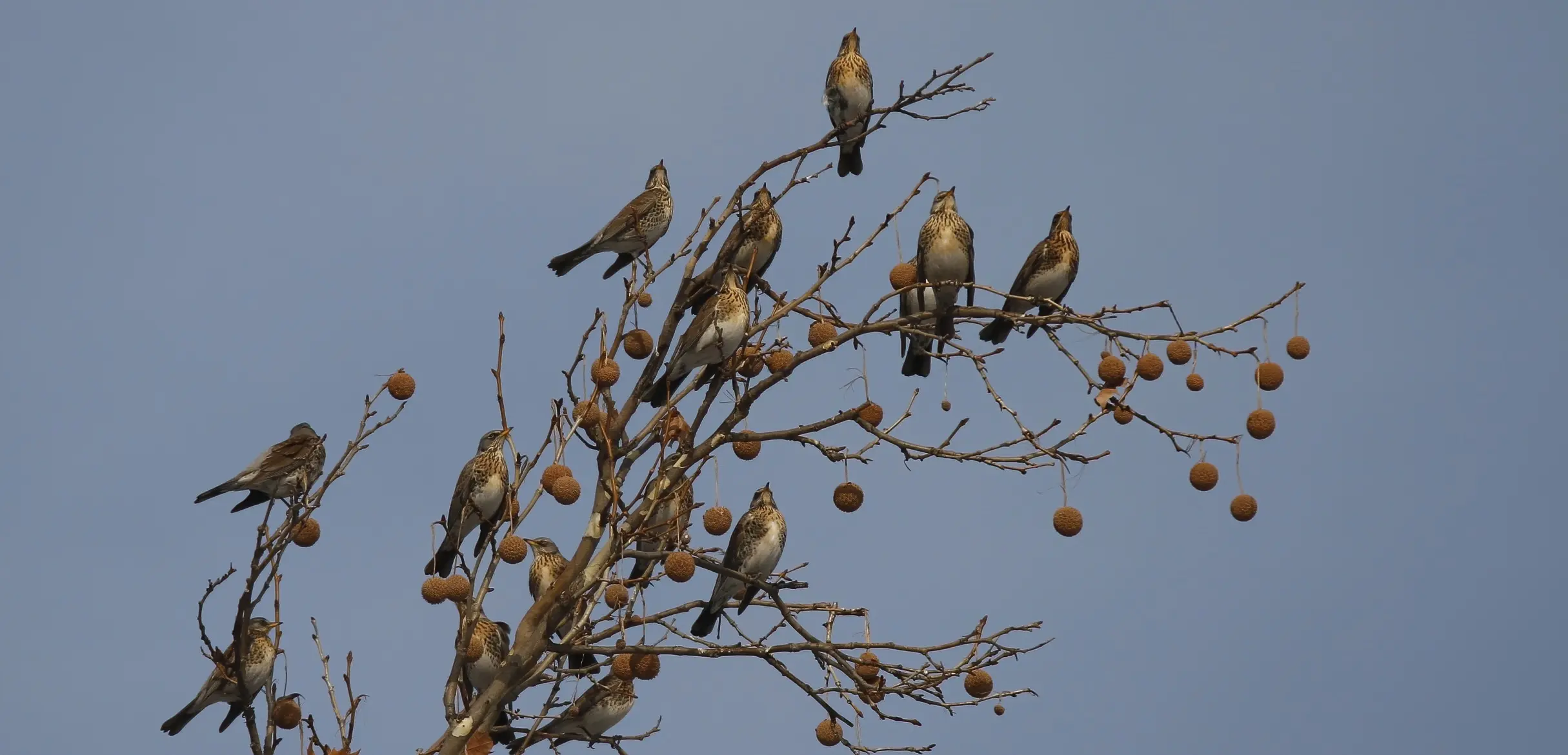

Turdus pilaris. -  Fieldfare
Fieldfare  fenyőrigó
fenyőrigó
●
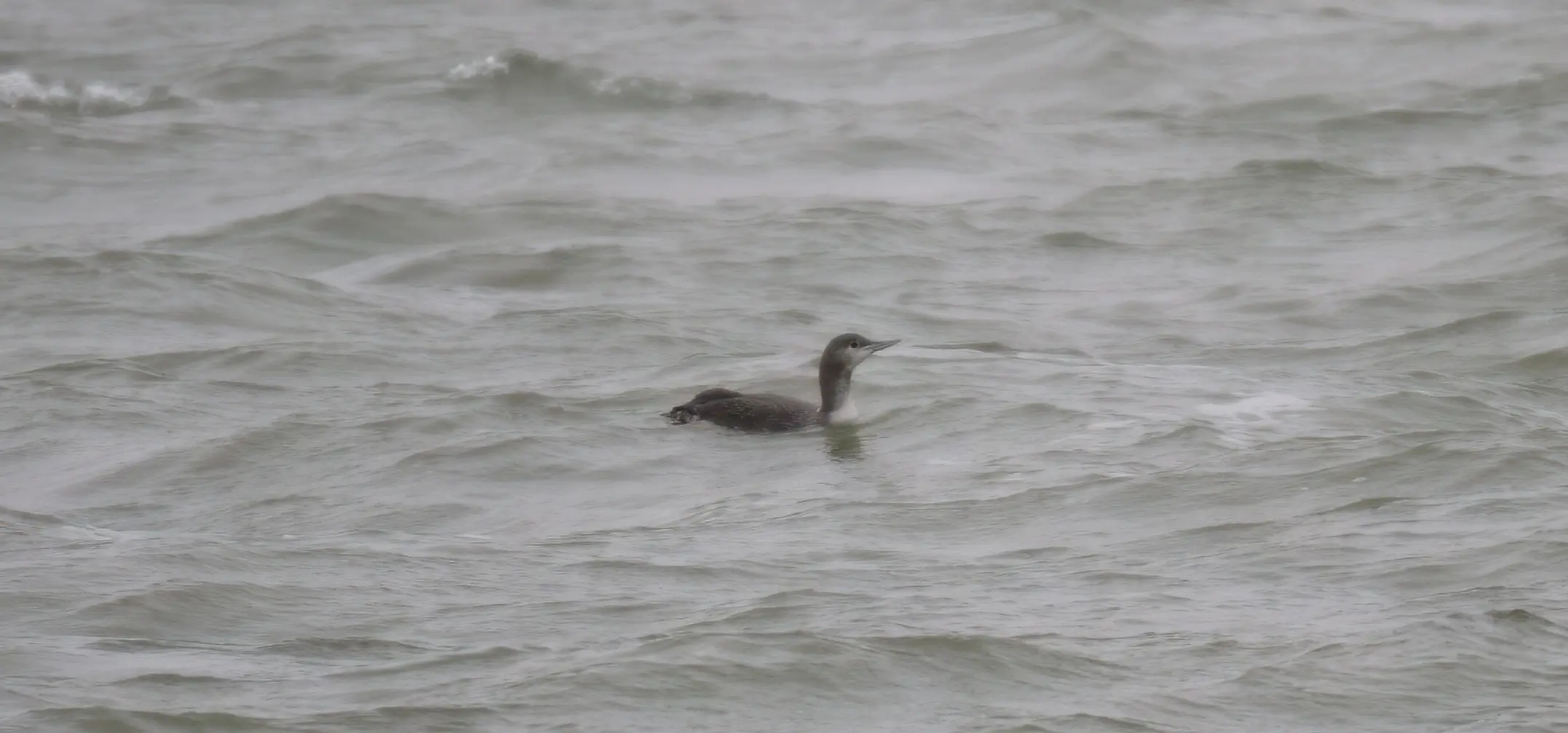
Gavia stellata. -  Red-throated Diver
Red-throated Diver  északi búvár
északi búvár
●
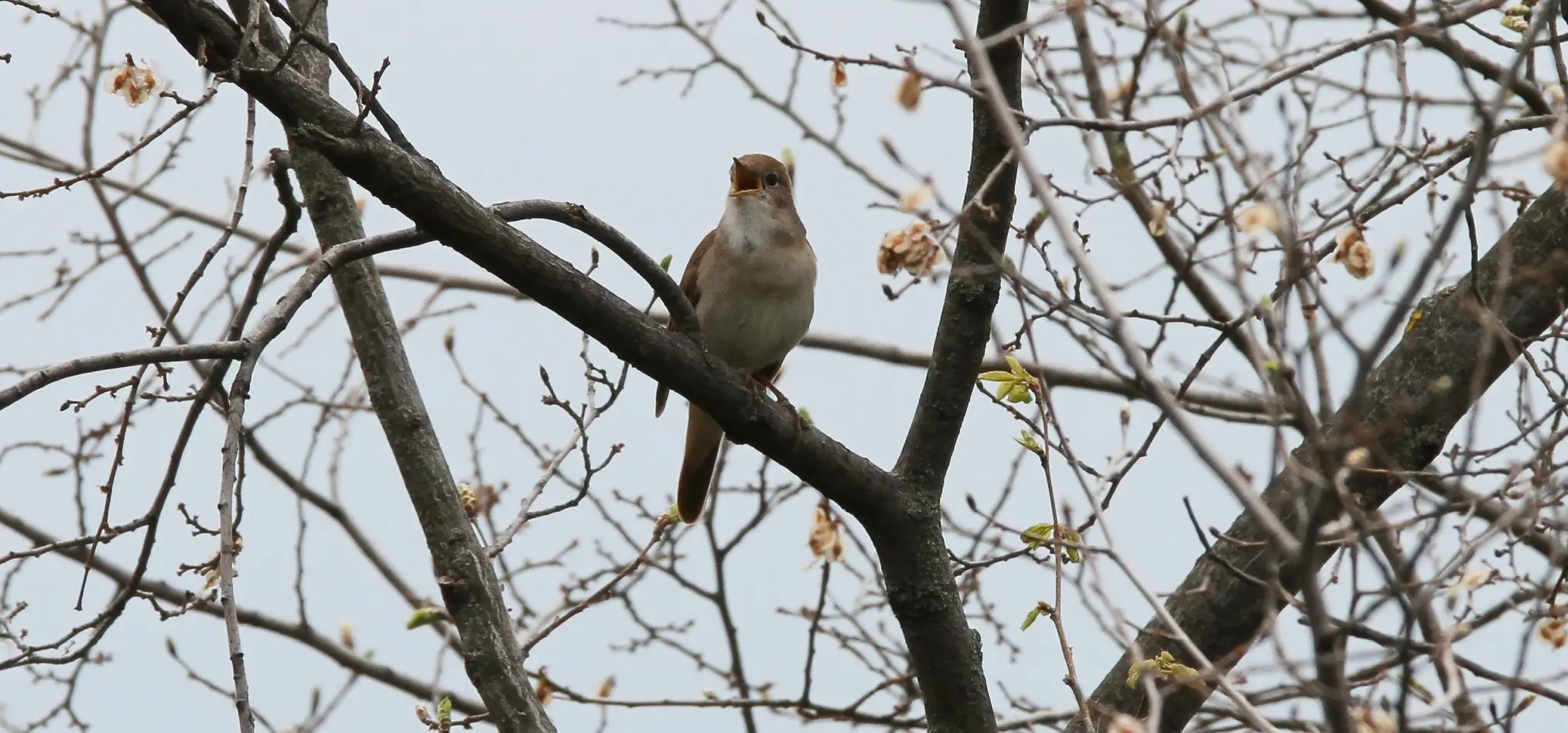

Luscinia megarhynchos megarhynchos -  Common Nightingale
Common Nightingale  fülemüle
fülemüle
●
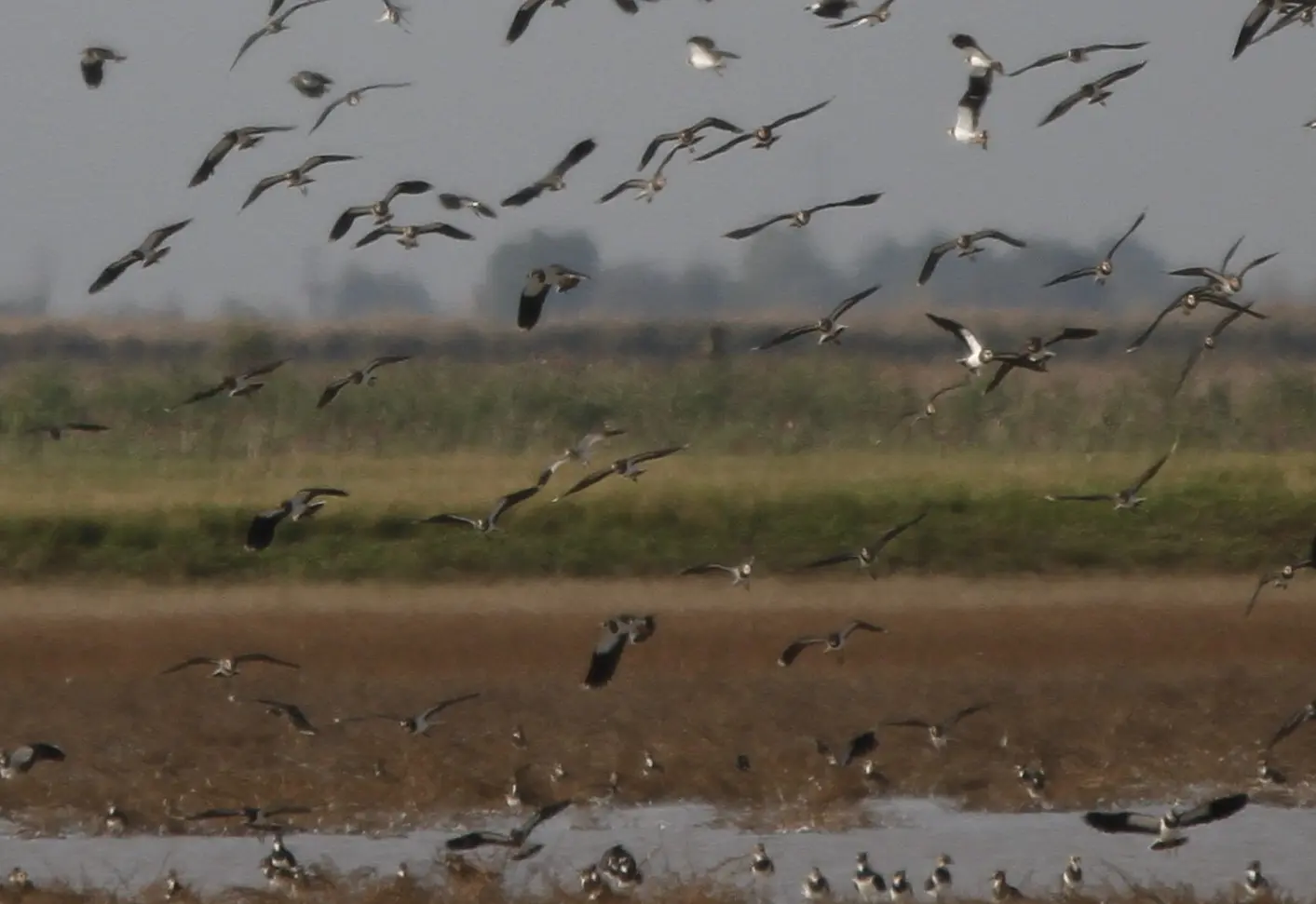
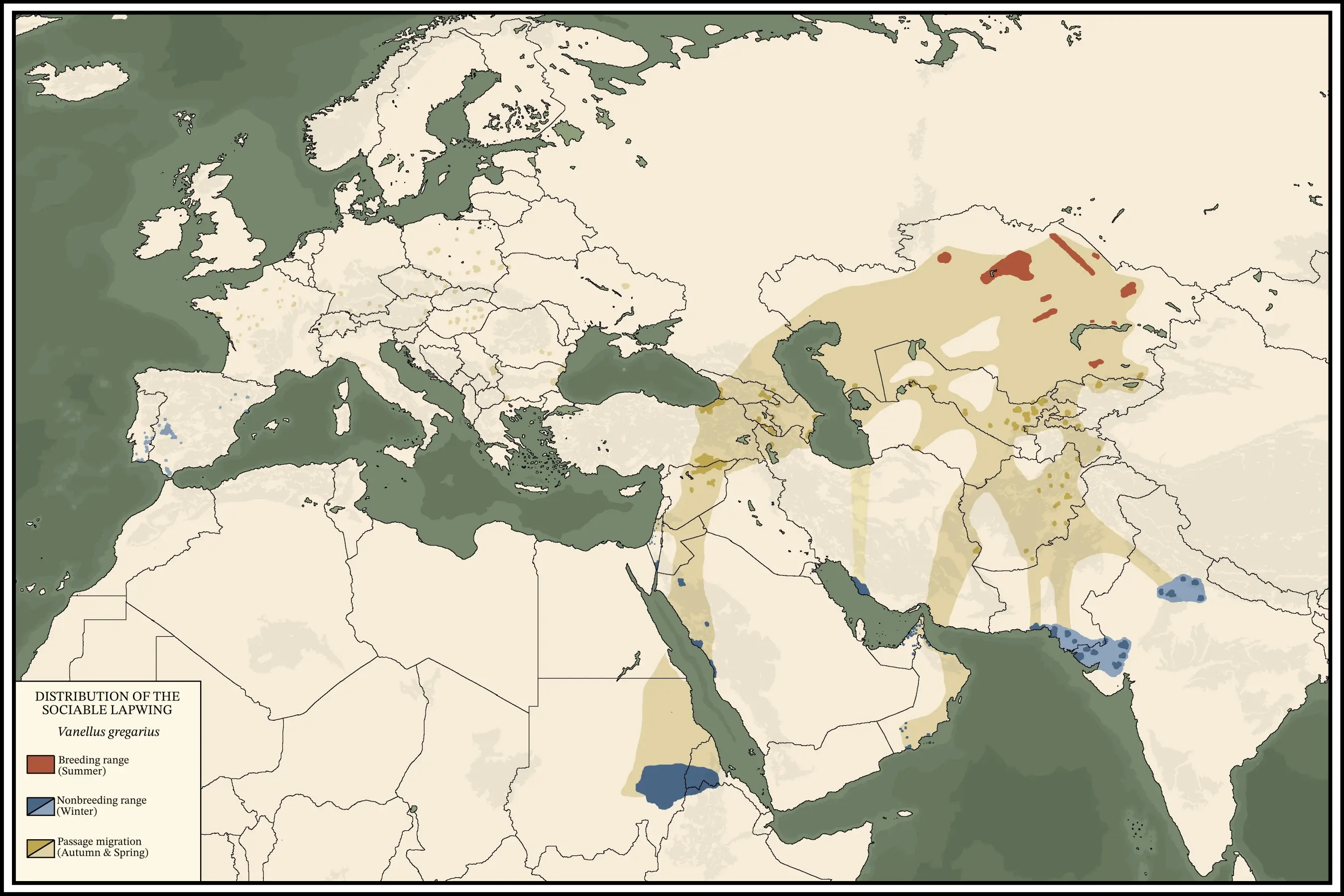
Vanellus gregarius. -  Sociable Lapwing
Sociable Lapwing  lilebíbic
lilebíbic
● Rare vagrant, but one or two birds spotted annually, especially in autumn.
● Mostly tries to blend into huge flocks of Northern Lapwings.
● Map is from Wikipedia.
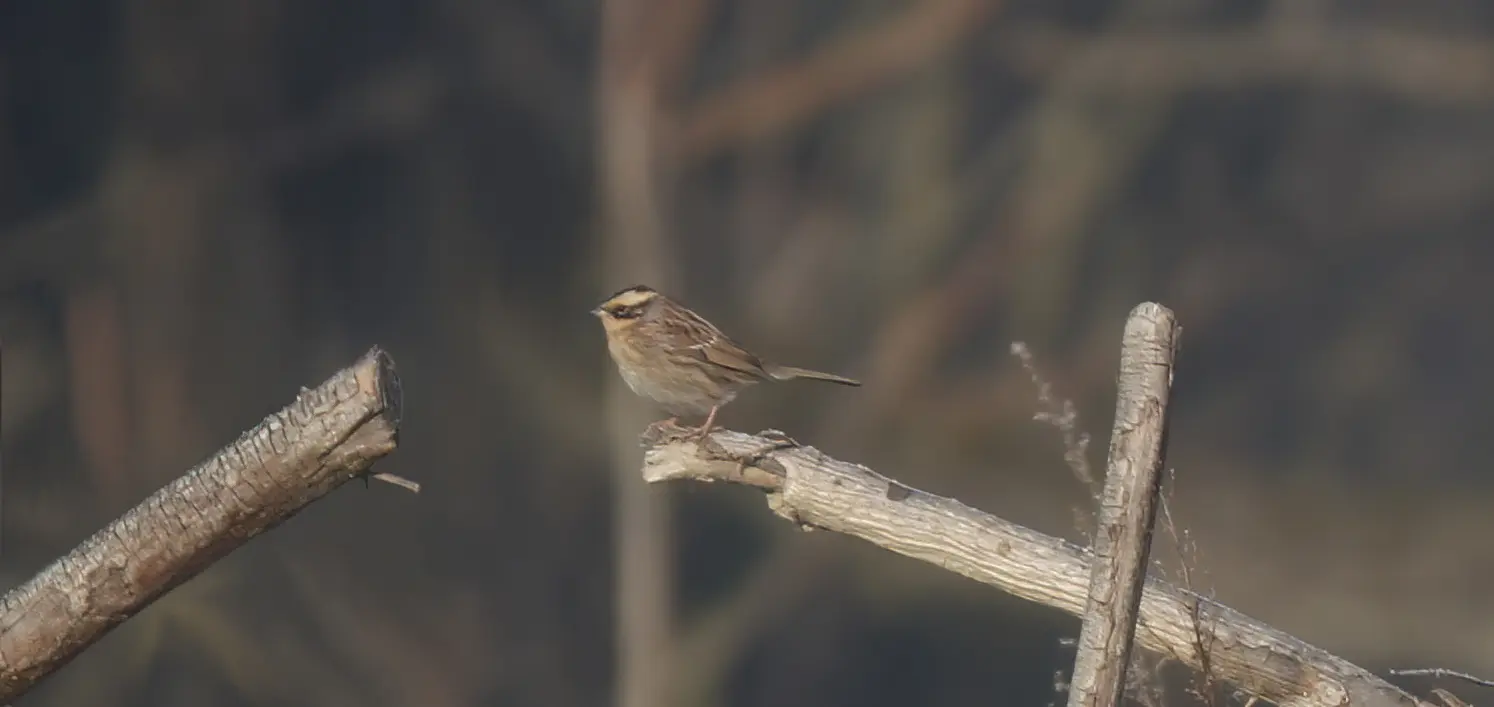
Prunella montanella montanella -  Siberian Accentor
Siberian Accentor  szibériai szürkebegy
szibériai szürkebegy
● The one and only known appearence of the species in Hungary (found by Lídia Molnár, Surány, 18th January 2017).
● Stayed at the site about 10 days, it was mainly looking for the company of Dunnocks.
● The site was a specific habitat: a labyrinth of upturned stumps, tangled roots and dry branches, created by people cutting down a floodplain forest on the bank of the Danube.
● This very nice East-Asian species had a large and sudden influx towards Europe in the period of October and November in 2016, resulting some unforeseen observations in such unexpected and very distant places such as Hungary or even Great-Britain. The direction of the migrating birds was from russia to Scandinavia, then they spread to other European countries. All in all 231 birds was observed in this event in Europe. Before the influx the species was a rare vagrant in Scandinavia. And today it is again.
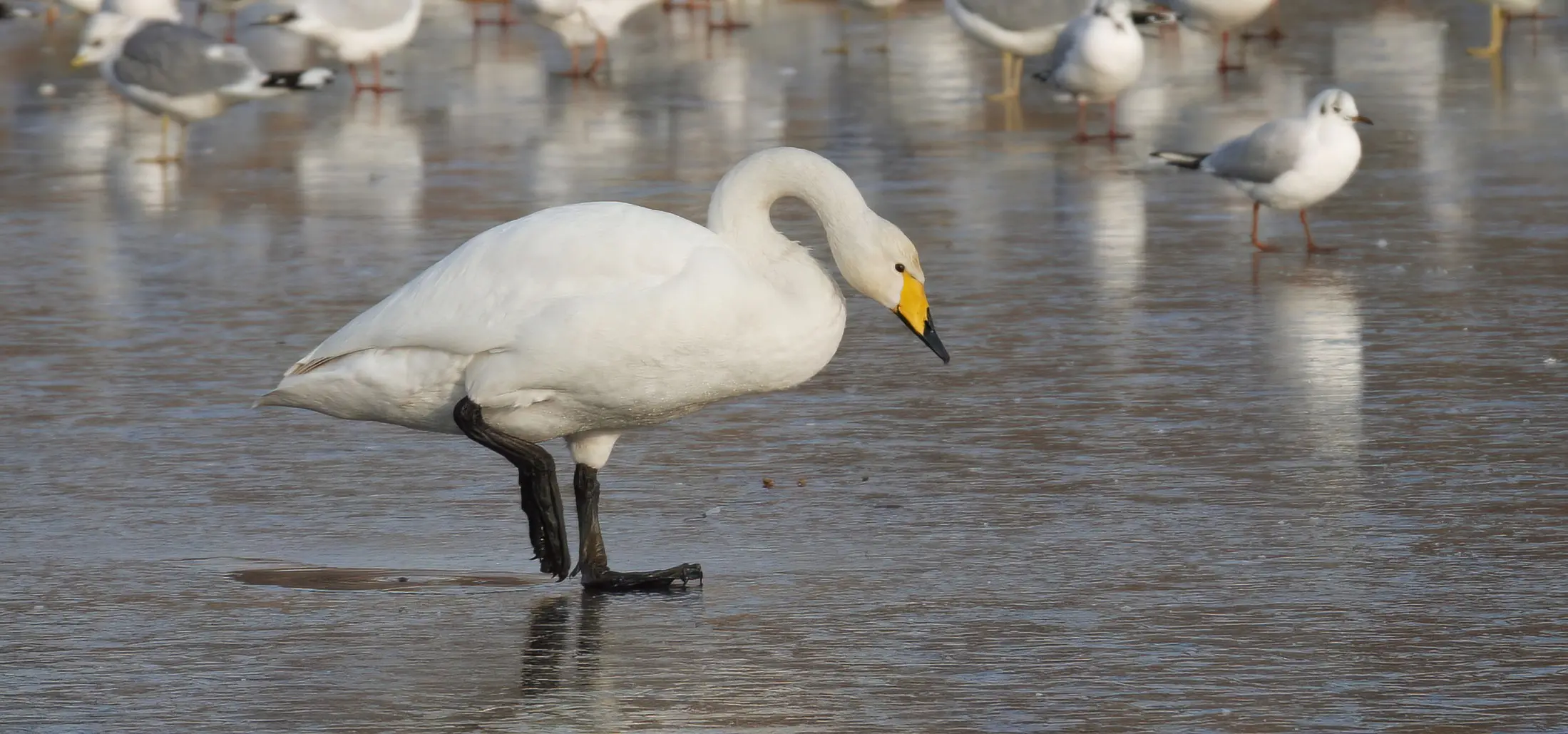
Cygnus cygnus. -  Whooper Swan
Whooper Swan  énekes hattyú
énekes hattyú
●
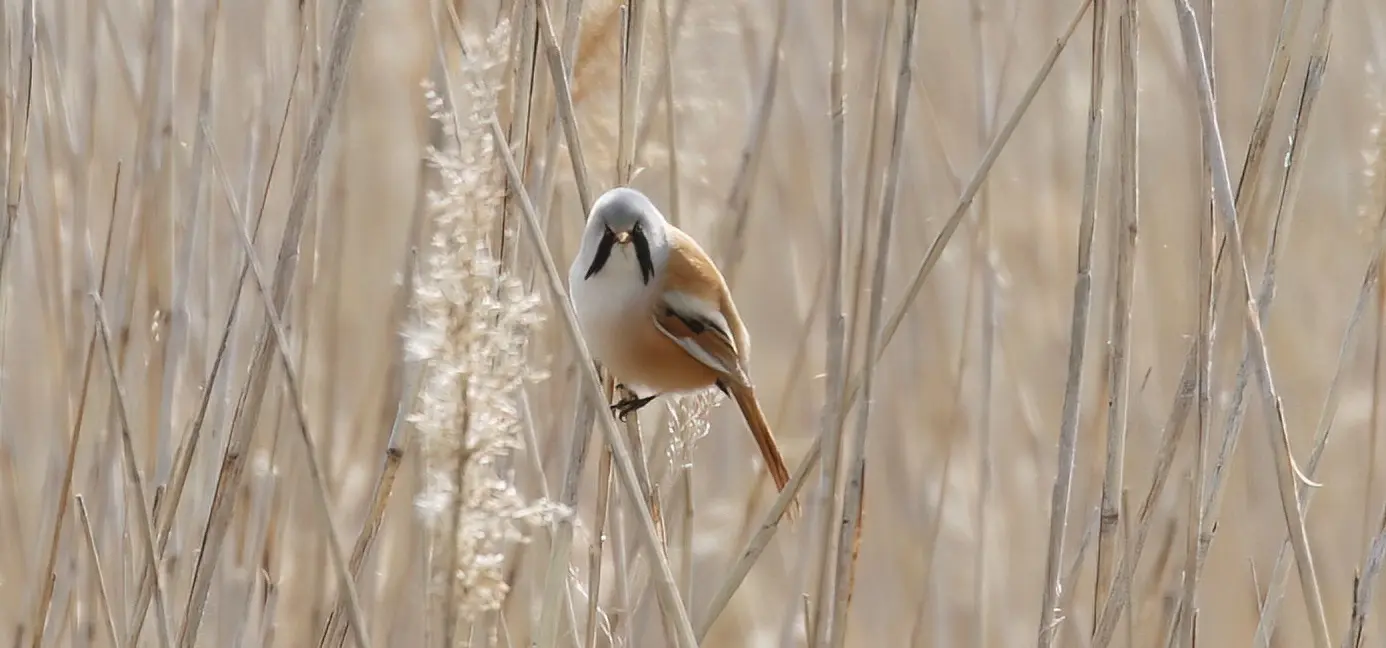
Panurus biarmicus biarmicus -  Bearded Reedling
Bearded Reedling  barkóscinege
barkóscinege
●
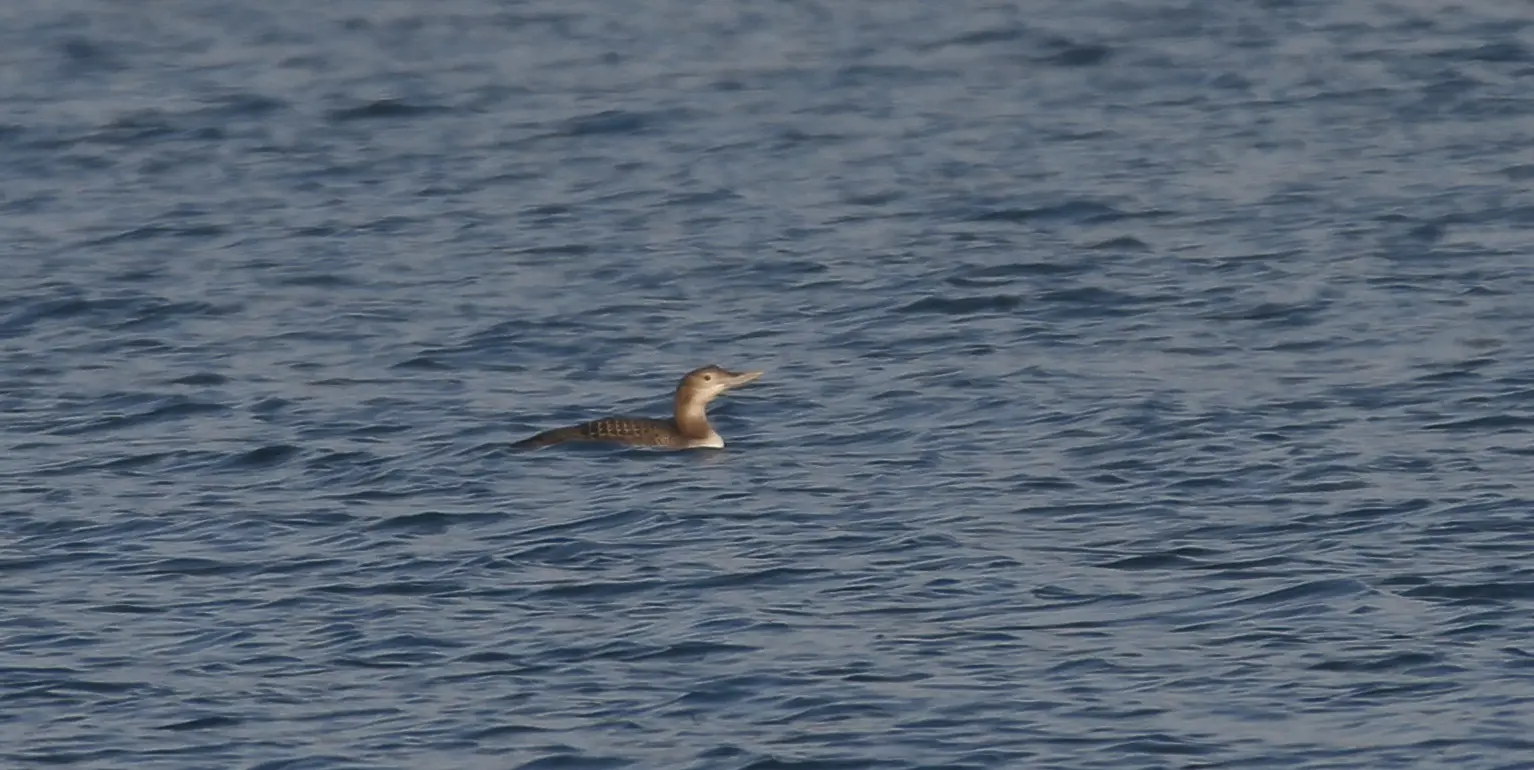
Gavia adamsii. -  Yellow-billed Diver
Yellow-billed Diver  fehércsőrű búvár
fehércsőrű búvár
●
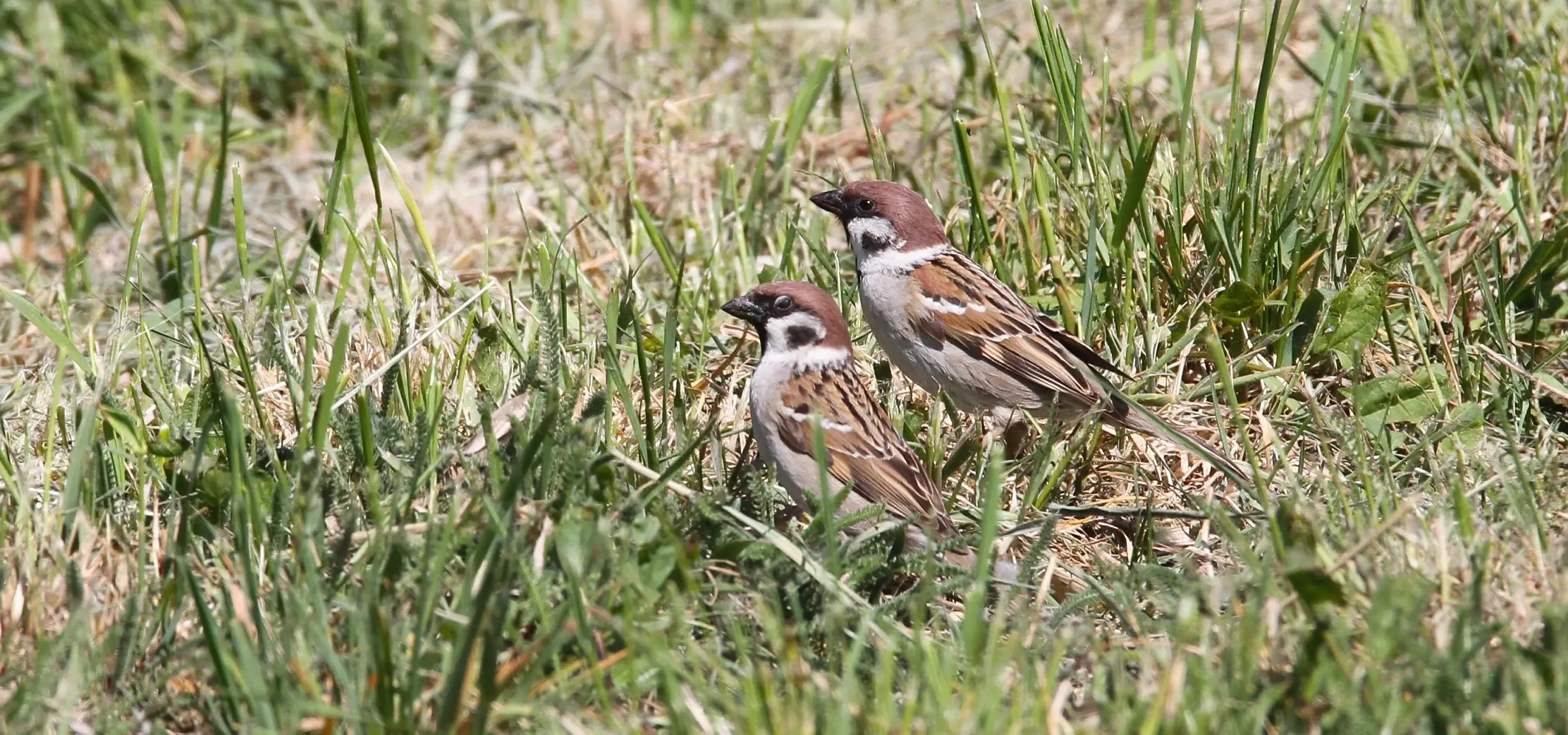
Passer montanus montanus -  Eurasian Tree Sparrow
Eurasian Tree Sparrow  mezei veréb
mezei veréb
●
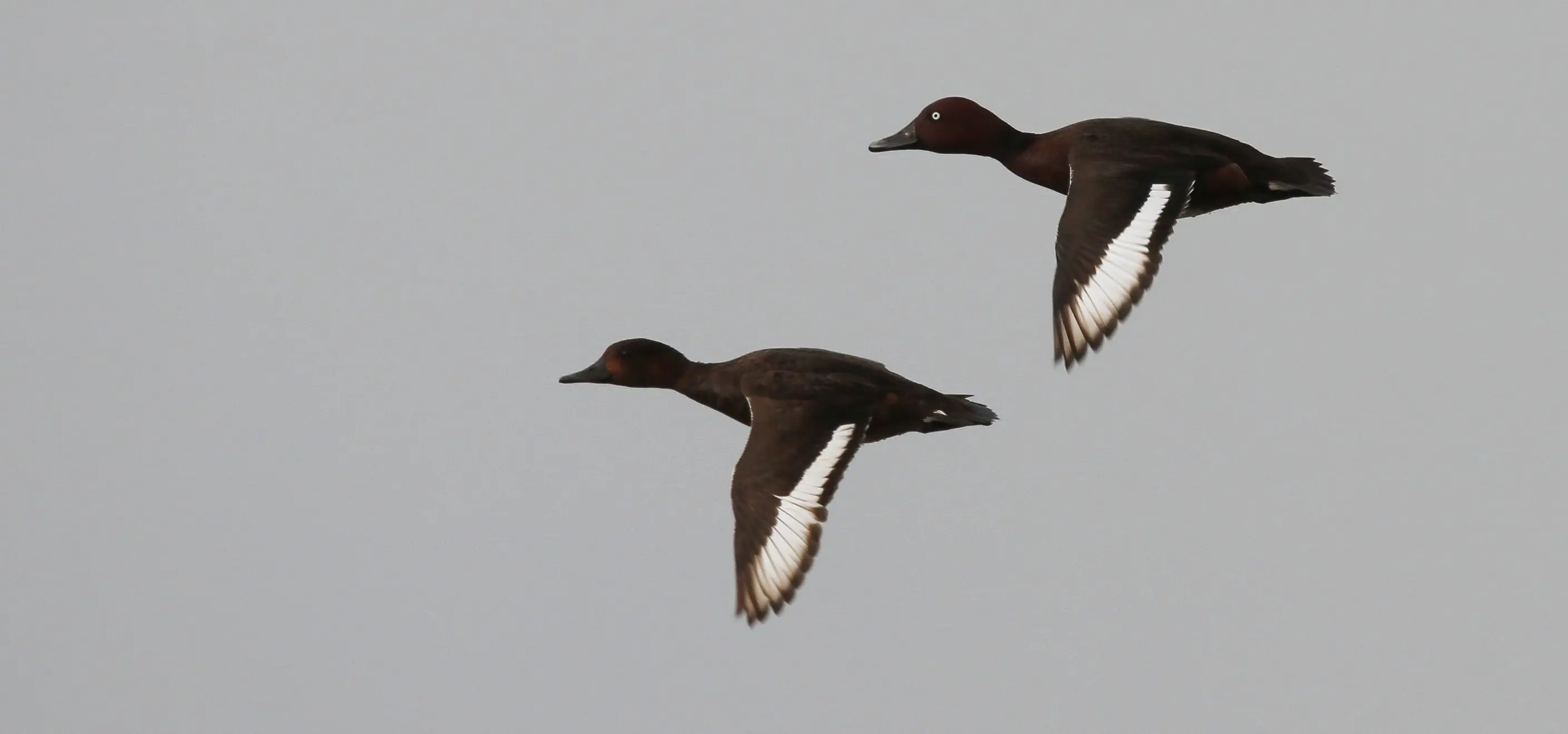
Aythya niroca. -  Ferruginous Duck
Ferruginous Duck  cigányréce
cigányréce
●


Latin -  English
English  magyar
magyar
●
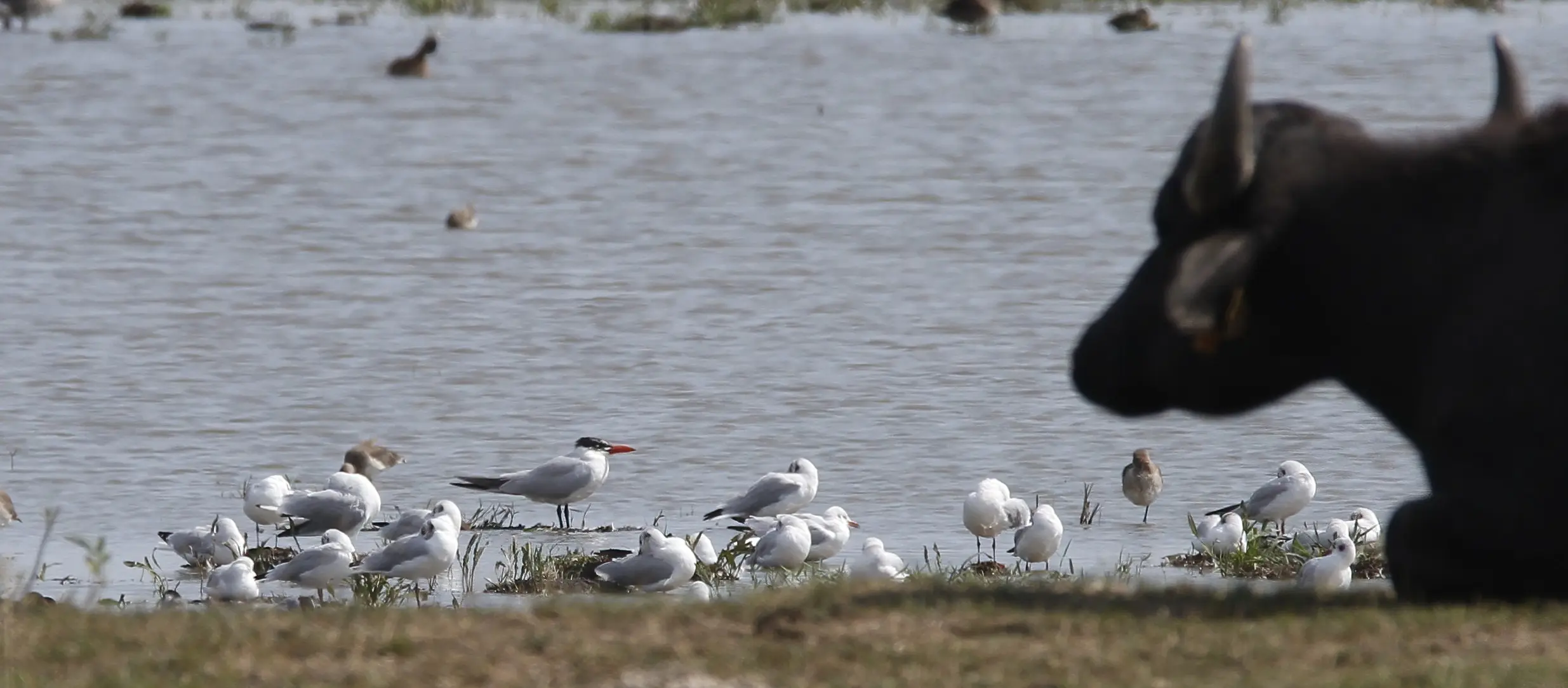
Sterna caspia. -  Caspian Tern
Caspian Tern  lócsér
lócsér
●
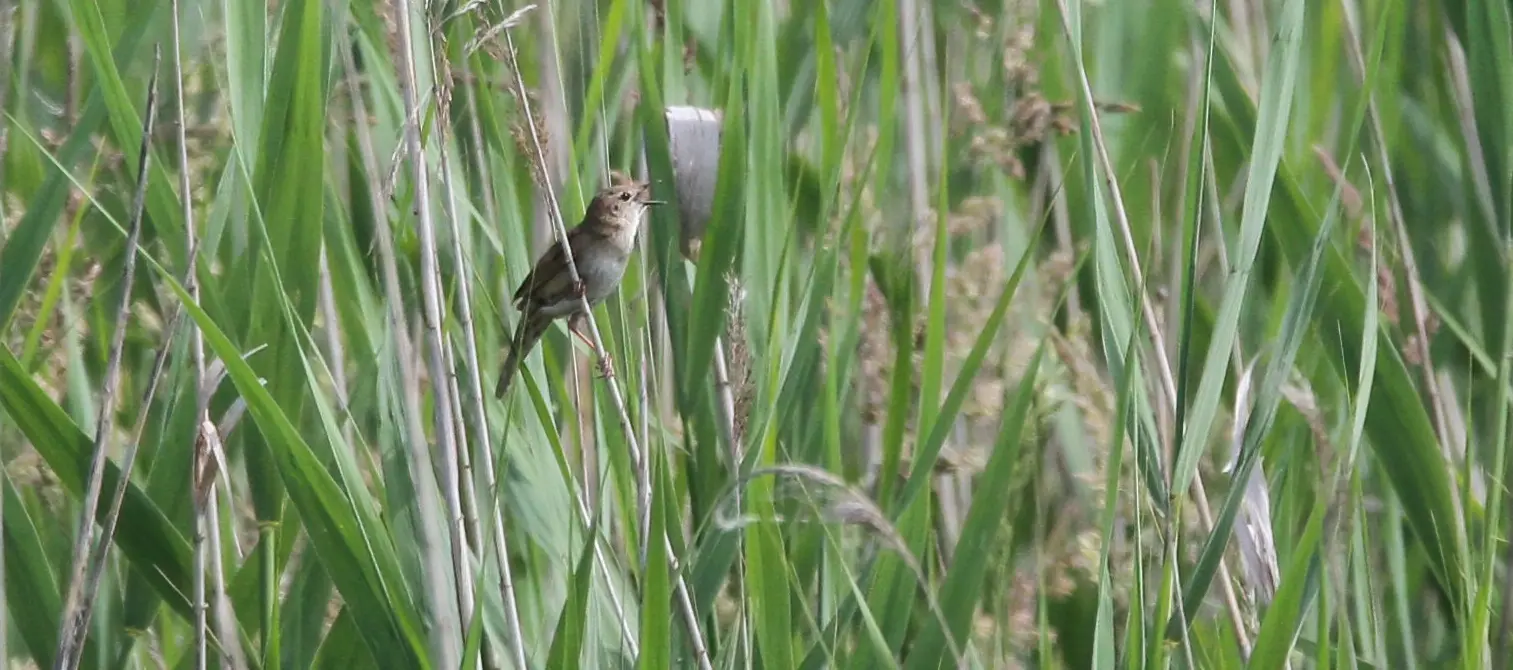
Locustella naevia naevia -  Western Grasshopper-warbler
Western Grasshopper-warbler  réti tücsökmadár
réti tücsökmadár
● hang
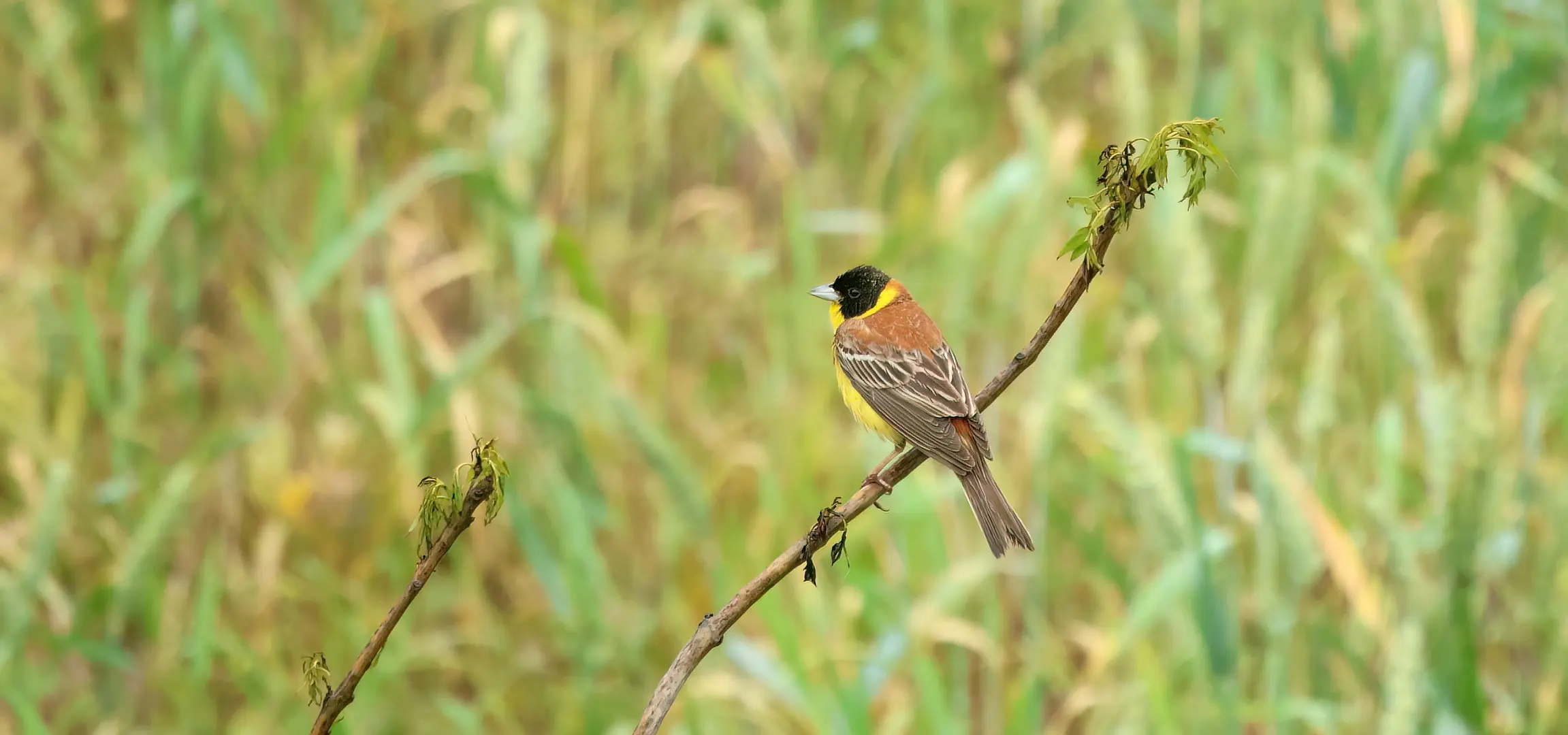
Emberiza melanocephala. -  Black-headed Bunting
Black-headed Bunting  kucsmás sármány
kucsmás sármány
●
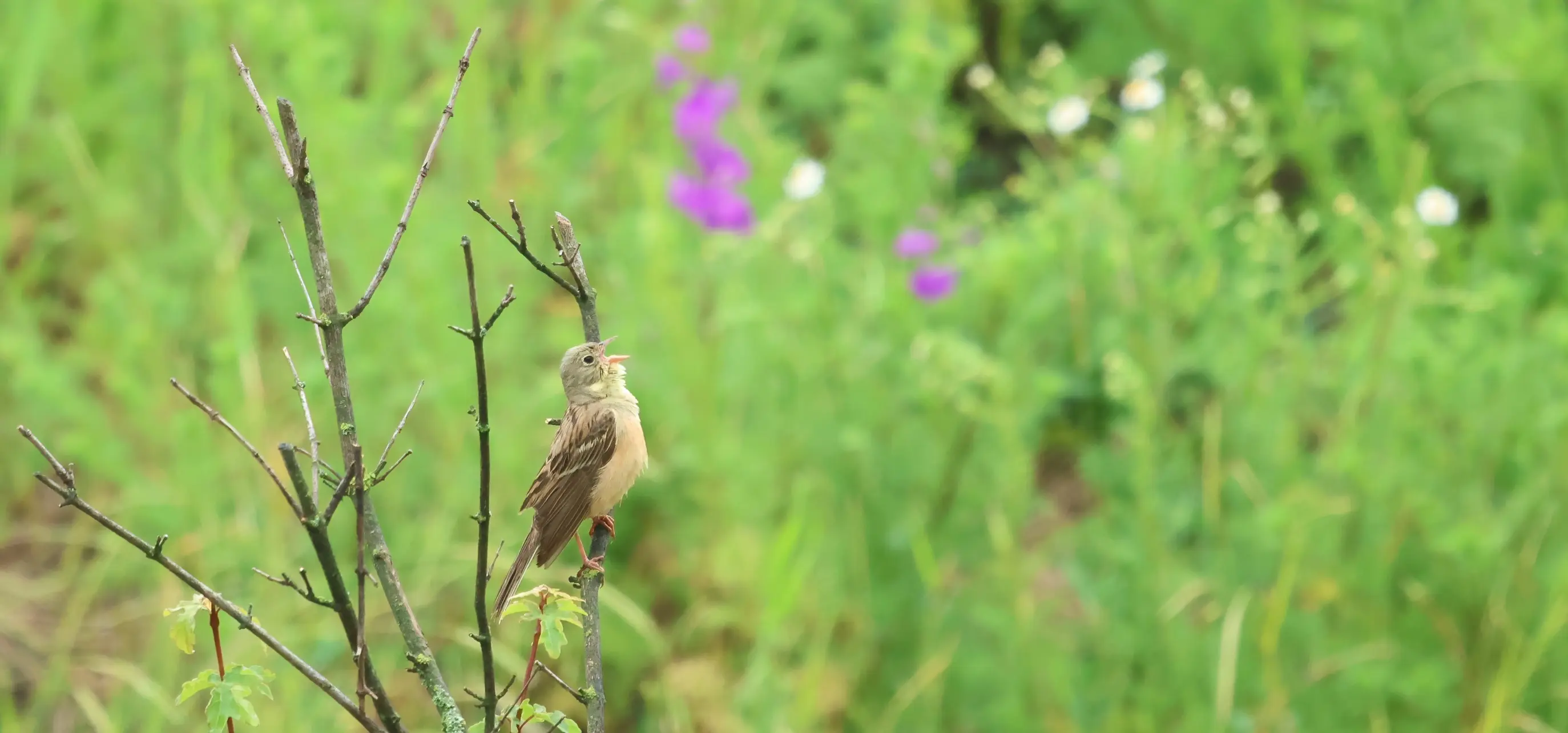

Emberiza hortulana. -  Ortolan Bunting
Ortolan Bunting  kerti sármány
kerti sármány
● videó
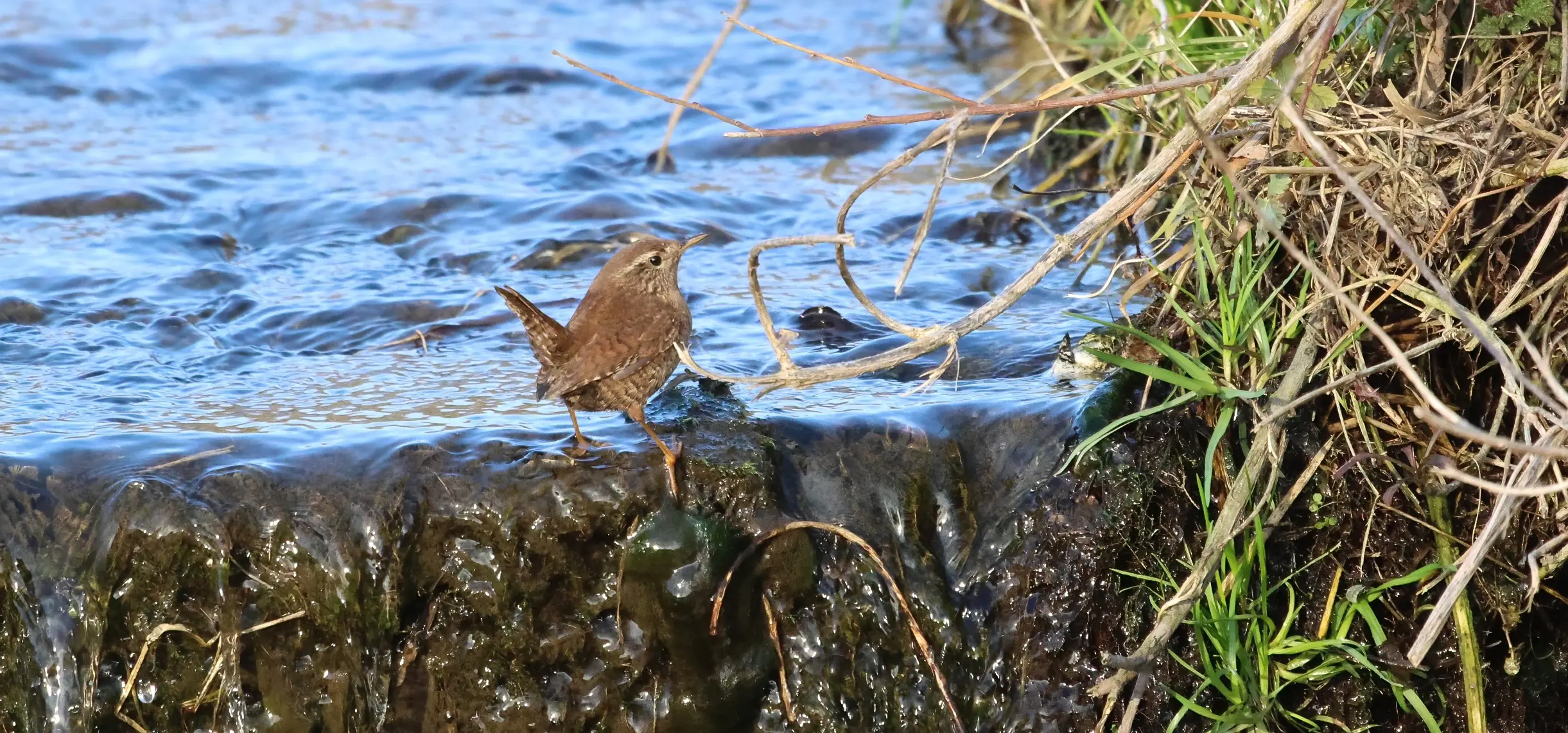

Troglodytes troglodytes troglodytes -  Eurasian Wren
Eurasian Wren  ökörszem
ökörszem
●
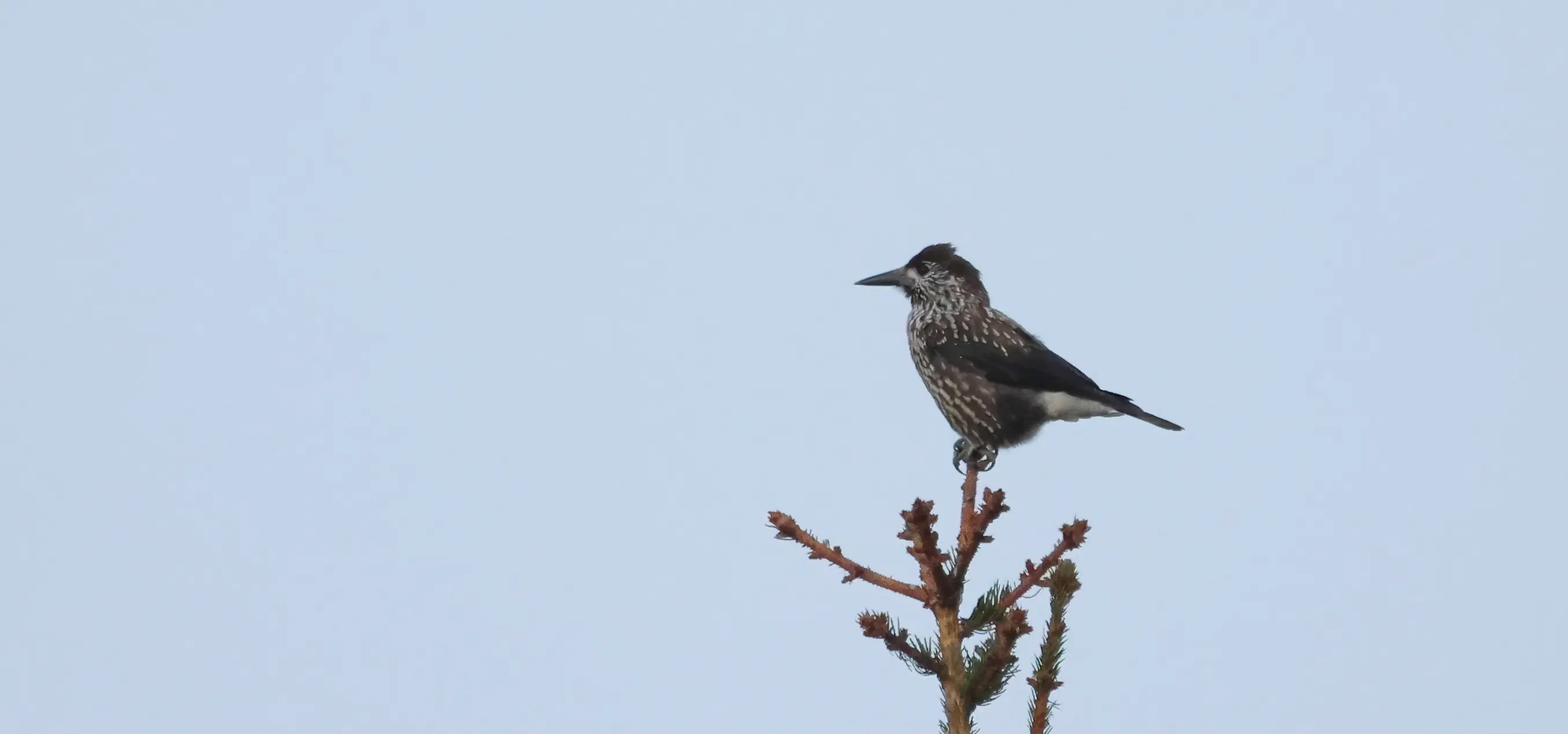
Nucifraga caryocatactes caryocatactes -  Spotted Nutcraker
Spotted Nutcraker  fenyőszajkó
fenyőszajkó
●
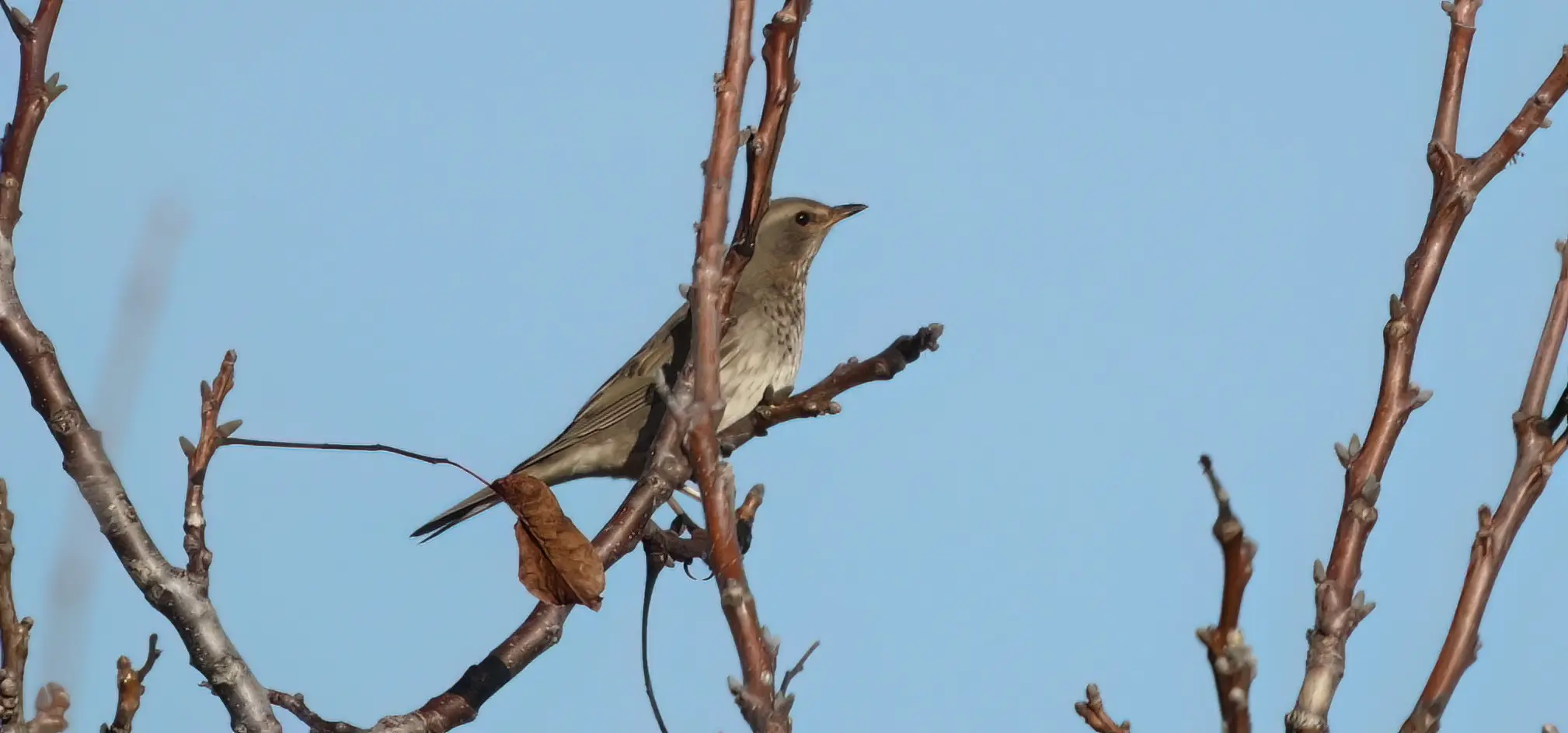

Turdus atrogularis. -  Black-throated Thrush
Black-throated Thrush  feketetorkú rigó
feketetorkú rigó
● sometimes mentioned as a subspecies of T. ruficollis (Red-throated Thrush)
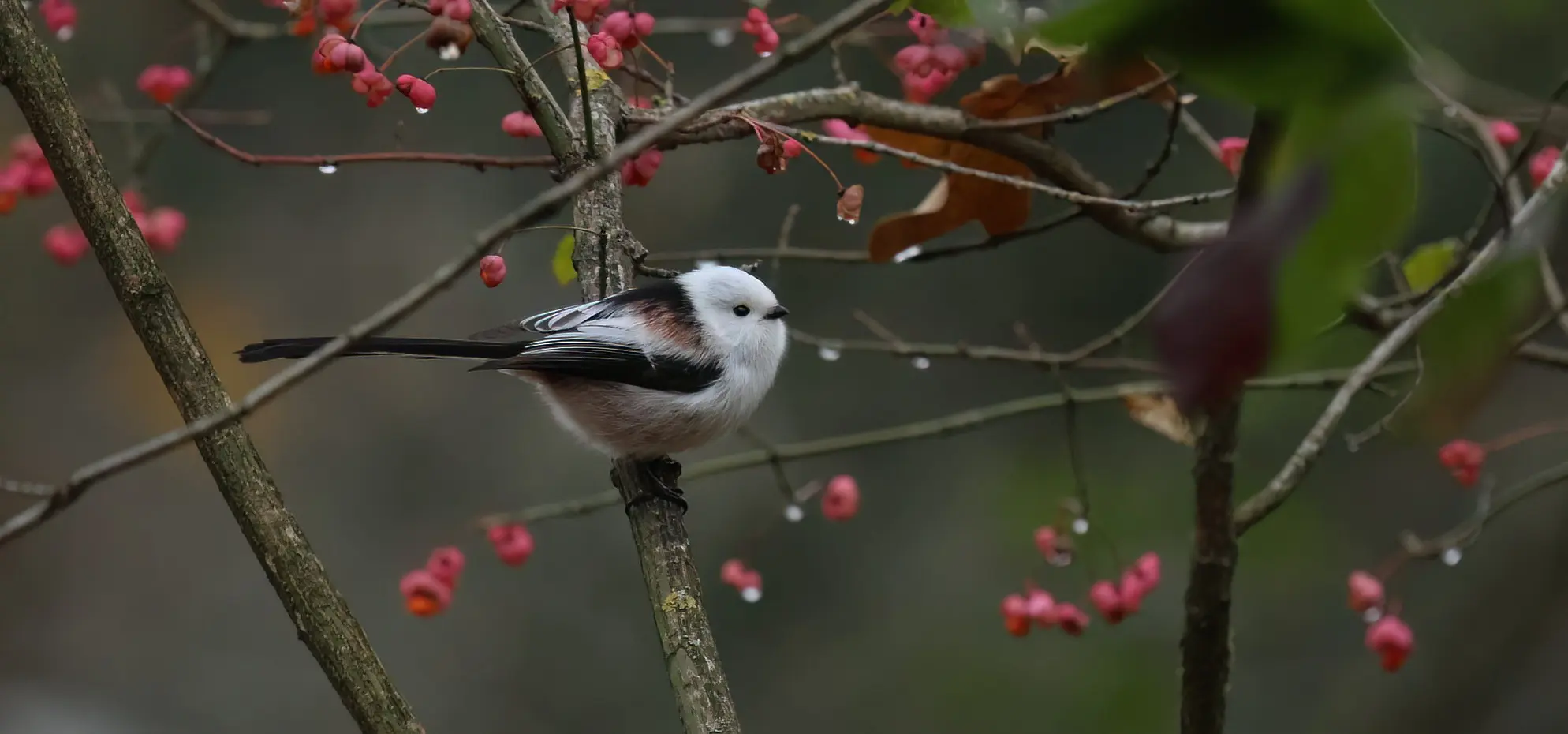
Aegithalos caudatus caudatus -  Long-tailed Tit
Long-tailed Tit  öszapó
öszapó
● Clearly our most photogenic bird.
● Common everywhere throughout the year, mainly the ssp europaeus with its dark lateral crownstripes.
● A short-range migrant species, during the winter season we can also see here the birds of the nominate ssp from Fennoscandia.
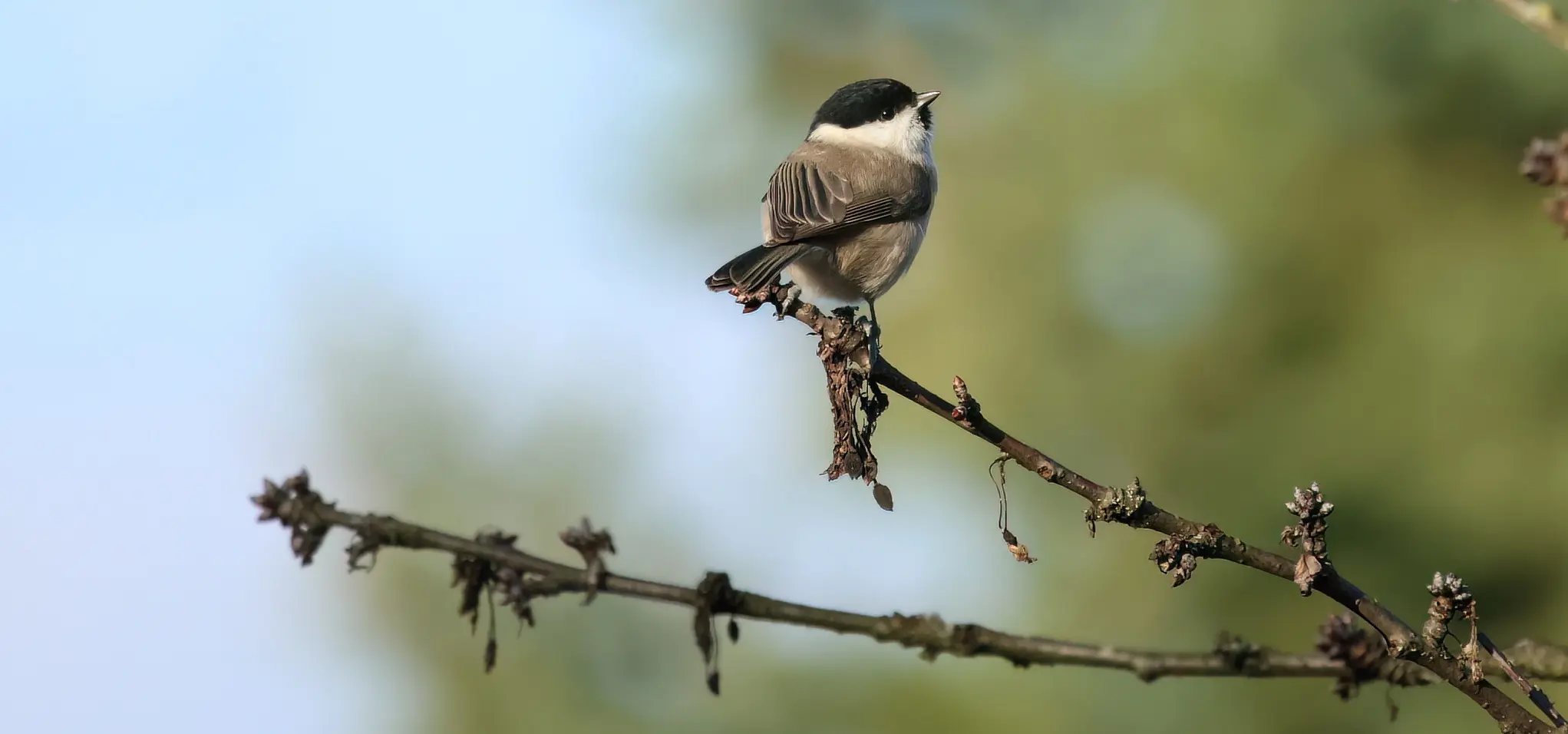

Poecila palustris palustris / stagnatilis ??? -  Marsh Tit
Marsh Tit  barátcinege
barátcinege
● NY-HU palustris, K-HU stagnatilis talán!!!???, kisképbe a másik
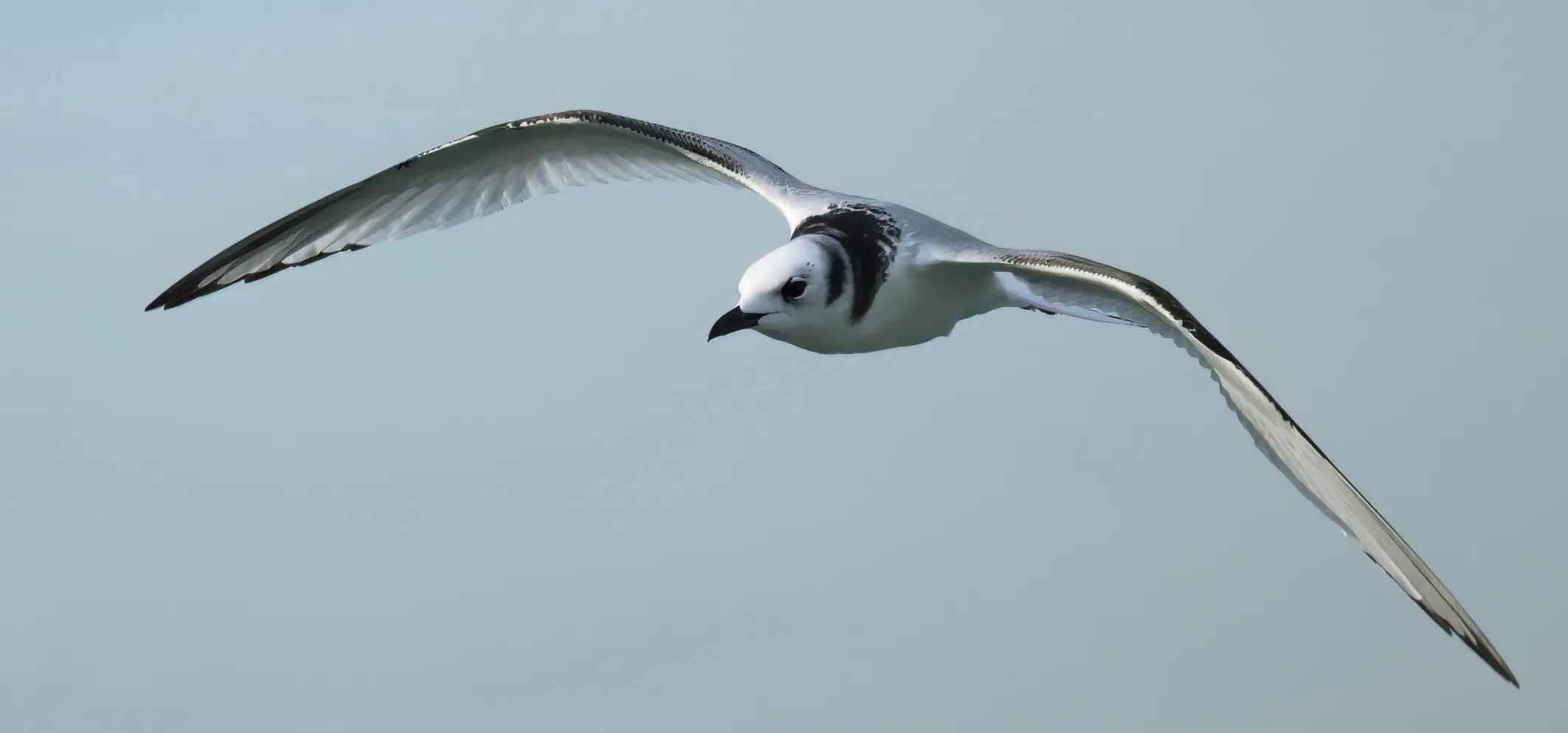
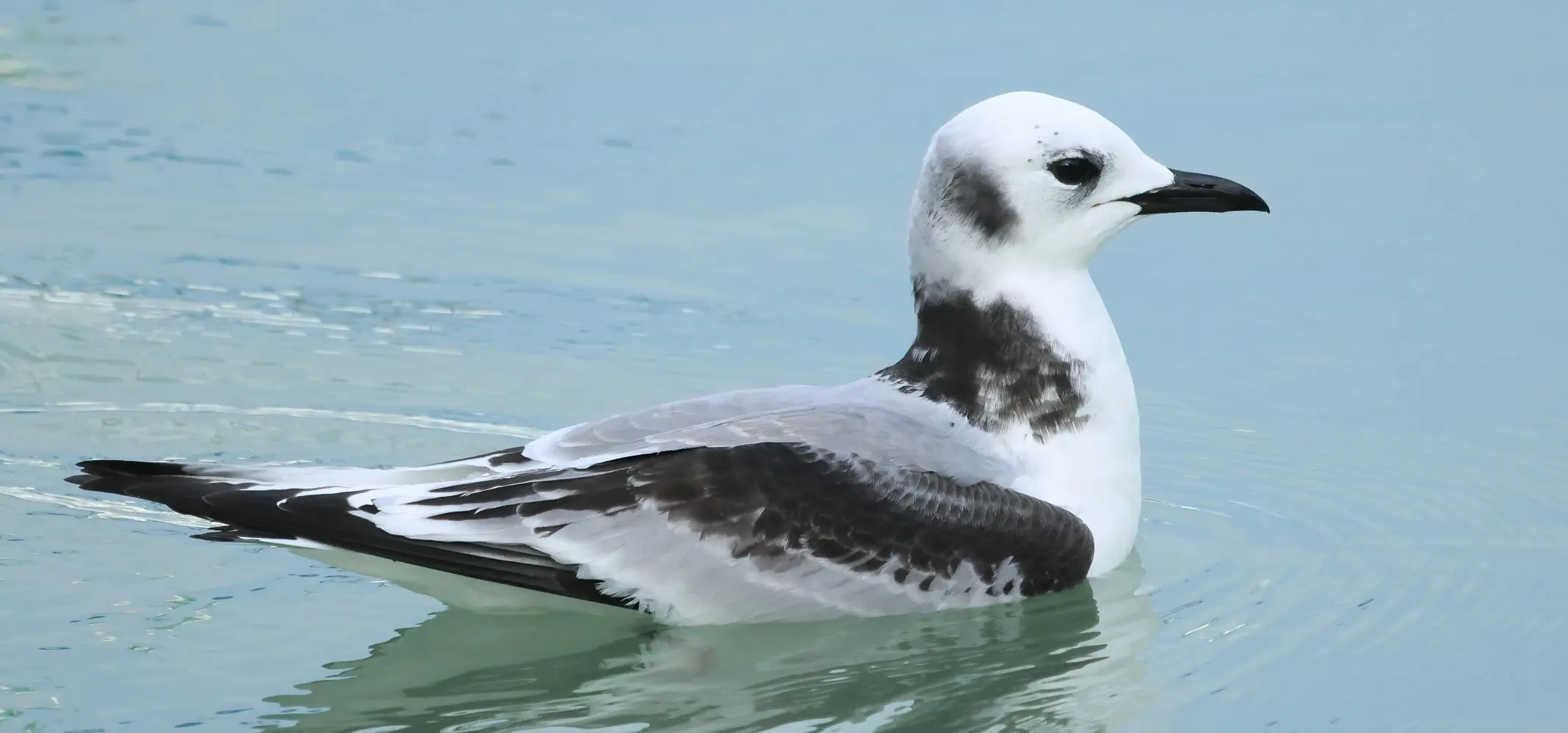

Rissa tridactyla tridactyla -  Black-legged Kittiwake
Black-legged Kittiwake  háromujjú csüllő
háromujjú csüllő
● A winter vagrant in our region, usually younger birds.
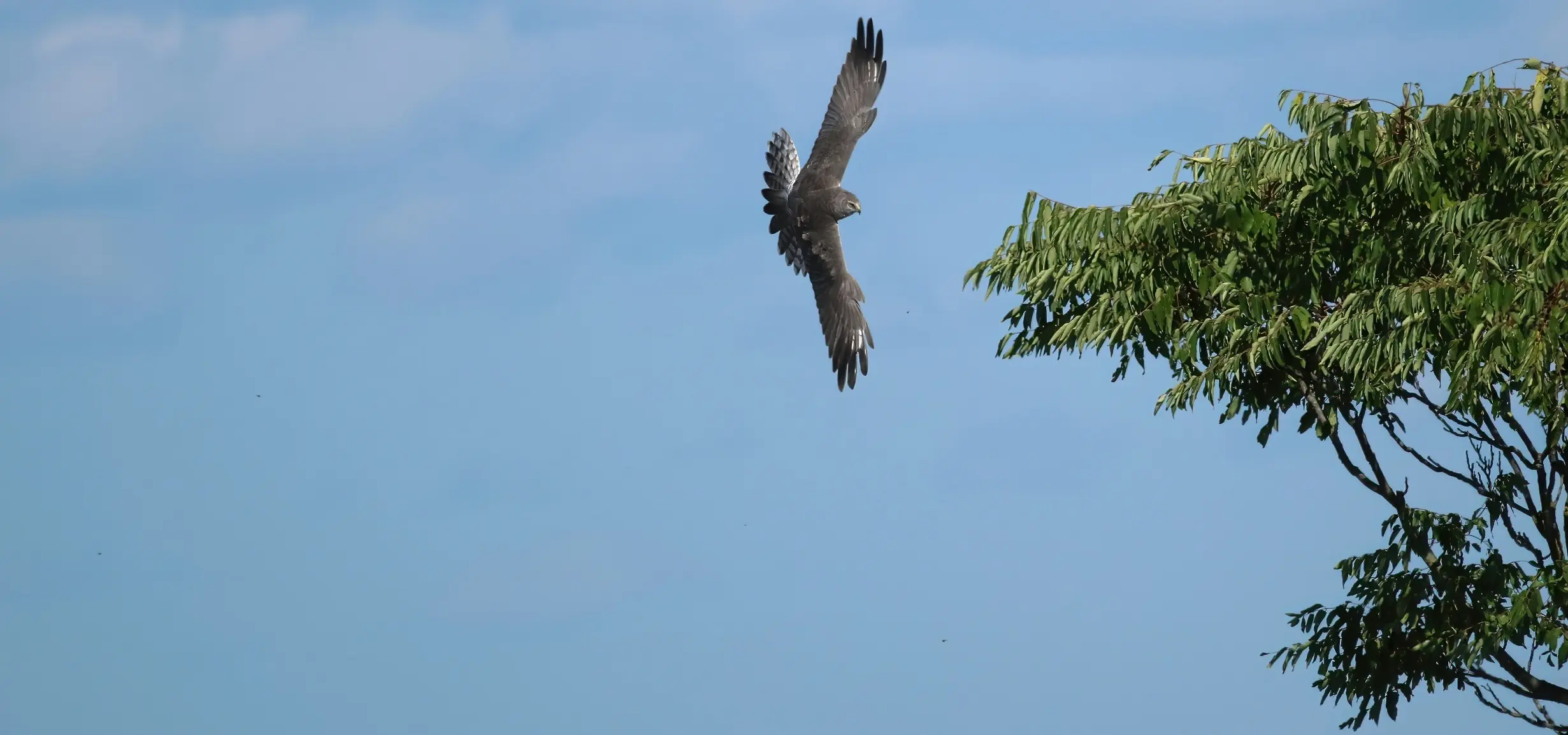

Circus macrourus. -  Pallid Harrier
Pallid Harrier  fakó rétihéja
fakó rétihéja
● nagykép csere? (Kunszentmiklós 2023.09.20.)
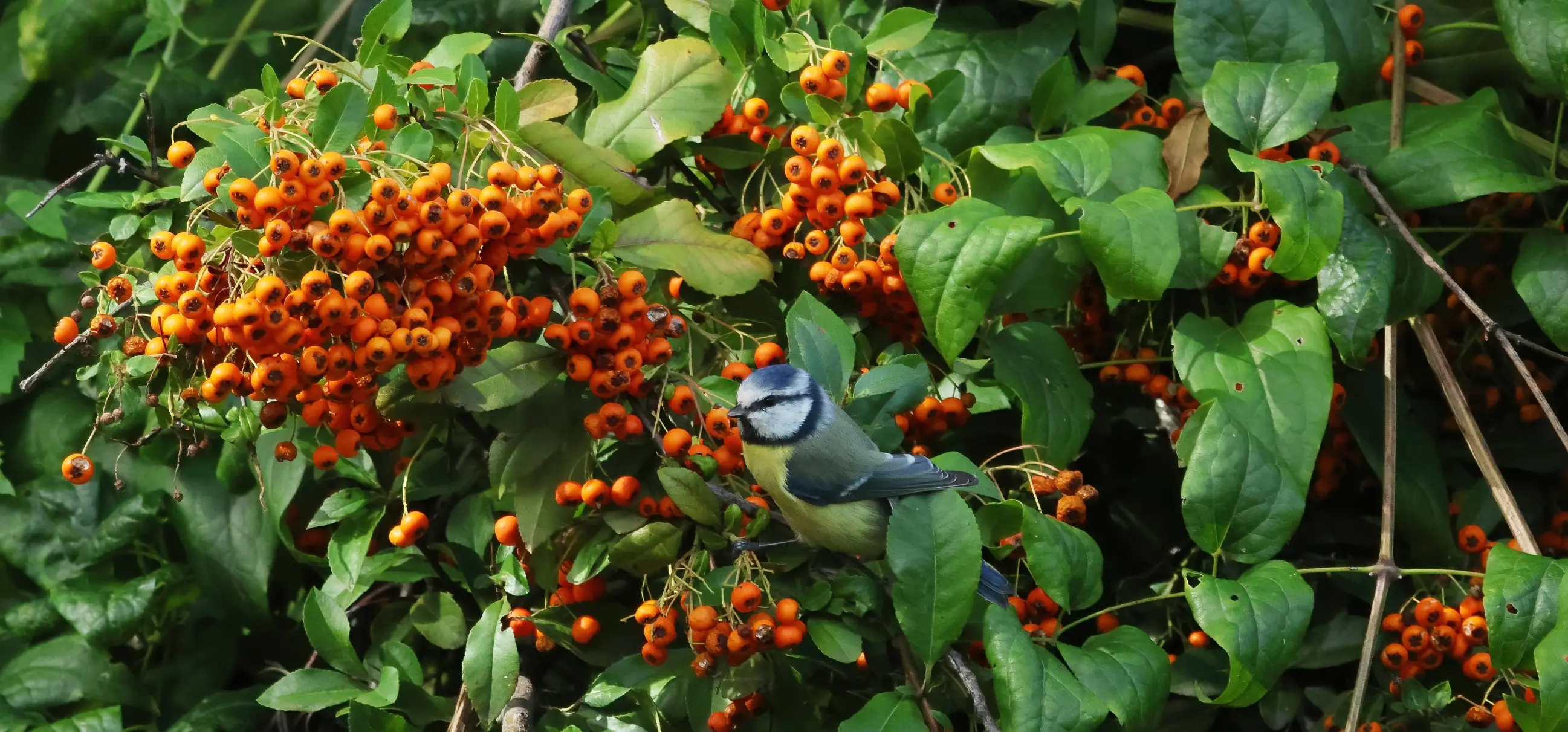

Cyanistes caeruleus caeruleus -  Eurasian Blue Tit
Eurasian Blue Tit  kék cinege
kék cinege
●
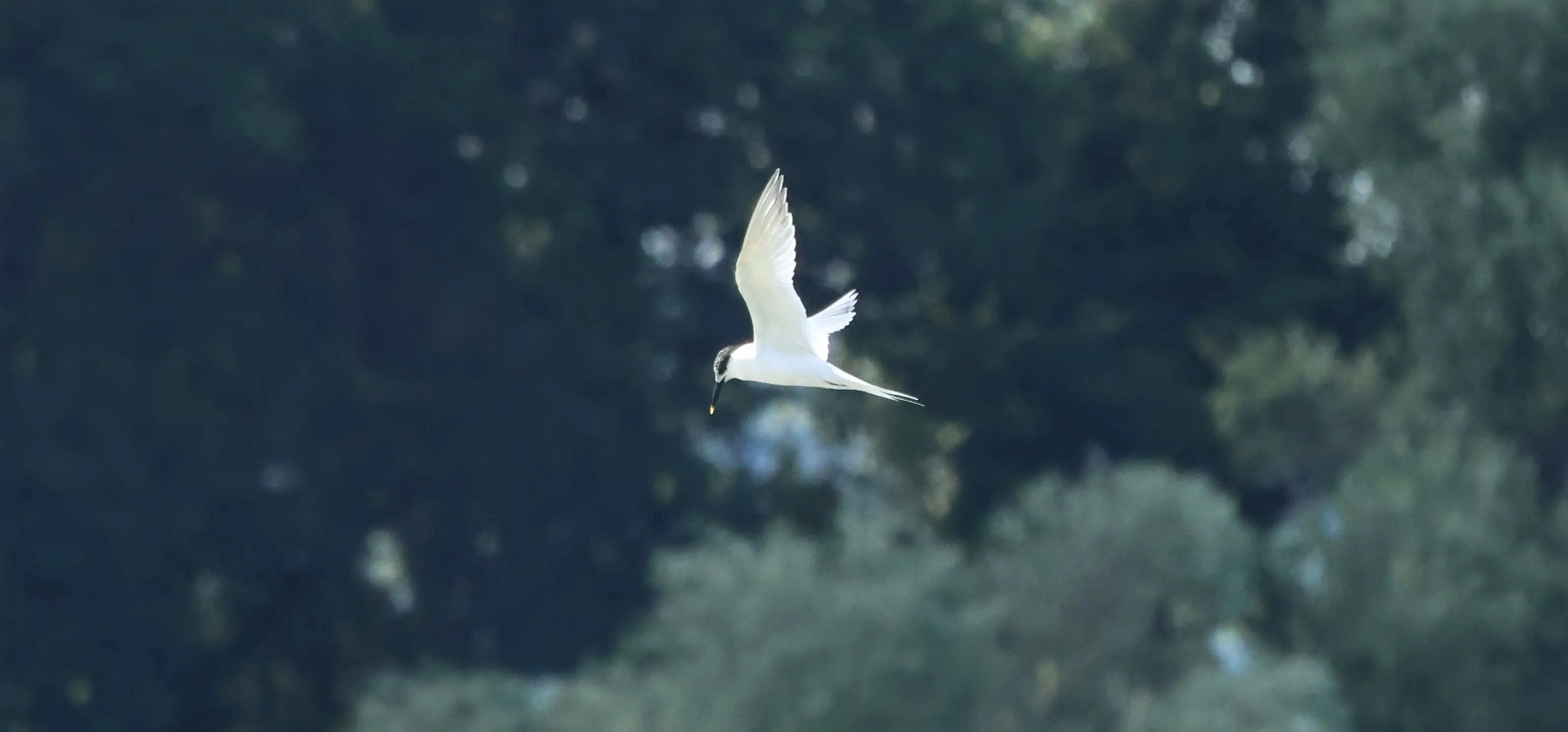

Sterna sandvicensis sandvicensis -  Sandwich Tern
Sandwich Tern  kenti csér
kenti csér
● j
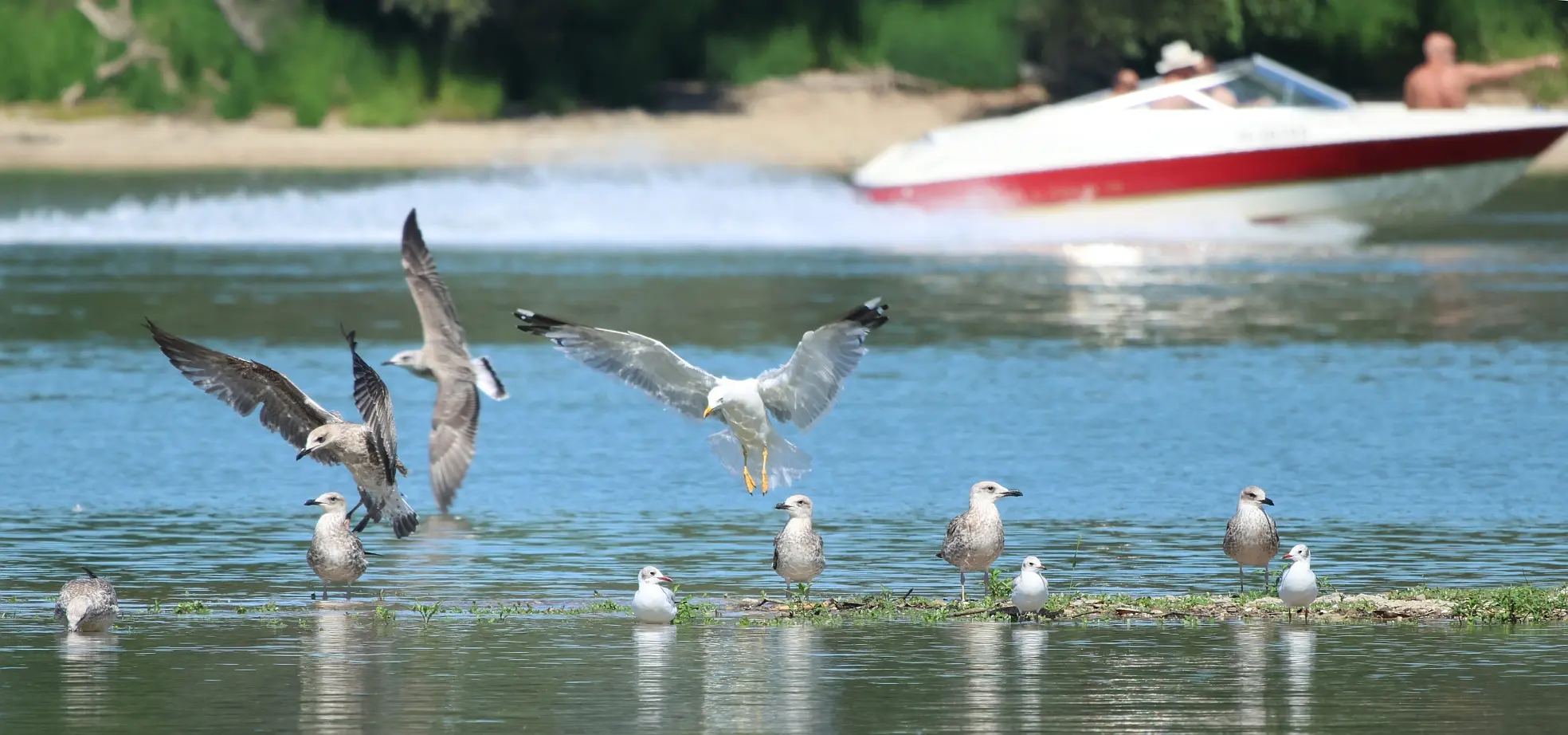

Larus michahellis michahellis -  Yellow-legged Gull
Yellow-legged Gull  sárgalábú sirály
sárgalábú sirály
● The dominant large gull species in Hungary.
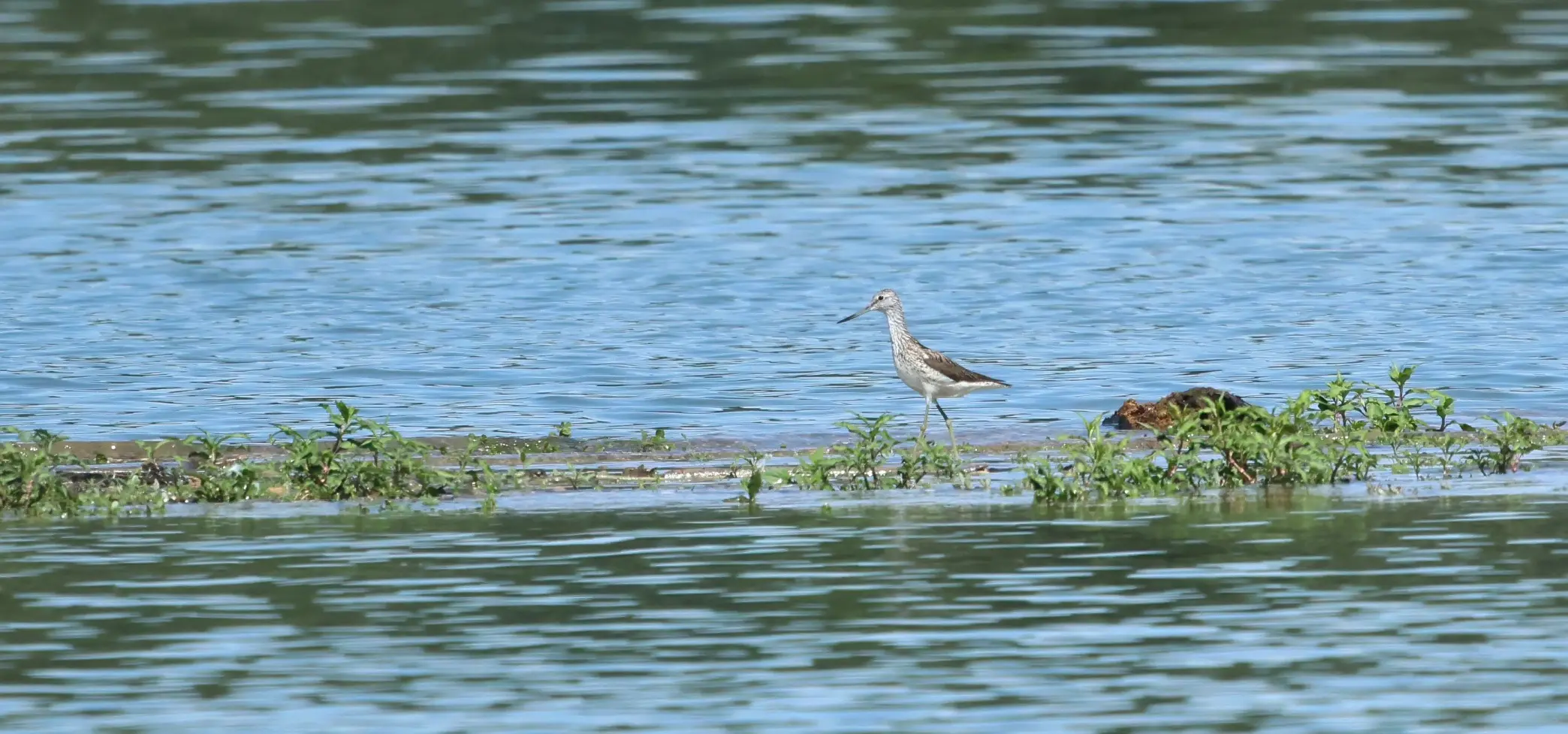
Tringa nebularia -  Common Greenshank
Common Greenshank  szürke cankó
szürke cankó
●
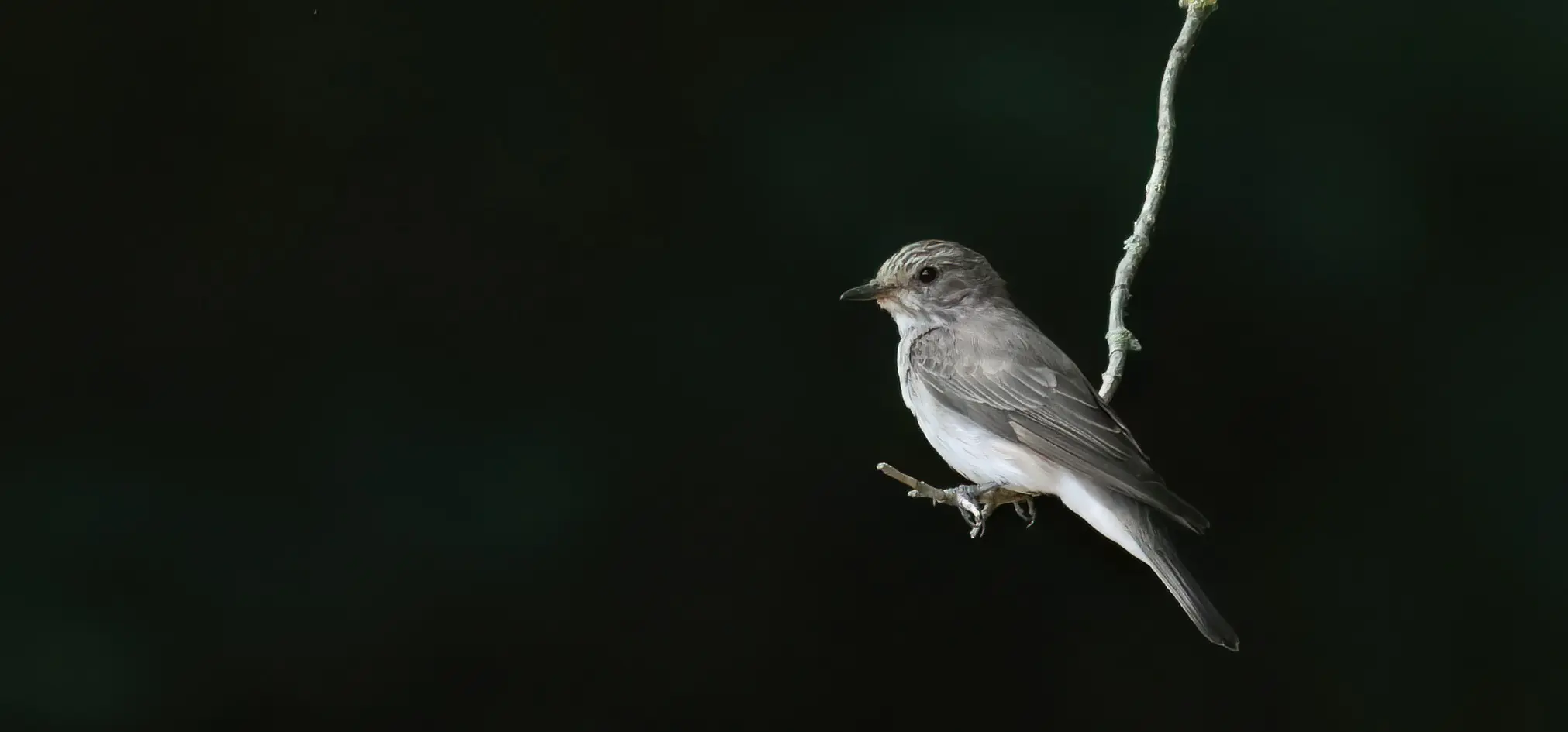

Muscicapa striata striata -  Spotted Flycatcher
Spotted Flycatcher  szürke légykapó
szürke légykapó
● háttérrel mi lett !?
-----------------
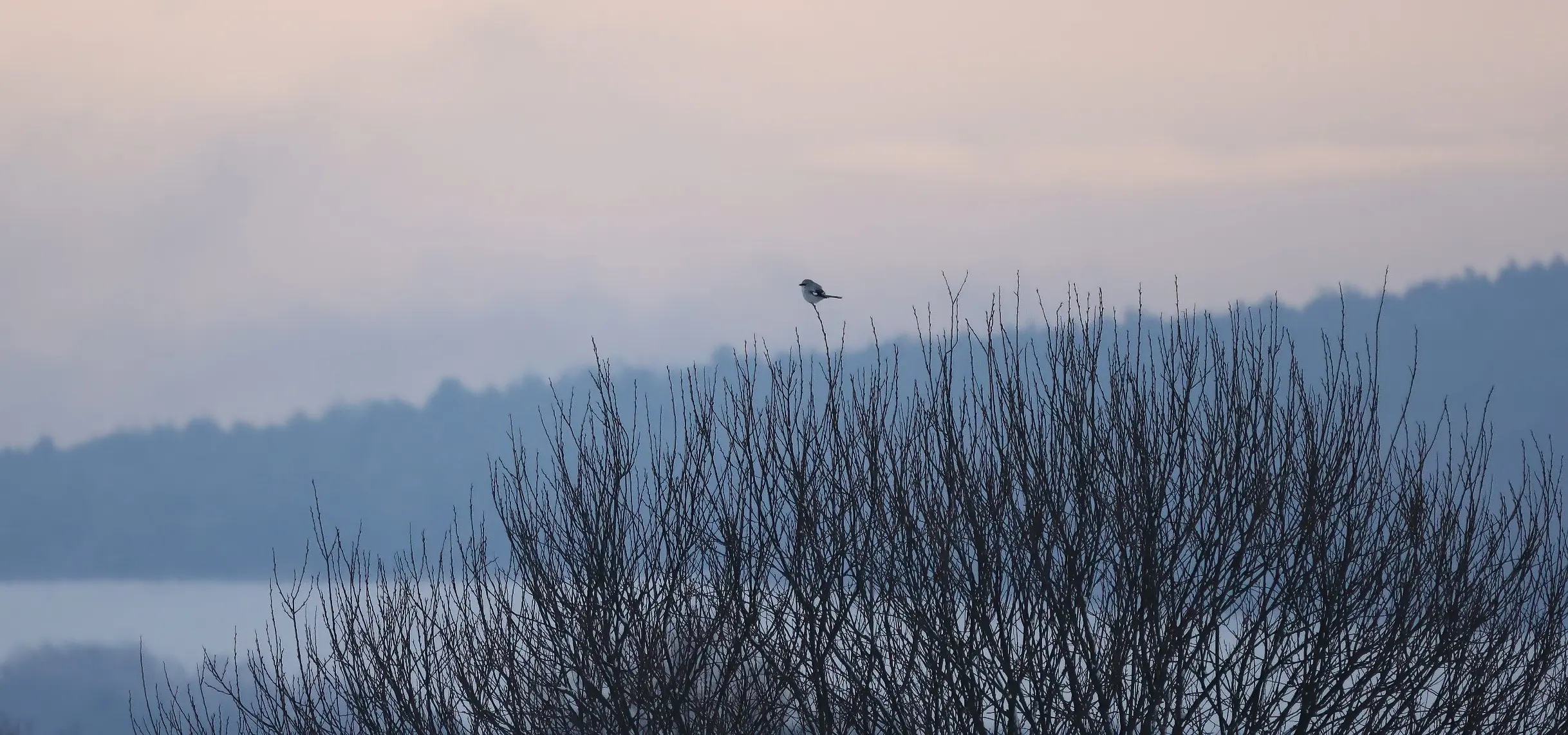

Lanius excubitor excubitor -  Great Grey Shrike
Great Grey Shrike  nagy őrgébics
nagy őrgébics
●
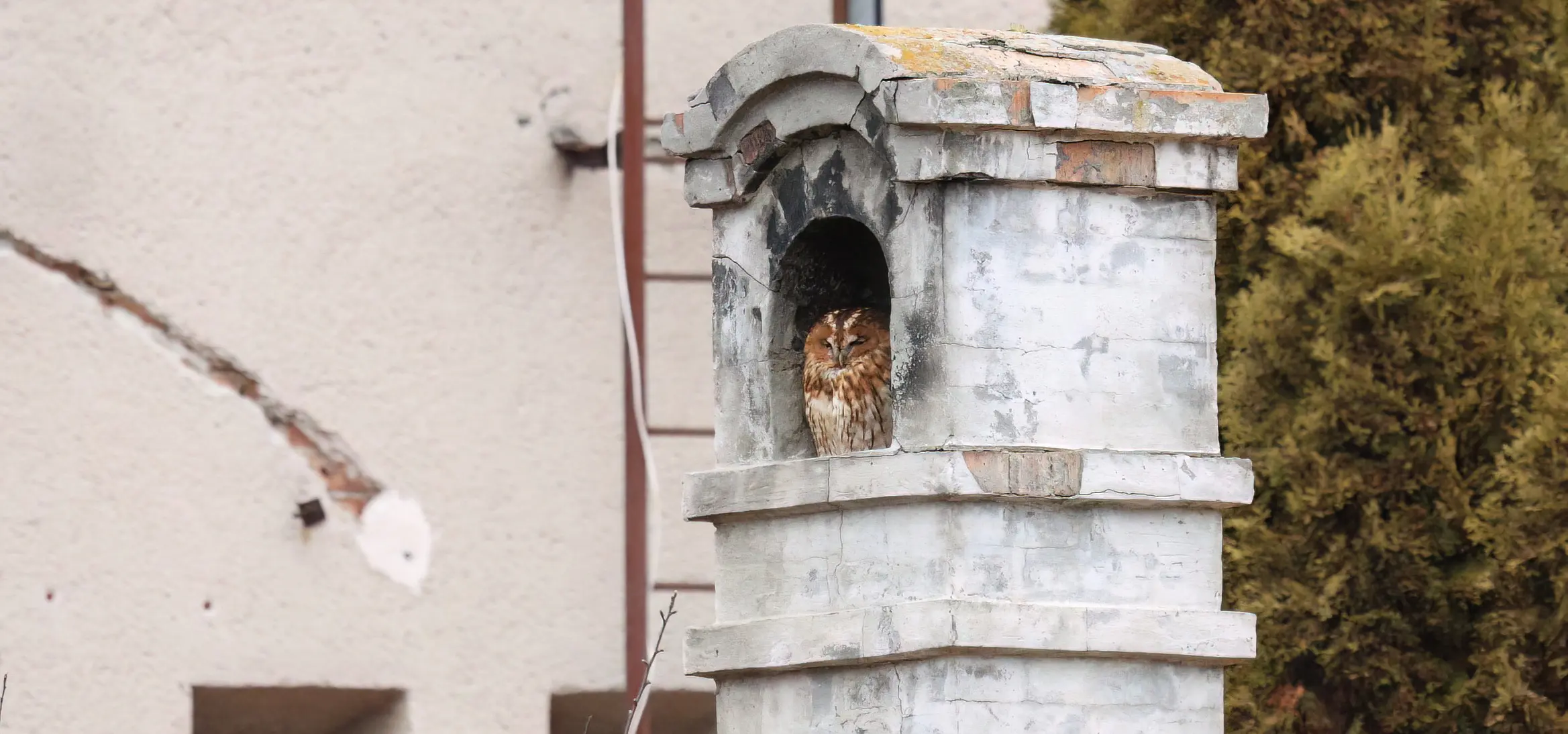

Strix aluco aluco -  Tawny Owl
Tawny Owl  macskabagoly
macskabagoly
●
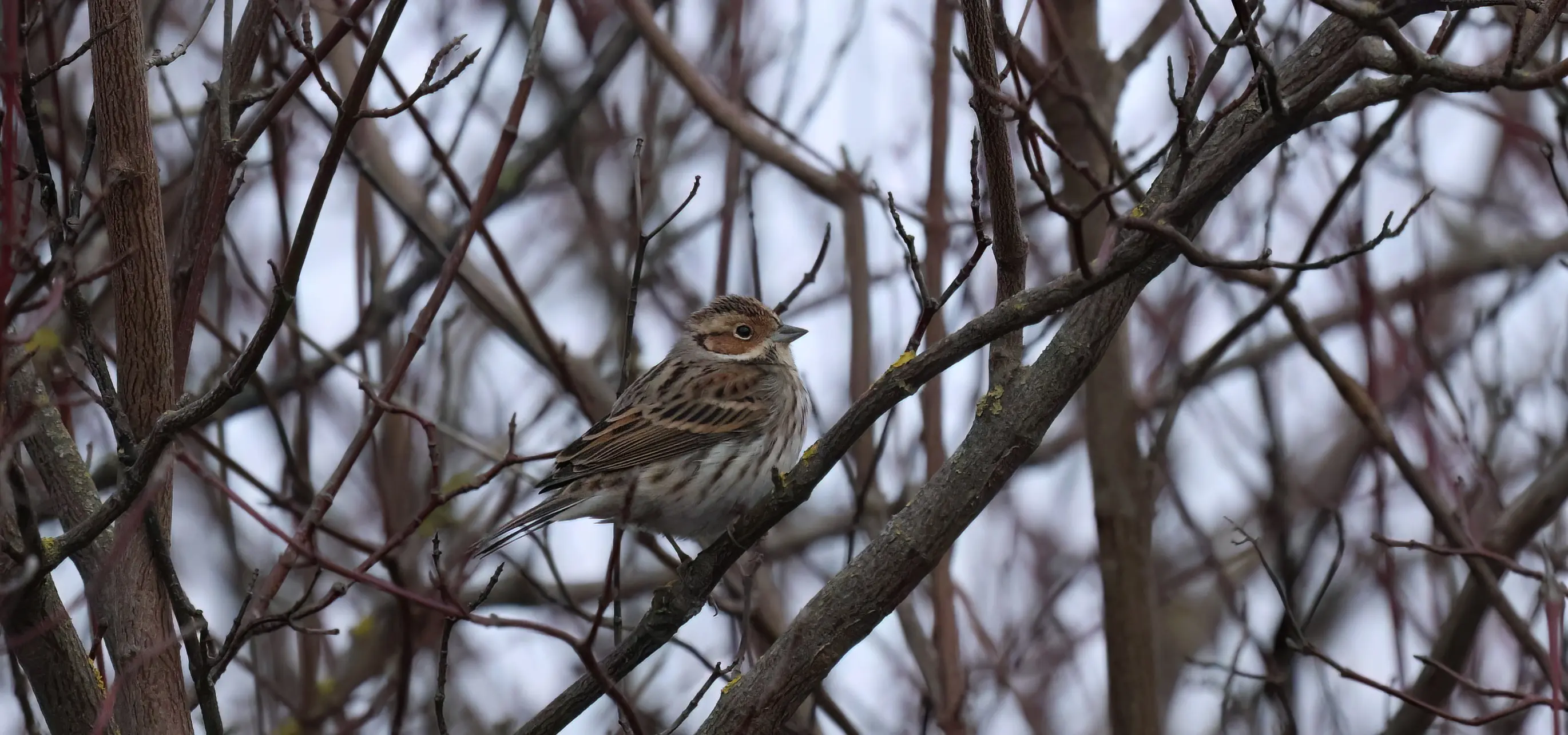
Emberiza pusilla . -  Little Bunting
Little Bunting  törpesármány
törpesármány
●
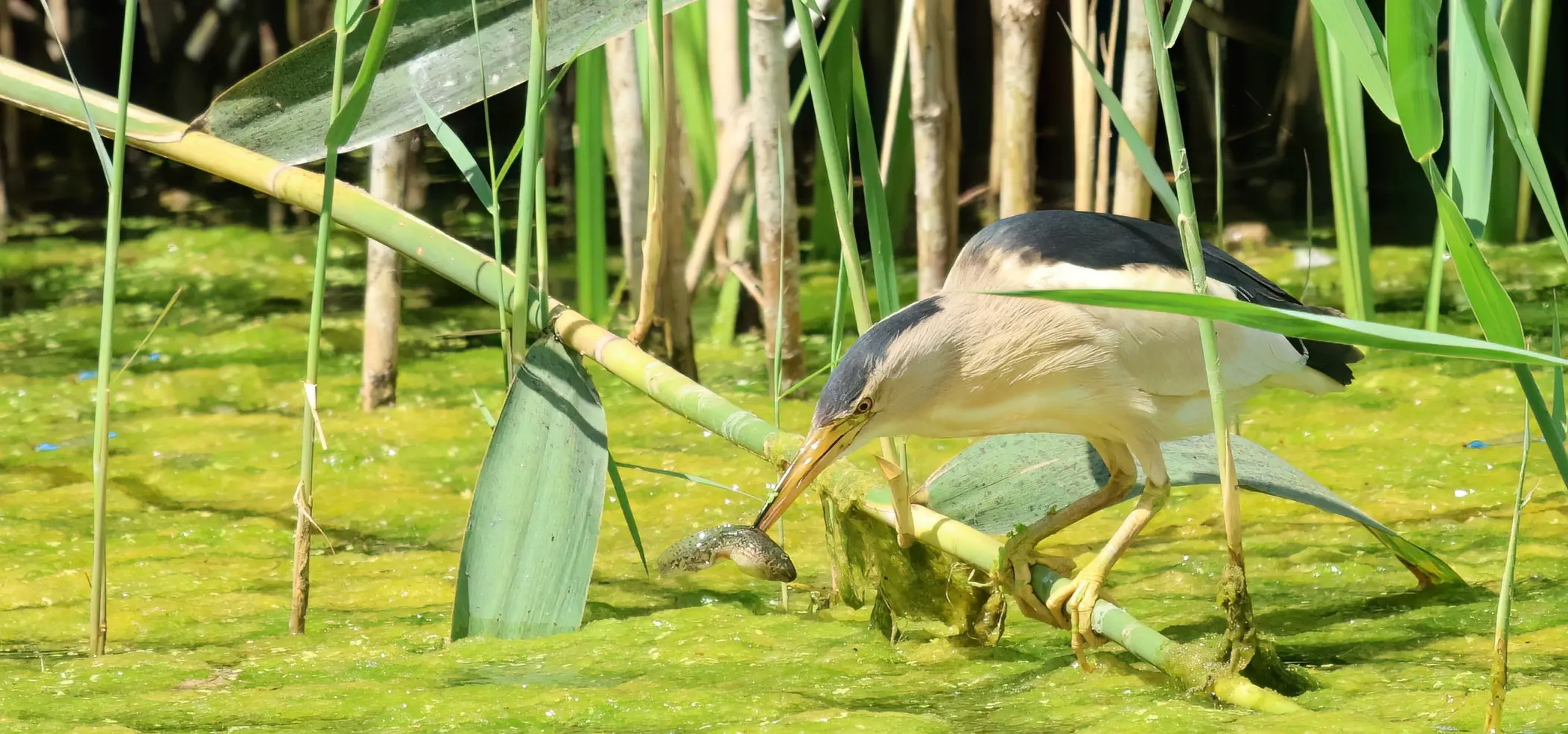
Ixobrychus minutus minutus -  Little Bittern
Little Bittern  törpegém
törpegém
● With a Rana tadpole
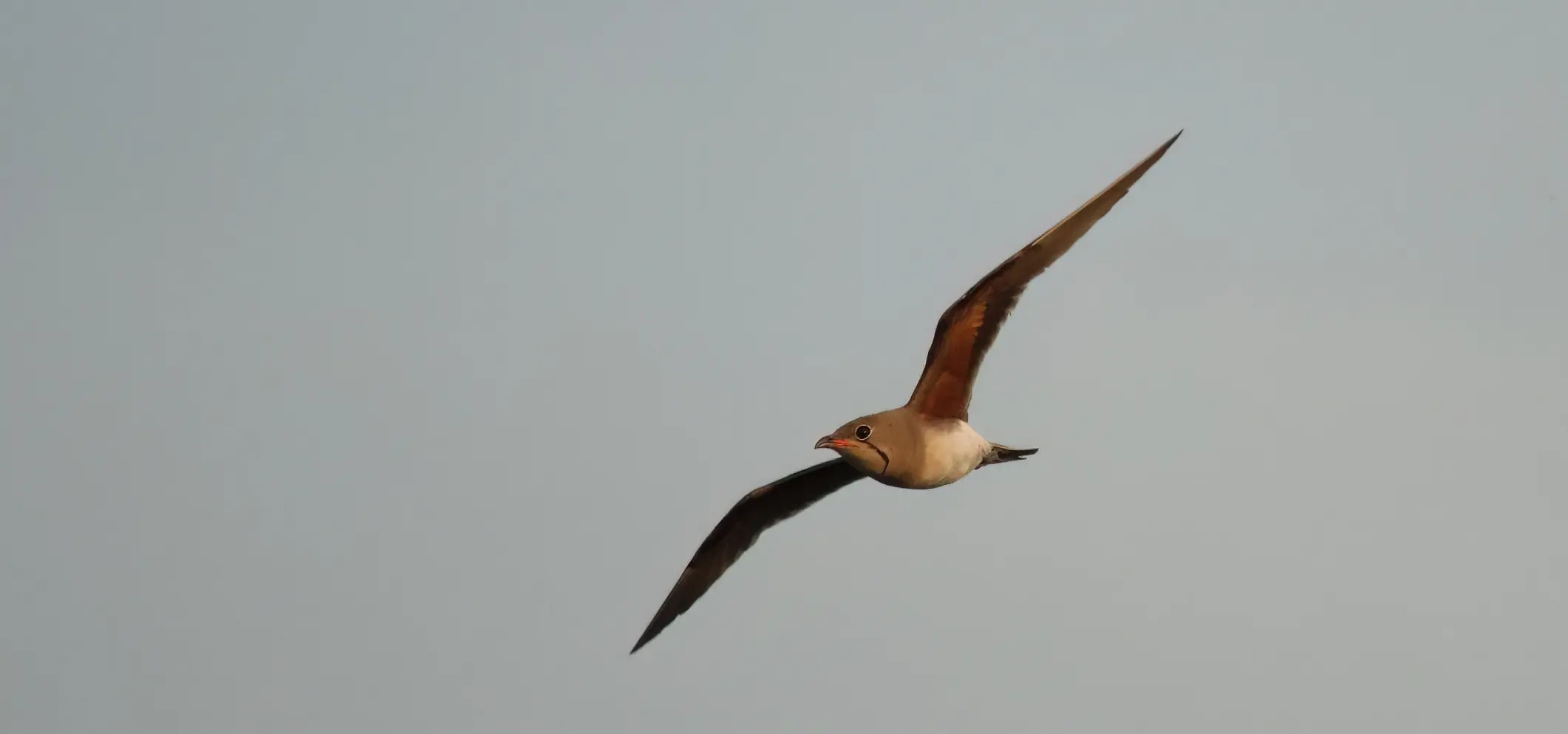

Glareola pratincola pratincola -  Collared Pratincole
Collared Pratincole  székicsér
székicsér
● talán a keletit ide kicsibe max
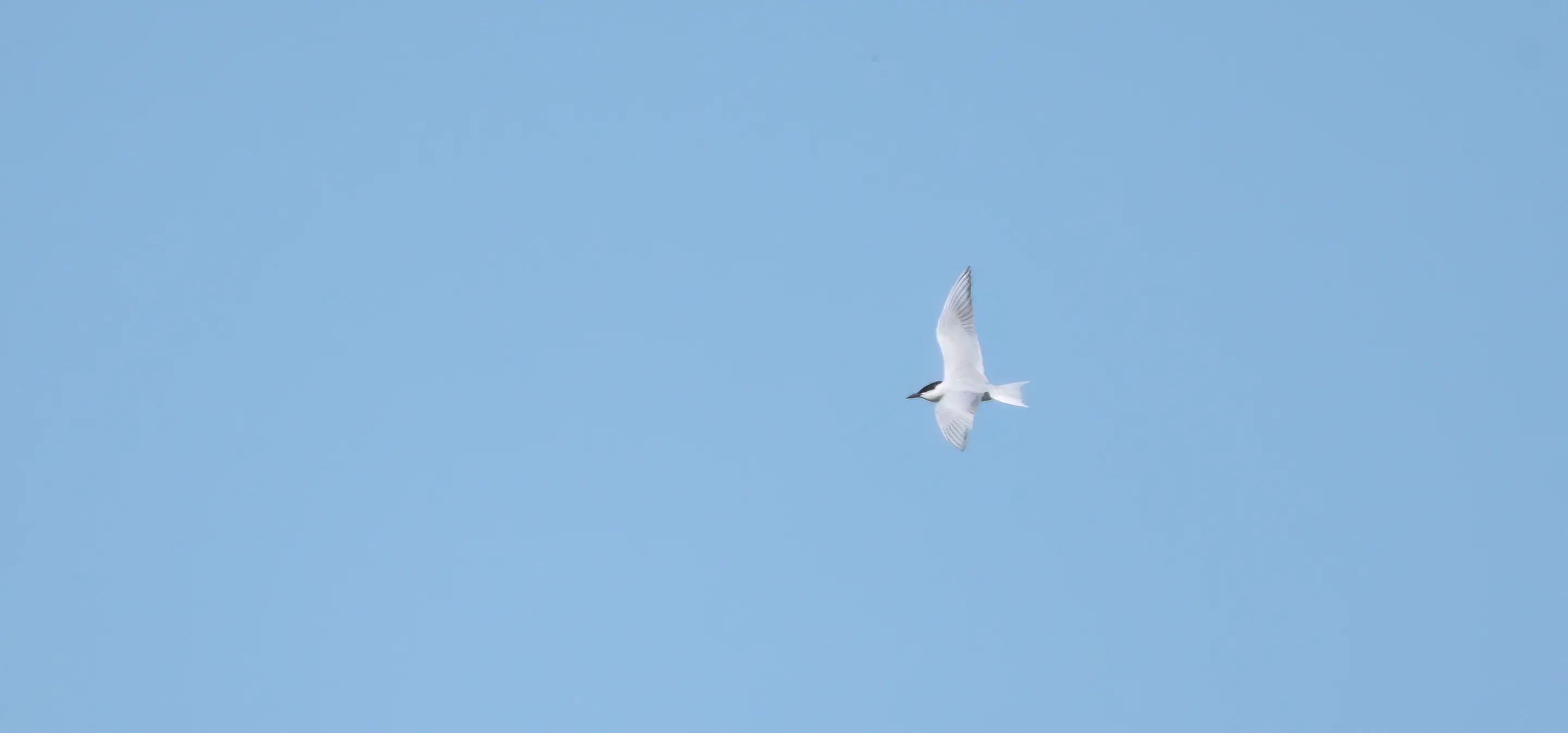
Gelochelidon nilotica nilotica -  Gull-billed Tern
Gull-billed Tern  kacagócsér
kacagócsér
●

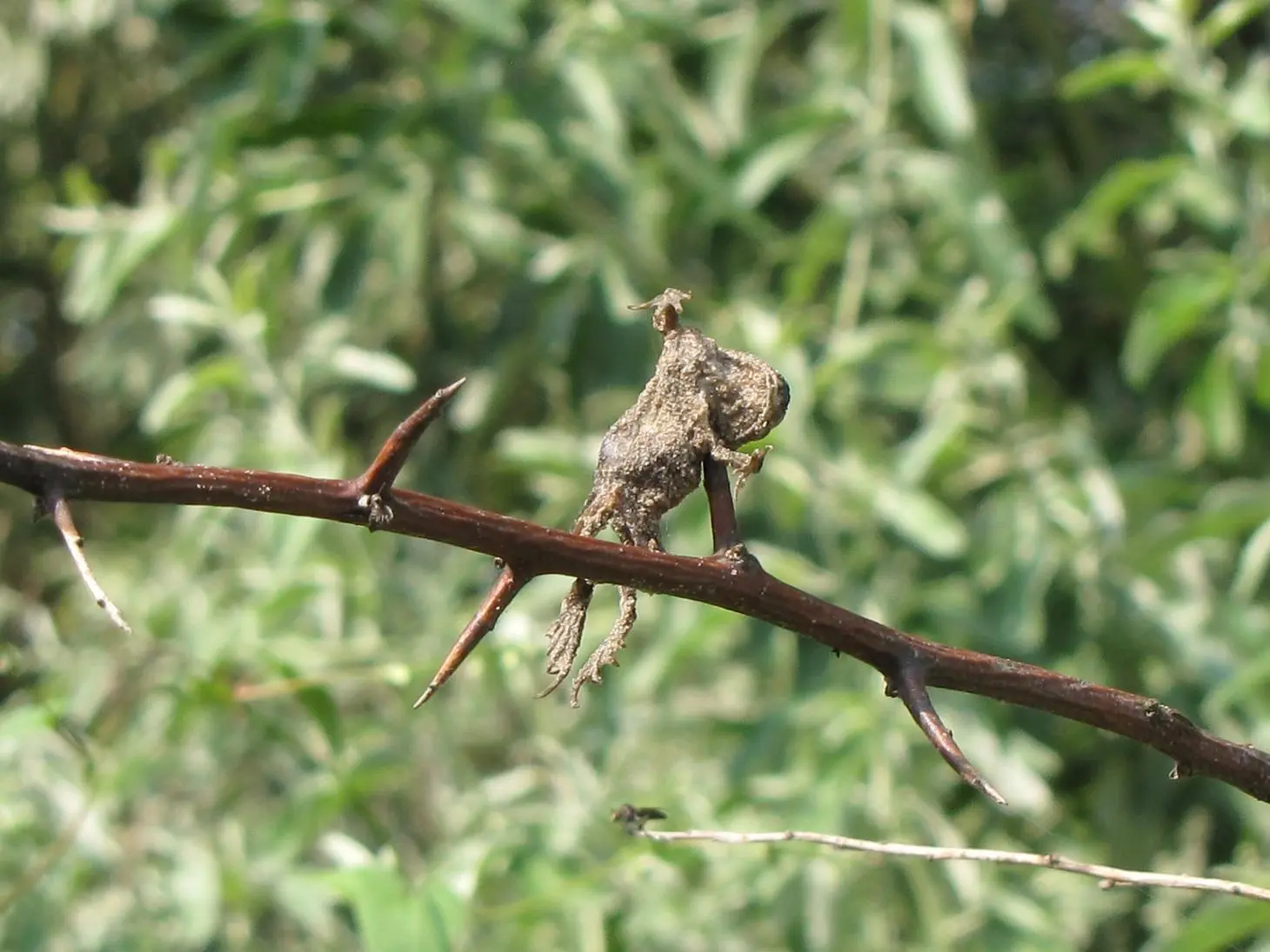
Lanius collurio collurio -  Red-backed Shrike
Red-backed Shrike  tövisszúró gébics
tövisszúró gébics
● Our cute little butcher bird.
● Common everywhere and the most common shrike in Hungary.
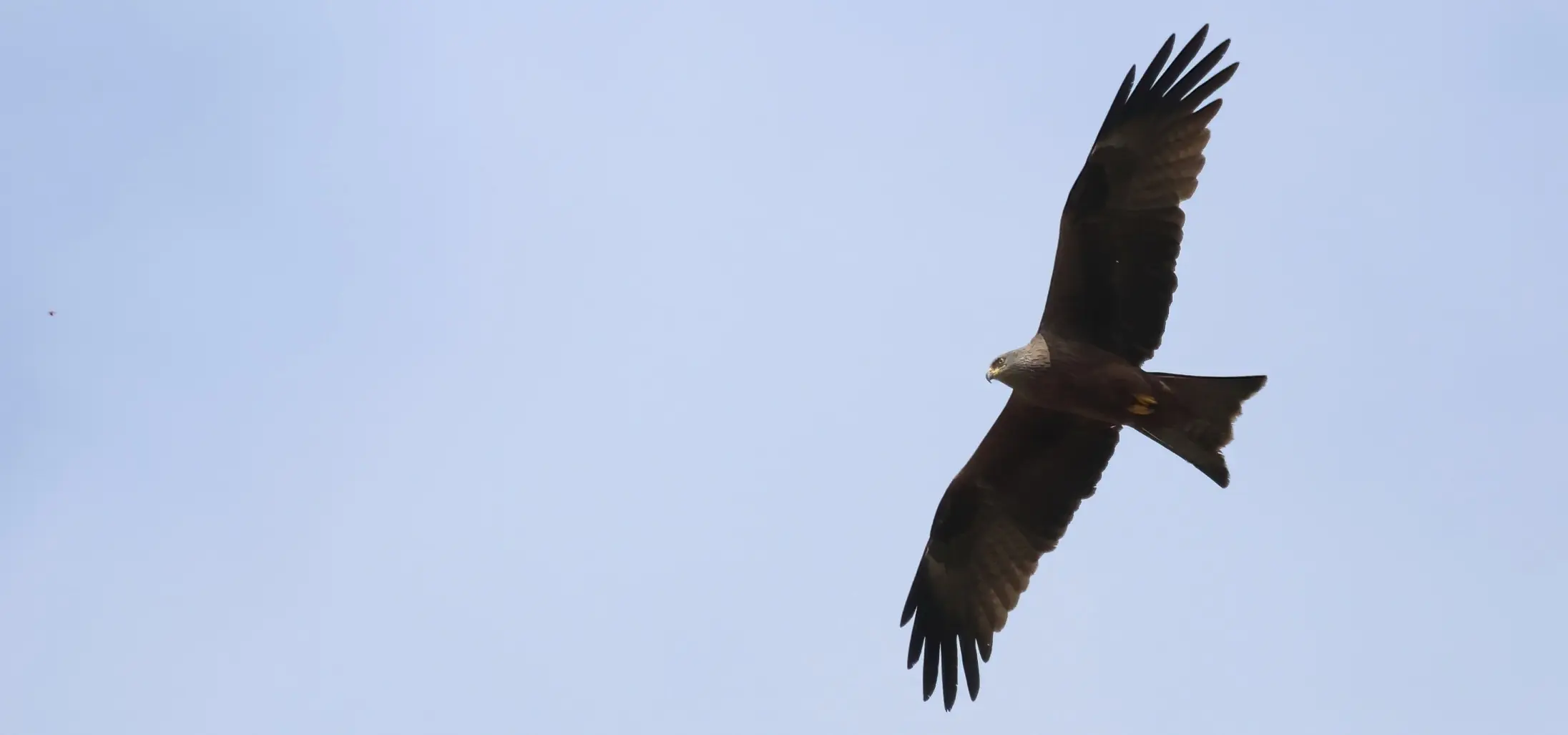
Milvus migrans migrans -  Black Kite
Black Kite  barna kánya
barna kánya
●
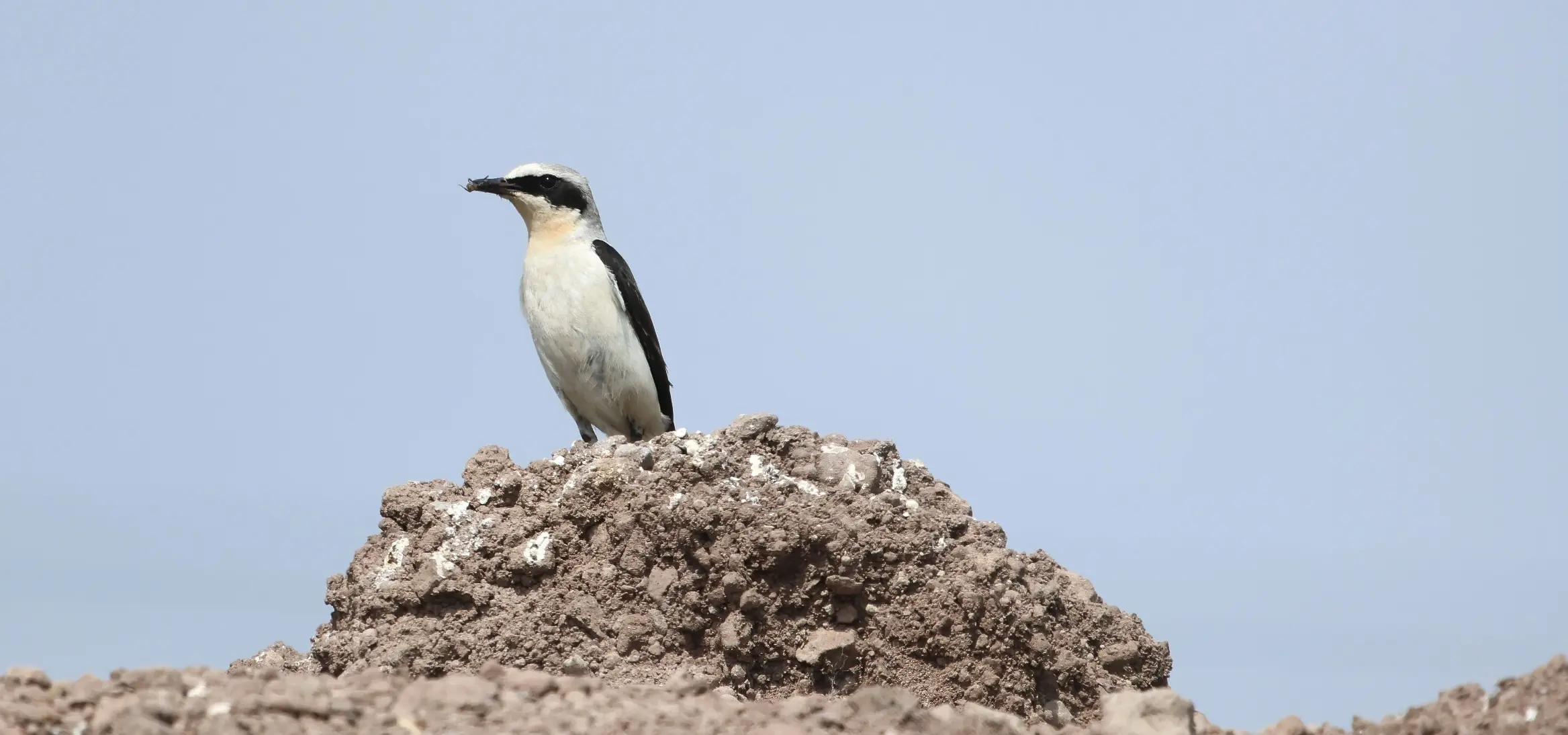

Oenanthe oenanthe oenanthe -  Northern Wheatear
Northern Wheatear  hantmadár
hantmadár
●

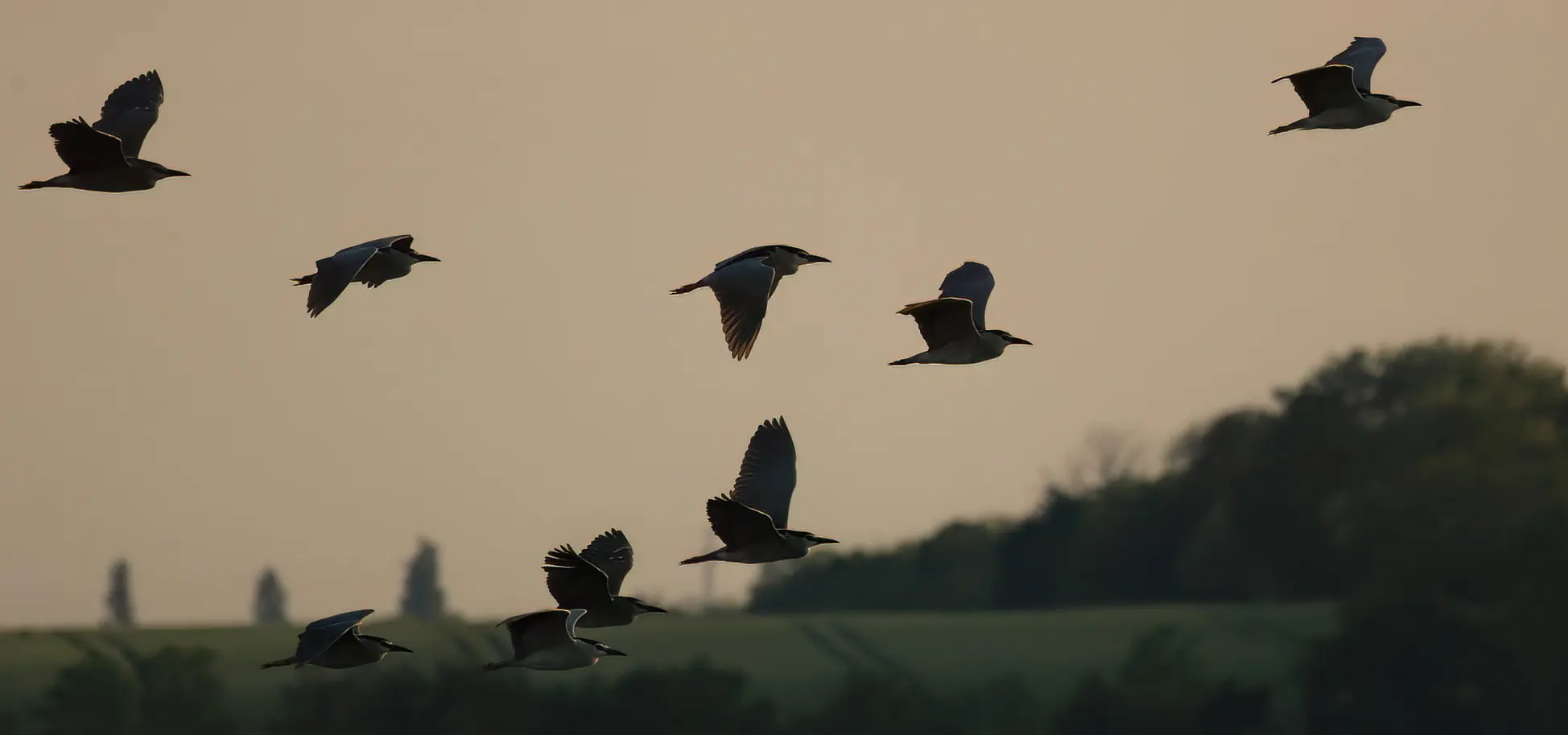

Nycticorax nycticorax nycticorax -  Black-crowned Night Heron
Black-crowned Night Heron  bakcsó
bakcsó
● m
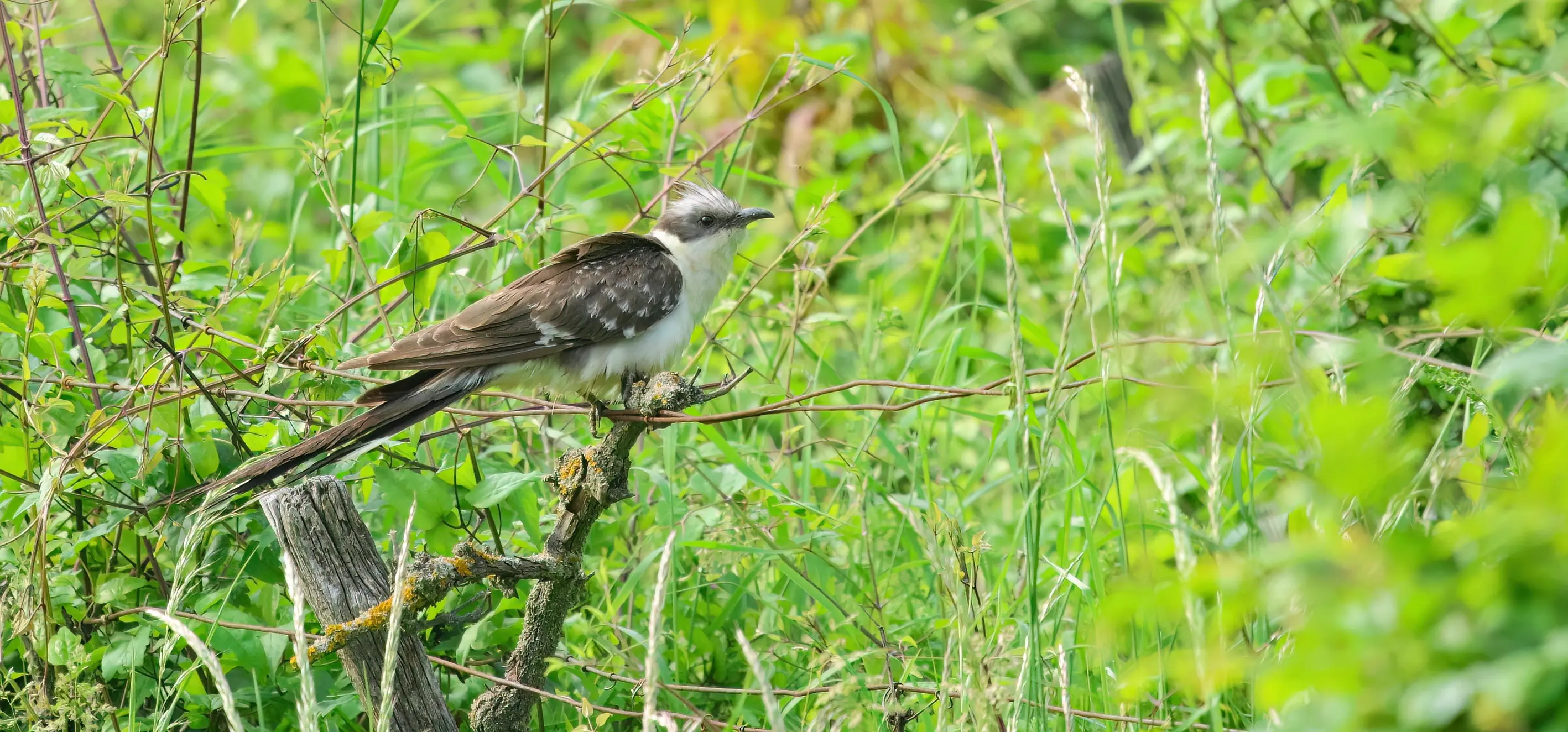
Clamator glandarius. -  Great Spotted Cuckoo
Great Spotted Cuckoo  pettyes kakukk
pettyes kakukk
● This was the second known appearance of the species in Hungary (Found by Bálint Preiszner, Belső-tó, Tihany, 19th May 2023). The first data is from May of 2005, found by János Tar near Debrecen.
● The twitch in 2023, where I was lucky enough to attend, was an almost crowded event. Many people stood on the road of a little orchard and photographed the bird. Everybody waited the moment of some sort of activity, but the bird just sat there on a branch without doing anything. After most of the people left the site, the bird perked up and started to find for food, it managed to pick up some fat worms from the grass.
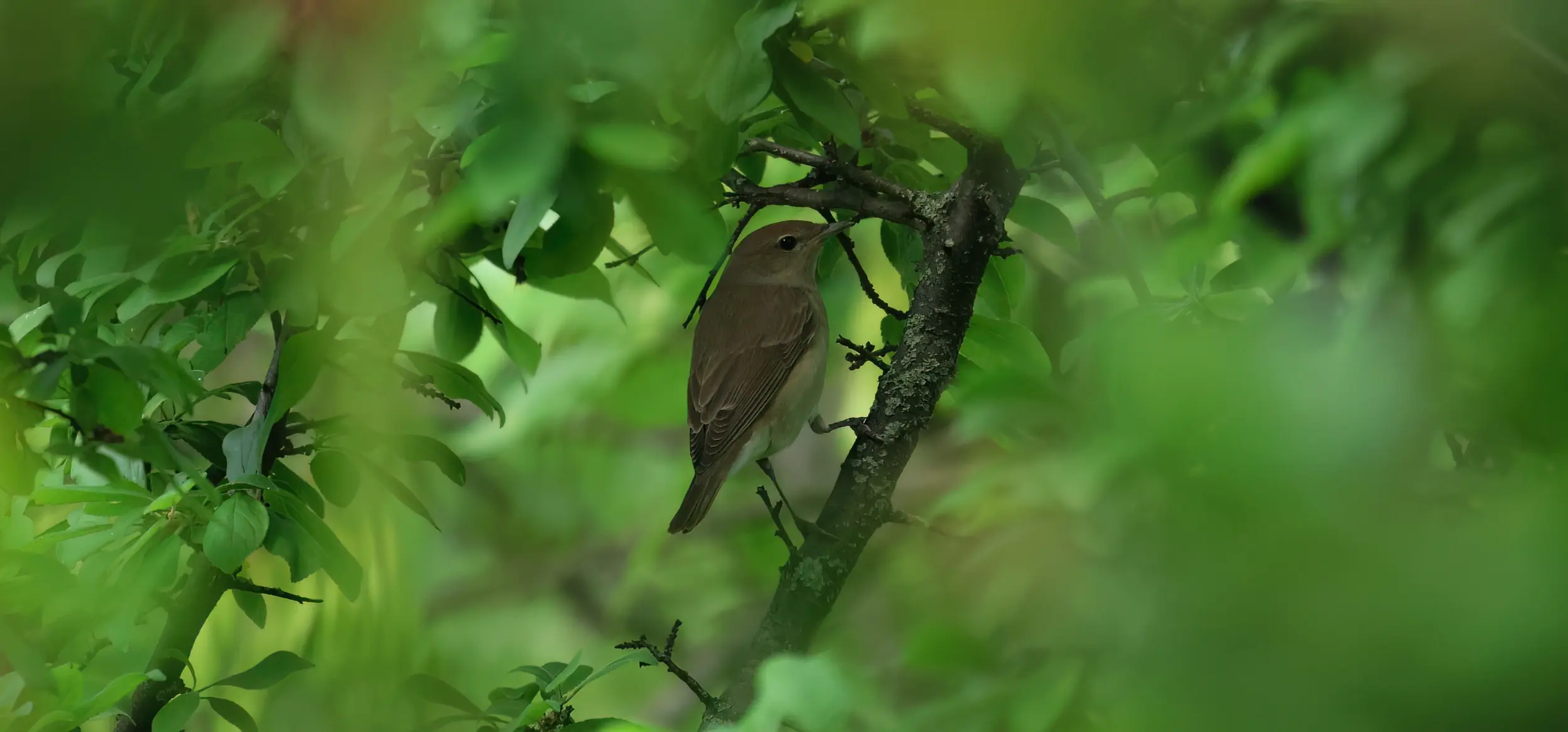

Sylvia borin borin -  Garden Warbler
Garden Warbler  kerti poszáta
kerti poszáta
● hang nyilván


Chlidonias leucopterus . -  White-winged Tern
White-winged Tern  fehérszárnyú szerkő
fehérszárnyú szerkő
● nincs ez már fent...?


Saxicola rubicola rubicola -  European Stonechat
European Stonechat  cigánycsuk
cigánycsuk
●
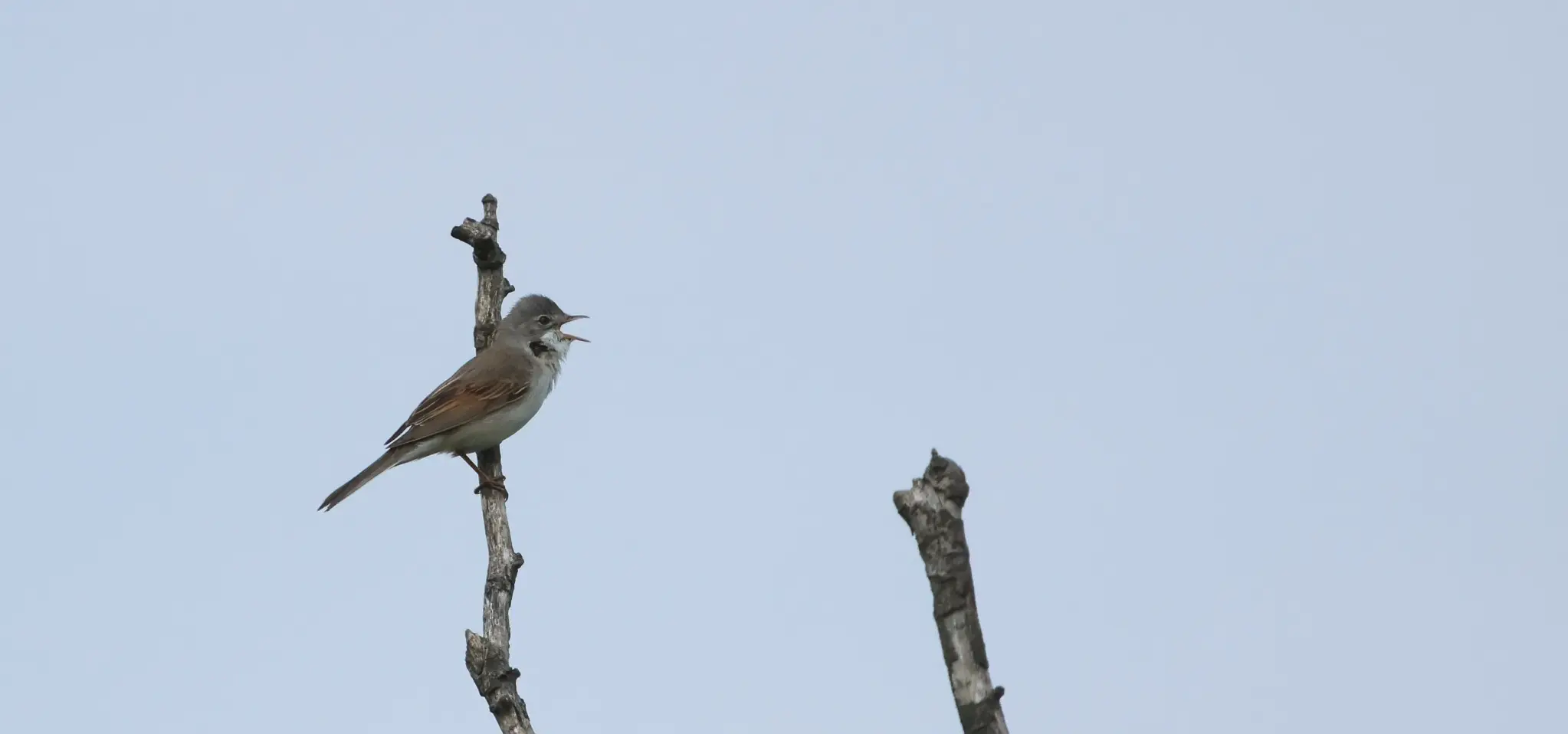

Curruca communis communis -  Common Whitethroat
Common Whitethroat  mezei poszáta
mezei poszáta
● hang ide is
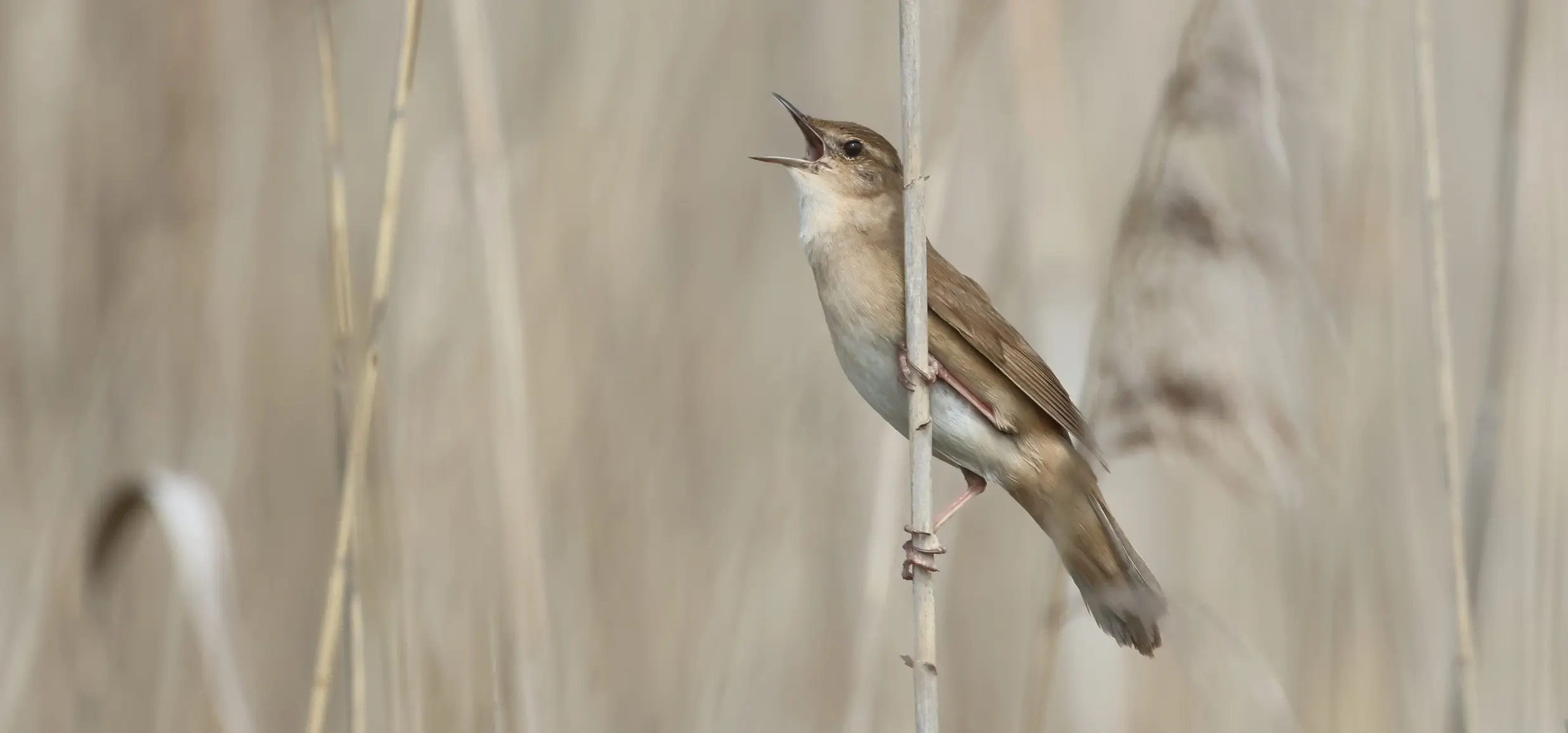

Locustella luscinoides luscinoides -  Savi's Warbler
Savi's Warbler  nádi tücsökmadár
nádi tücsökmadár
● hang
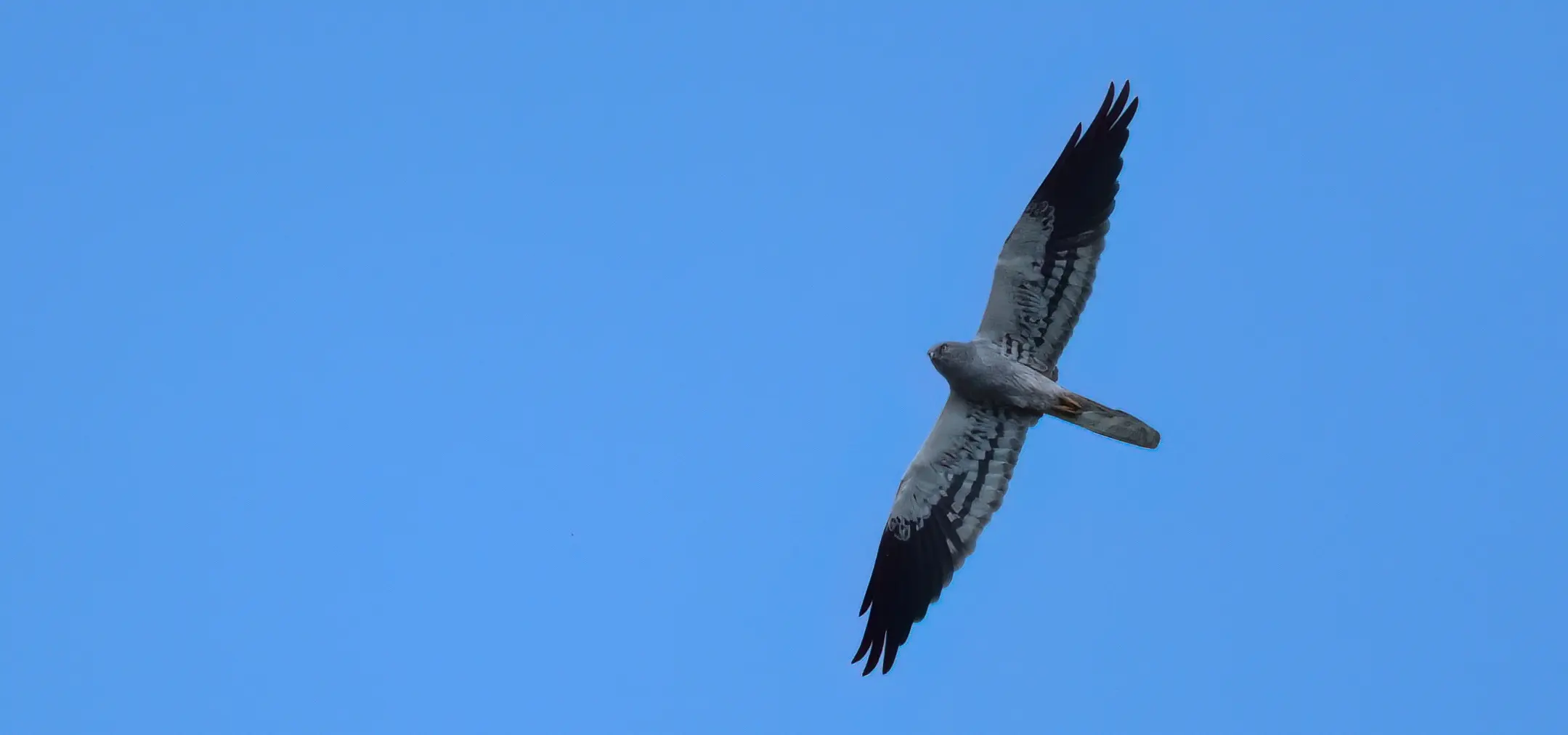

Circus pygargus . -  Montagu's Harrier
Montagu's Harrier  hamvas rétihéja
hamvas rétihéja
●
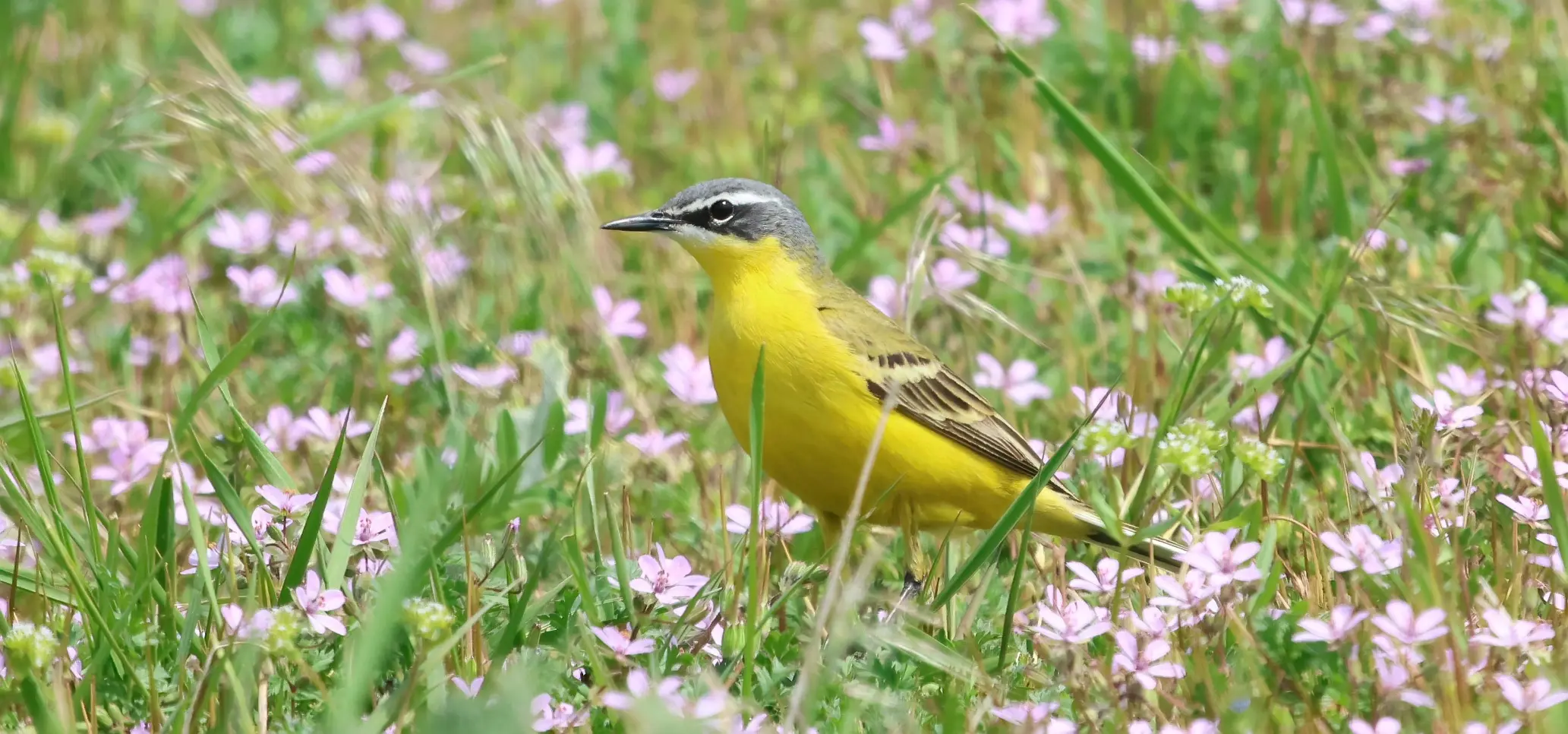
Motacilla flava flava -  Yellow Wagtail
Yellow Wagtail  sárga billegető
sárga billegető
● ssp-k kicsibe
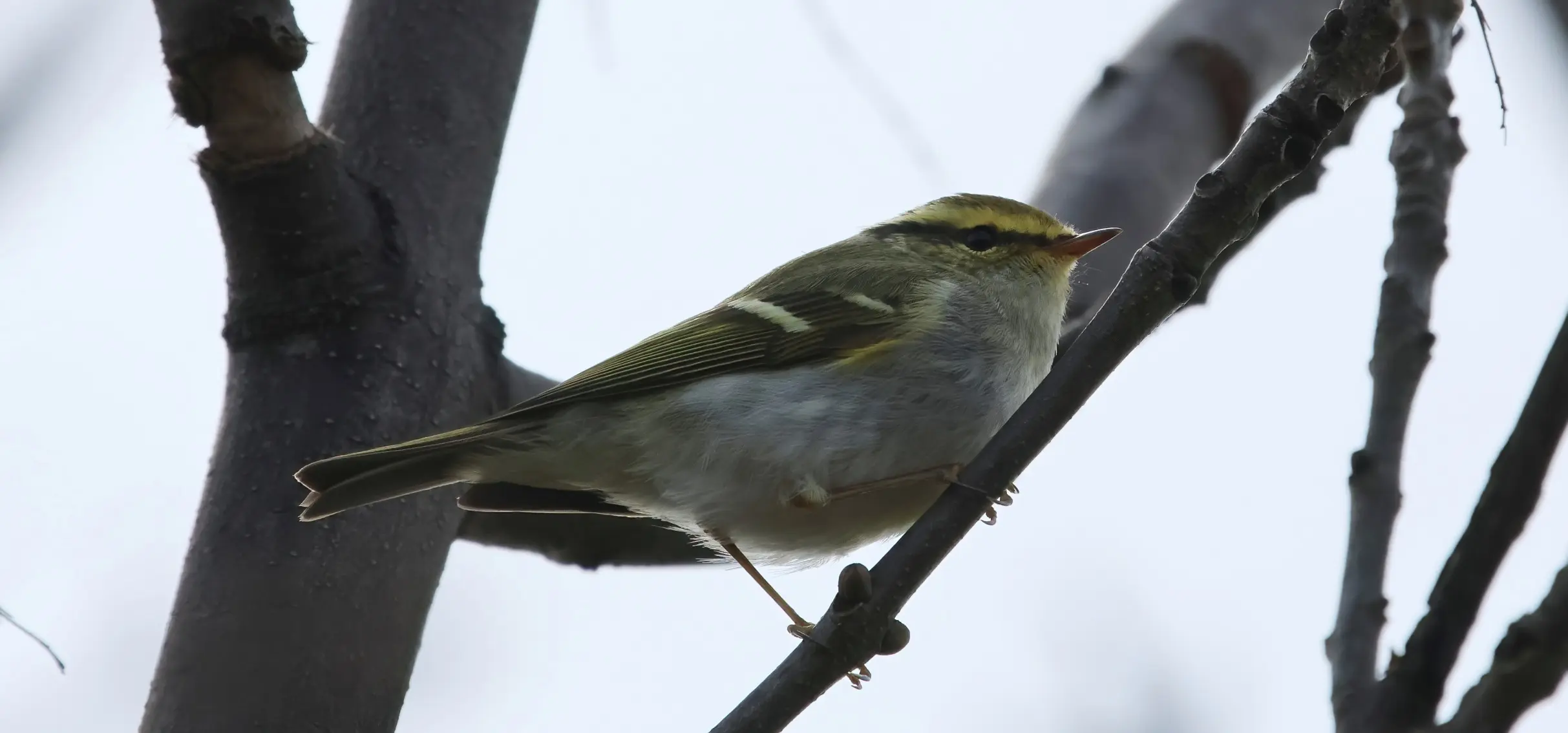
Phylloscopus proregulus . -  Pallas's Leaf Warbler
Pallas's Leaf Warbler  királyfüzike
királyfüzike
● hang
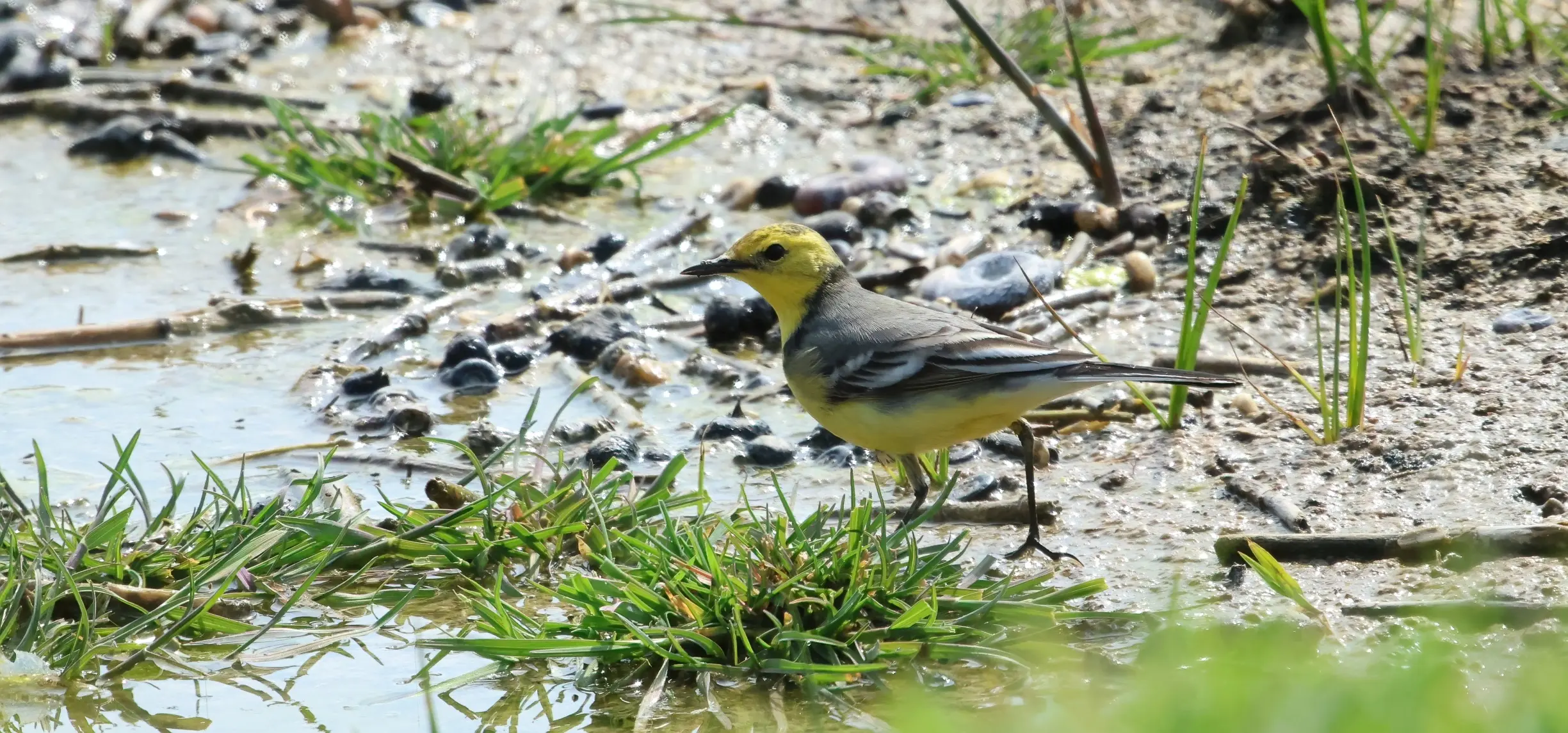

Motacilla citreola citreola -  Citrine Wagtail
Citrine Wagtail  citrombillegető
citrombillegető
●
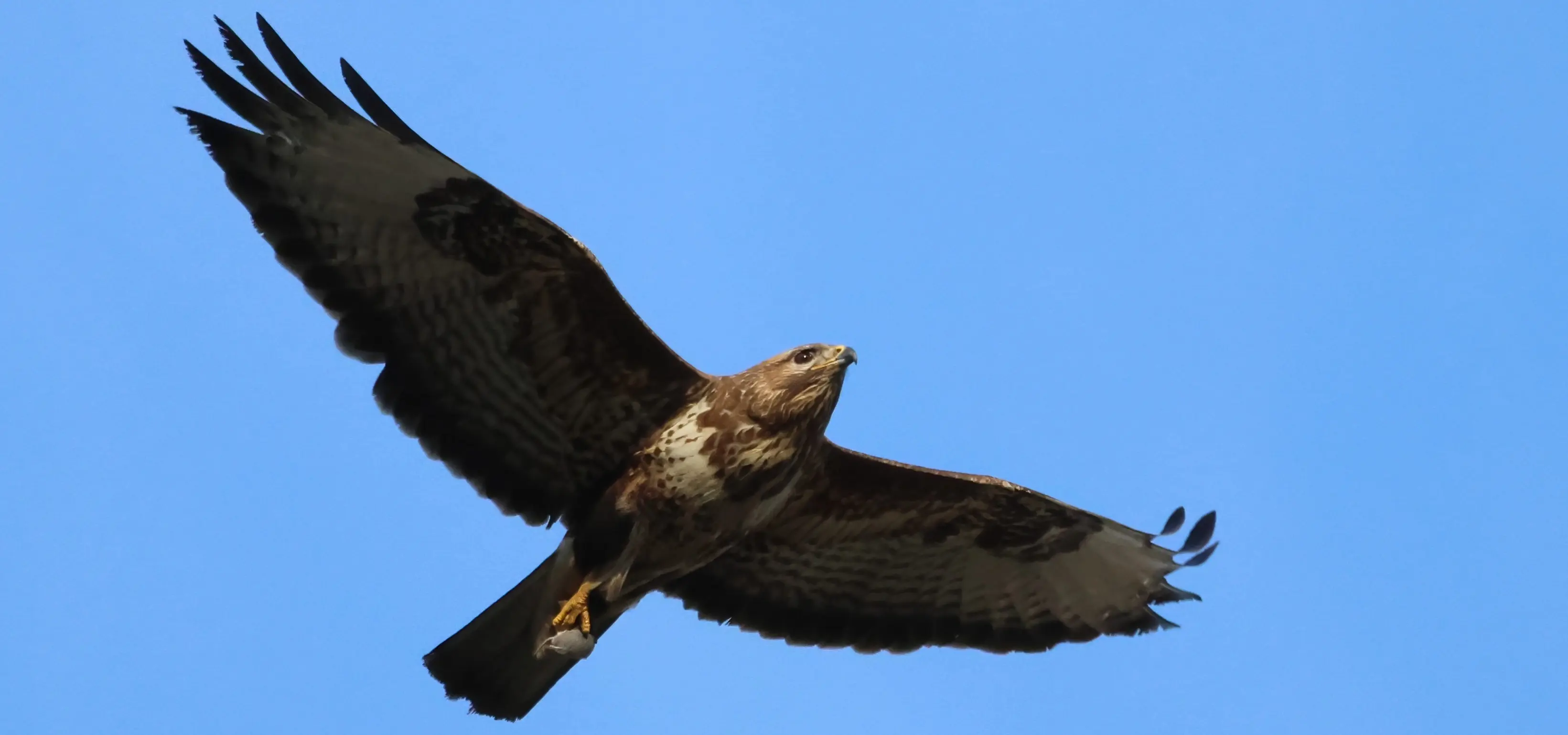
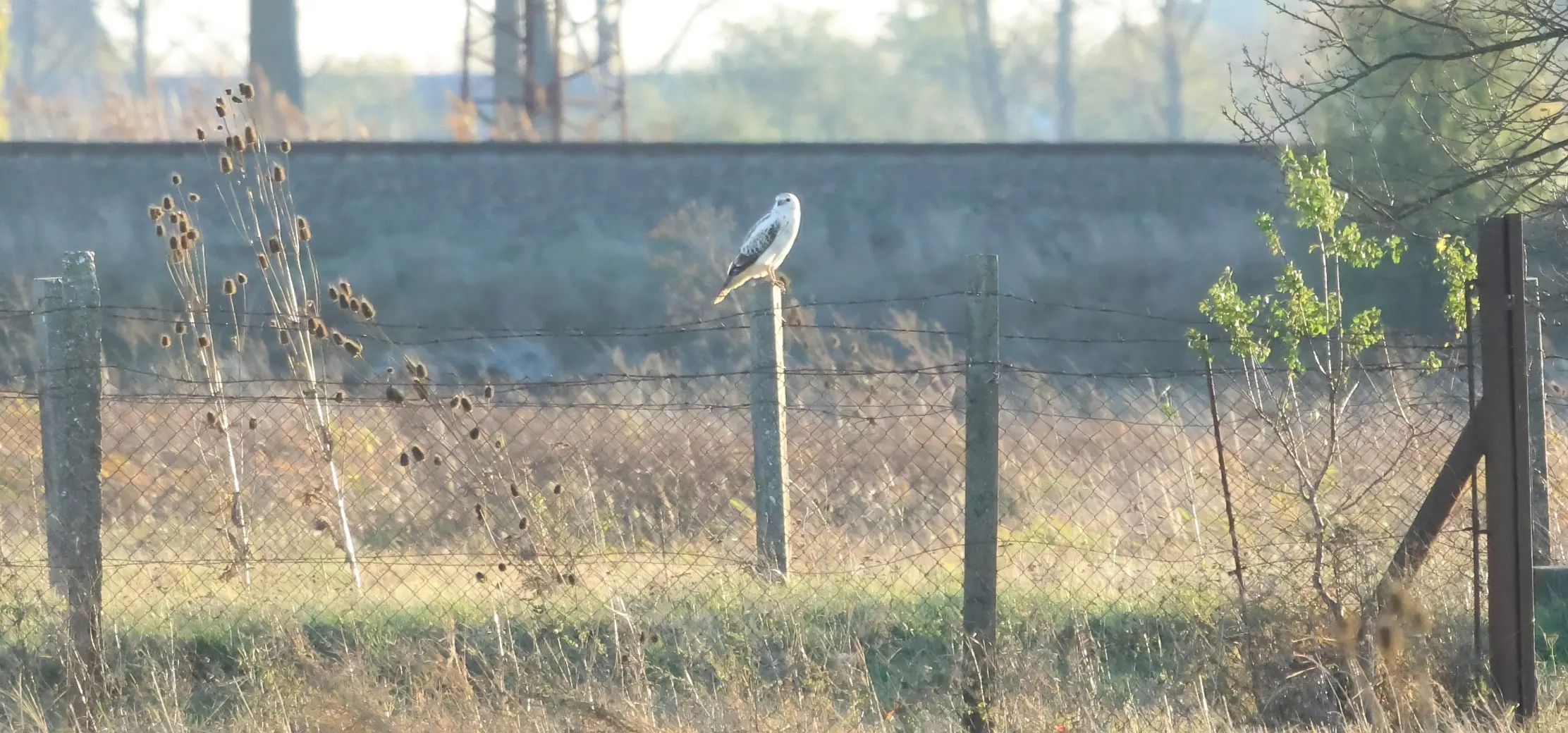
Buteo buteo buteo -  Eurasian Common Buzzard
Eurasian Common Buzzard  egerészölyv
egerészölyv
● As in many other places, it is the most common bird of prey in our country.
● In winter, we also have some very exotic looking vagrant variants from the North.
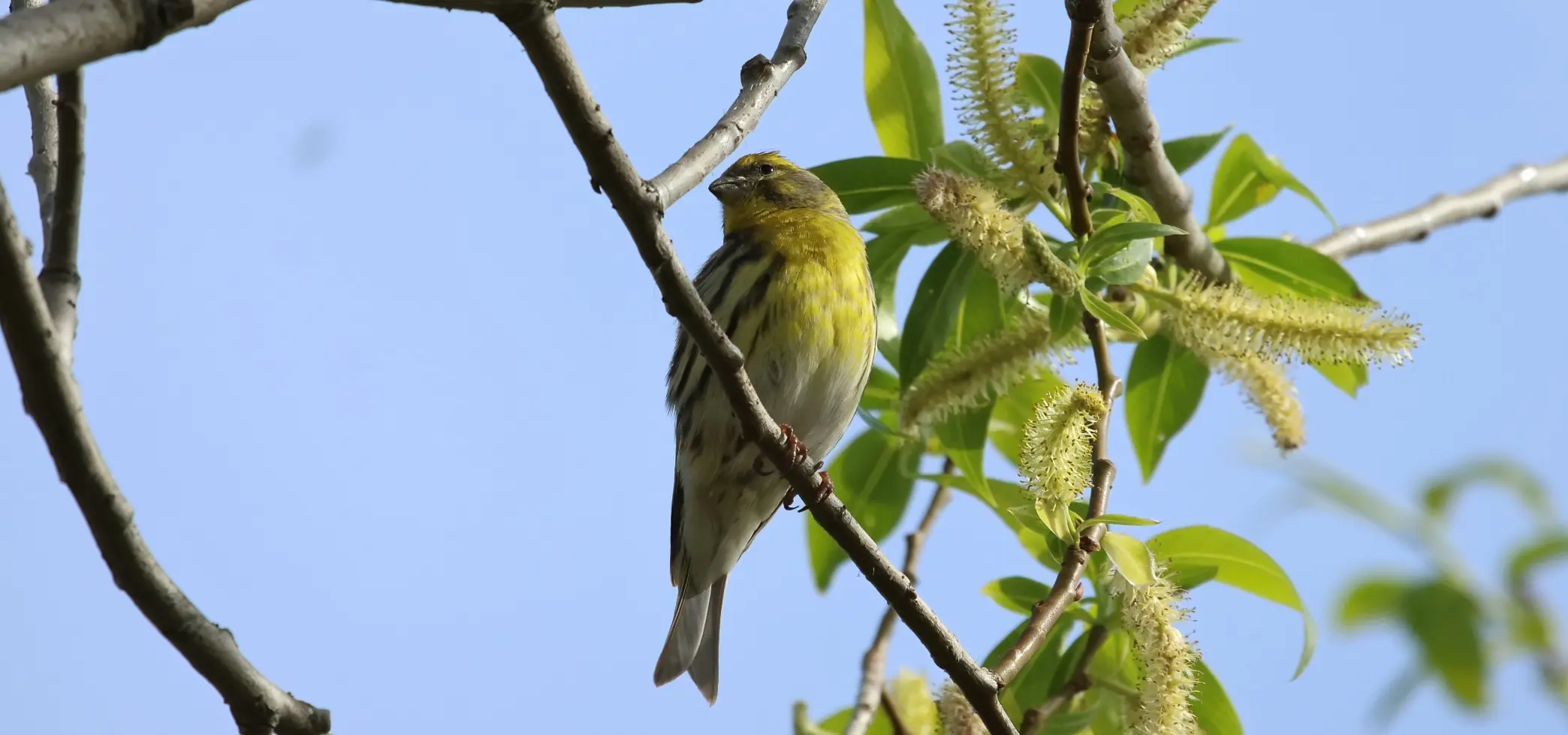

Serinus serinus . -  European Serin
European Serin  csicsörke
csicsörke
●
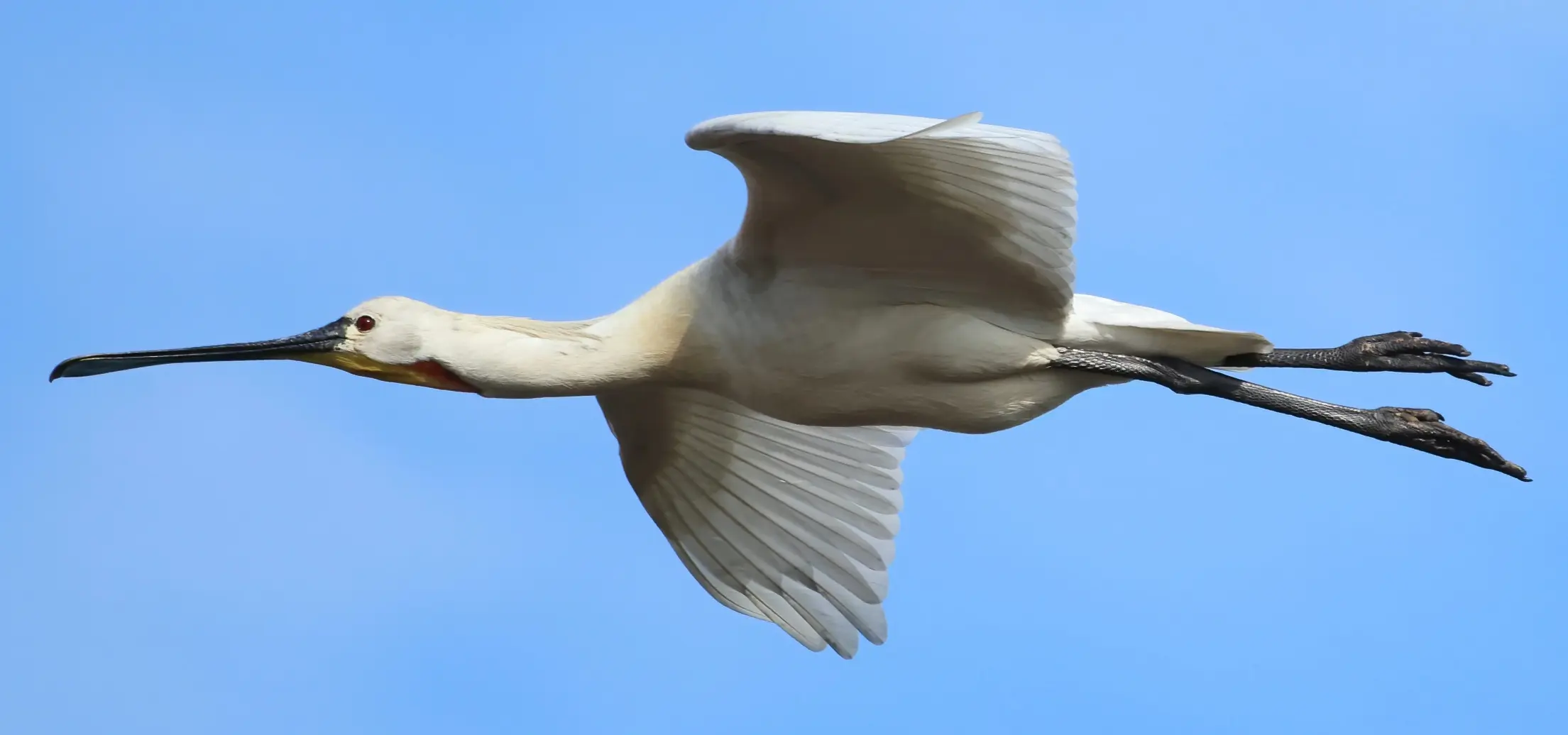
Platalea leucordia leucordia -  Eurasian Spoonbill
Eurasian Spoonbill  kanalasgém
kanalasgém
● Our most common ibis species, of which we only have two: the Spoonbill and the uncommon Glossy Ibis.
● Hungary remains one of the main strongholds of the spoonbills as they still have large breeding populations here.


Luscinia svecica cyanecula -  White-spotted Bluethroat
White-spotted Bluethroat  kékbegy
kékbegy
●
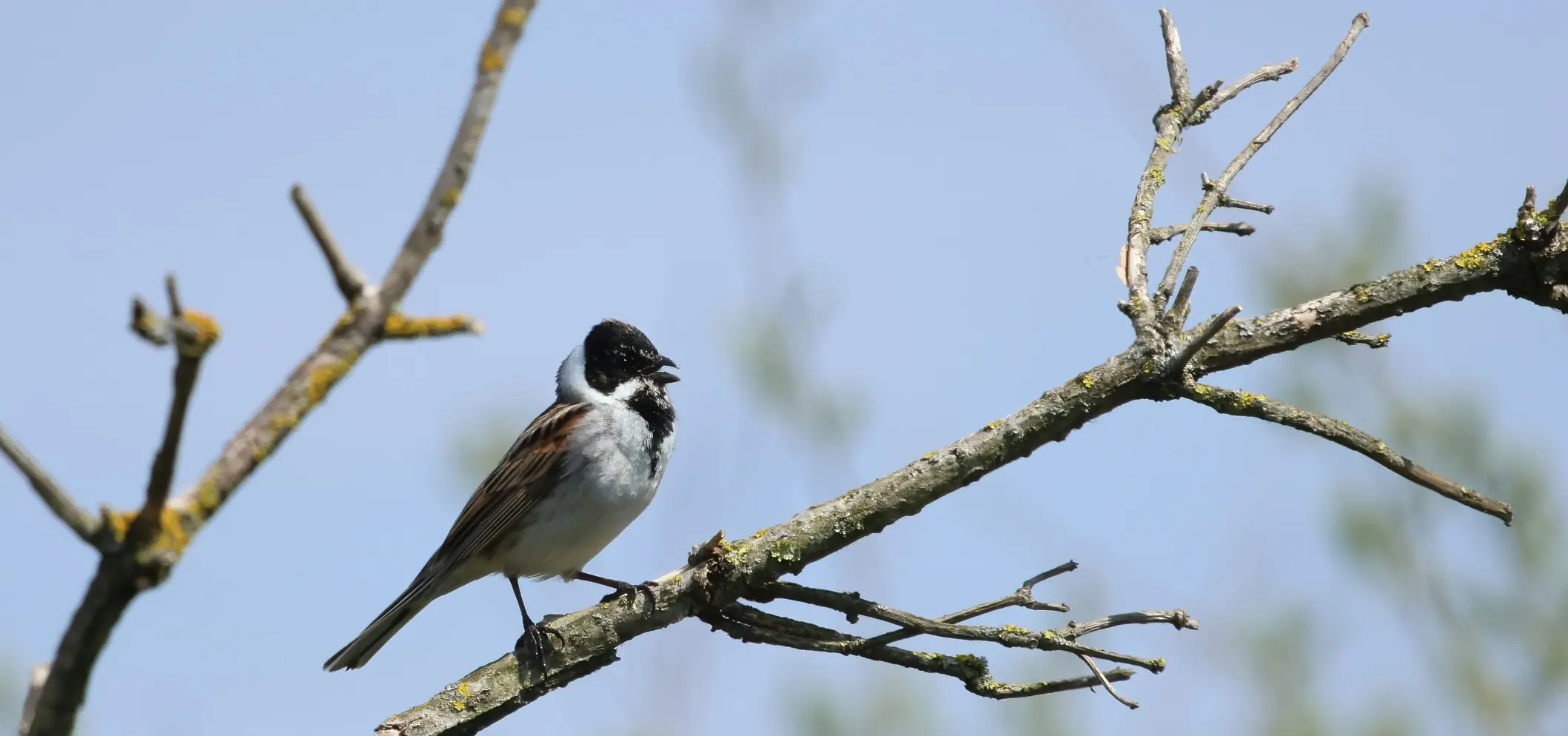

Emberiza schoeniclus stresemanni -  Northern Reed Bunting
Northern Reed Bunting  nádi sármány
nádi sármány
● itt katyvasz van az alfajokkal, lehet, hogy megvan Mo-on a nominate is
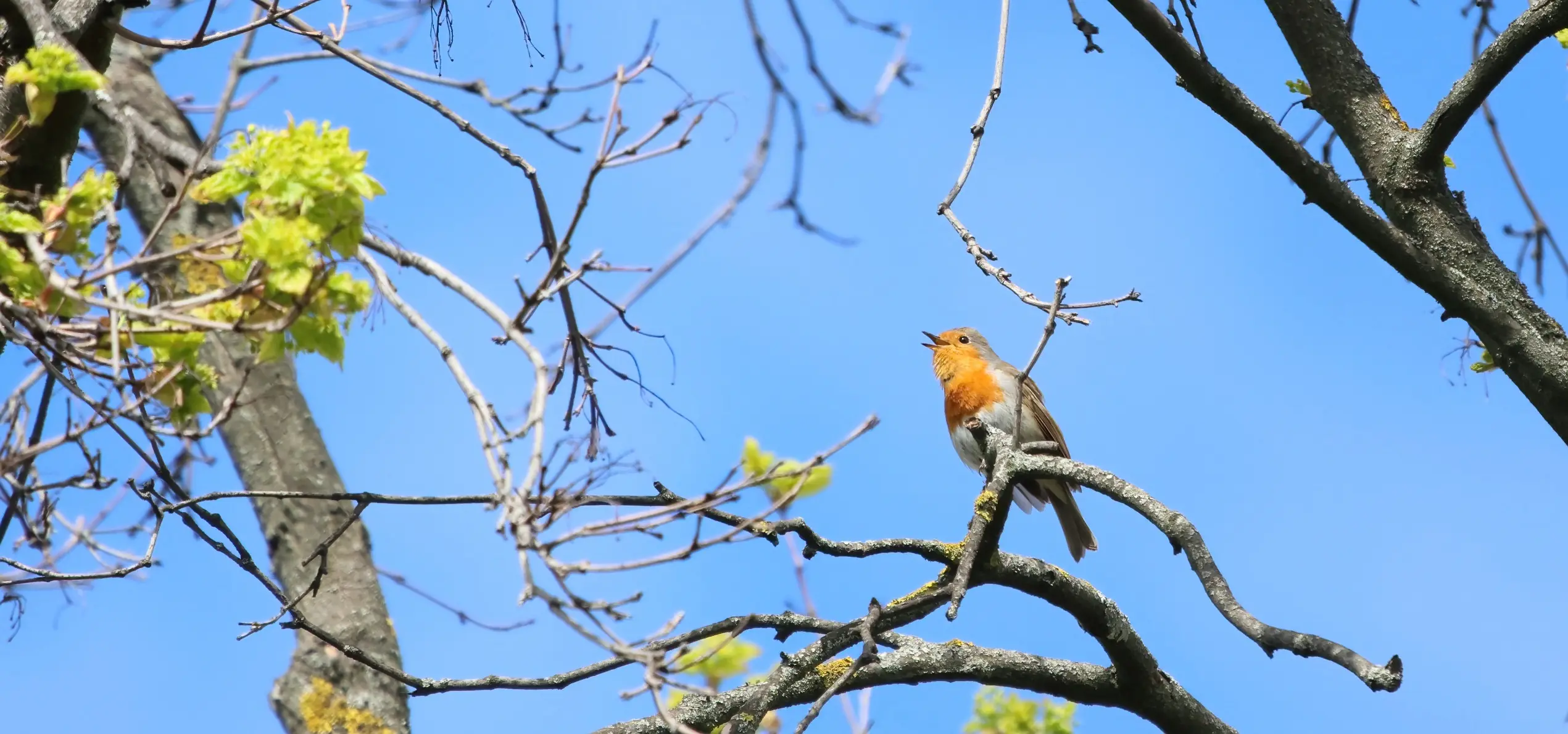

Erythacus rubecula rubecula -  European Robin
European Robin  vörösbegy
vörösbegy
●
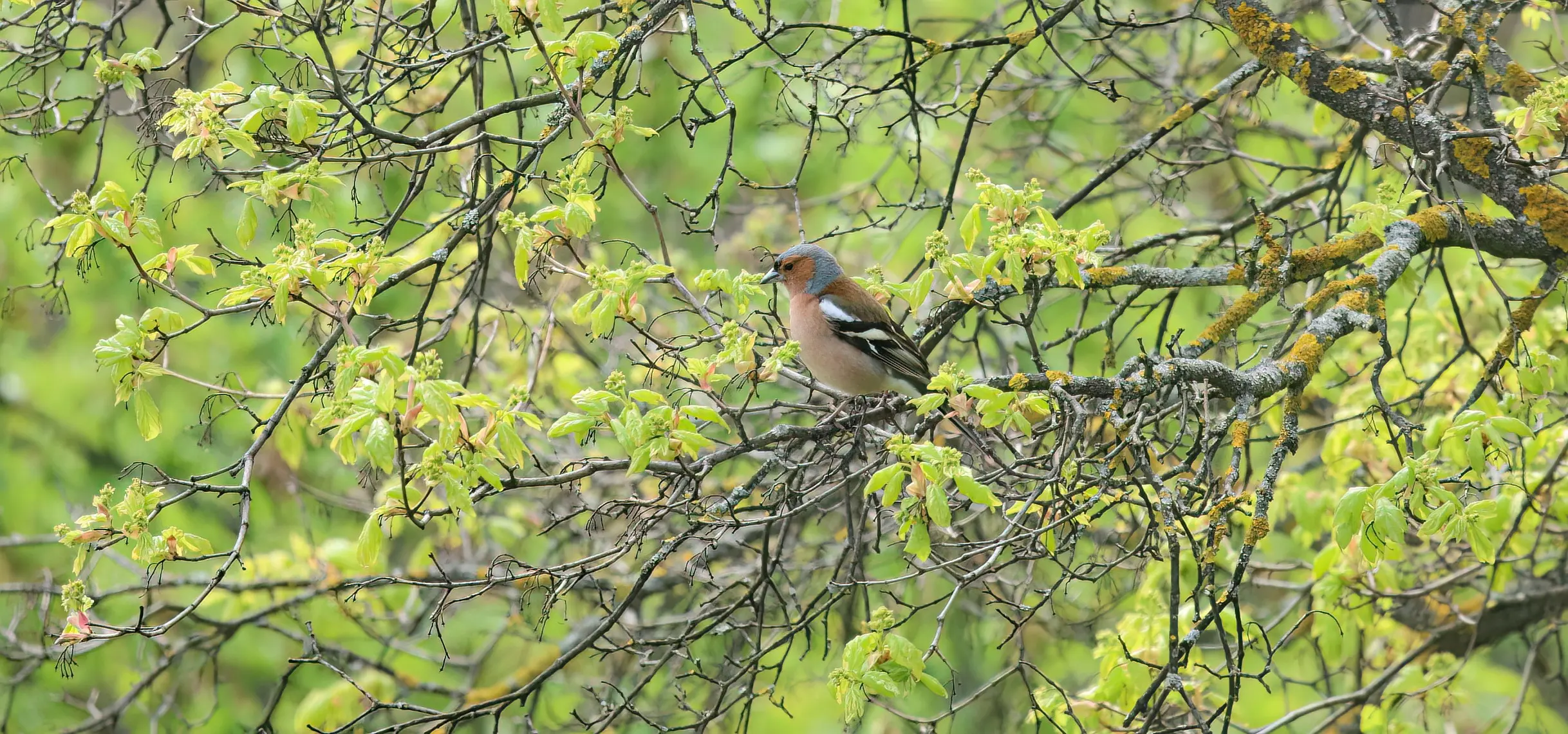

Fringilla coelebs coelebs -  Common Chaffinch
Common Chaffinch  erdei pinty
erdei pinty
●
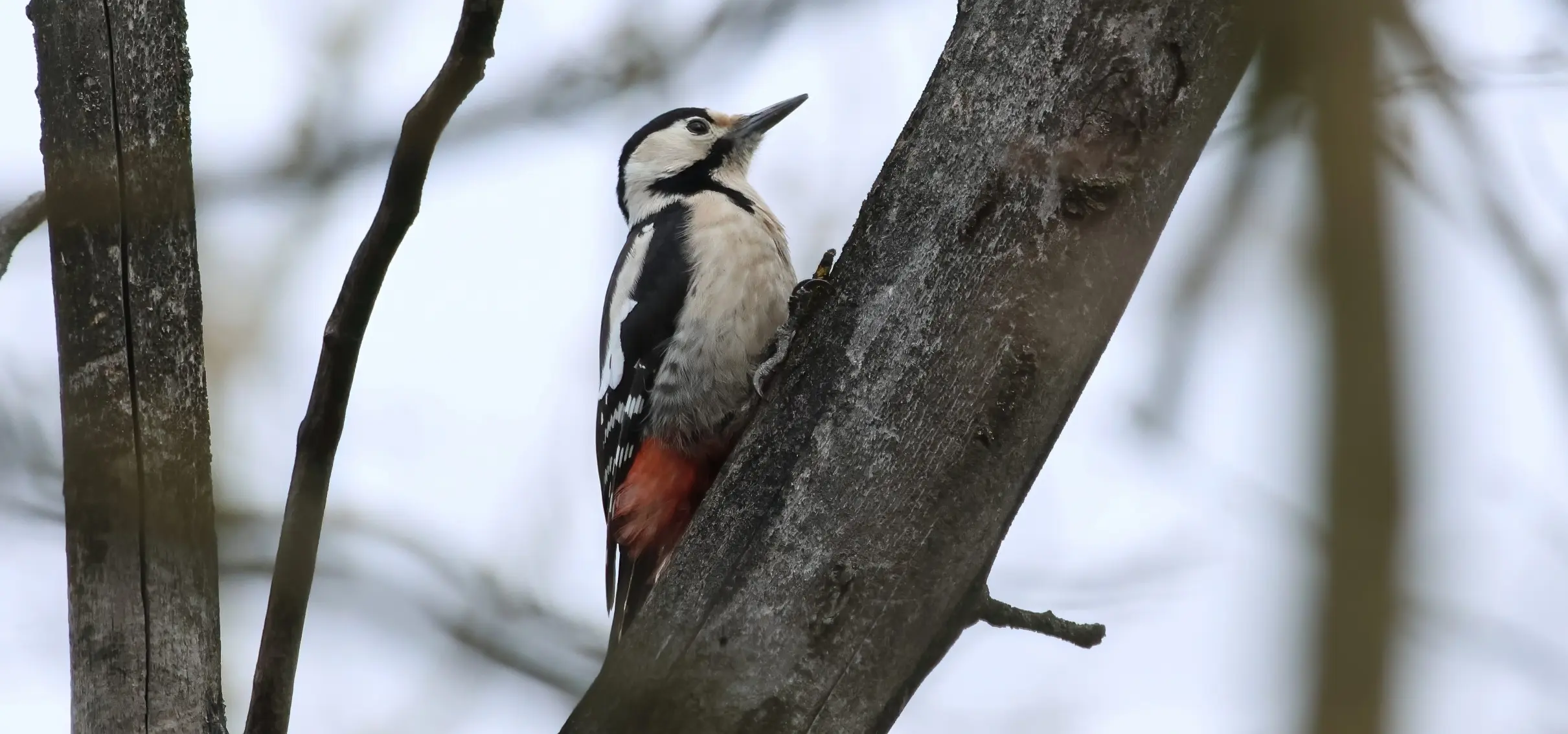
Dendrocopos syriacus syriacus -  Syrian Woodpecker
Syrian Woodpecker  balkáni fakopáncs
balkáni fakopáncs
● Less frequent as the very common Great Woodpecker, but it occurs in most places in Hungary.
● Formerly a bird of the Middle East, strated an expansion to Europe in the 19th century, nowadays its range reaches Austria, Czech R., Poland, Belarus.
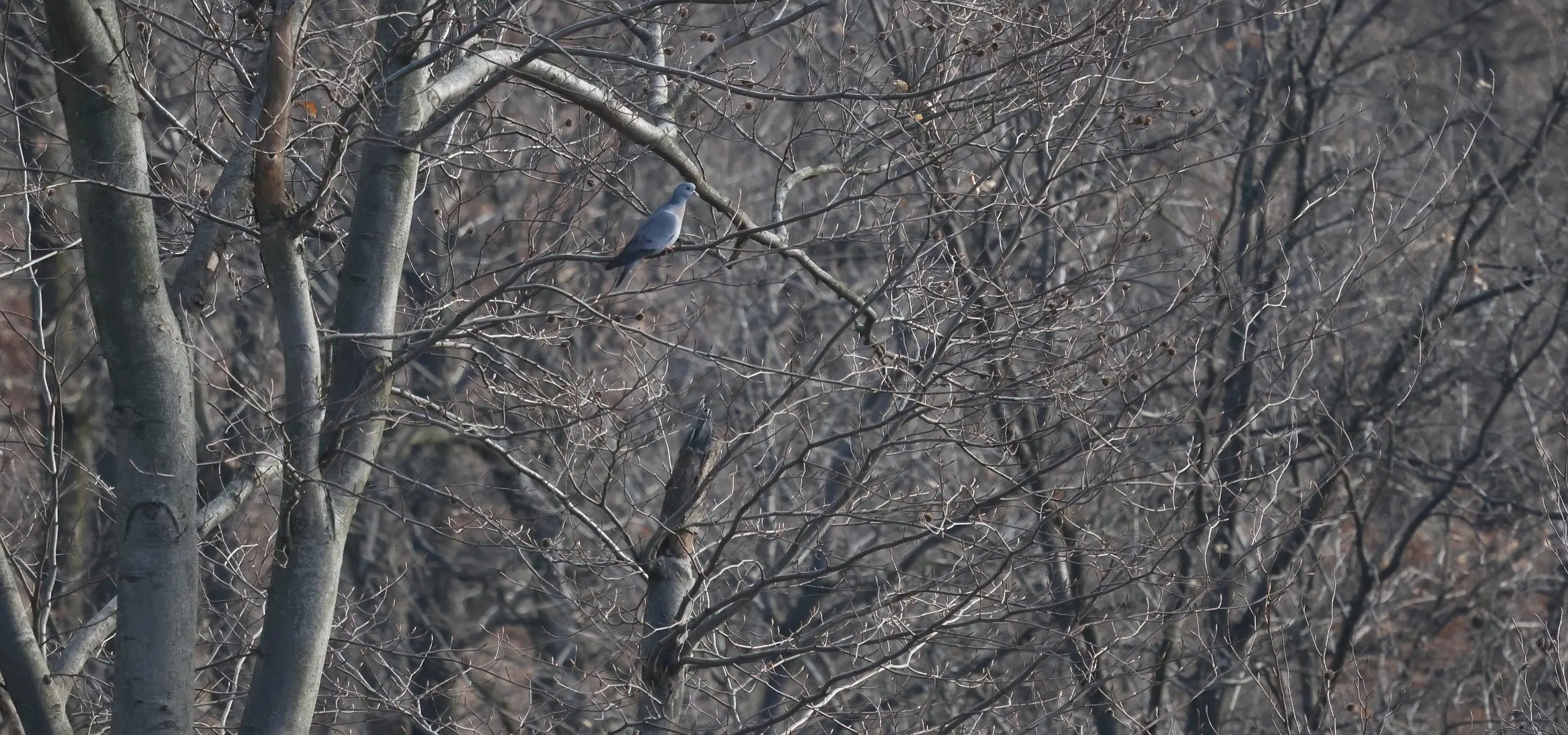
Columba oenas oenas -  Stock Dove
Stock Dove  kék galamb
kék galamb
● hang kéne ide
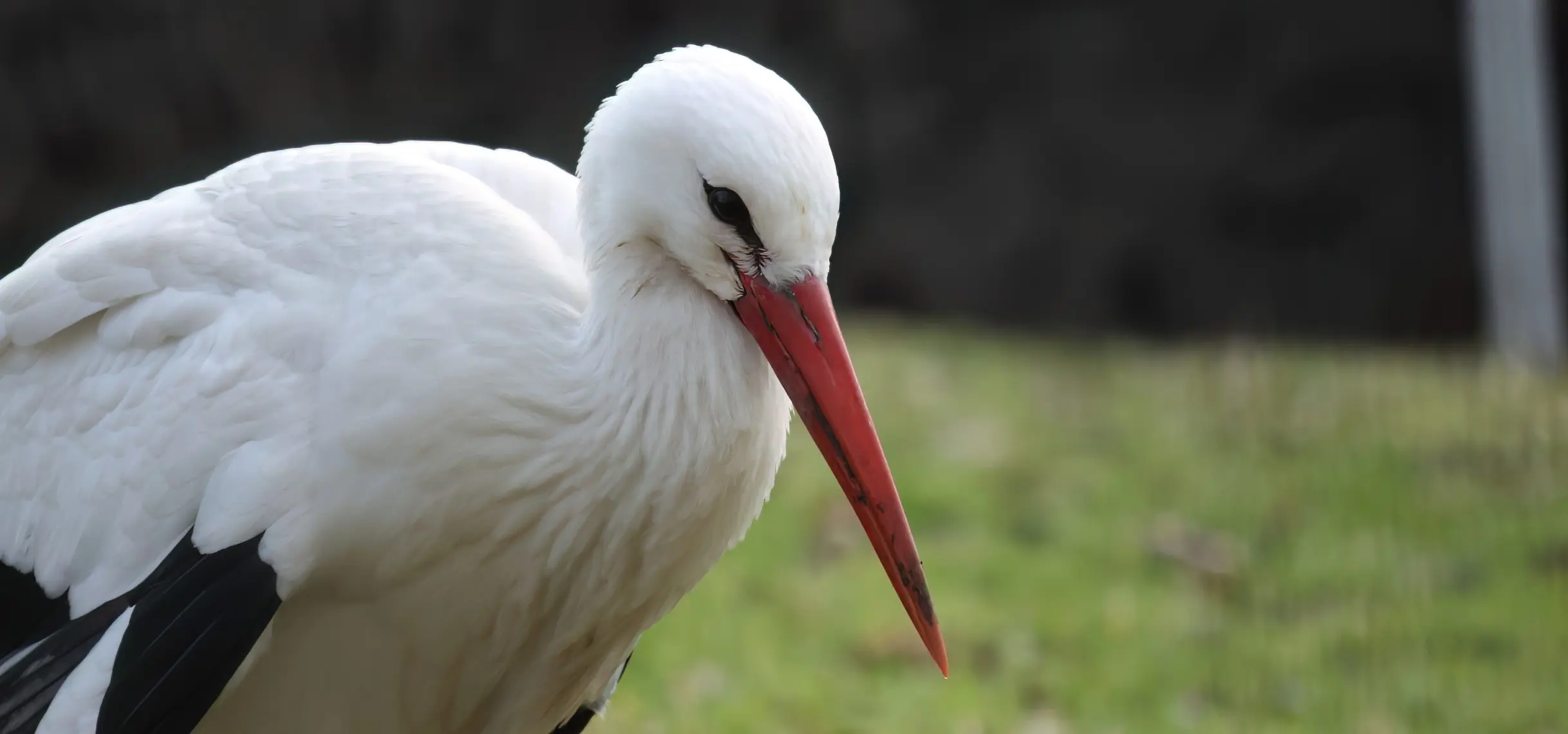
Ciconia ciconia ciconia -  White Stork
White Stork  fehér gólya
fehér gólya
●
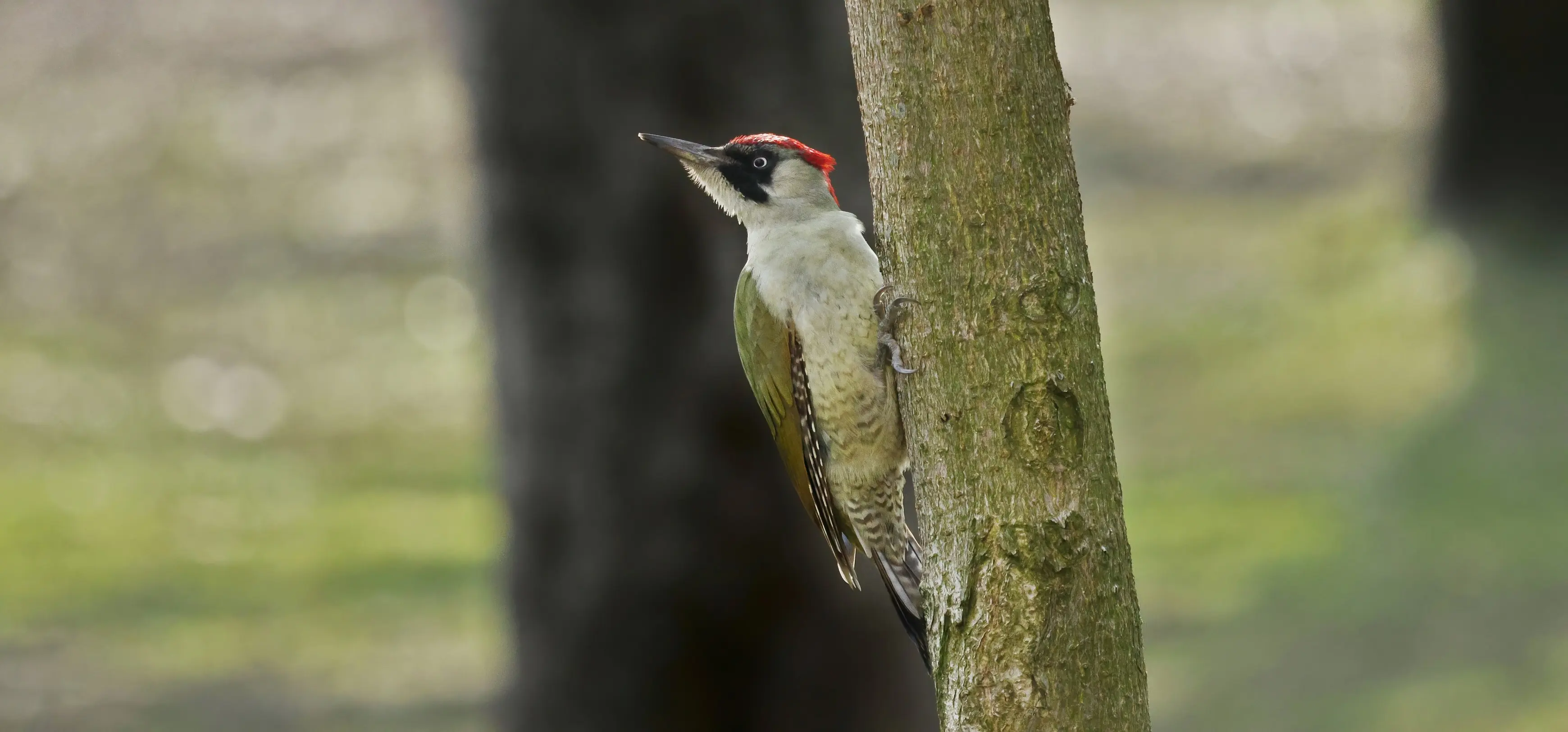
Picus viridis viridis -  European Green Woodpecker
European Green Woodpecker  zöld küllő
zöld küllő
● Both sexes have the red cap. Males have red in their moustach, females have completely black moustach stripe.
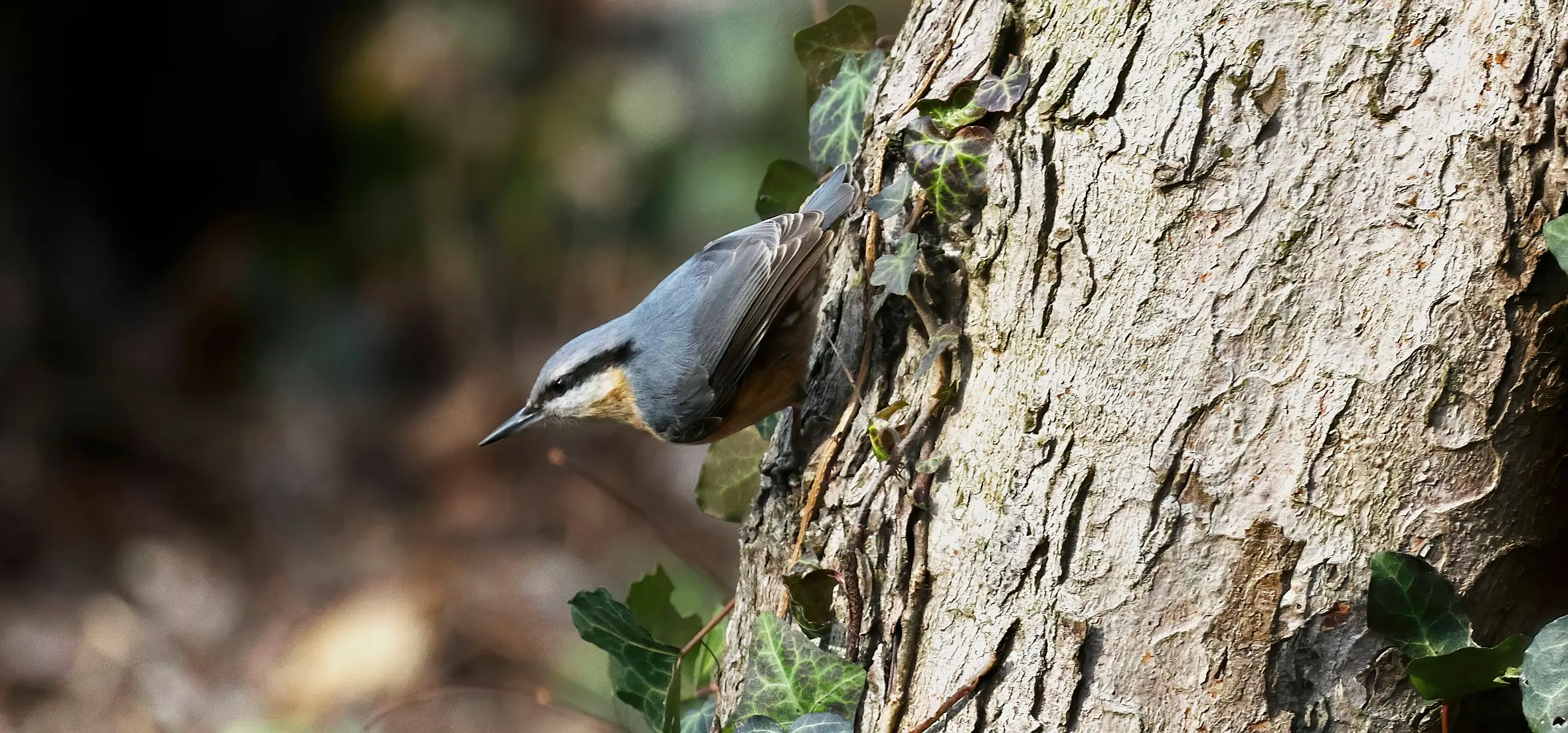
Sitta europea caesia -  Eurasian Nuthatch
Eurasian Nuthatch  csuszka
csuszka
● Resident and common everywhere. Vocally diverse and masterful.
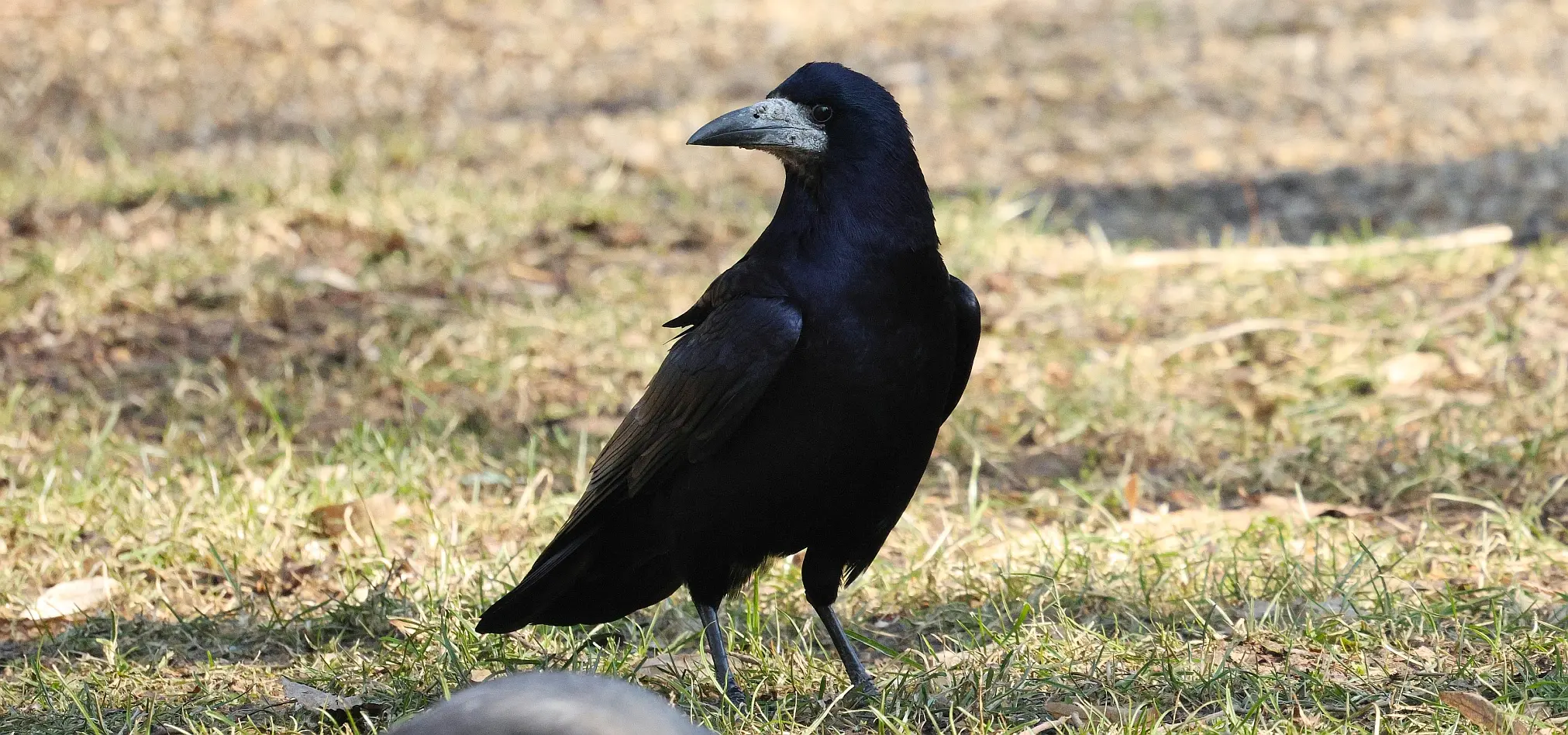
Corvus frugilegus frugilegus -  Rook
Rook  vetési varjú
vetési varjú
●
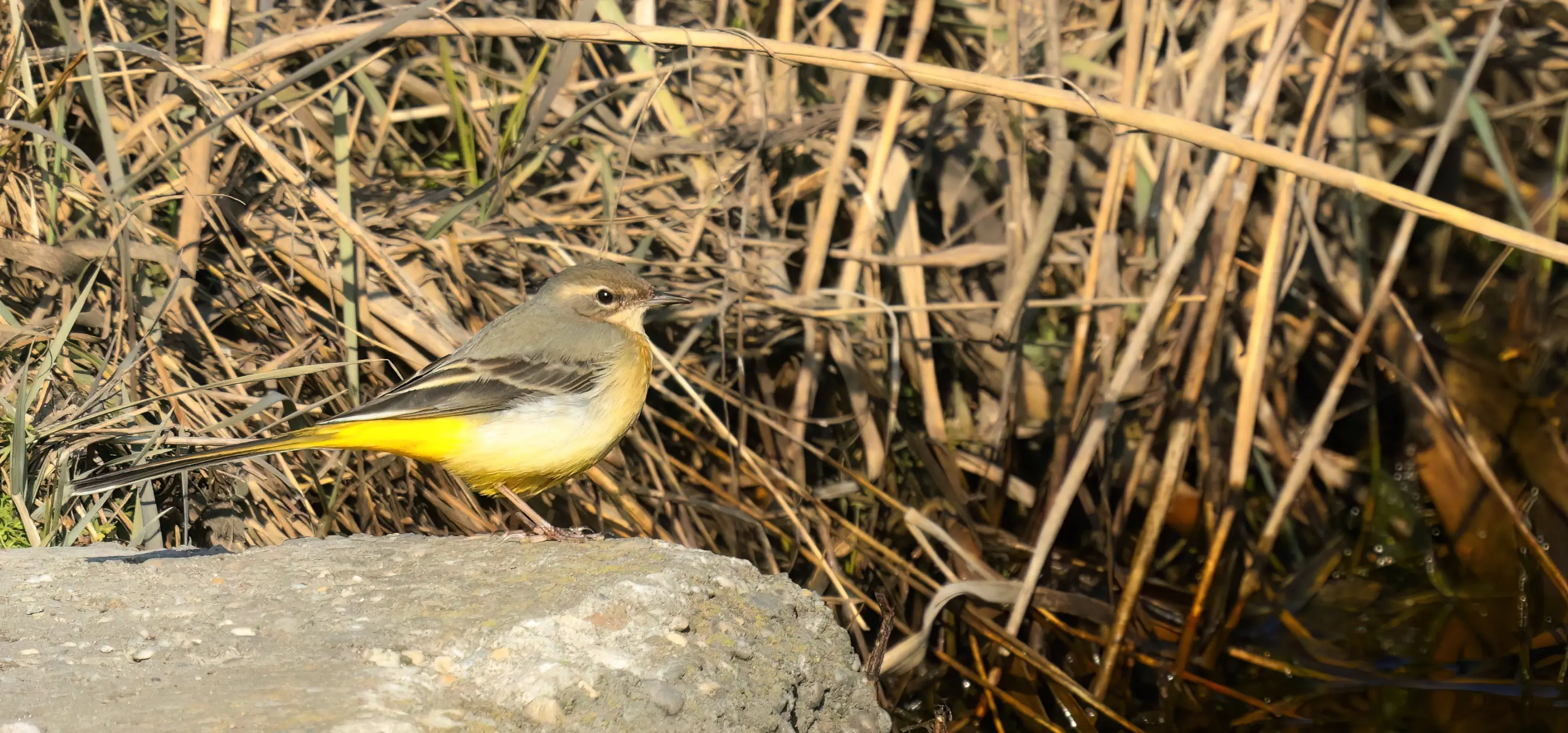
Motacilla cinerea cinerea -  Grey Wagtail
Grey Wagtail  hegyi billegető
hegyi billegető
● l
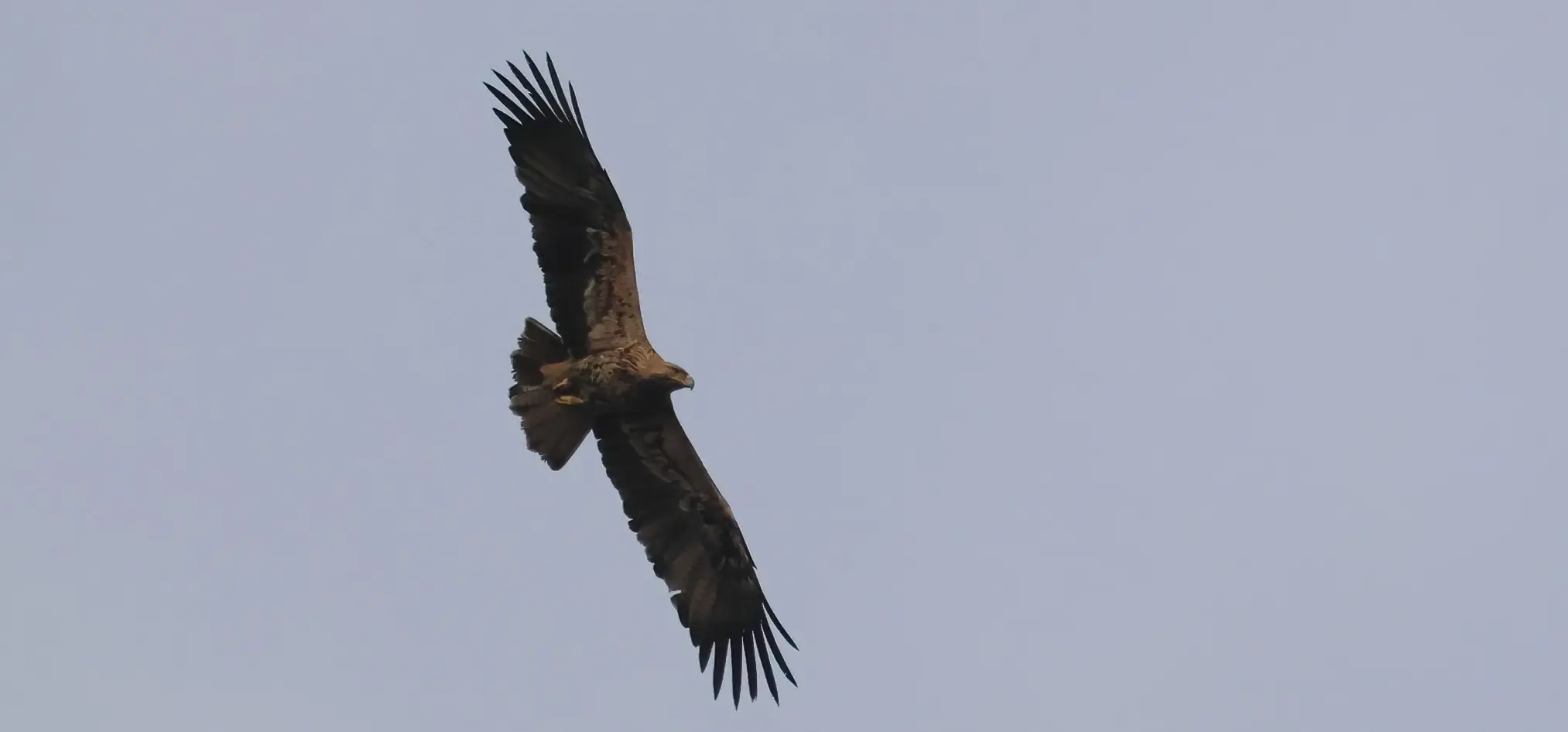
Aquila heliaca . -  Imperial Eagle
Imperial Eagle  parlagi sas
parlagi sas
●
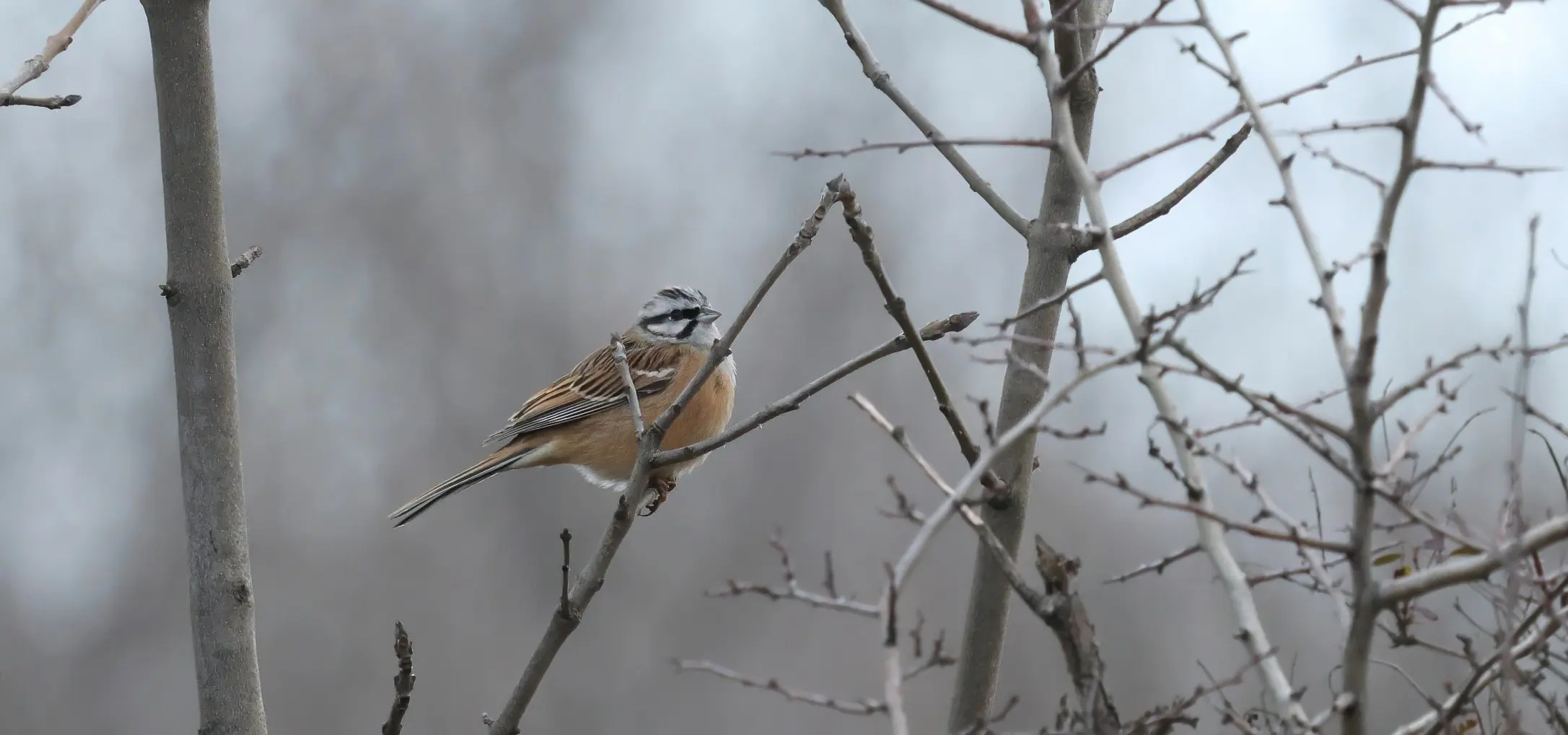
Emberiza cia cia -  Rock Bunting
Rock Bunting  bajszos sármány
bajszos sármány
●
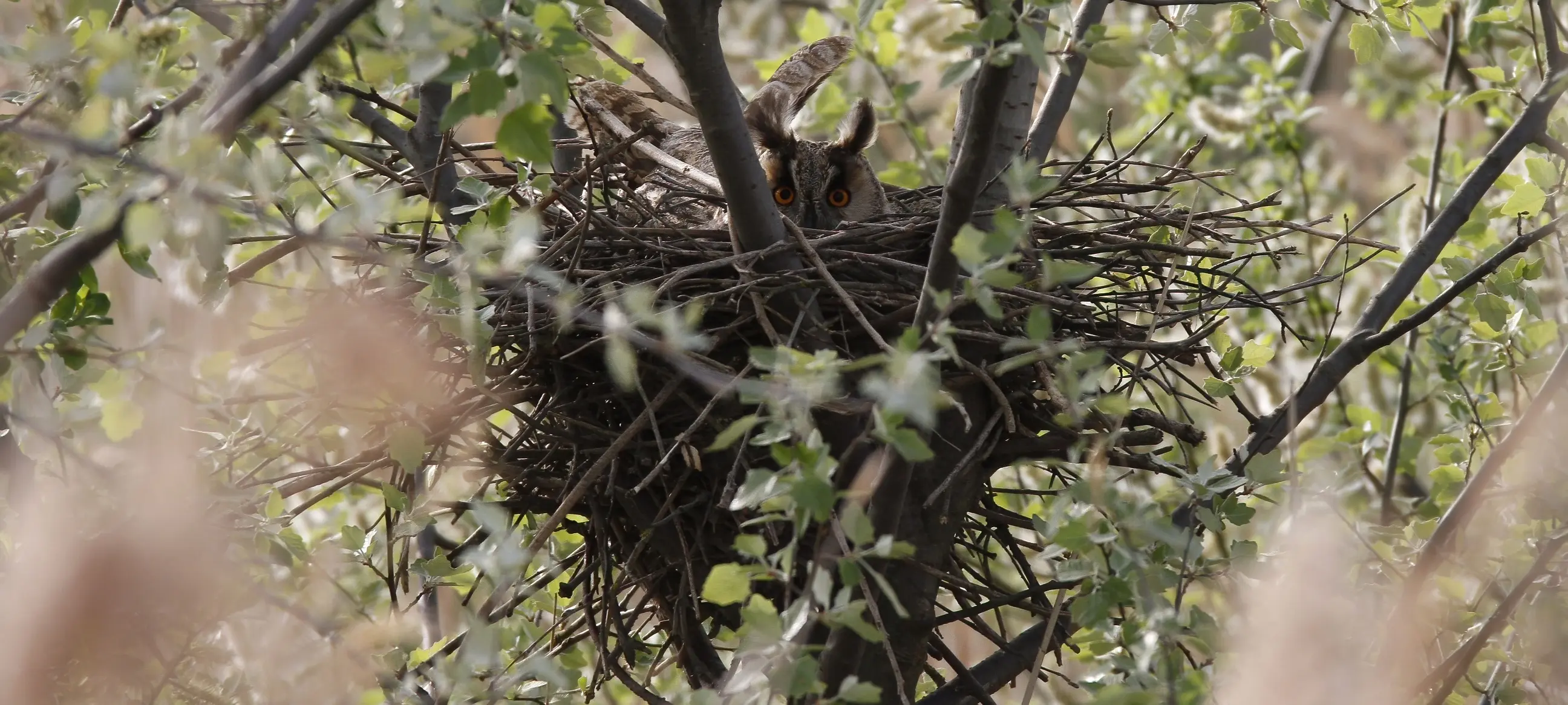

Asio otus otus -  Long-eared Owl
Long-eared Owl  erdei fülesbagoly
erdei fülesbagoly
● "The Owls are not what they seem."
● Long-eared Owls don't build a nest and typically breeds in abandoned nests of Rooks.
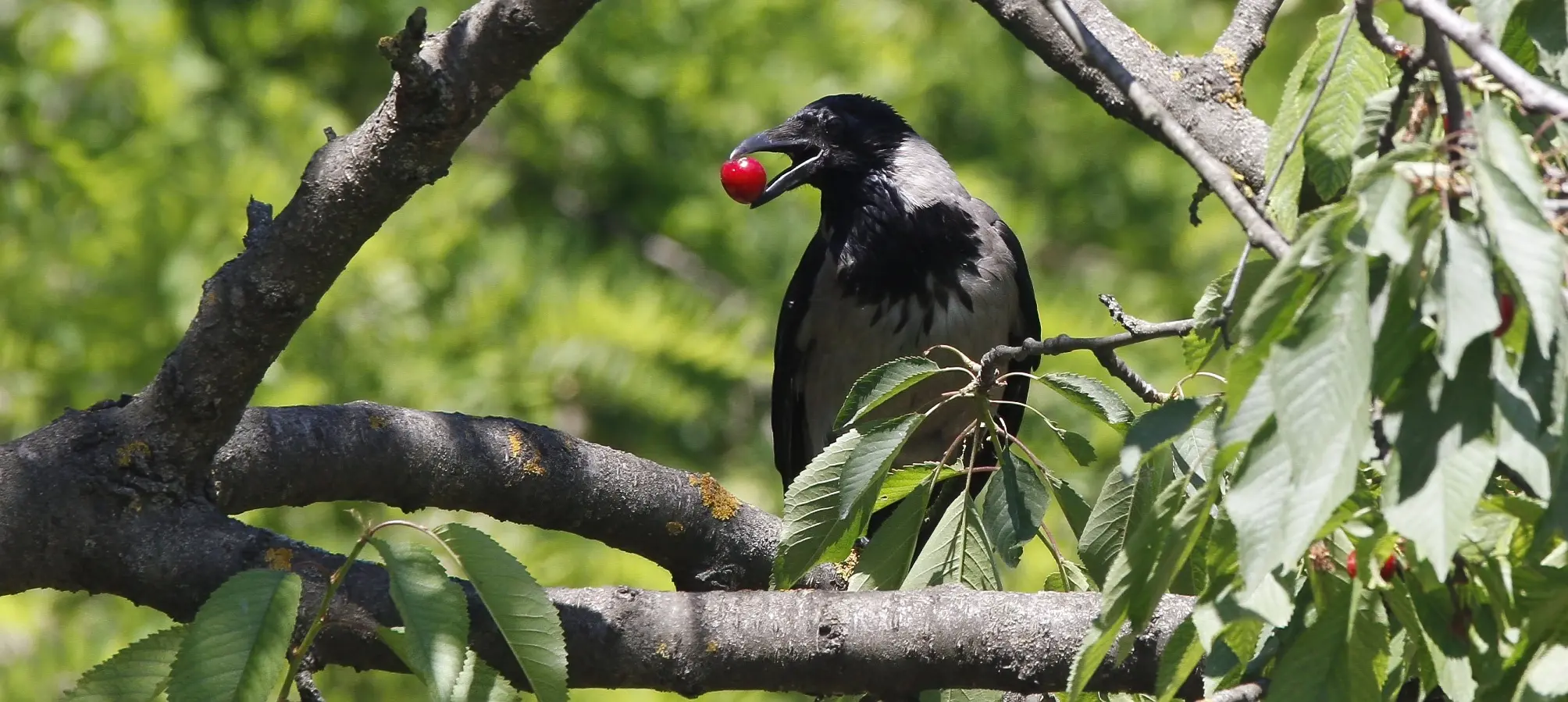

Corvus cornix cornix -  Hooded Crow
Hooded Crow  dolmányos varjú
dolmányos varjú
● Common everywhere.
● In theory, there are 2 subspecies in Hungary: the abundant and widespread nominate cornix, and the rare sharpii with very few proofed evidence. However, the lighter color of this southern subspecies is reflected in the plumage of the Hungarian birds living in the southern border region (under the line of the following cities: Lovászi - Baláta - Sellye - Bácsszentgyörgy - Zsombó - Szeged (source)).
● The color differences between these subspecies are clinal and not evident in most cases. There is a small clinal decrease in body size, too, heading South. Northern subspecies also have somewhat more curvy bill.
● In the past, there were only 2 subspecies in Europe: cornix in the North, sardonius in the South. The latter was split into some new ones, including sharpii in the Balkans - Asia-Minor - Kazakhstan area.
● I've spent hours looking at photos of different crows on birding forums, and I still won't know the difference. But the birds in these pictures here are nominates, I'm sure based on locations.
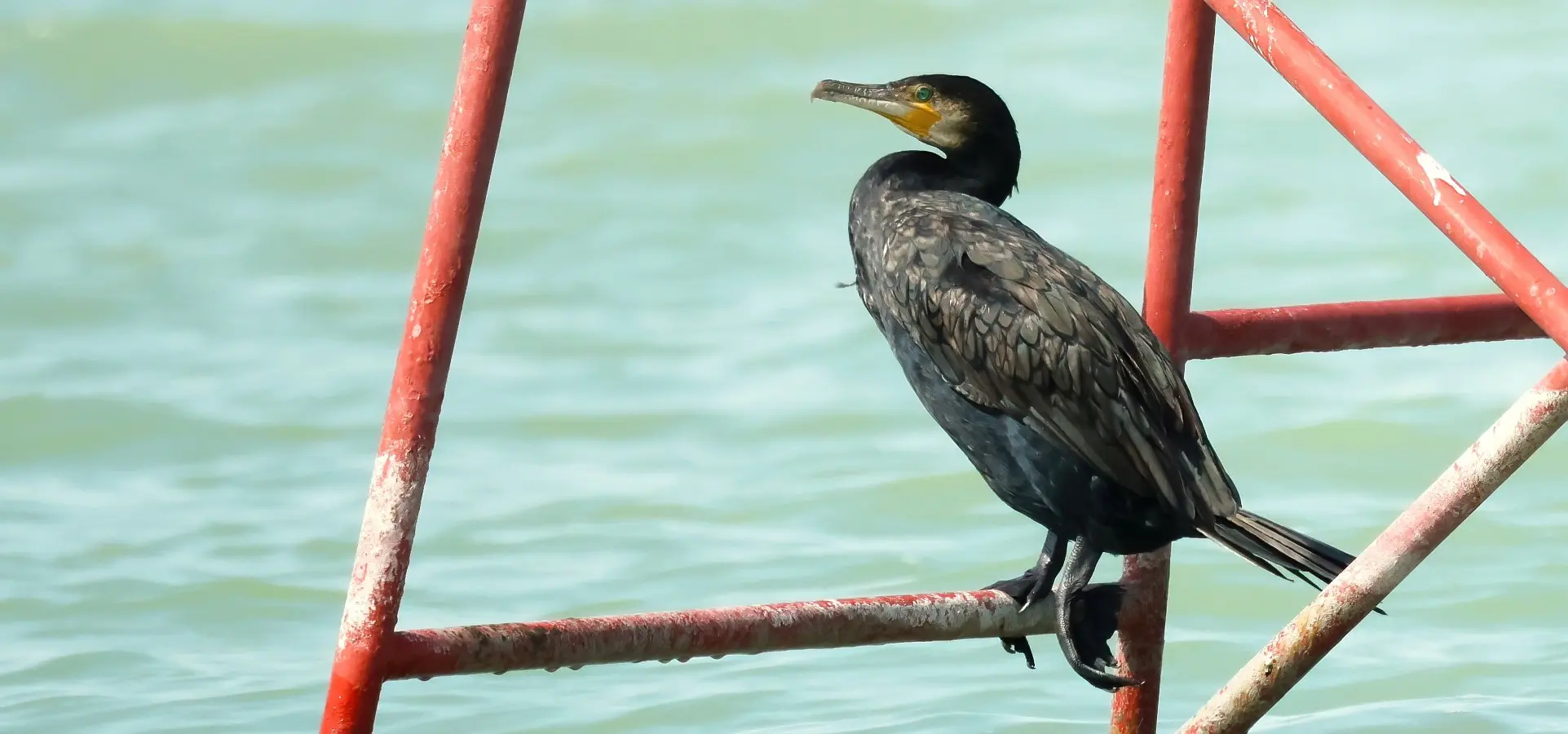
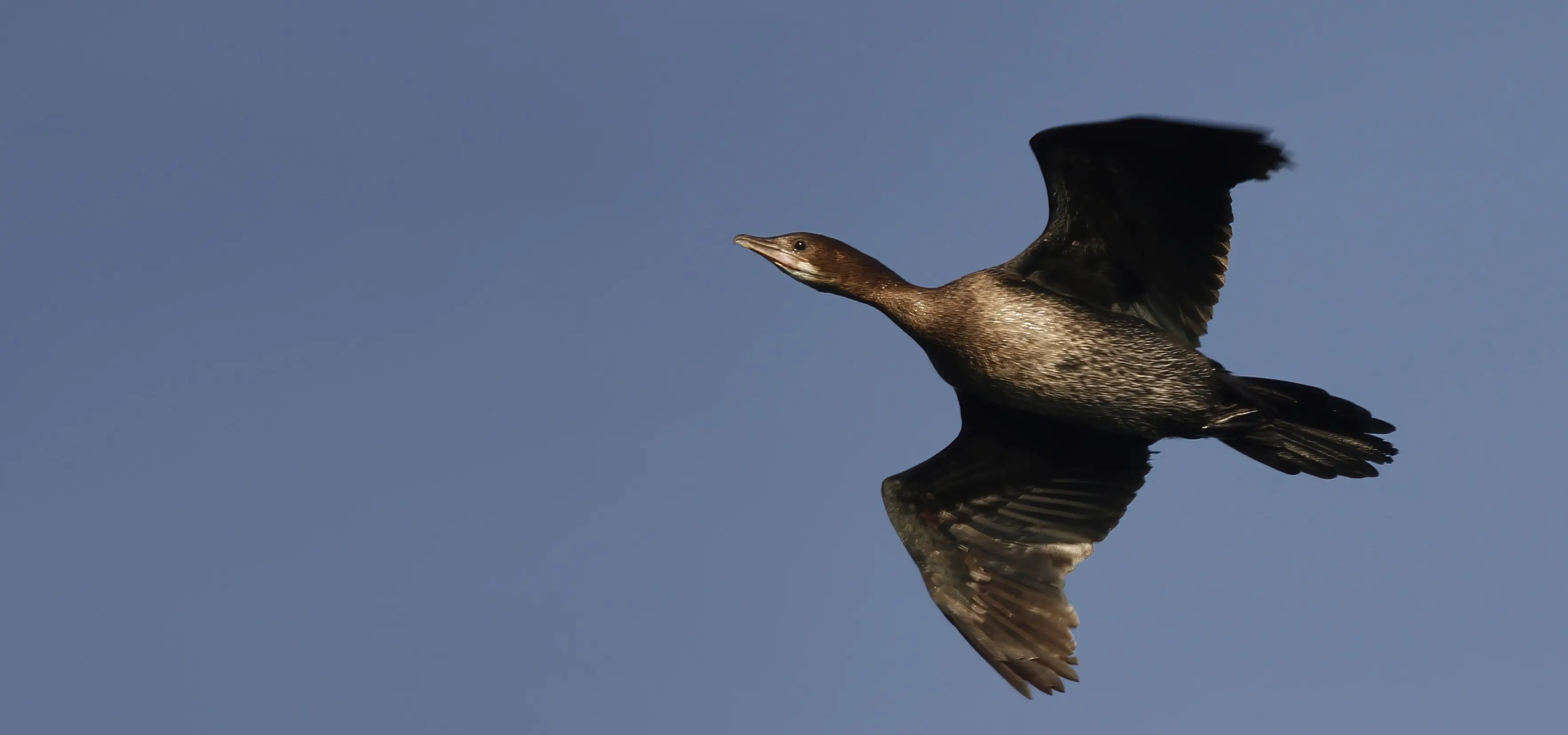
Phalacrocorax carbo sinensis -  Great Cormorant
Great Cormorant  nagy kárókatona
nagy kárókatona
● + pygmy
● Required and mandatory literature: Balázs Szendőfi: Közlegények - A kárókatona-per
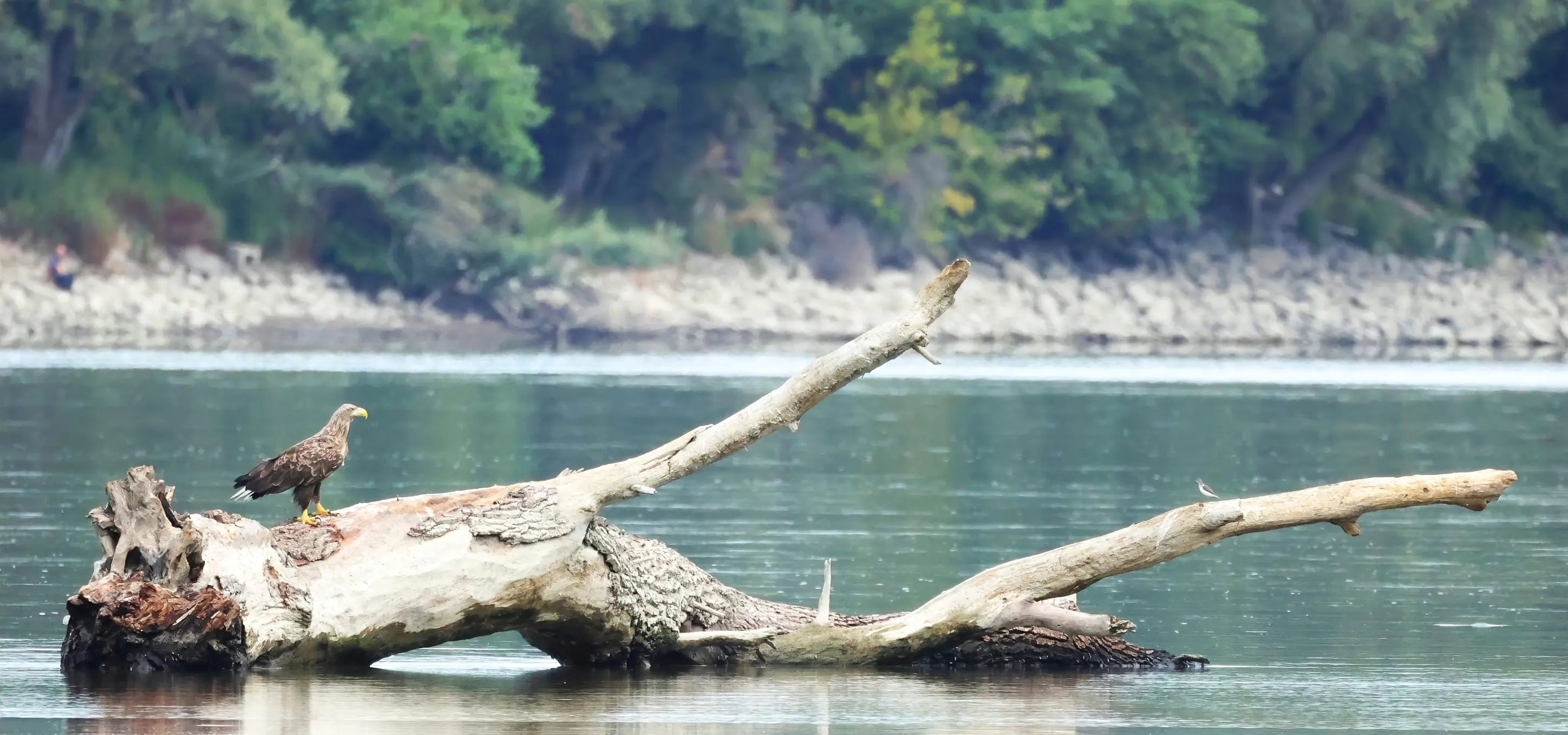
Actitis hypoleucos. -  Common Sandpiper
Common Sandpiper  billegetőcankó
billegetőcankó
● As its name suggests, common but only in low numbers in most habitat near water.
● Here is a rare moment when a Common Sandpiper and a White-tailed Eagle settled for a moment on the same driftwood in the shallow Danube.
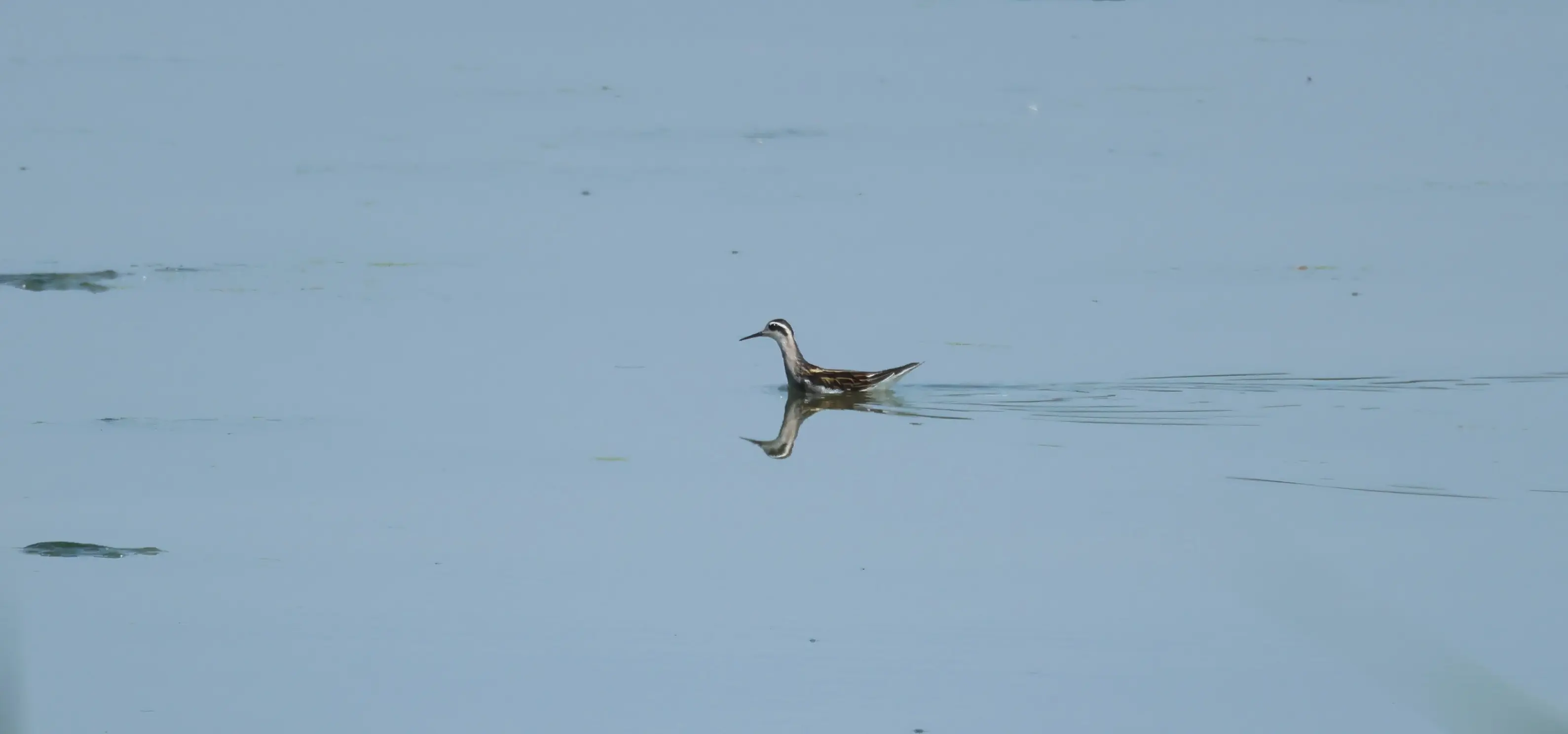
Phalaropus lobatus. -  Red-necked Phalarope
Red-necked Phalarope  vékonycsőrű víztaposó
vékonycsőrű víztaposó
●
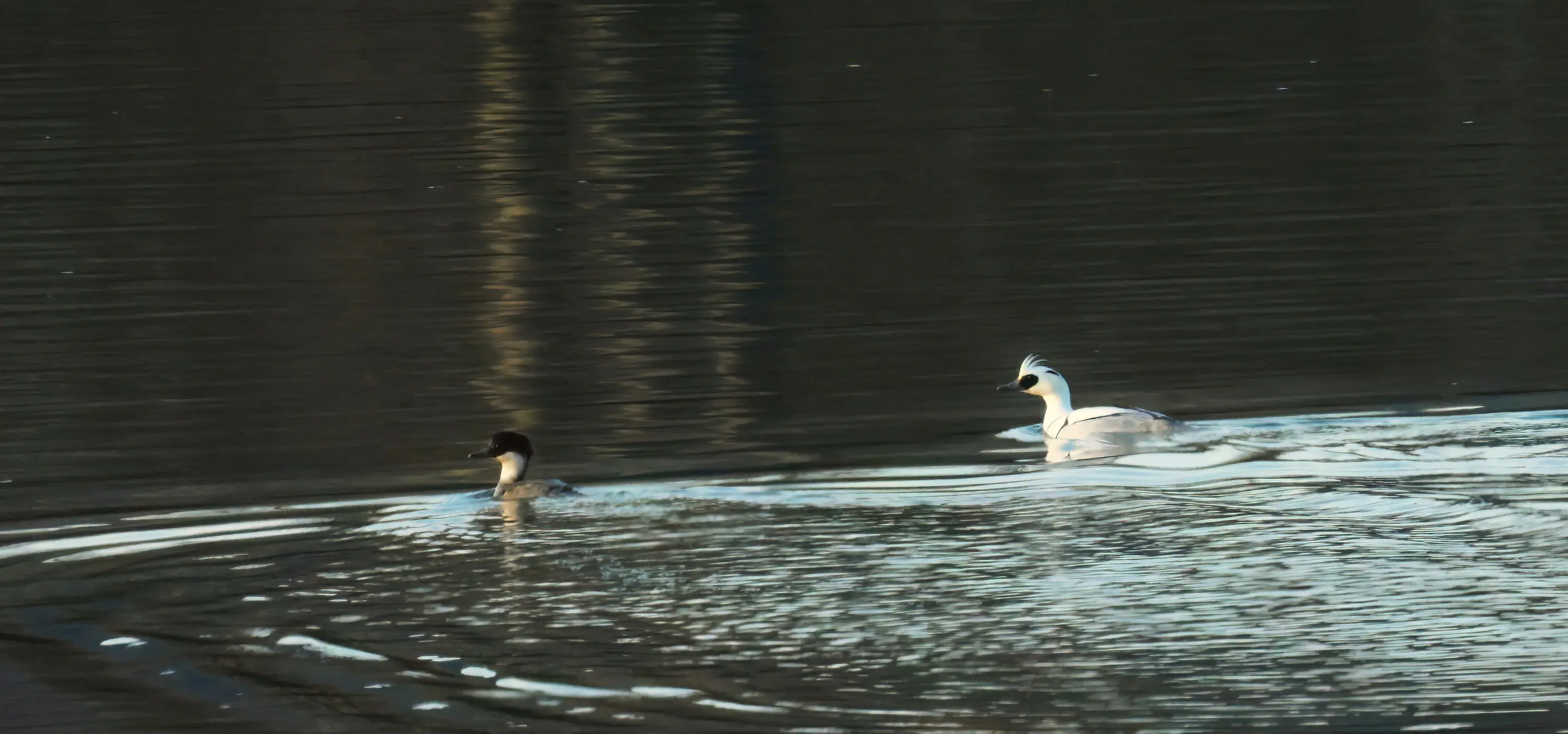
Mergus albellus. -  Smew
Smew  kis bukó
kis bukó
●
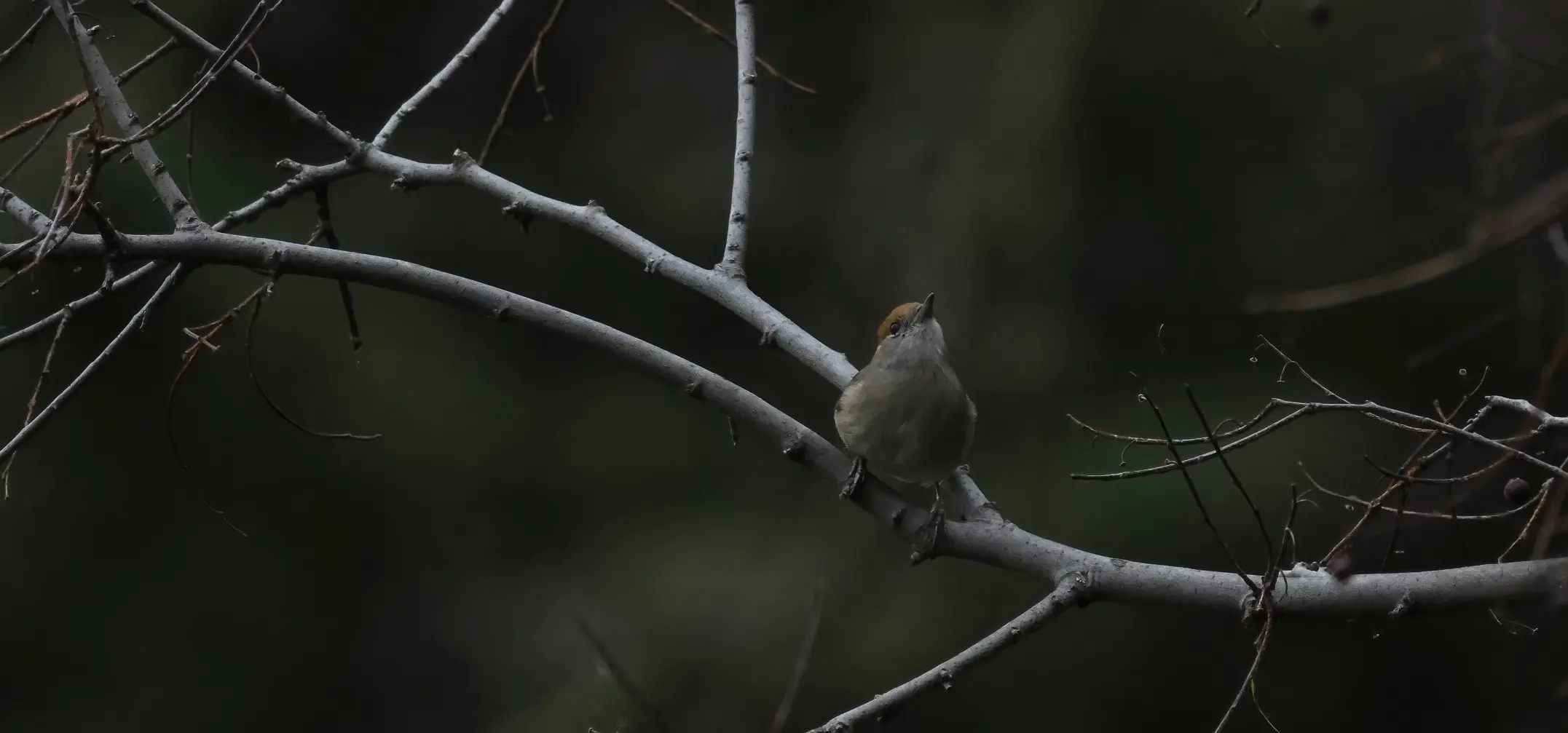
Sylvia atricapilla atricapilla -  Euraasian Blackcap
Euraasian Blackcap  barátposzáta
barátposzáta
●
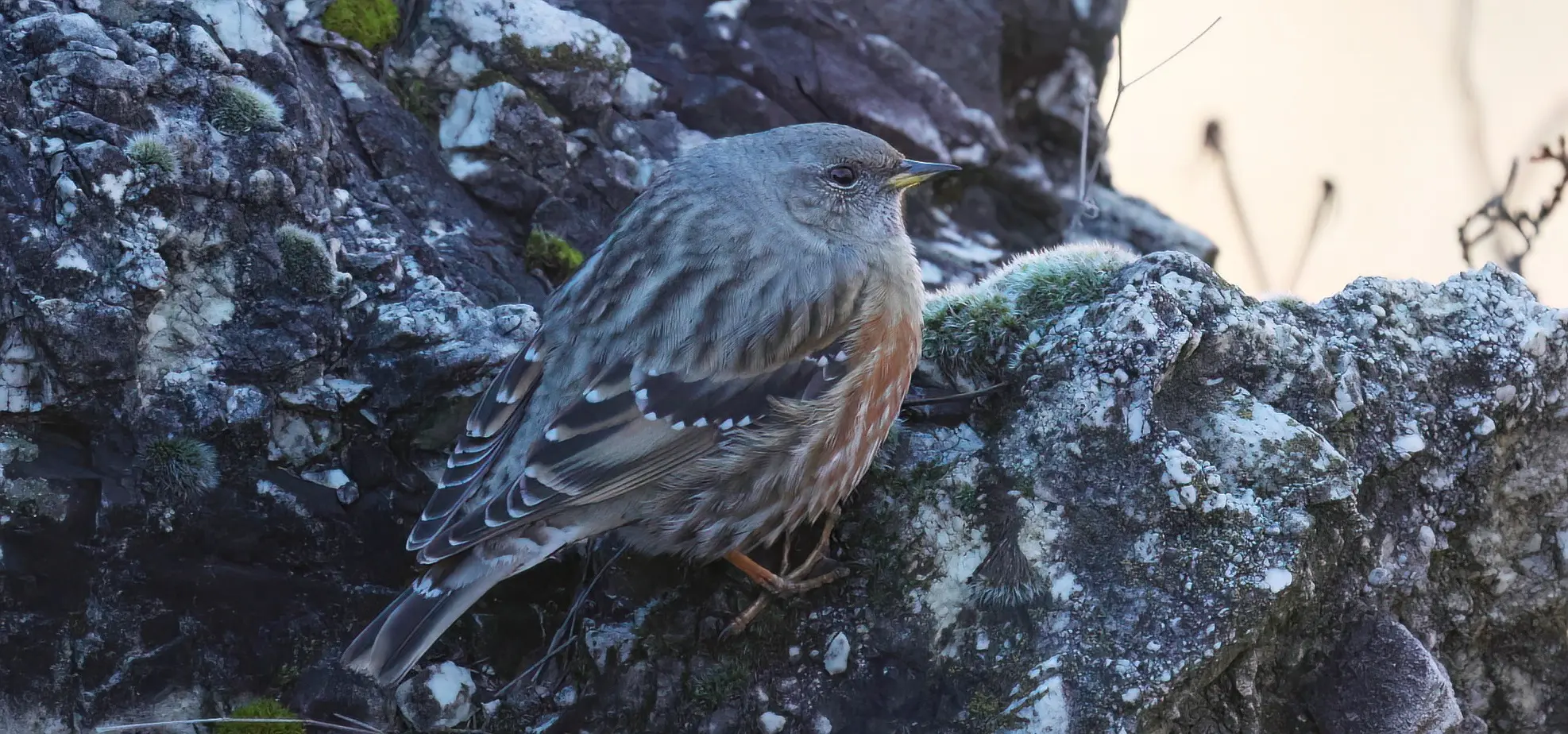
Prunella collaris collaris -  Alpine Accentor
Alpine Accentor  havasi szürkebegy
havasi szürkebegy
● videók összevágva
● Regular winter visitor in Hungary, but only in very low numbers.
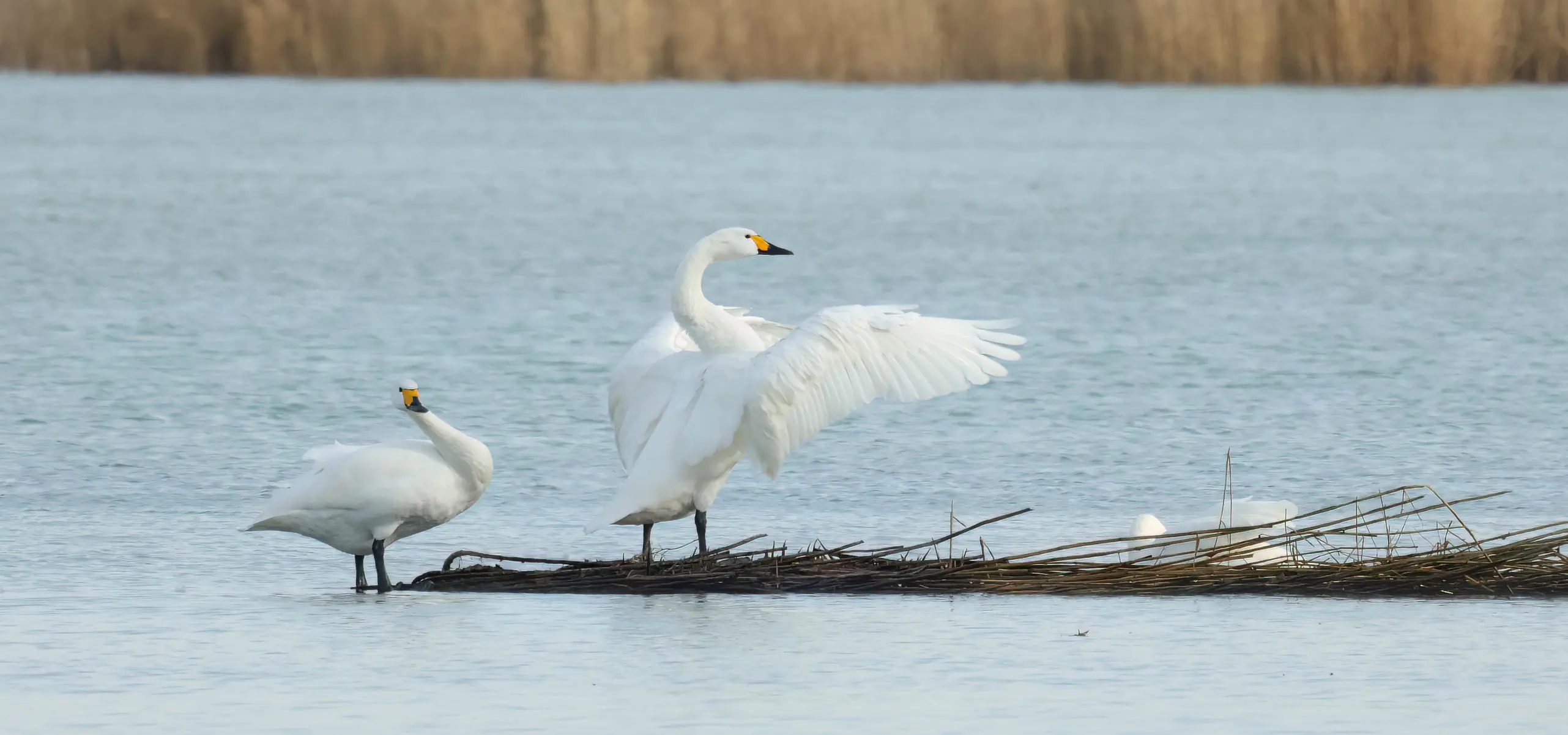
Cygnus columbianus bewickii -  Bewick's Tundra Swan
Bewick's Tundra Swan  kis hattyú
kis hattyú
● Breeds in the far North of Siberia (from Taimyr to Kamchatka). Rare winter vagrant in Hungary.
● Sometimes mentioned as independent species, but actually a subspecies of Tundra Swan (C. c. columbianus).
● Ssp bewickii differs from the North American nominate form by its large yellow patch on its bill, as nominate has only a very tiny yellow spot at the base of its bill (source).
● Unlike the resembling Whooper Swan (Cygnus cygnus.), the smaller Bewick's Tundra Swan always has less yellow and more black on its bill. Another important marker is the color of the area under the nostril (adult birds): always yellow on Whooper Swan, always black on Tundra Swan.

Larus canus canus -  Common Gull
Common Gull  viharsirály
viharsirály
●
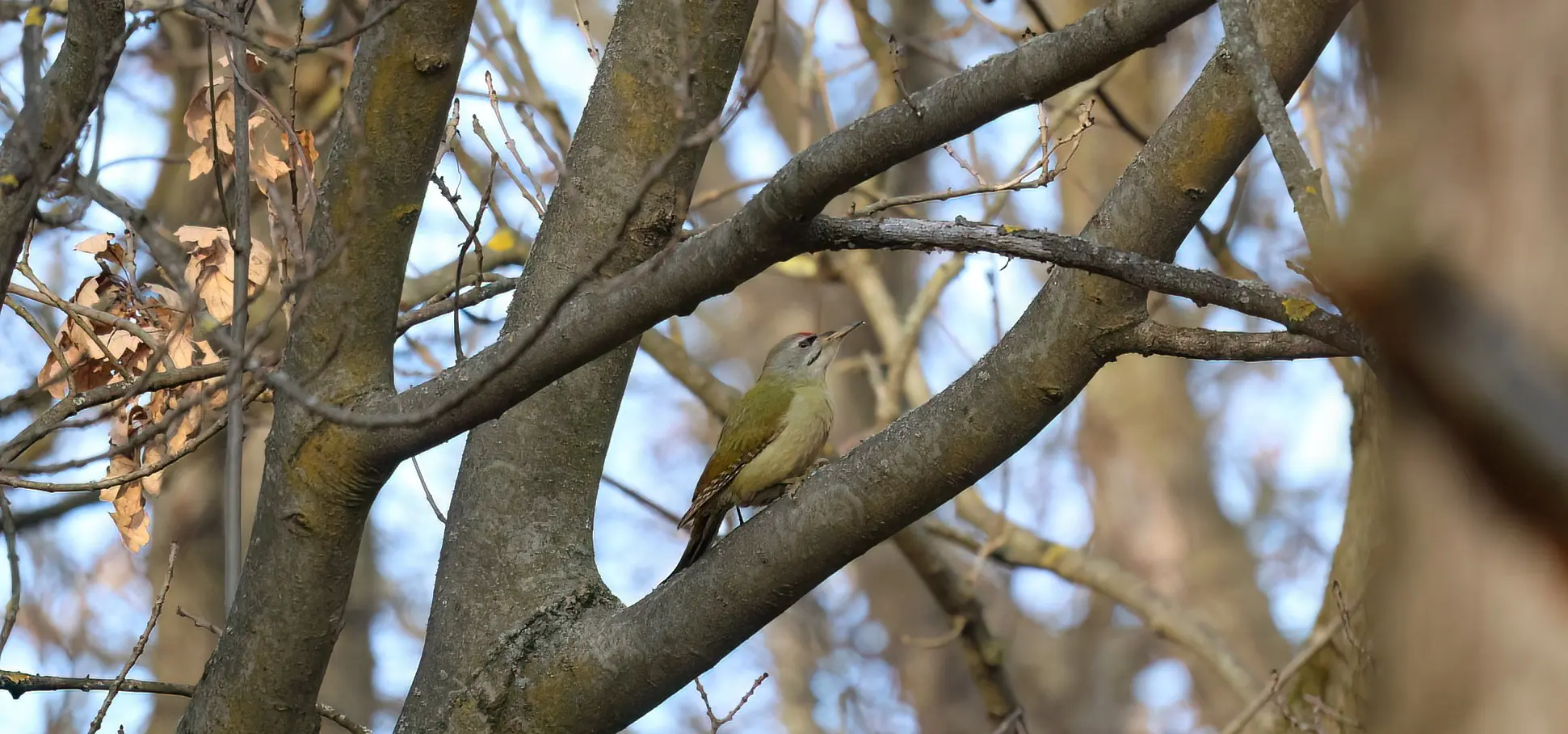
Picus canus canus -  Grey-headed Woodpecker
Grey-headed Woodpecker  hamvas küllő
hamvas küllő
● Its habitat is limited to our mountainous areas.
● Compared to the Green Woodpecker, the call of the Grey-headed Woodpecker is descending and also somewhat softer.
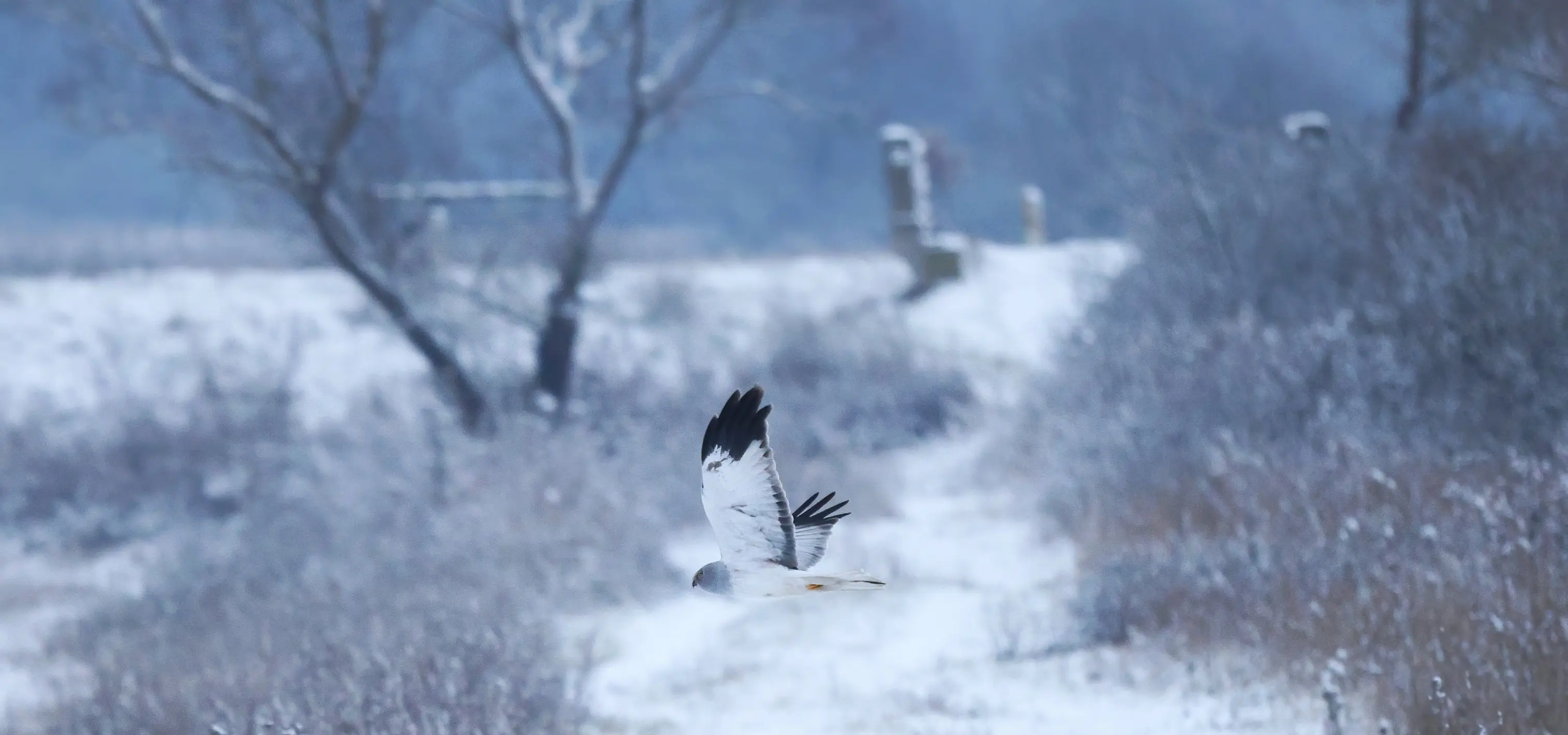
Circus cyaneus cyaneus -  Hen Harrier
Hen Harrier  kékes rétihéja
kékes rétihéja
● 3472 és 3478 jobb képek !!!
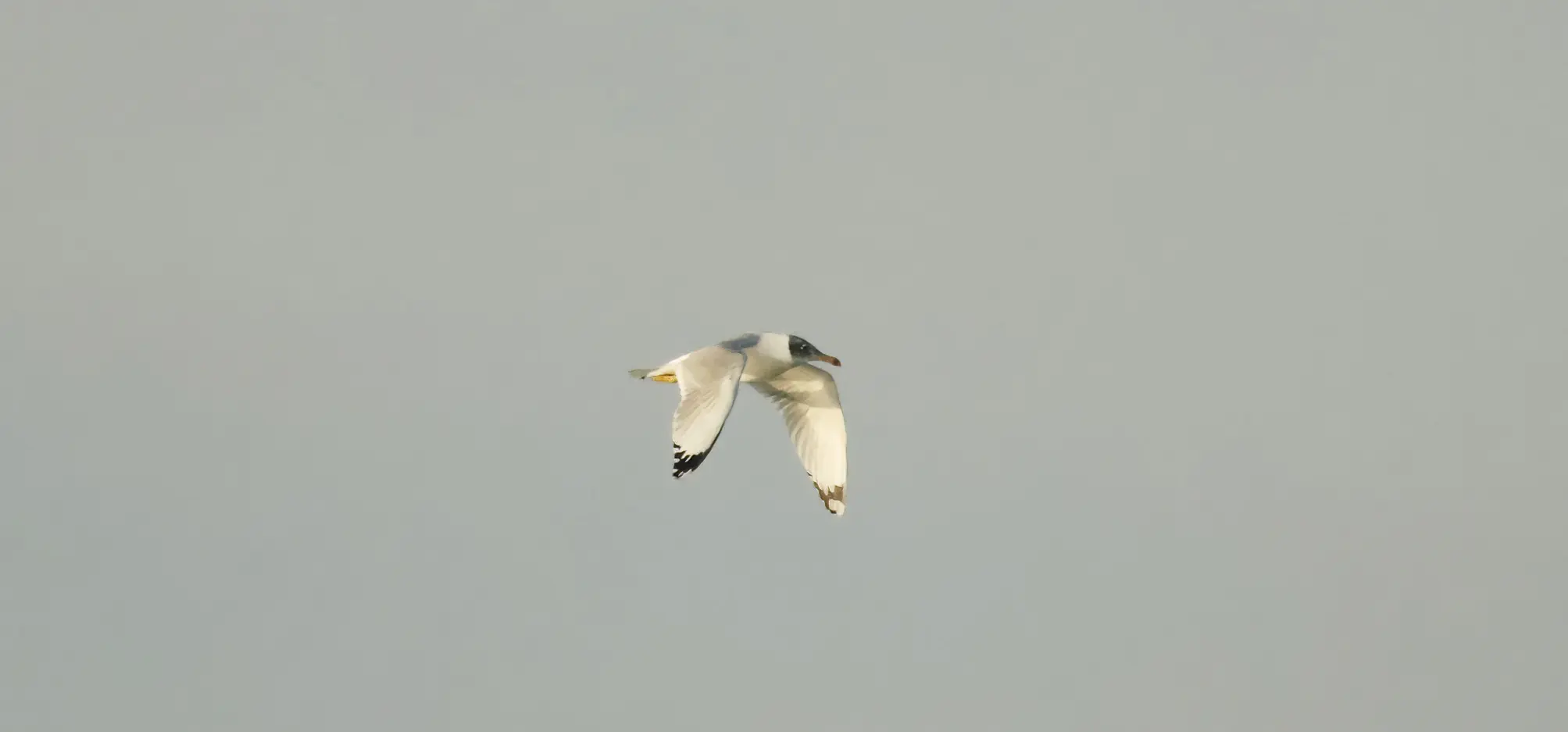
Ichthyaetus ichthyaetus -  Pallas's Gull
Pallas's Gull  halászsirály
halászsirály
●
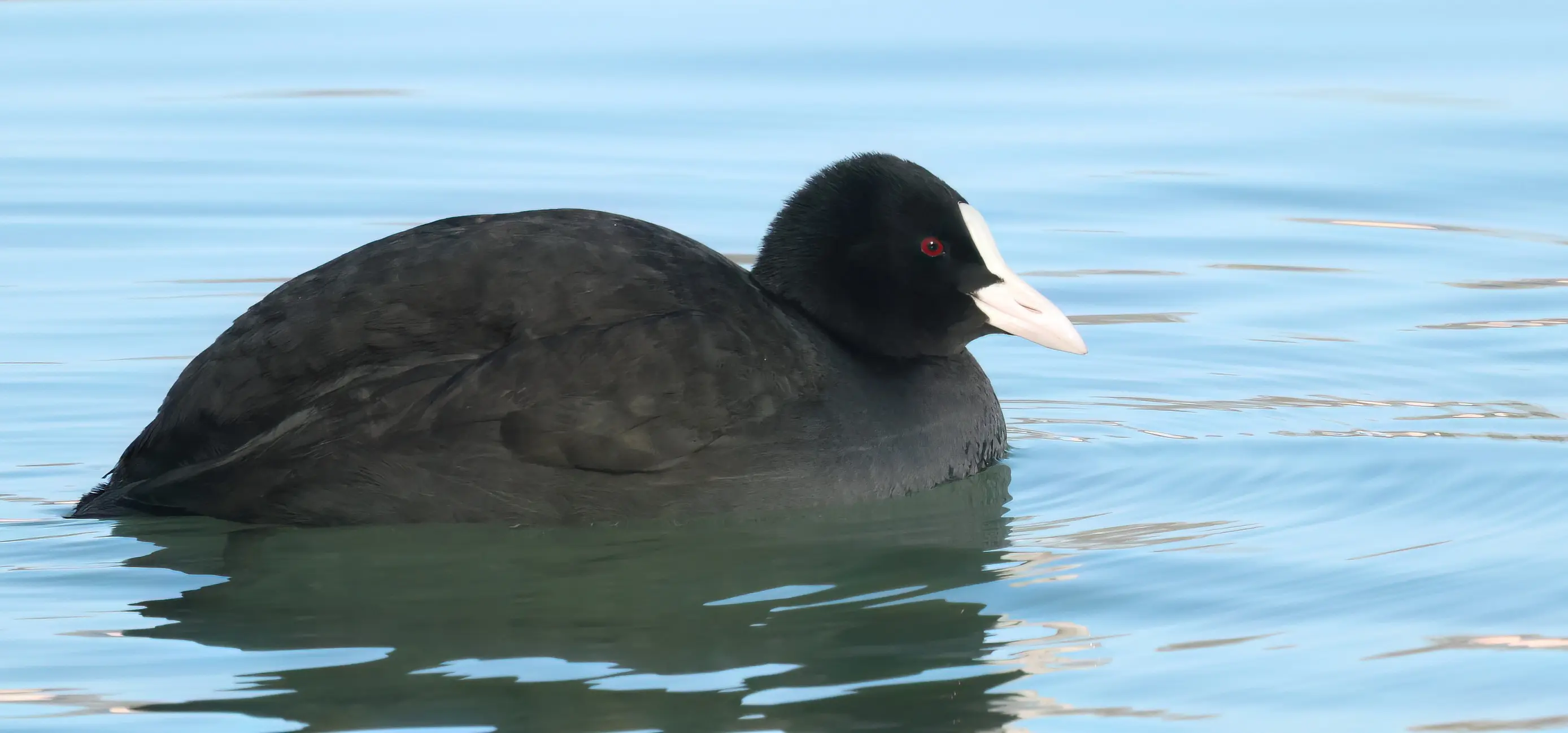
Fulica atra atra -  Eurasian Coot
Eurasian Coot  szárcsa
szárcsa
●
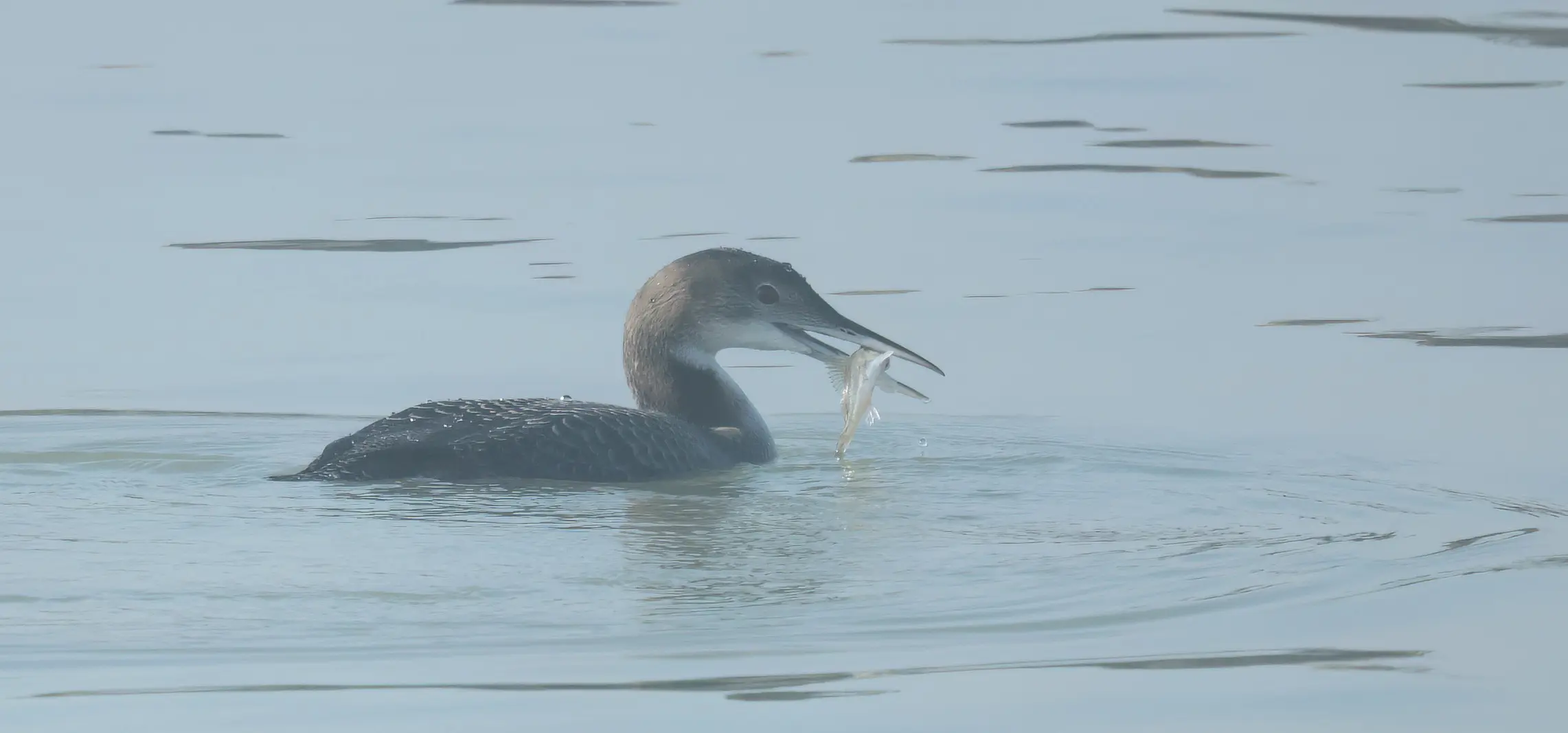
Gavia immer -  Great Northern Diver
Great Northern Diver  jeges búvár
jeges búvár
● videó
● Gymnocephalus schraetser - selymes durbincs
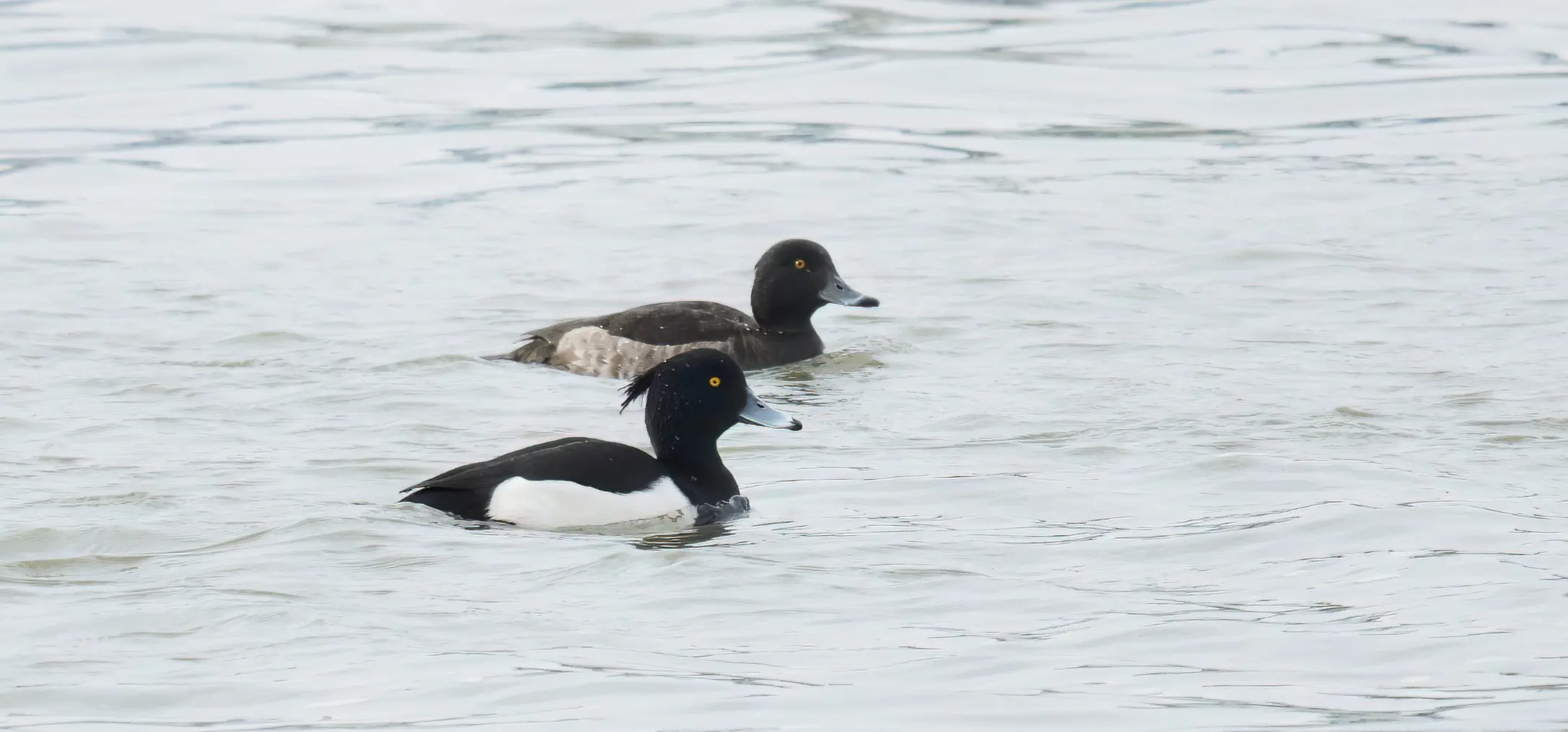
Aythya fuligula -  Tufted Duck
Tufted Duck  kontyos réce
kontyos réce
●
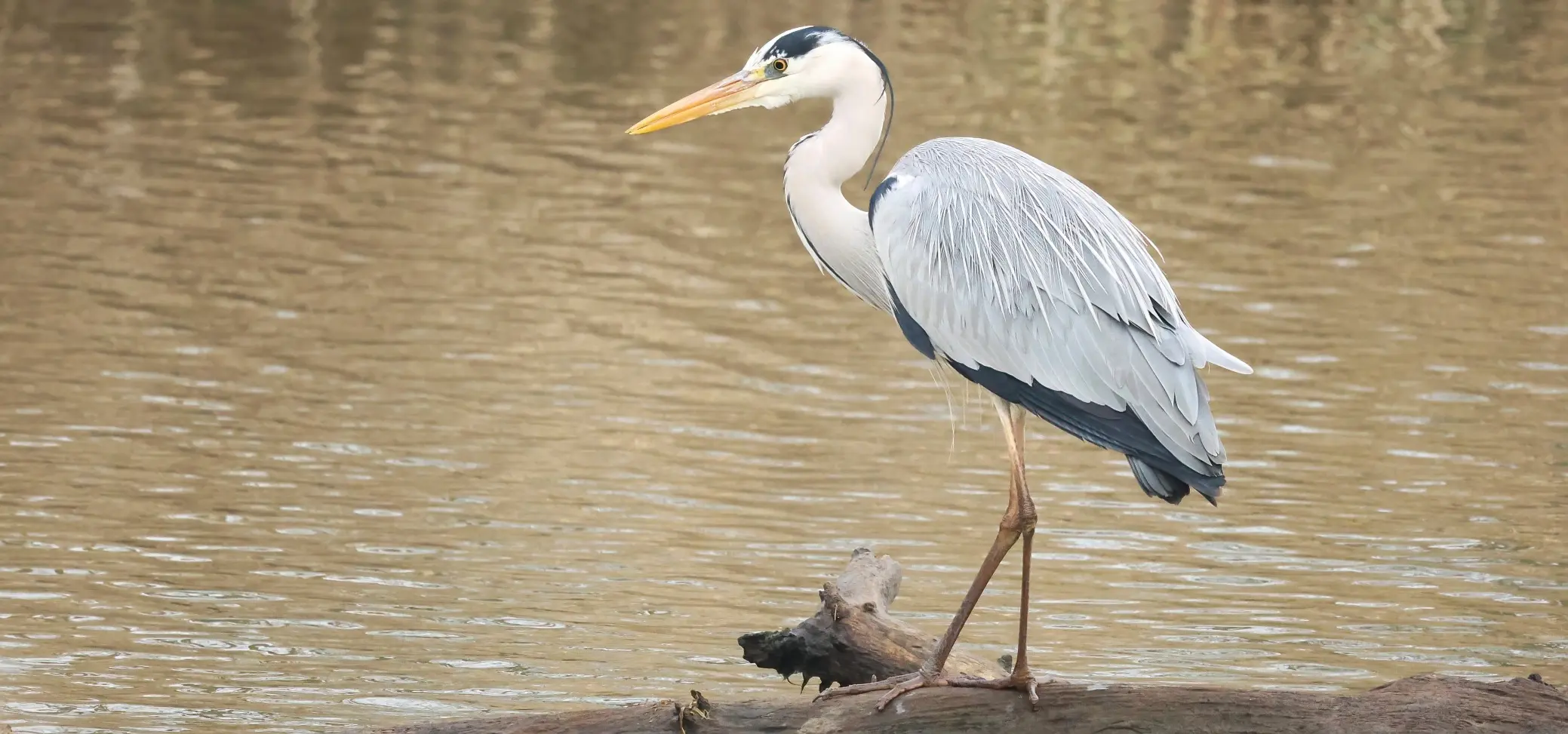
Ardea cinerea cinerea -  Grey Heron
Grey Heron  szürke gém
szürke gém
●
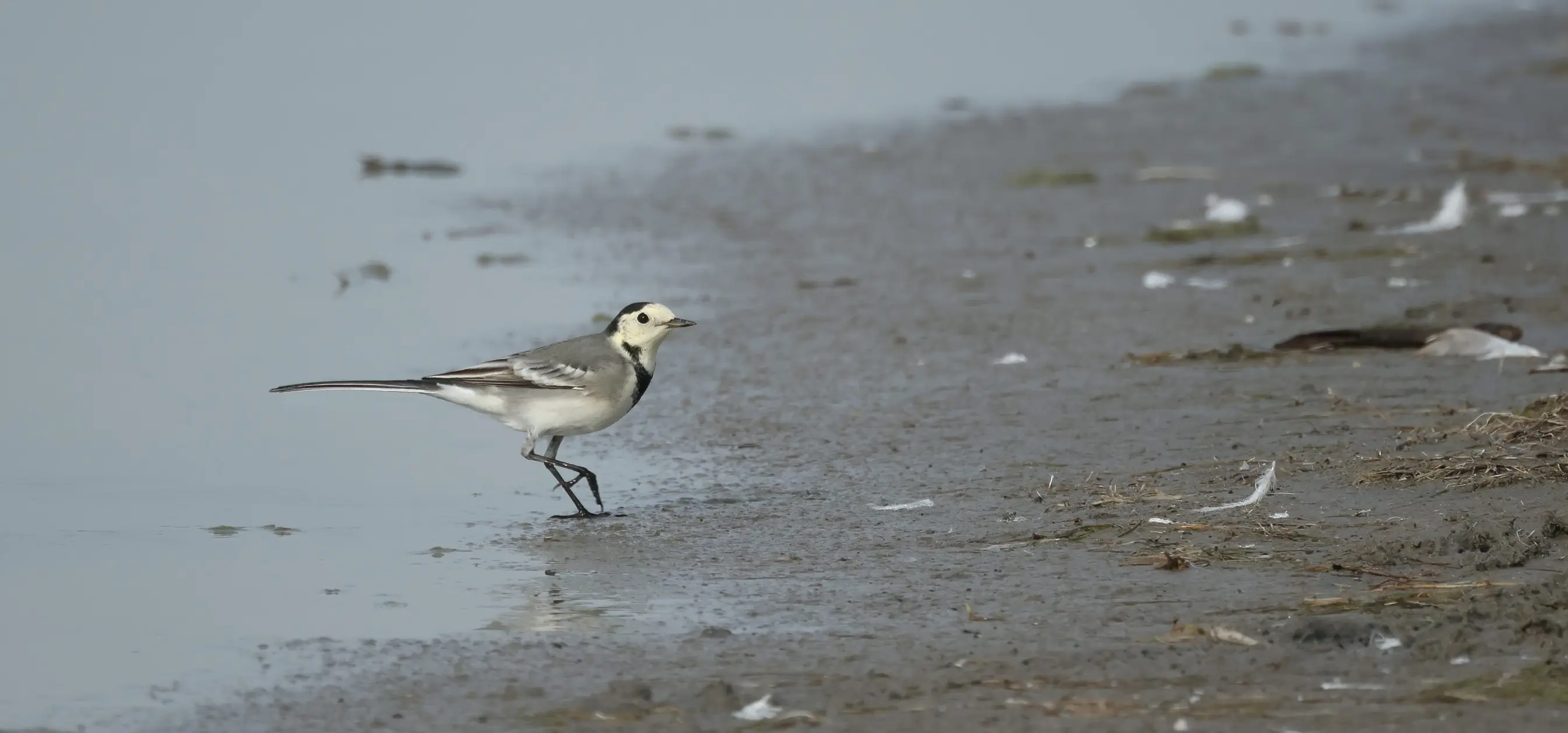
Motacilla alba alba -  White Wagtail
White Wagtail  barázdabillegető
barázdabillegető
●
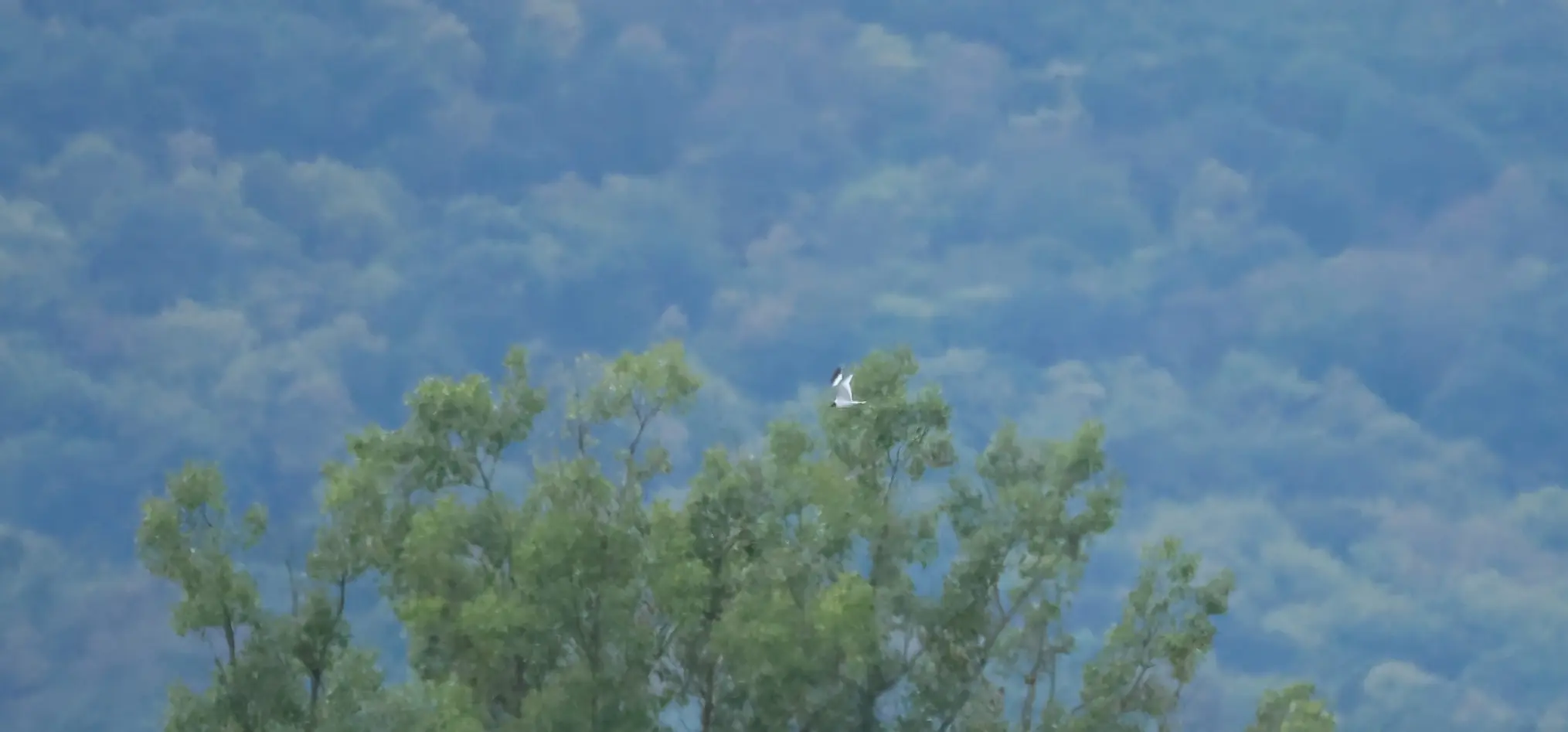
Xema sabini -  Sabine's Gull
Sabine's Gull  fecskesirály
fecskesirály
● Yes, this is my best picture...


Sturnus vulgaris vulgaris -  Common Starling
Common Starling  seregély
seregély
● hang
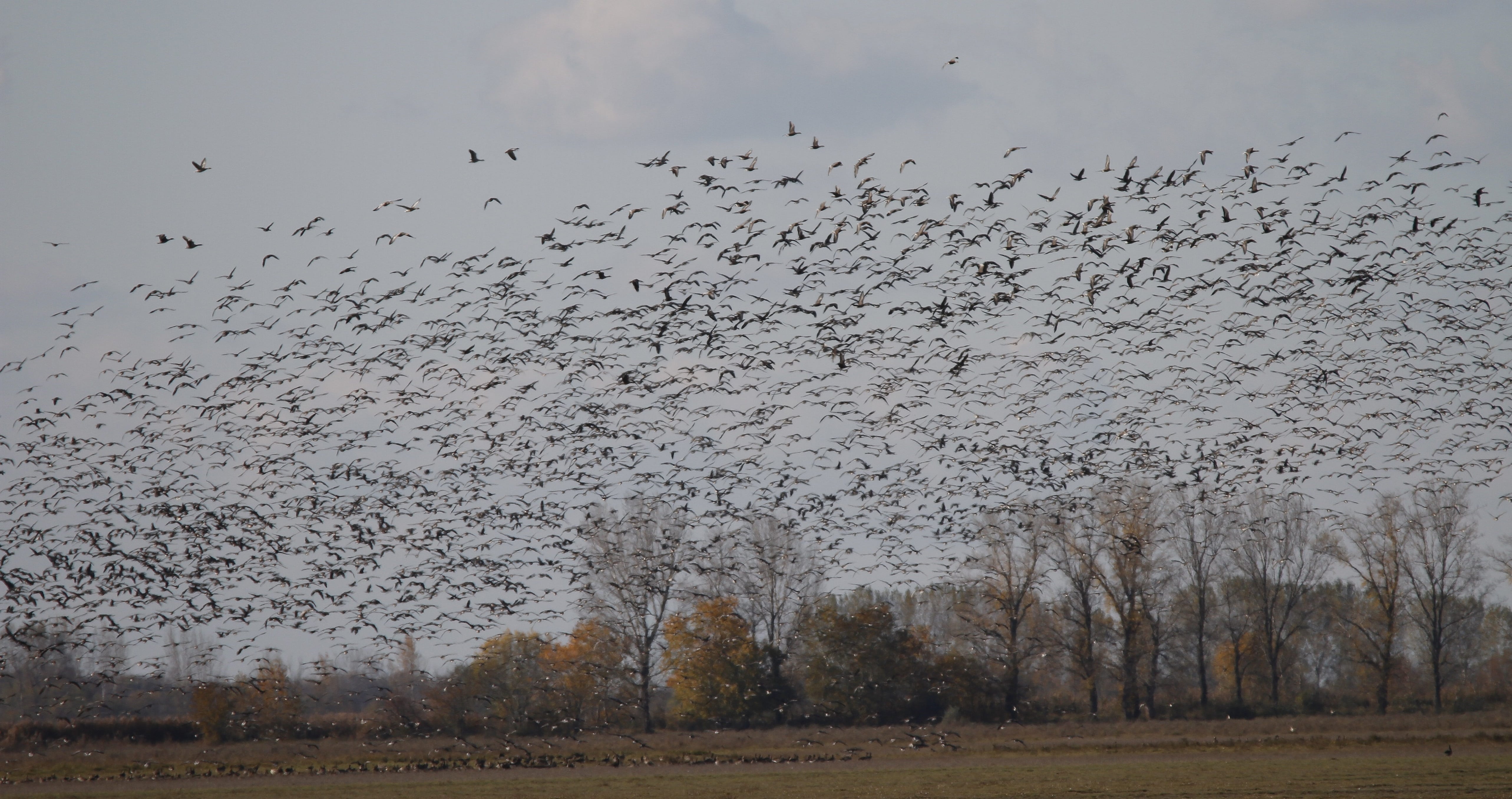
Anser anser rubrirostris -  Greylag Goose
Greylag Goose  nyári lúd
nyári lúd
● The most numerous and the only breeding goose in the region.
● The summer resident population is supplemented by northern populations in autumn. They often also winter here among the huge flocks of our winter guests, the Greater White-fronted Geese.
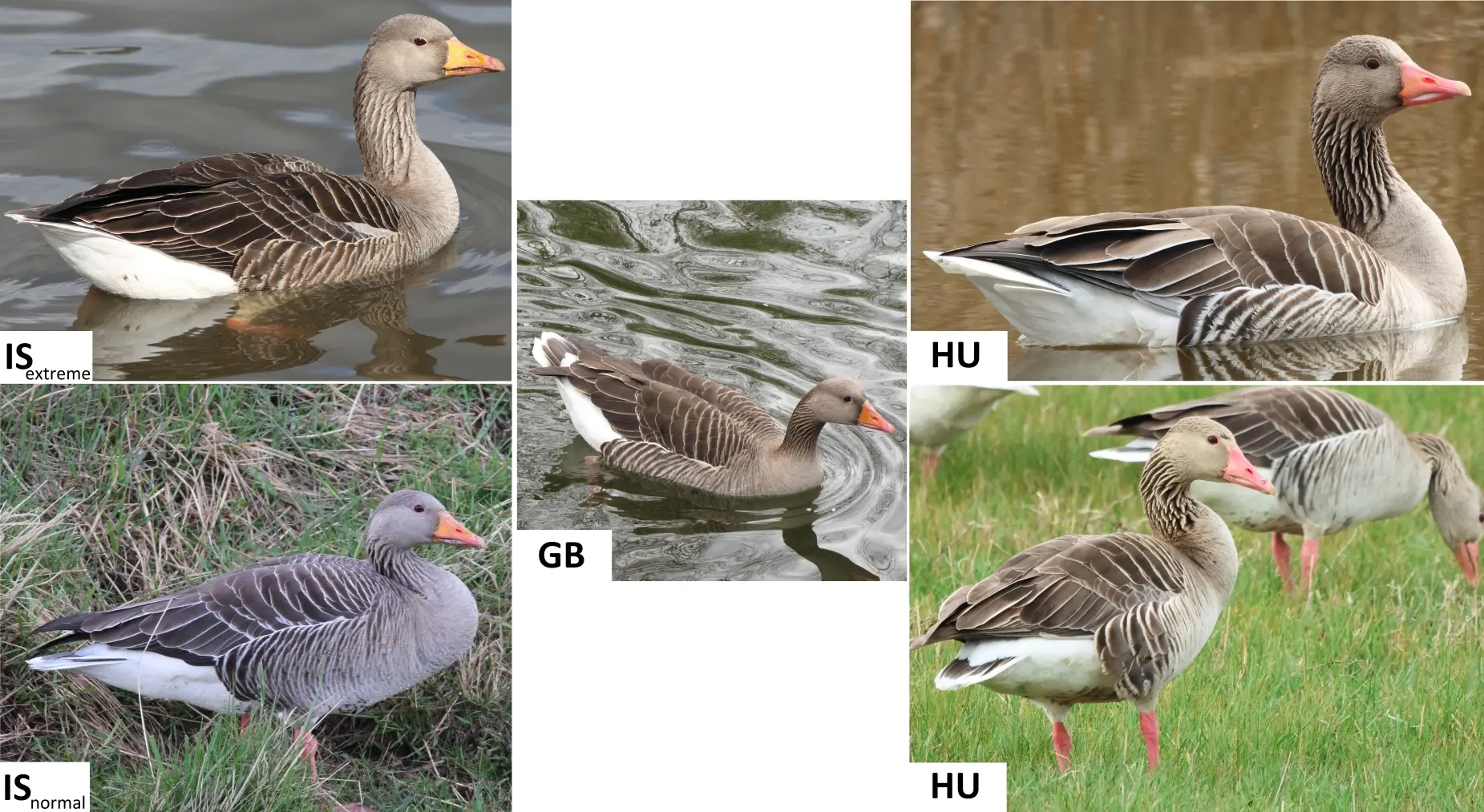
● ssp rubrirostris: also called the Siberian or Eastern Greyleg Goose. Their bill are less yellowish-orangish tinted in color, and have a somewhat lighter plumage than their close relatives in the West.
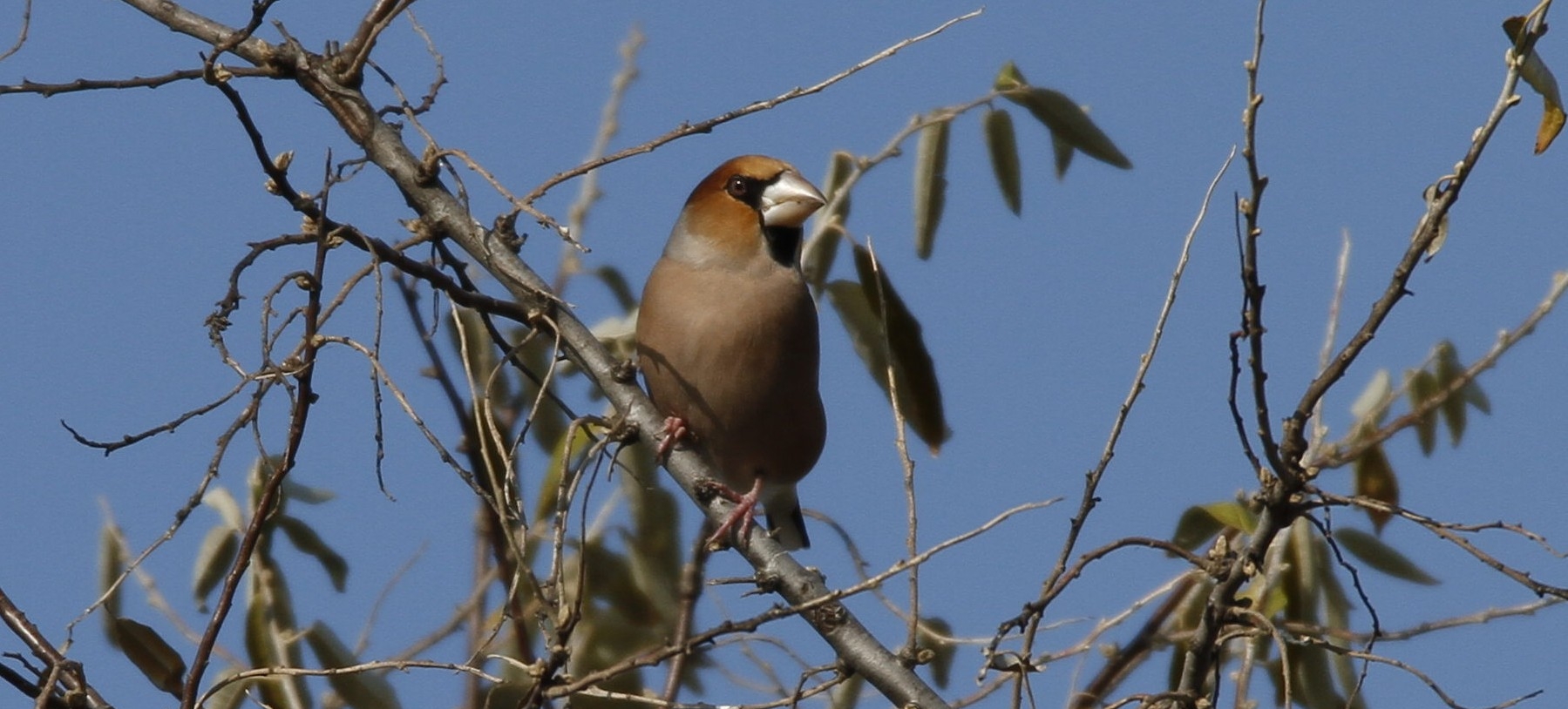
Coccothraustes coccothraustes - Hawfinch, meggyvágó
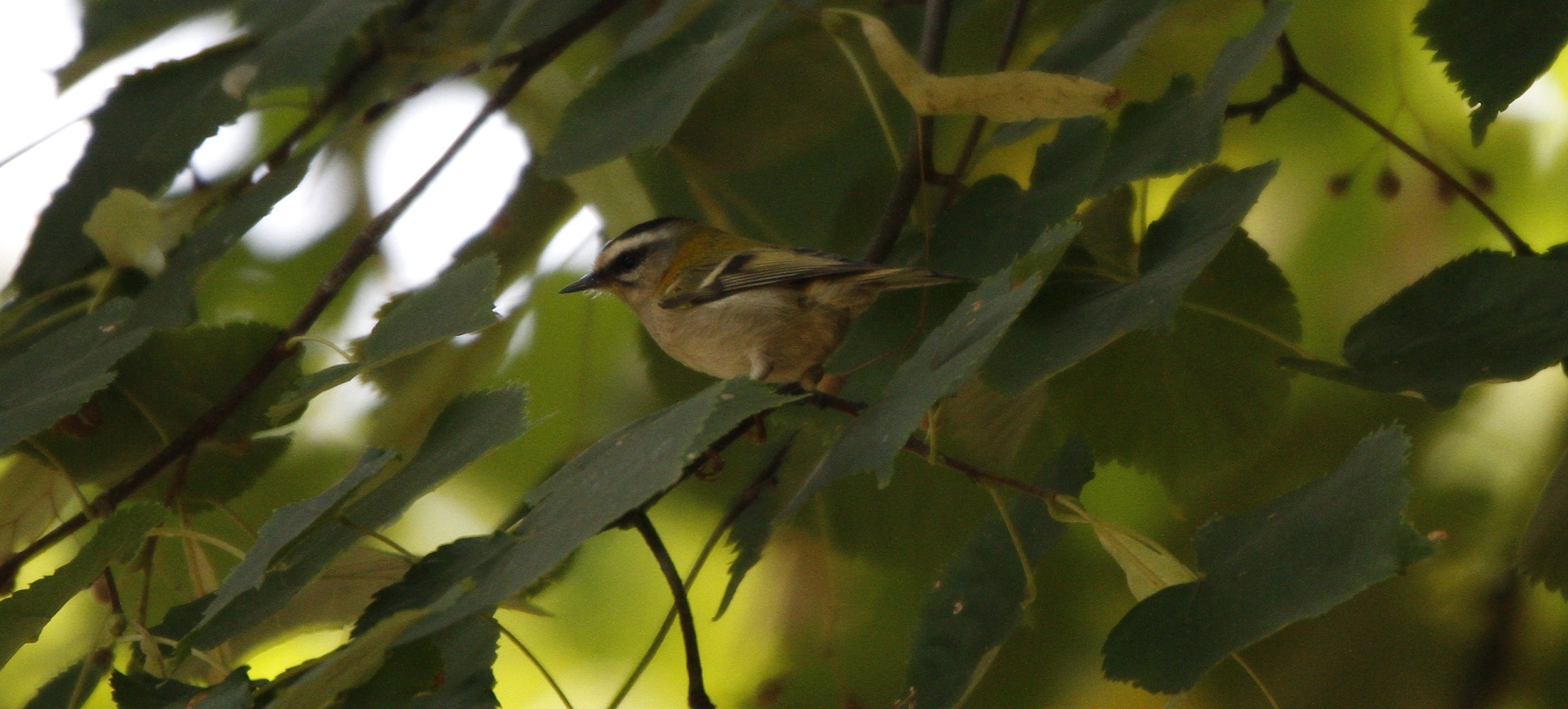
Regulus ignicapillus - Common Firecrest, tüzesfejű királyka

Lymnocryptes minimus (left) - Jack Snipe, kis sárszalonka
Gallinago gallinago (right) - Common Snipe, sárszalonka

Anser serrirostris rossicus - Tundra Bean Goose, tundralúd
● ssp rossicus:
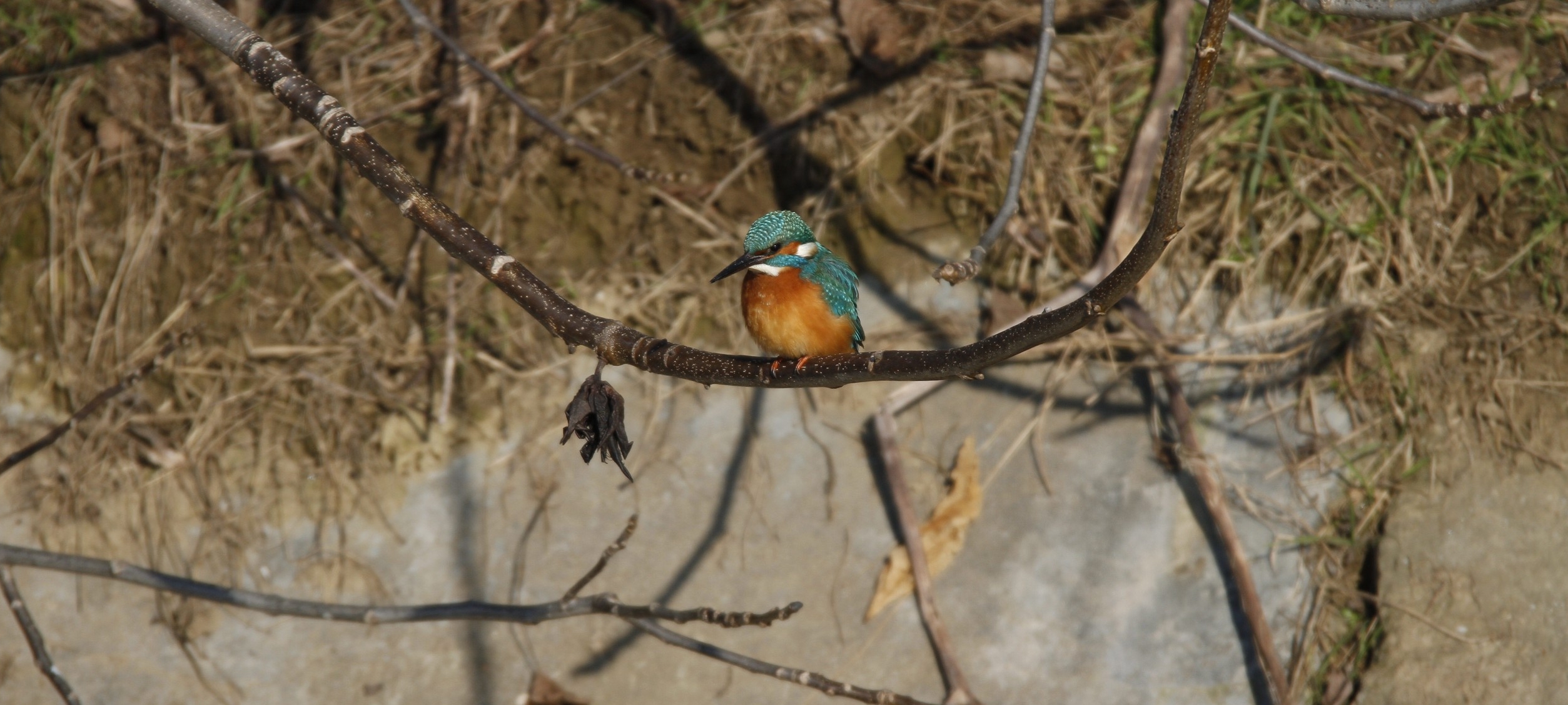
Alcedo atthis ispida - Common Kingfisher, jégmadár
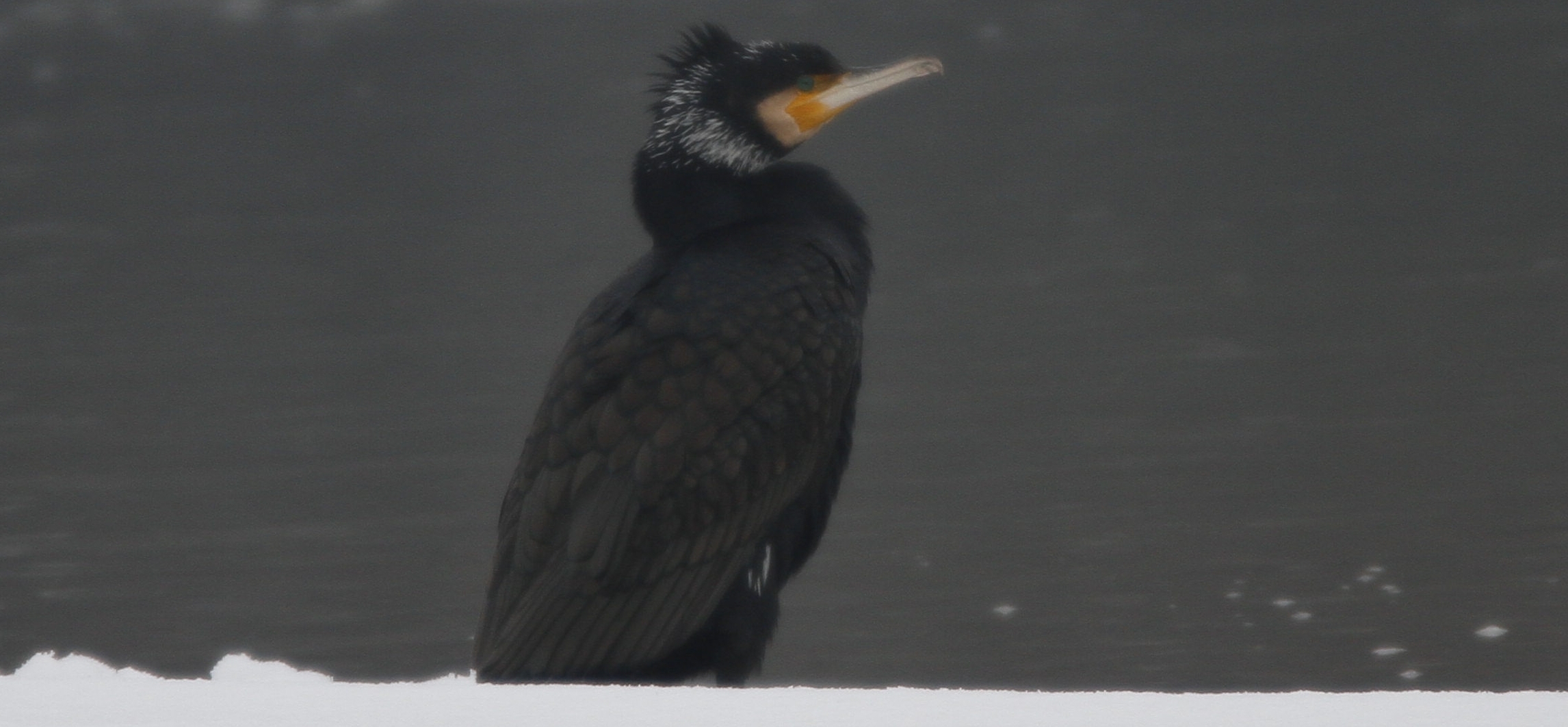
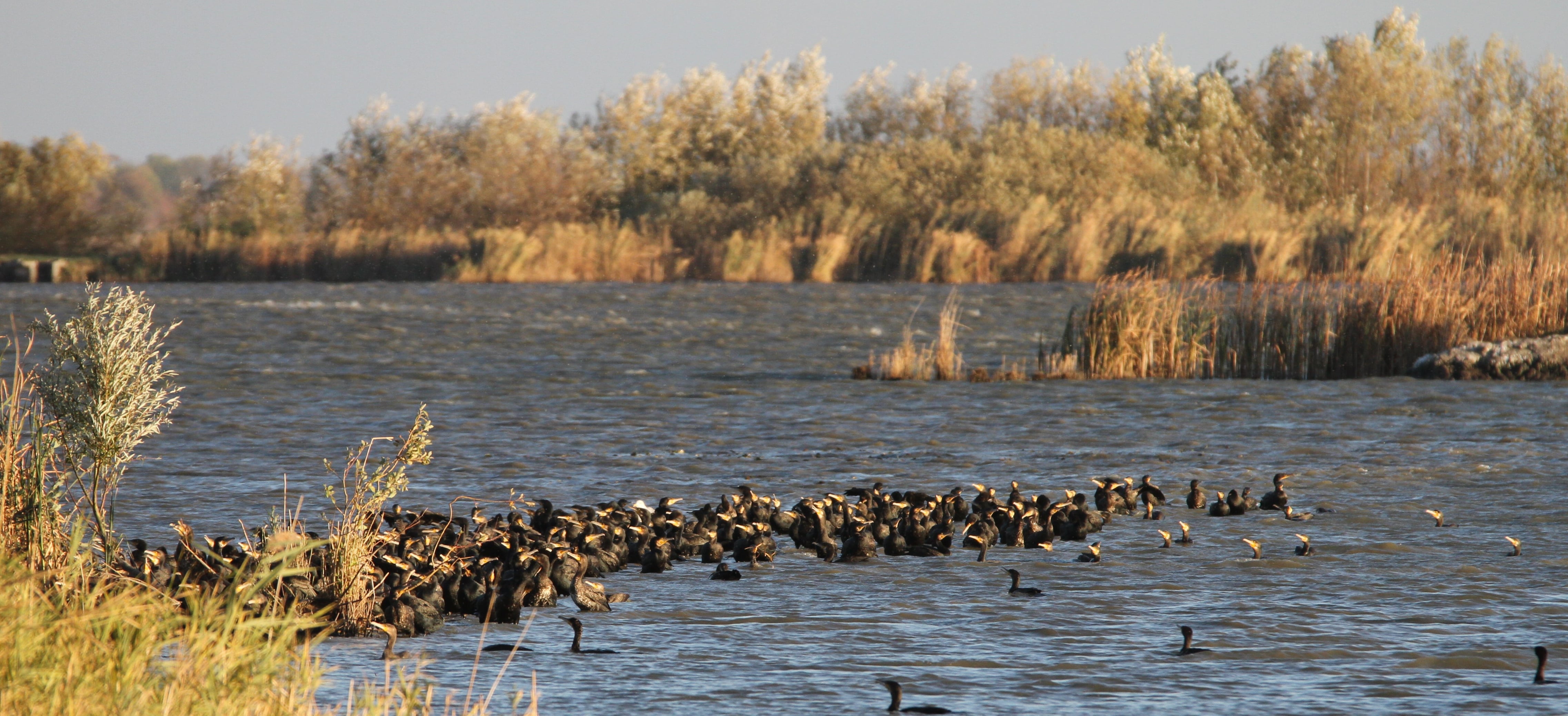
Phalacrocorax carbo sinensis - Great Cormorant, nagy kárókatona
fishing group of Great Cormorants (Hortobágy-halastó)
● ssp sinensis:
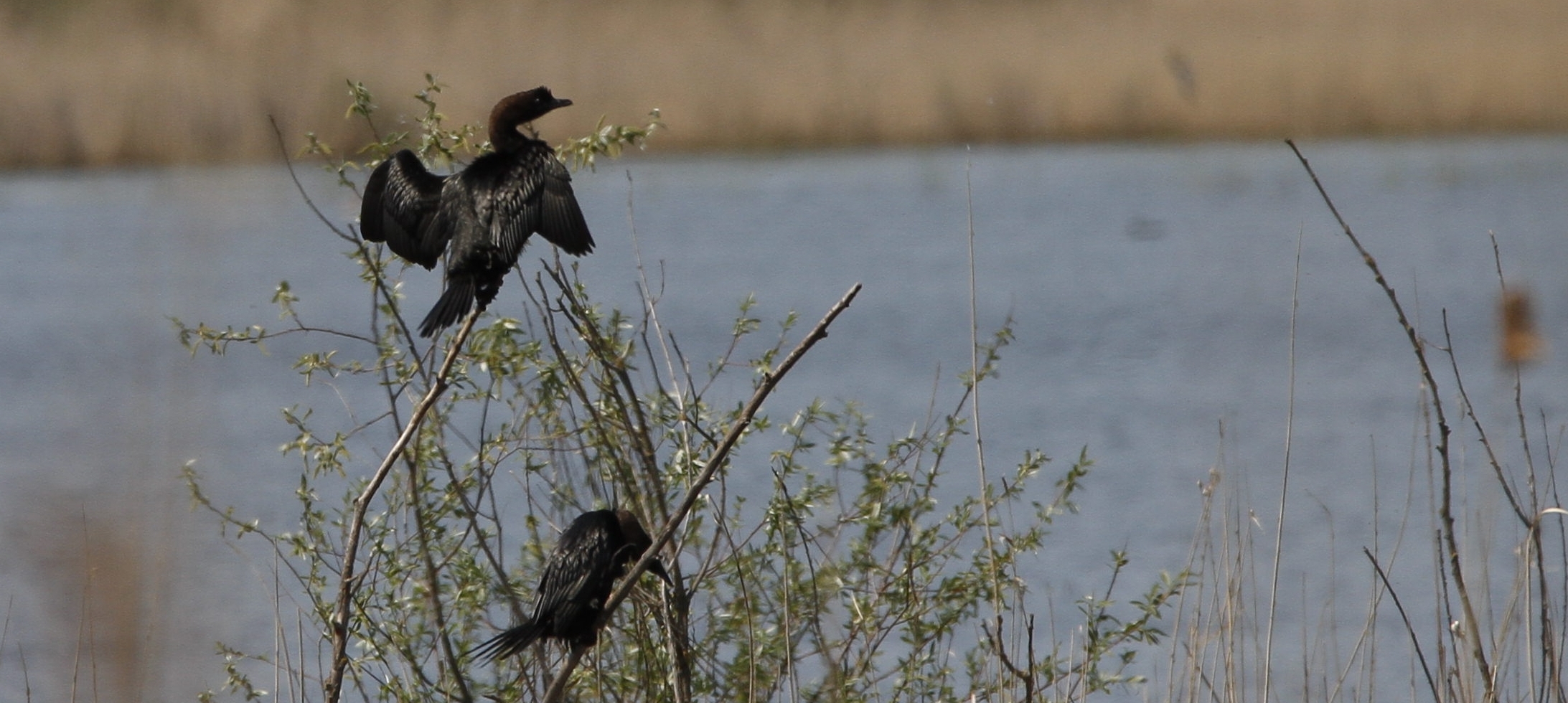
Phalacrocorax pygmaeus - Pygmy Cormorant, kis kárókatona
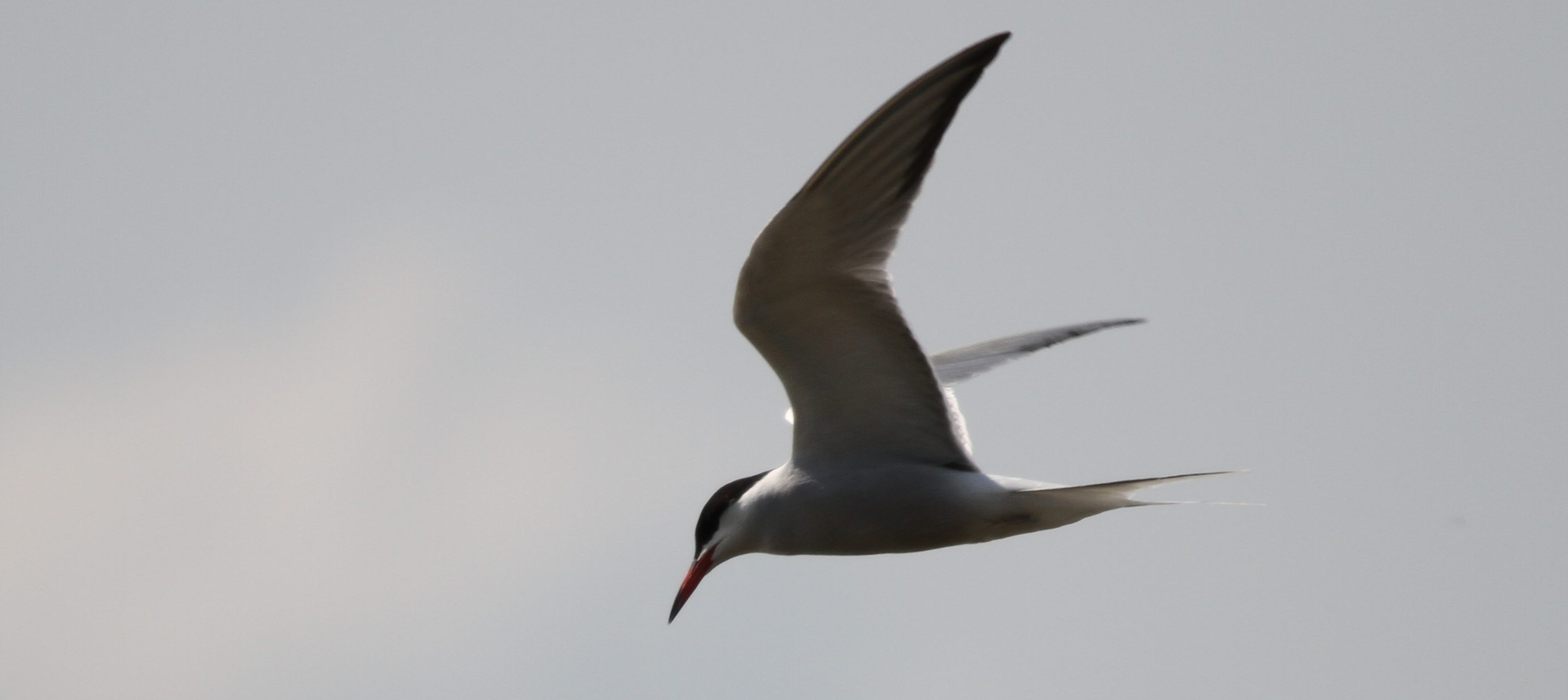
Sterna hirundo - Common Tern, küszvágó csér
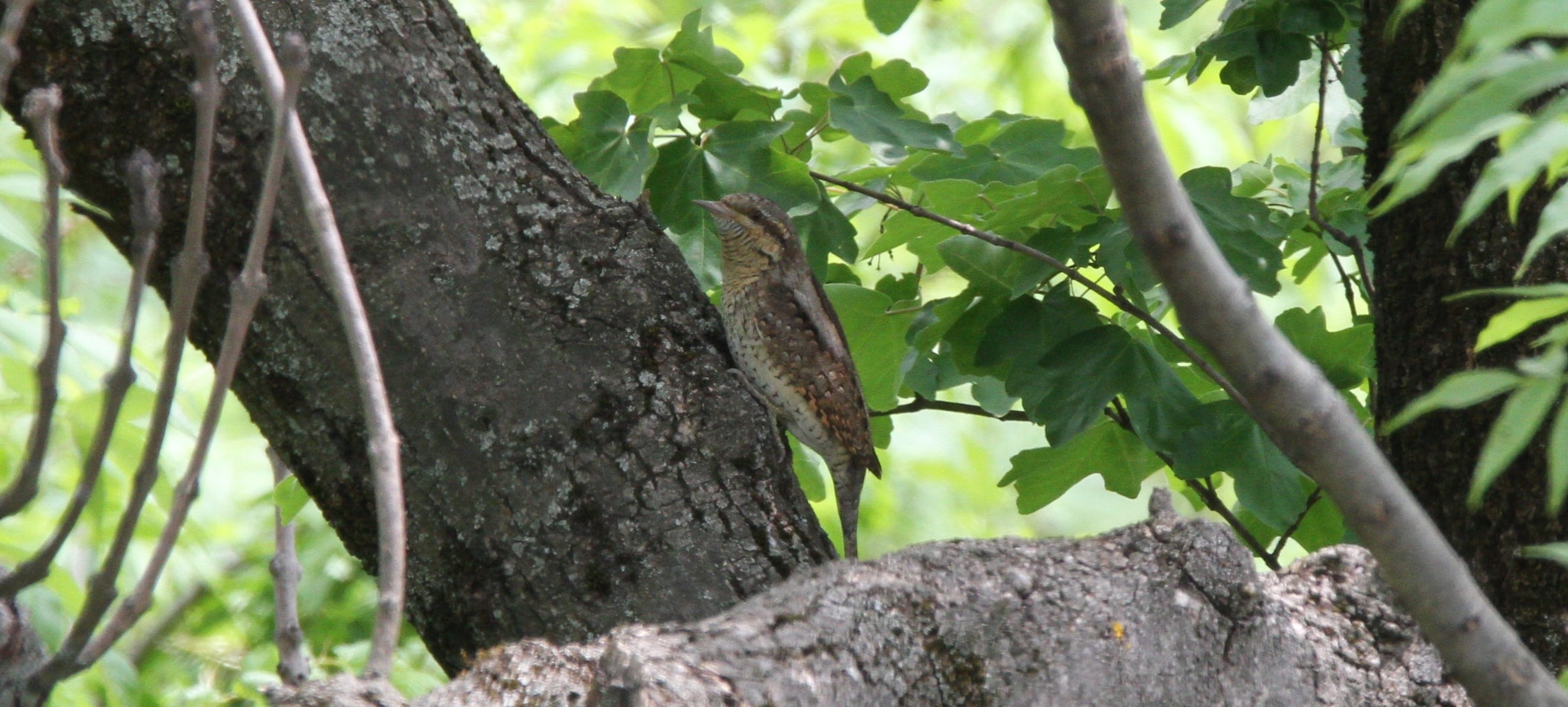
Jynx torquilla - Eurasian Wryneck, nyaktekercs
+ a jumping alien from the left

Podiceps cristatus - Great Crested Grebe, búbos vöcsök
Limosa limosa - Black-tailed Godwit, nagy goda
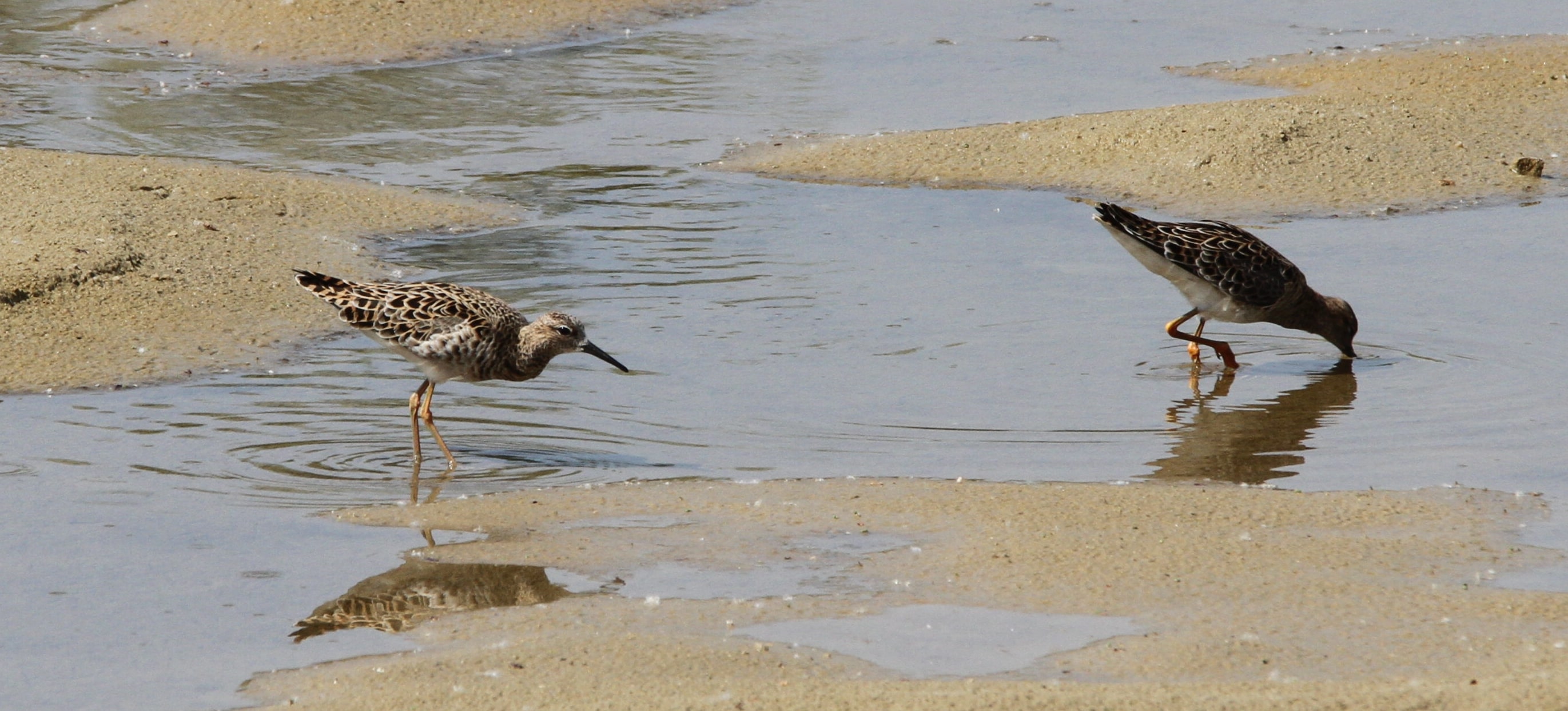

Philomachus pugnax - Ruff, pajzsoscankó
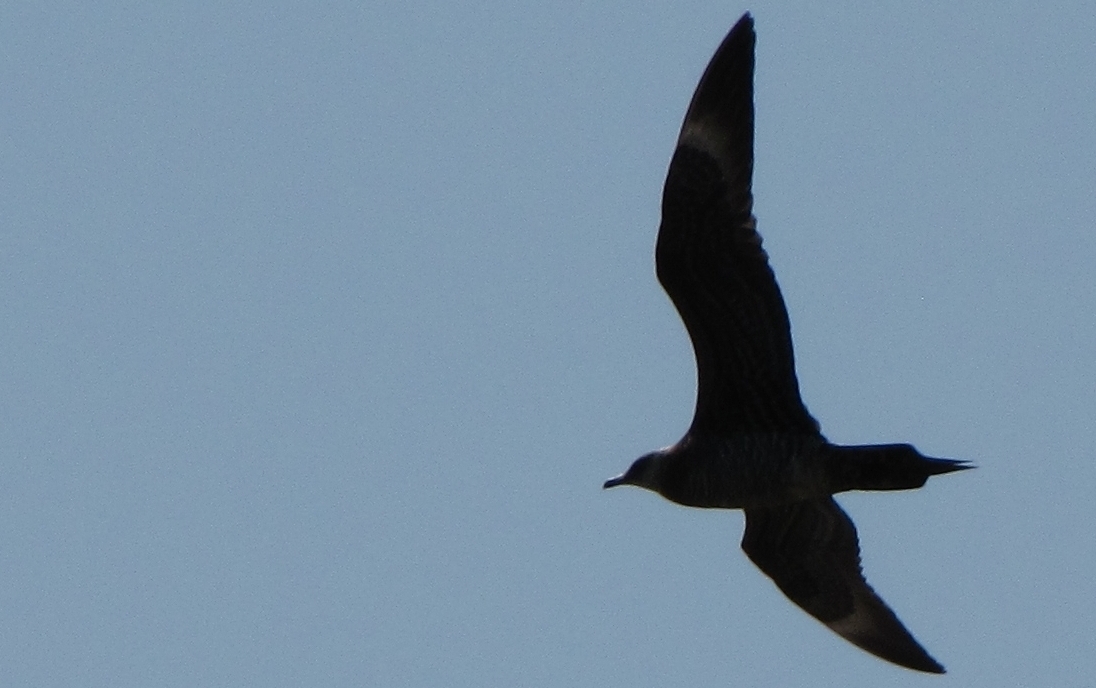
Stercorarius parasiticus - Parasitic Jäger, ékfarkú halfarkas
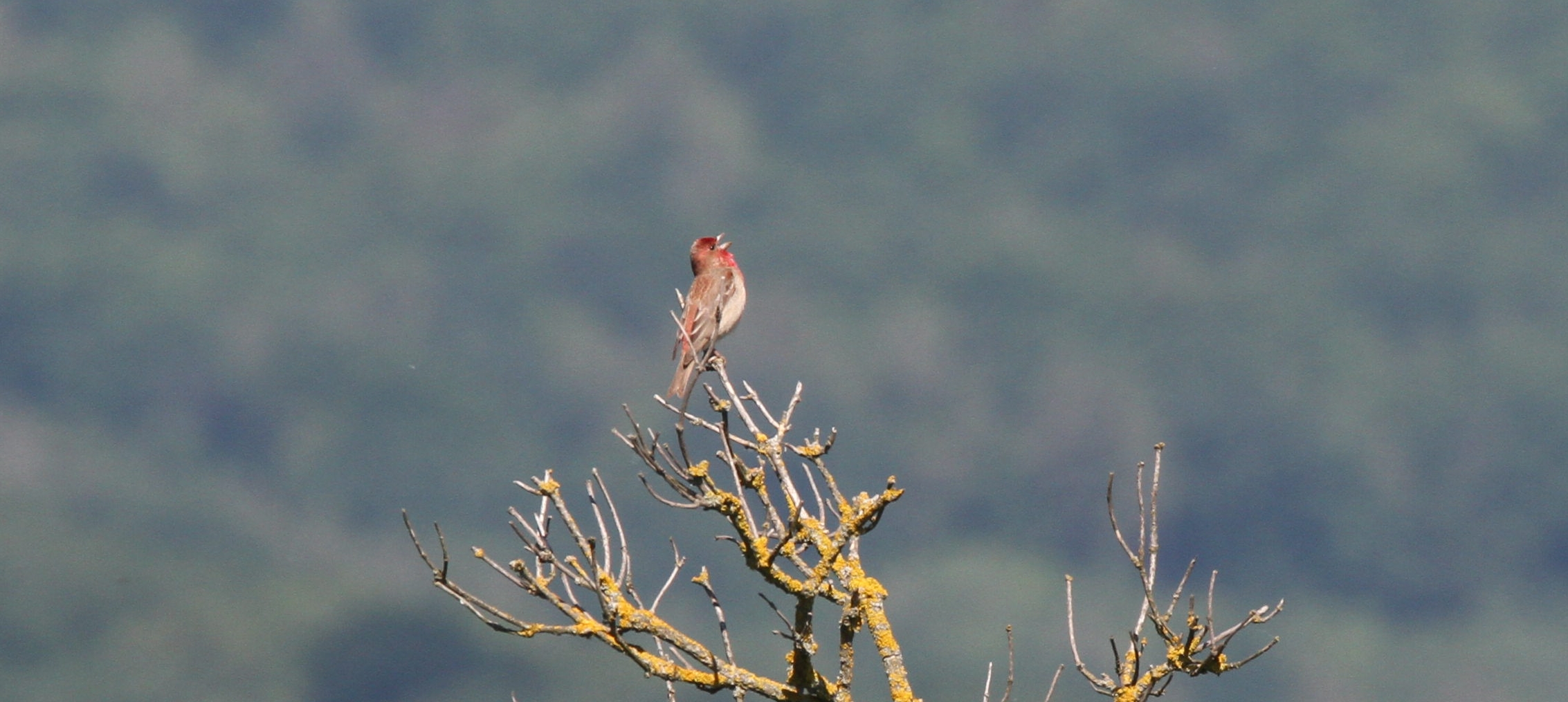
Carpodacus erythrinus - Common Rosefinch, karmazsinpirók
● rare spring and summer migrant, breeds on special sites
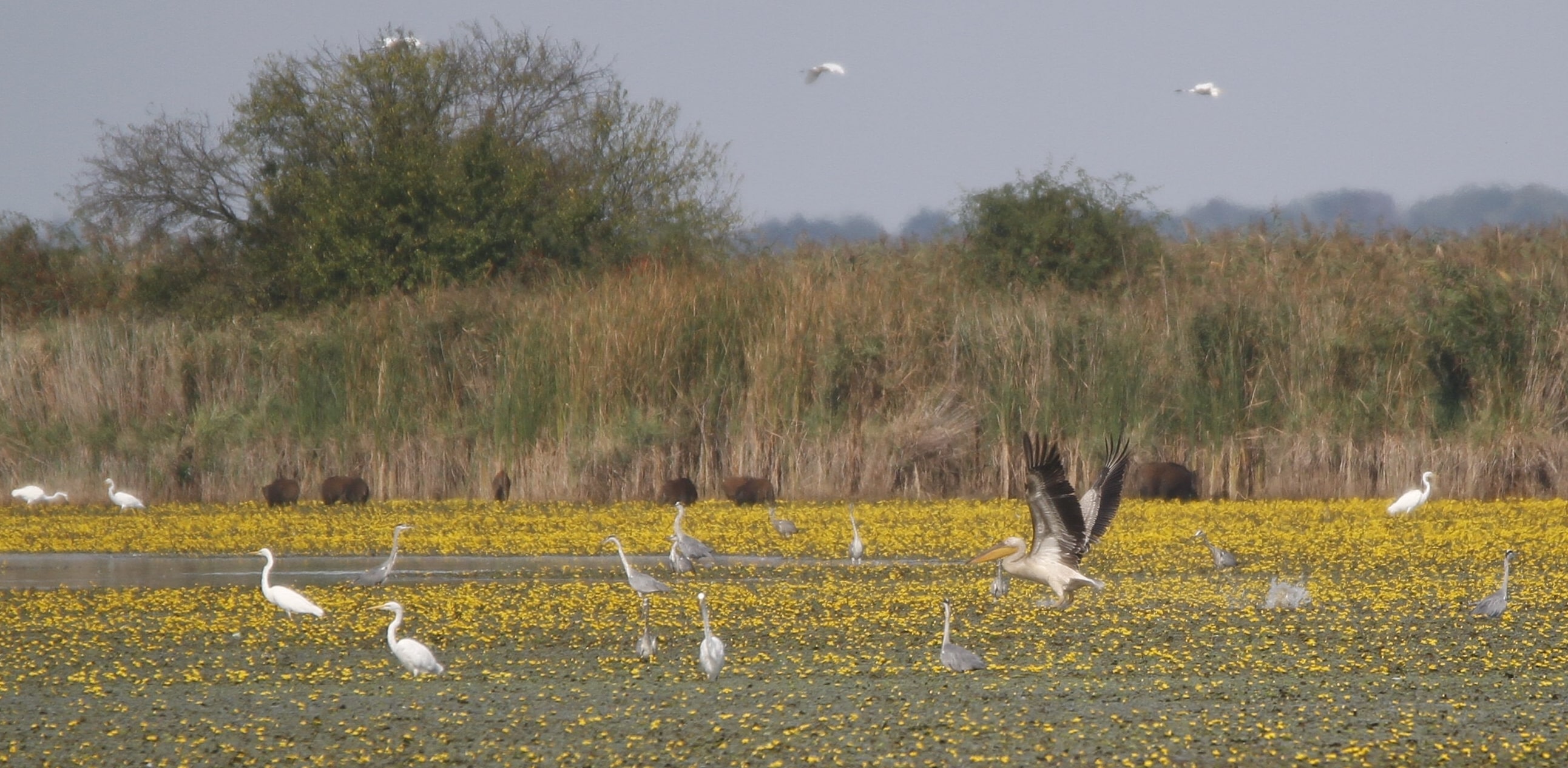
Pelecanus onocrotalus - Great White Pelican, rózsás gödény
● rare visitor on fishponds from the Balkans
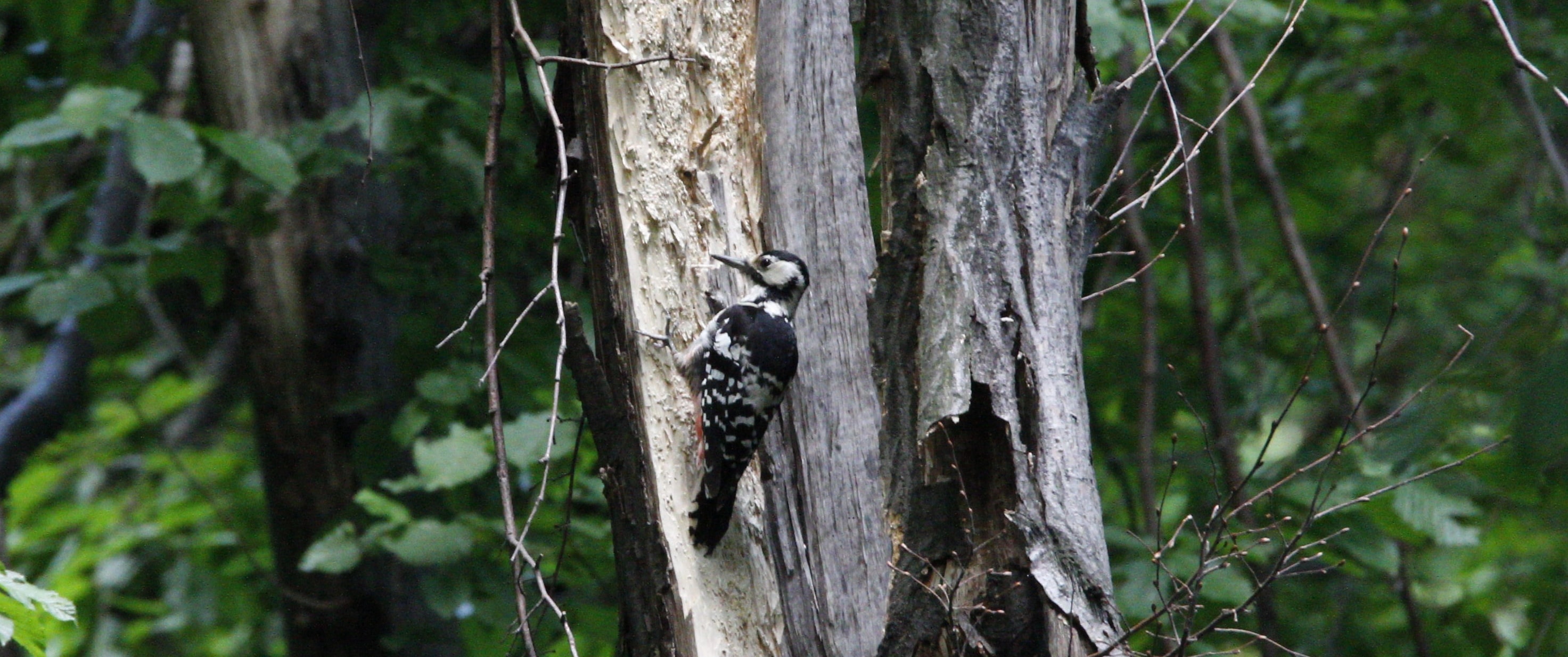
Dendrocopos leucotos - White-backed Woodpecker, fehérhátú fakopáncs
● breeds in some special and protected habitats
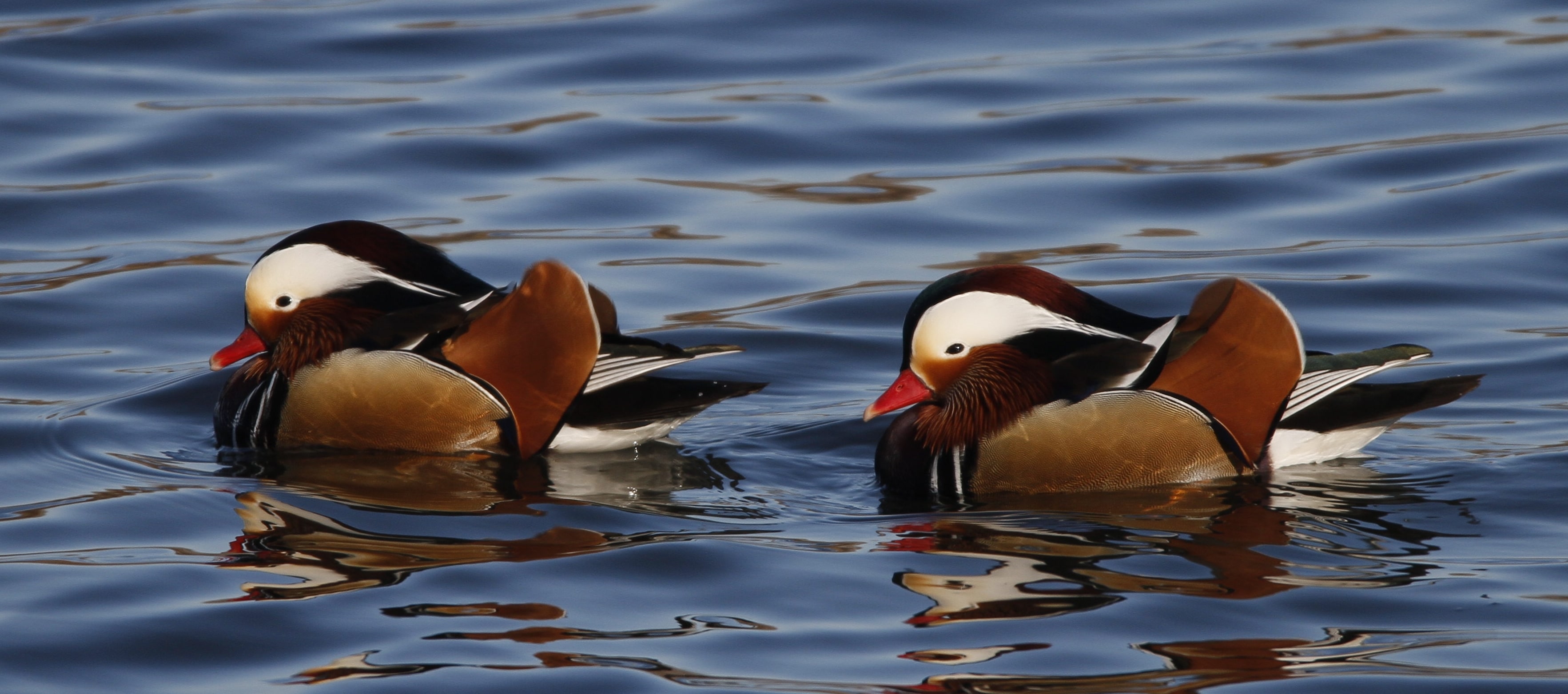
Aix galericulata - Mandarin Duck, mandarinréce
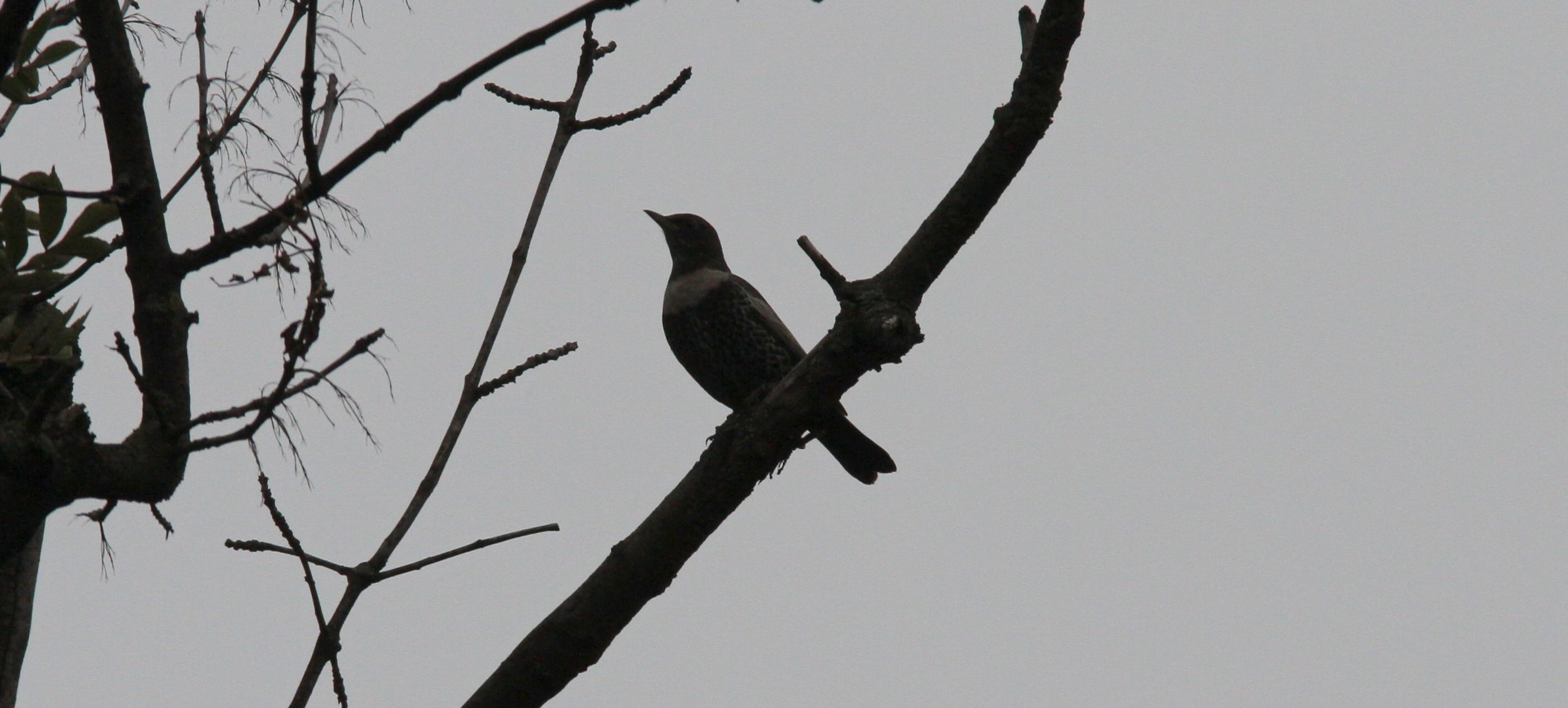
Turdus torquatus alpestris - Ring Ouzel, örvös rigó
● ssp alpestris:

